The 1980s witnessed a technological renaissance, with personal computers rapidly evolving and permeating daily life. Amidst this digital surge, automakers were driven to outpace these advancements by engineering vehicles that seamlessly blended groundbreaking speed with mechanical innovation. This era ignited a compelling rivalry between human ingenuity and machine precision, as manufacturers sought to craft cars that not only challenged the computational prowess of the time but also set new benchmarks in automotive performance and design.
As a native Texan, the longer I live in Arizona, the more I see similarities between the two states. Both have extreme heat, rugged terrain, and people who love trucks and outdoor adventures. How fitting that this week’s review vehicle is a 2025 Toyota Sequoia 1794 Edition (the founding year of the Texas ranch that eventually became the grounds for the plant that makes the Sequoia) with the TRD Off-Road Package.
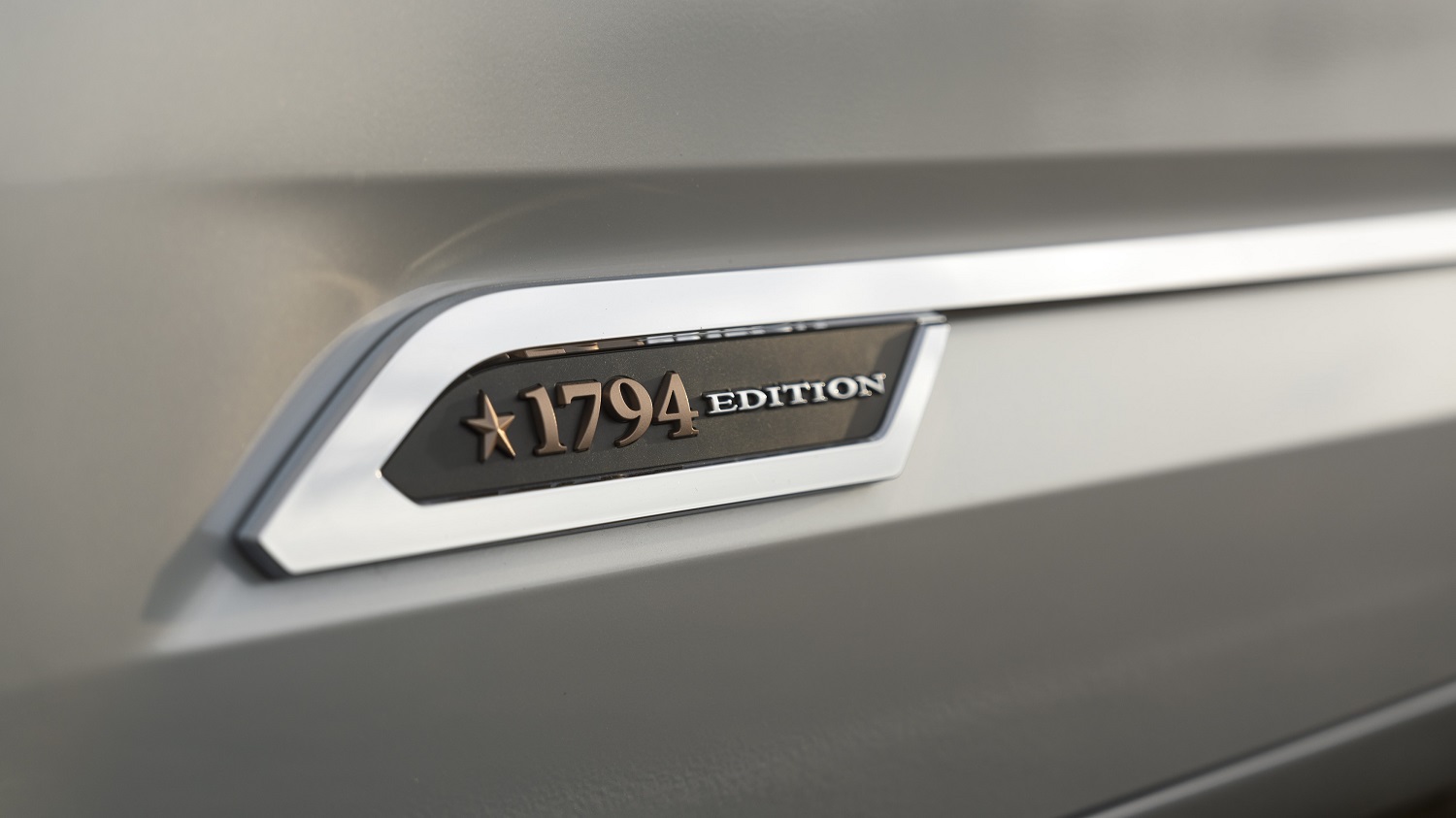
According to its window sticker, our Lunar Rock Sequoia 1794 Edition press loaner has a starting price of $80,135. Standard equipment includes the i-Force Max twin-turbo 3.4-liter V6 hybrid powertrain, 10-speed automatic, and part-time four-wheel drive.
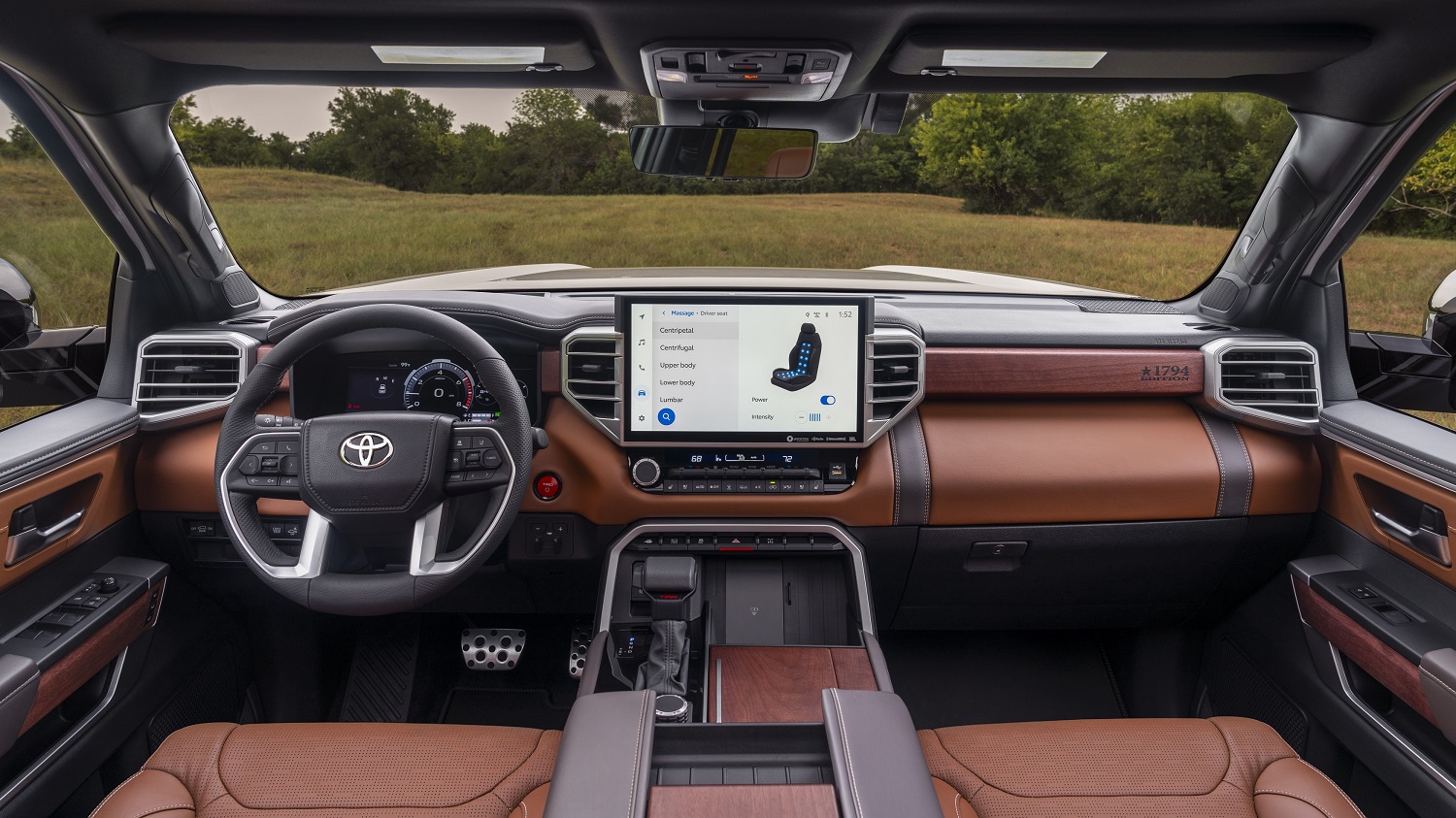
Inside, you’ll find Saddle Tan leather seats, heated and ventilated first- and second-row captain’s chairs, power folding and sliding third row, three-zone climate control, 12.3-inch digital gauge cluster, and 14-inch infotainment touchscreen with wireless Android Auto and Apple CarPlay.
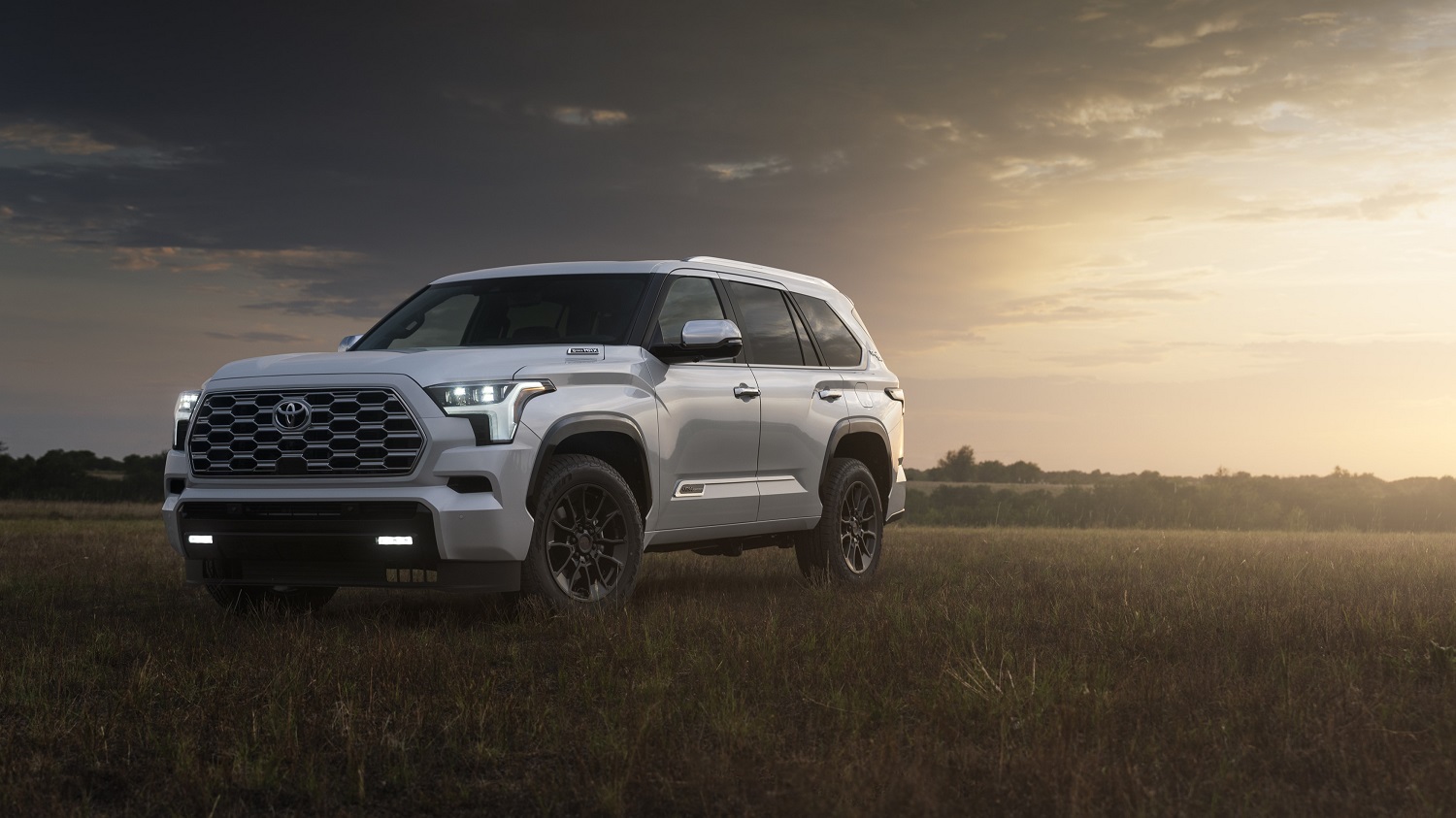
For $2,135, the TRD Off-Road Package adds 20-inch TRD Off-Road wheels with all-terrain rubber, an off-road suspension, and a rear locking diff. The software to go with that hardware includes Multi-Terrain Select, Crawl Control, and Downhill Assist Control. Other options on our test vehicle are a 10-inch heads-up display, TRD front skid plate, wheel locks, and a trial of Toyota’s Connected Services. Do the math and you’ll see our Texas-made rig retails for $85,630 (which can buy a lot of BBQ, boots, and beer).
Over the next week, my colleague Luke and I will be putting miles on the 2025 Toyota Sequoia 1794 Edition. If you have any questions about our experiences behind the wheel, ask us in the Comments section below.
It’s not really my concern how a company operates, all things being equal. If an automotive manufacturer wants to do something a certain way, who am I to argue? Perhaps I’m not the target market, or maybe I simply can decide what meets my needs as a consumer—it ain’t personal. Change the logo? Frankly, my dear, I don’t give a damn.
However, when it comes to car names and naming conventions, I start to get prickly. Want to improve Cadillac’s image? Naming models in a Euro-inspired manner sure sounds like a distinctly American solution! When that doesn’t seem to work, have a foreigner of a CEO (one who also wreaked havoc on Infiniti) create a new naming structure instead of giving models “real” names like Evoq. Today, it seems we have almost come full circle, though I am having trouble remembering Cadillac’s latest models.
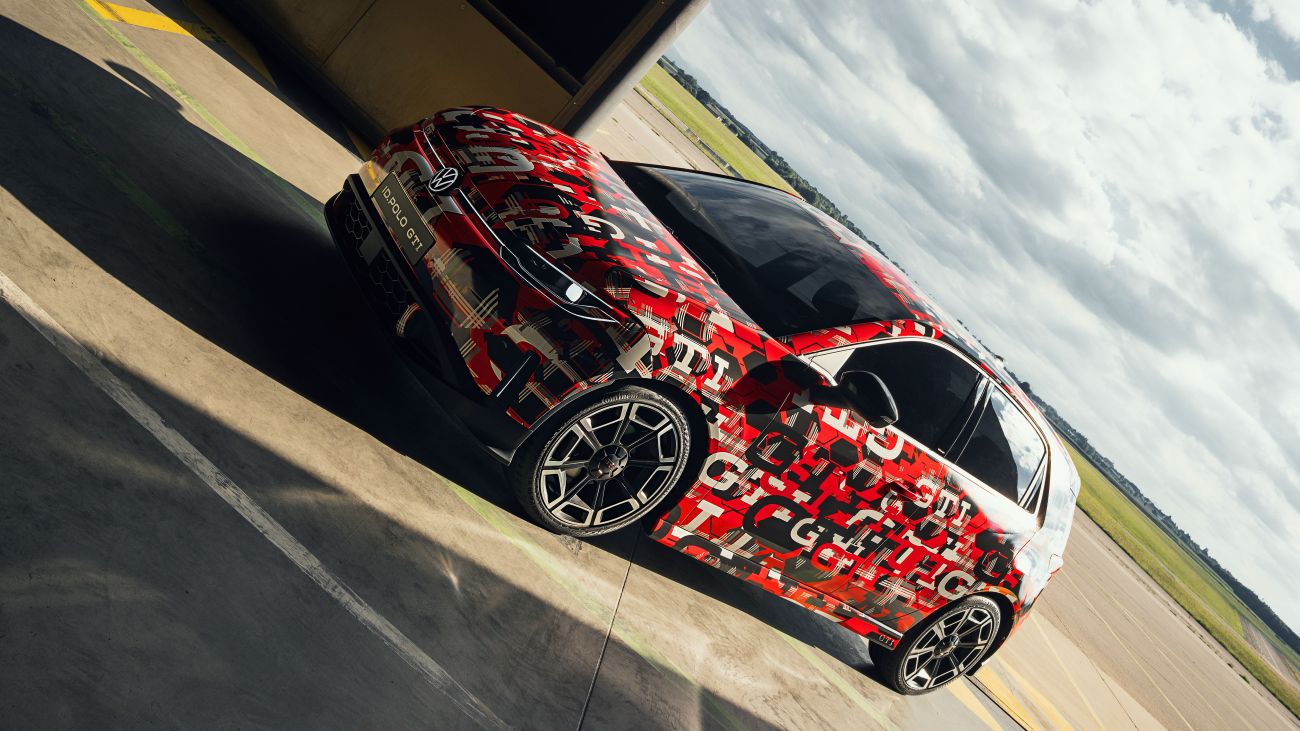
The Europeans are not without criticism. Audi had planned to change its naming structure, making even-numbered cars powered by electricity and odd-numbered cars powered by gasoline. However, common sense prevailed earlier this year when the company announced it was cancelling that strategy. Smart move!
This is not quite the same, but it somewhat annoyed me when BMW switched things up a bit. We once had a BMW M3 coupe, a huge image vehicle for the company, but then BMW decided to give its sedans odd numbers and its coupes even numbers. Now, the car with the strongest image in its portfolio is called M4 despite the equity developed with M3. Want a sedan? Then you probably don’t mind bragging about your four-door M3.
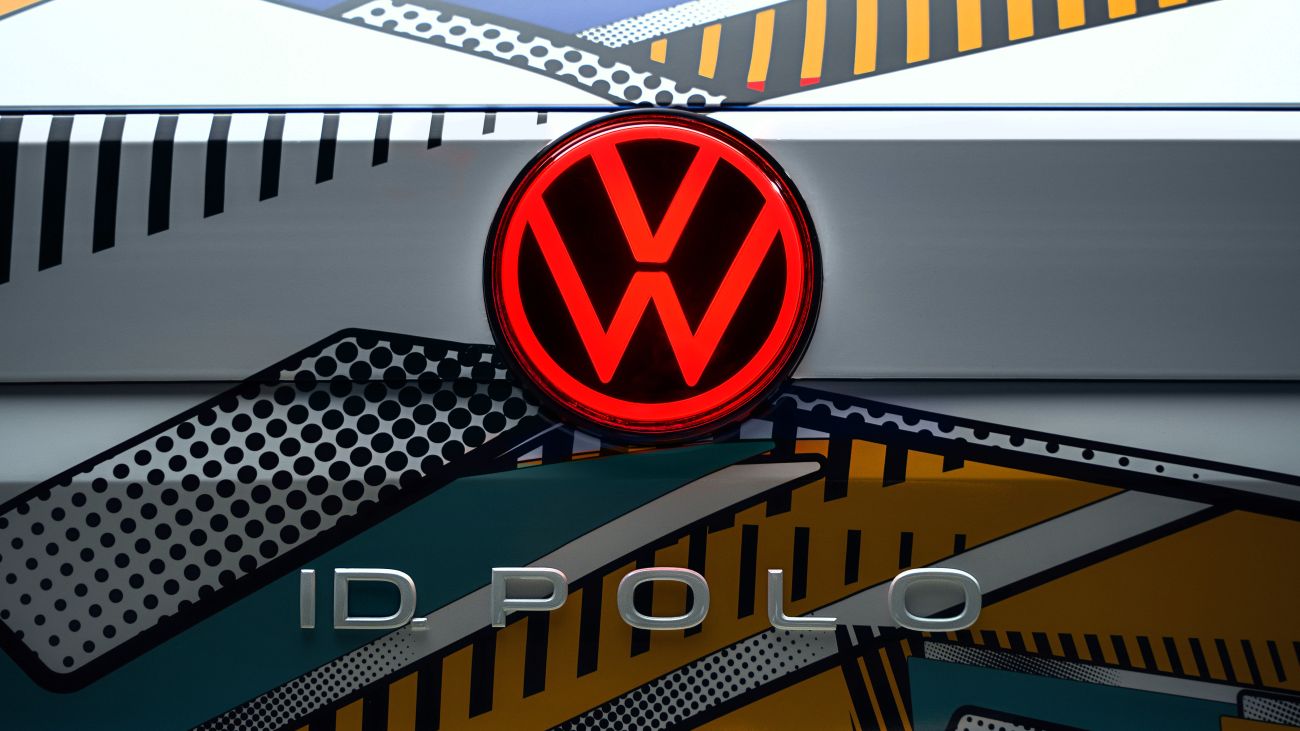
Luckily, Volkswagen’s pendulum is also swinging back. After several years of EVs with ID. prefixes and number suffixes, VW has decided to maintain the prefix and use a proper model name as the suffix. In other words, the upcoming ID.2 (initially previewed as the ID. 2all show car) will now be named ID. Polo, which includes that awkward pause after the period. Of course, the Polo is a long-running success story for VW around the world (at least for those outside the U.S. and Canada), so if it appears that VW will produce two cars in the same class yet with different methods of propulsion, you are not wrong. That’s nothing unusual these days.
“Our model names are firmly anchored in people’s minds. They stand for a strong brand and embody characteristics such as quality, timeless design and technologies for all,” says Thomas Schäfer, CEO of the Volkswagen brand and the bearer of several other job titles that are simply too long to type. “That’s why we’re moving our well-known names into the future. The ID. Polo is just the beginning.”
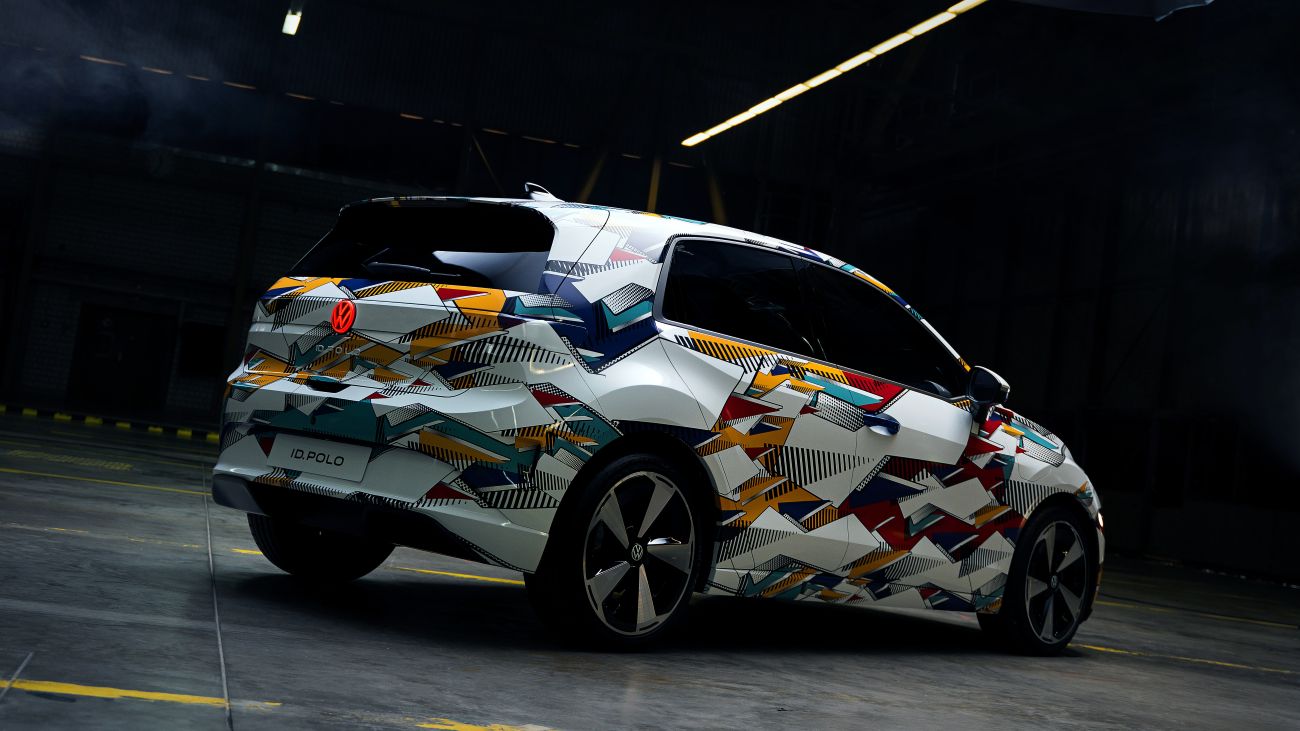
Well, duh.
There’s more coming through the pipeline. “We are bringing one of our strongest brands, the GTI, into the electric world,” adds Martin Sander, another big guy at Volkswagen. “Also launching in 2026, the ID. GTI Concept model will go into production as the ID. Polo GTI. It will offer outstanding dynamics and plenty of driving pleasure.”
Now, if Volkswagen could come up with a name better than Tiguan, we’d be all set.
Many classic cars offer more than what meets the eye. Such is the case with a Chevy II that has been upgraded with V8 power, a dual exhaust system, and power brakes just like our AutoHunter Spotlight subject, a 1967 Chevrolet Chevy II 100 two-door sedan. This vehicle is being sold by a dealer in Mesa, Arizona.
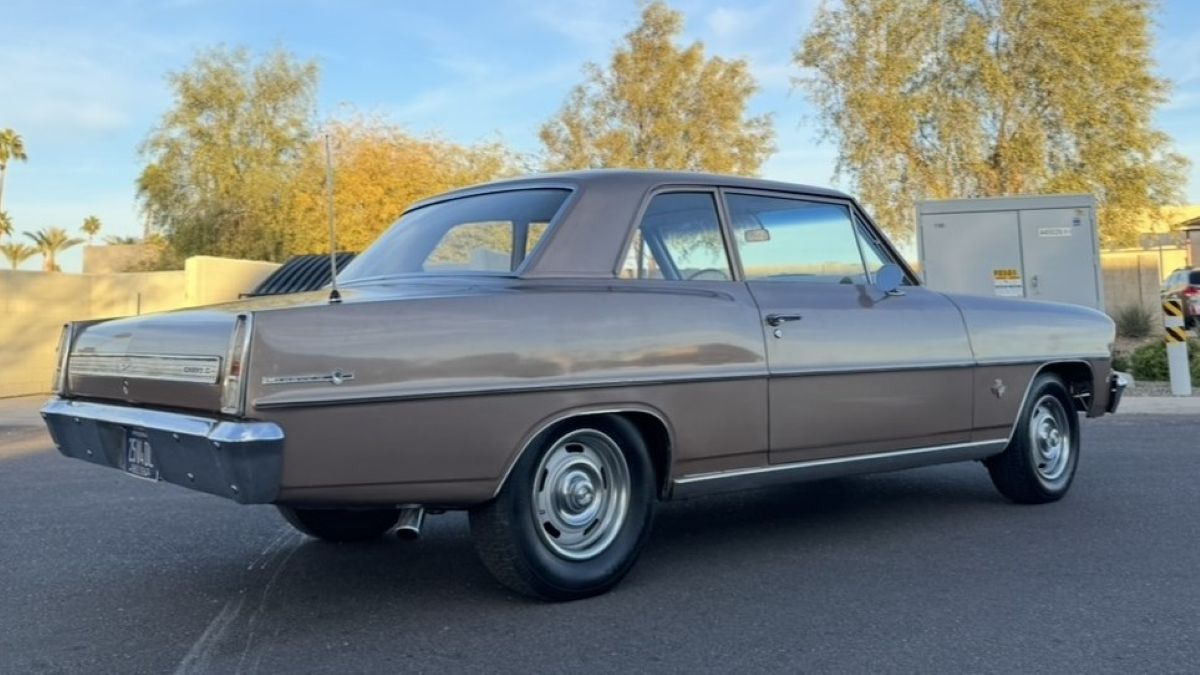
The word “understated” comes to mind when first looking at the car. After all, it’s a fairly nondescript tan-colored compact with 14-inch wheels, bench seats, and a no-frills overall theme. But pop the hood and you’re in for a surprise. The dressed-up, chromed engine compartment houses a 350ci small-block V8 that features a Holley four-barrel carburetor, Edelbrock intake manifold, aluminum heads, and aluminum radiator. The car’s B&M shifter is connected to a three-speed automatic transmission.

The second-generation Chevy II (which debuted in 1966) was dubbed as “the stylish economy car,” and advertisements promoting the vehicle said, “Up with good looks; down with high prices.” The car was manufactured on the General Motors unibody X-platform and had sharper edges when compared to the original Chevy II models from 1962-65.
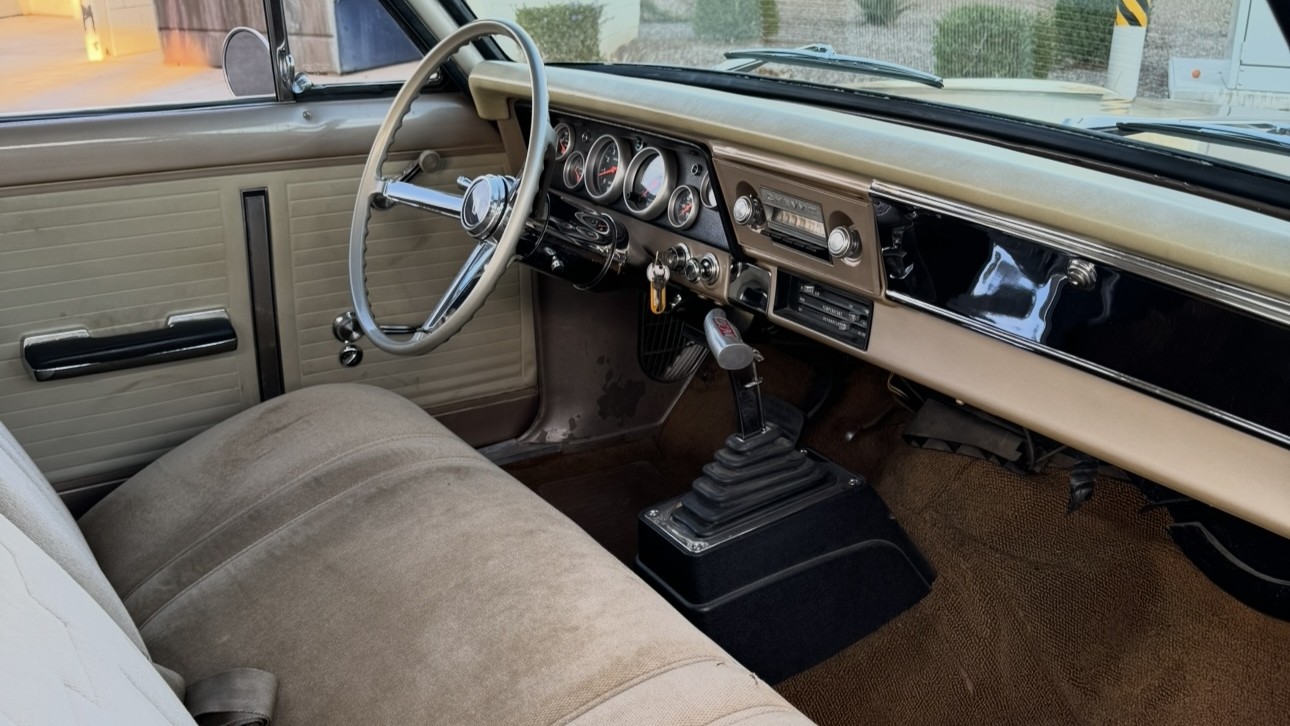
Value was the name of the game for 1967 Chevy IIs: some of the stand-out features included a new type of battery, a Delcotron generator, a Magic-Mirror acrylic lacquer finish, and a long-life exhaust system. And safety was at the forefront, too, with an energy absorbing steering wheel/column, four-way hazard flashers, and a dual master cylinder brake system.
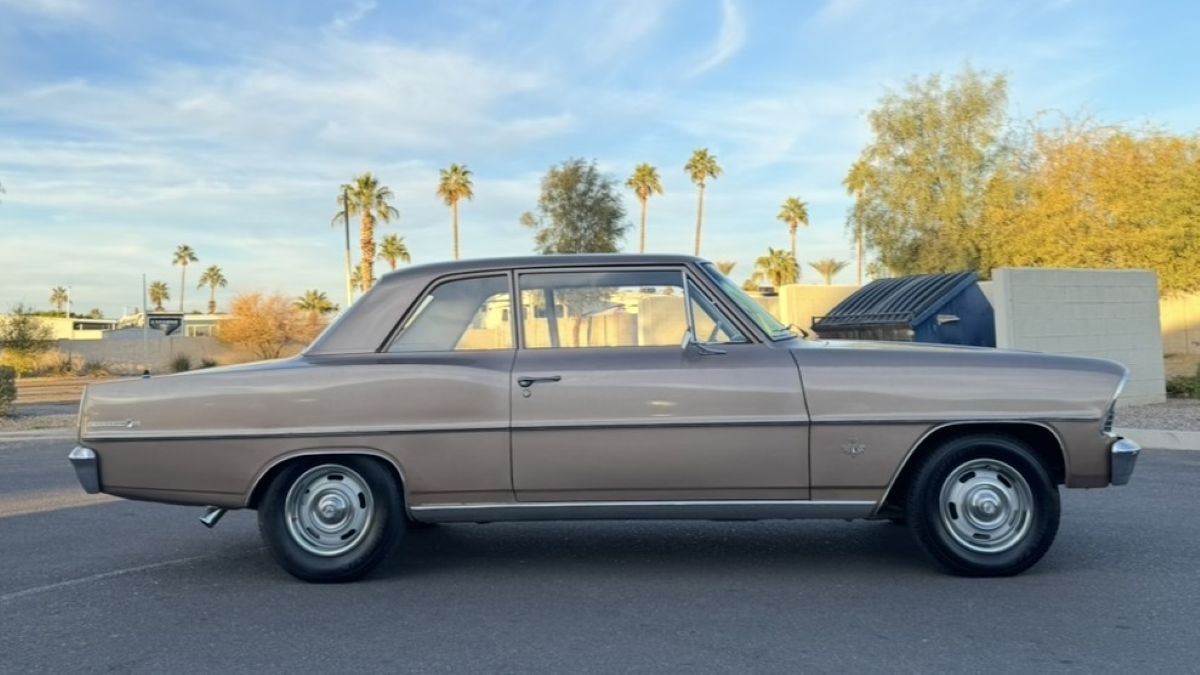
To some, the second-gen Chevy II was seen as a sneaky, sleeper muscle car. When equipped with the optional L79 327ci V8, its power-to-weight ratio gave it a strong advantage as a drag-racing competitor for its time. According to a Chevy II Buyer’s Guide published by Hot Rod, there were 15 solid colors available for the 1967 model year, as well as six two-tone combinations. Most of the colors were fairly subdued, including Sierra Fawn and Granada Gold, both of which look relatively close to this car.
I’ve been a Chevy II/Nova fan for most of my life, and I have my dad to thank for that. This clean ’67 is a car that any Nova enthusiast would be proud to own, and it is likely to surprise unsuspecting Camaro owners with its on-road performance capabilities. So you’re not surprised by missing out on this Bow Tie, be sure to take note as the auction for this 1967 Chevrolet Chevy II 100 two-door sedan ends Monday, September 8, 2025, at 12:00 p.m. (PDT).
Visit the AutoHunter listing for more information and a photo gallery
The Eagle Field military base’s initial 1945 closure must’ve been a happy occasion for all concerned. Not so the historic facility’s second sudden shutdown, 80 years later, as a twice-yearly drag strip that faithfully honored the property’s WWII legacy with vintage warbirds flown fast and low over abandoned military structures and vehicles. Vintage racers accepted minimal traction across an eighth-mile stretch of land first prepared for training combat pilots. Fans lining the pit side cheerfully endured sudden gusts of wind and dust. Alas, a new landlord reportedly presented new terms that abruptly ended a successful experiment by bracket-racer-turned-promoter Rocky Phillips that spanned 15 seasons. Fortunately for all parties, the nearby city of Mendota’s active airport stepped up to host Eagle Field’s traditional spring and fall events for the near future, at least (info: eaglefielddrags.com).
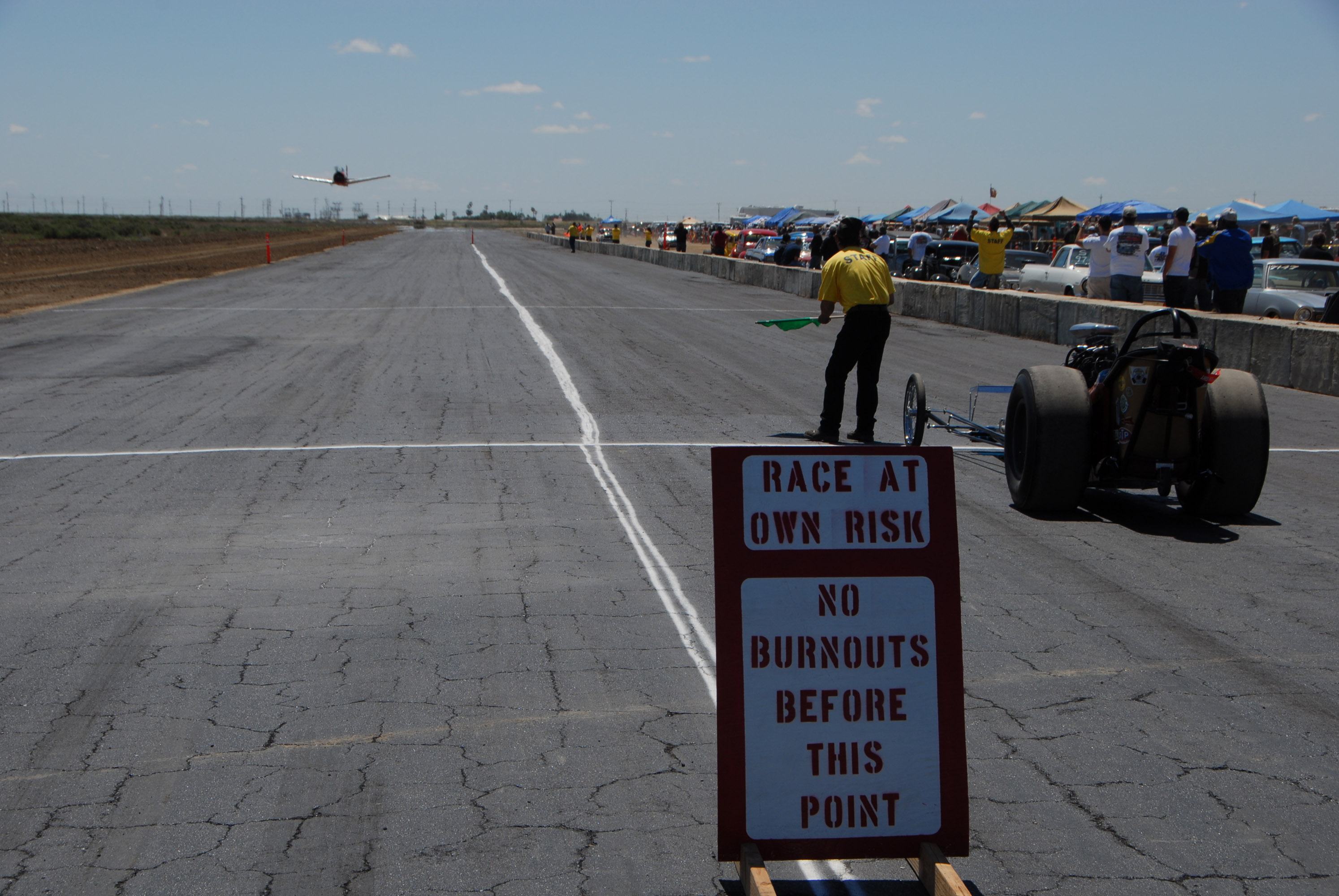
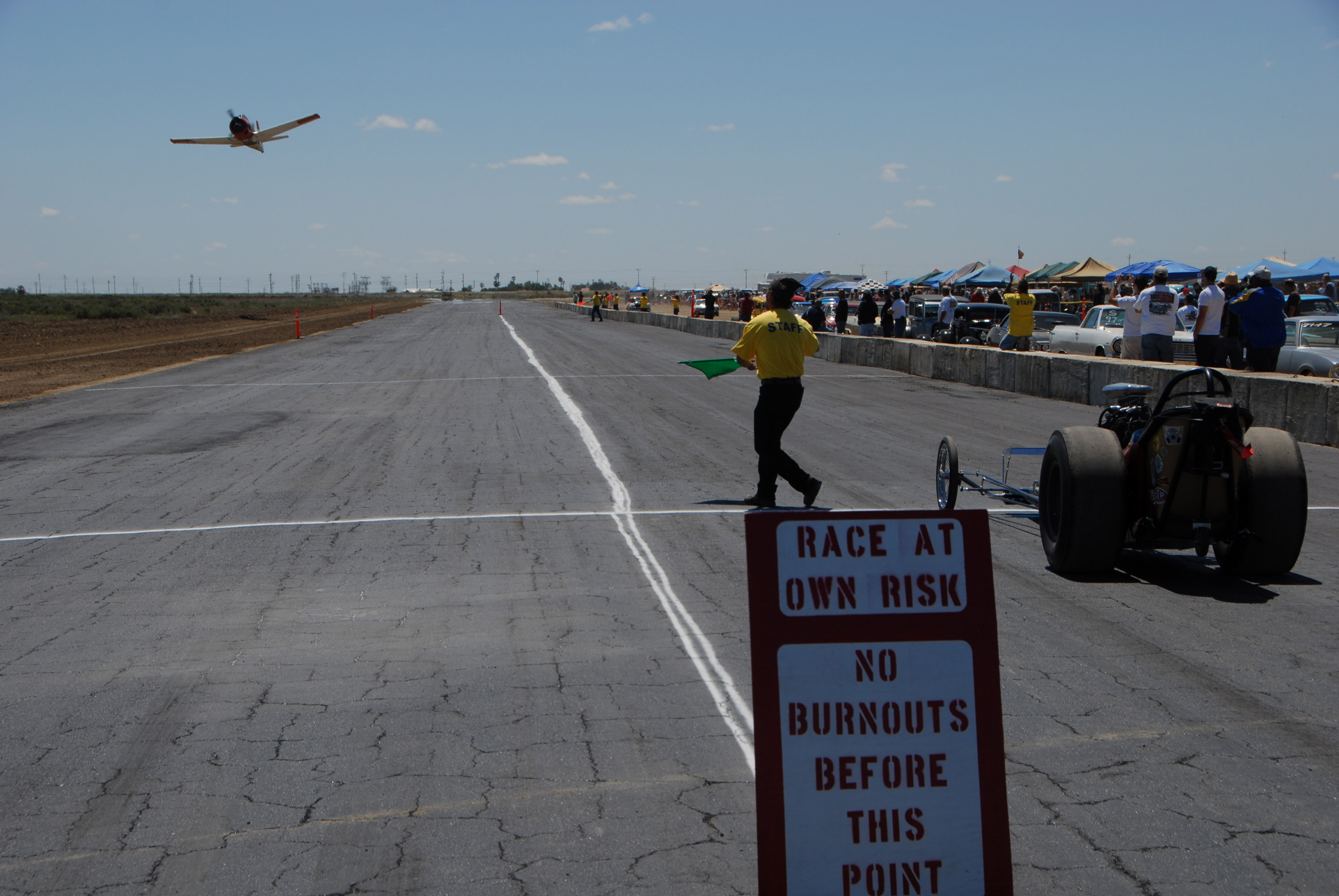
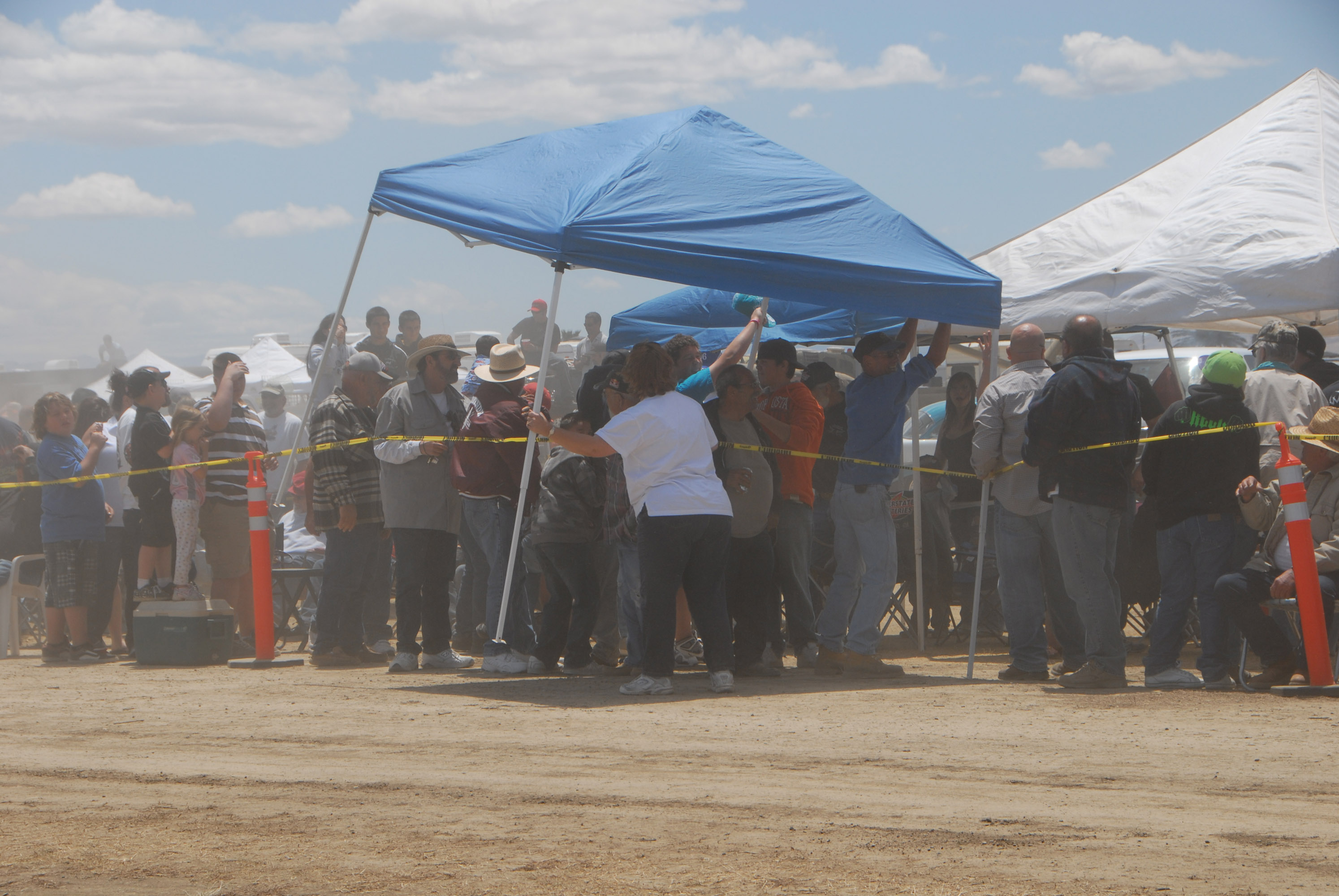
Photographer: Dave Wallace
Date: May 2010
Location: Eagle Field Airport Drags; Firebaugh, California
Source: Wallace Family Archive
The post Carspotting: WWII-Era Eagle Field Changes Course appeared first on The Online Automotive Marketplace.
One thing people outside of the car enthusiast community may not know is that gearheads are also—whether consciously or unconsciously—fans of history. The personal stories behind cars have a strong appeal to buyers, all of whom have their anecdotes about their own vehicles. Vintage automobiles are still trading hands because people like to experience what cars were like in bygone eras. Our Pick of the Day, a 1966 Porsche 356 Speedster replica, has an interesting human connection and combines the styling of yesteryear with useful updates. You can find it on ClassicCars.com listed by a private seller in Grand Rapids, Michigan.
The 911 is synonymous with Porsche, but that doesn’t mean it launched the brand. “On 8 June 1948, the first automobile bearing the Porsche name was approved for production: the Porsche 356/1 Roadster,” according to the automaker. Over time, this “pre-A” version of the 356 evolved into the subsequent A-, B-, and C-series Coupes, Cabriolets, Speedsters, and Roadsters.
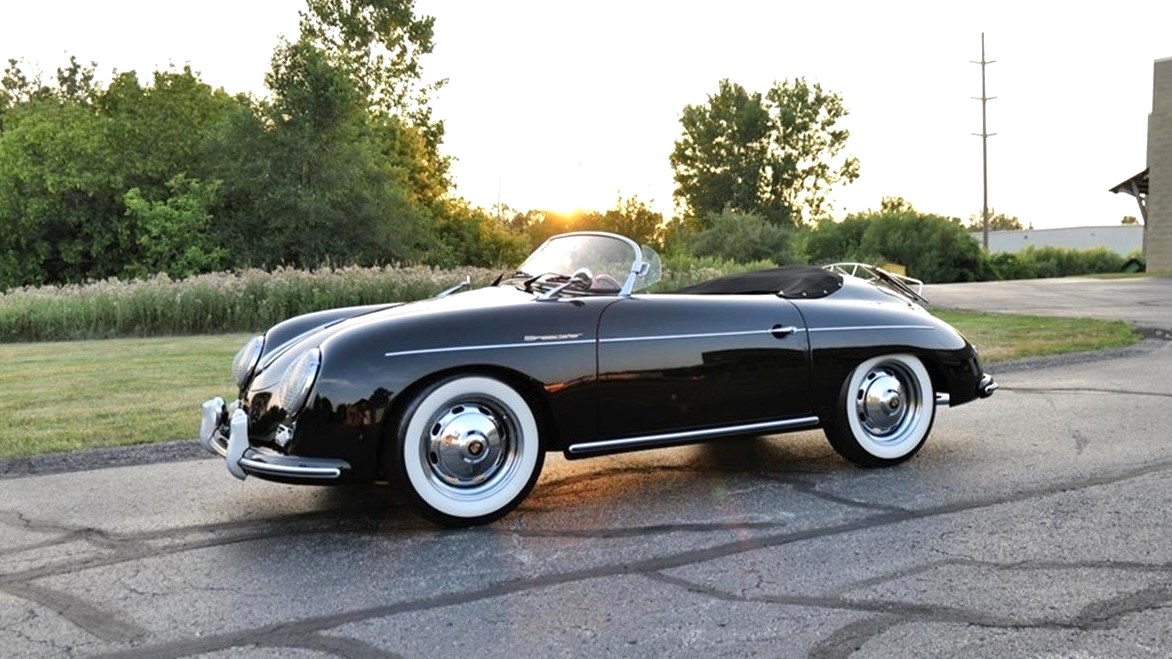
Porsche stopped production of the 356 lineup 60 years ago, but the model remains popular, which explains why various companies offer replicas. Dino Omens, an automotive industry veteran who’s appeared on Chip Foose’s show “Overhaulin’” and currently serves as the caretaker of this particular 356 Speedster, told us it was built in 2015 by Vintage Speedsters (now Vintage Motorcars) of Hawaiian Gardens, California. It went to a very special client: Greg Leach, the owner of the company. He made sure to show it off to fellow automotive enthusiasts at the 2015 Cars ‘N Copters event, “Southern California’s premier automotive and helicopter experience supporting the Huntington Beach Police & Community Foundation.” Since new, this vehicle has only been driven approximately 3,800 miles.
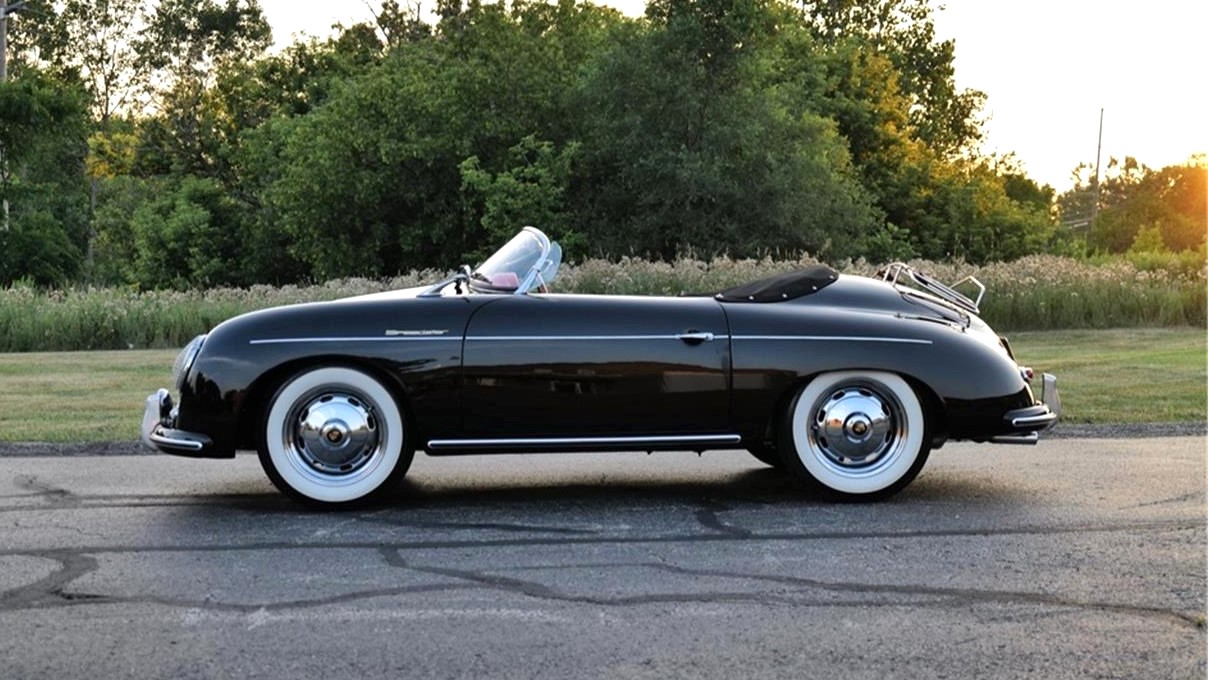
The crew that built this Speedster based it on the underpinnings of a 1966 Volkswagen. The fiberglass Speedster body was finished in black and equipped with a matching low-profile soft top that can be snapped into place when storm clouds move in. Whether the top is up or down, there shouldn’t be any gas fumes whipping around the cabin thanks to the fuel tank’s sealed charcoal canister. Bright bumpers and trim, auxiliary front lights, headlight stone guards, BFGoodrich Silvertown whitewall radial tires, and a luggage rack with leather straps fit this build’s retro inspiration. Not so visible are the internal structural reinforcements which make the lightweight shell, as Omens puts it, sound “like a steel body.” He adds that there is also a “factory engine appearance package and under-carriage package for show.” If you look closely, you’ll see Omens’ signature under the rear-mounted engine’s hood.
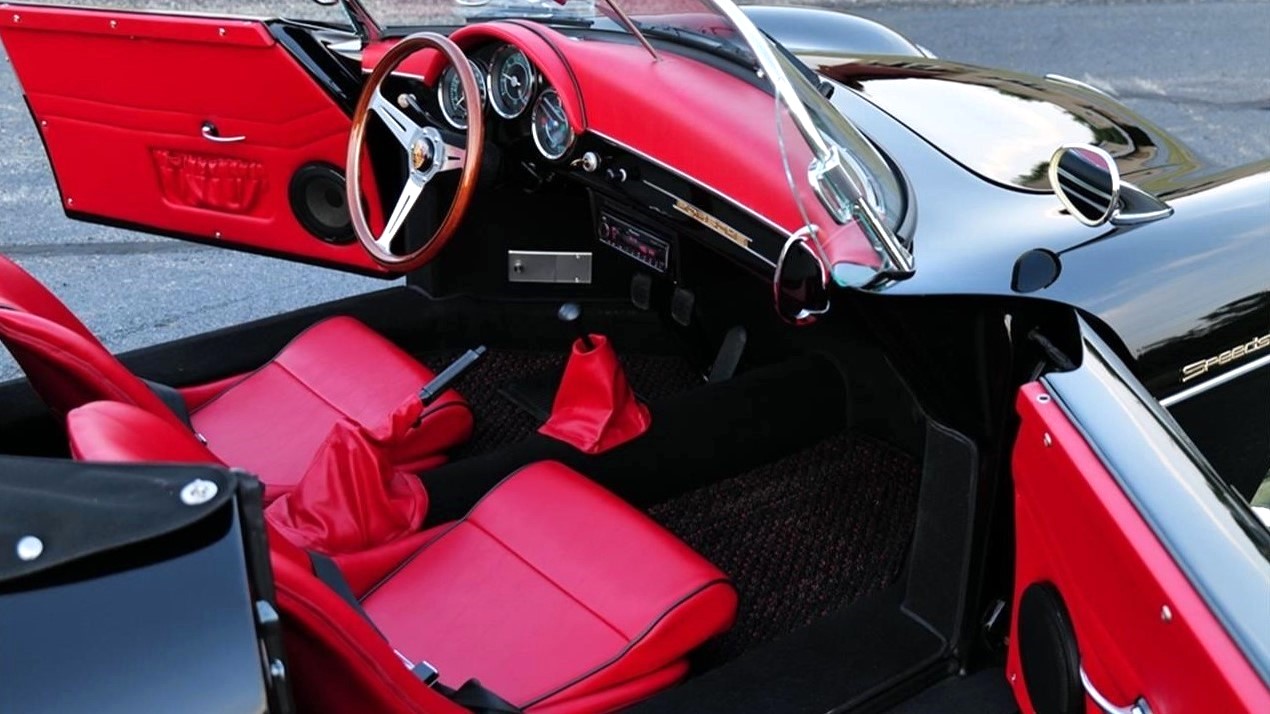
The cockpit’s red vinyl upholstery certainly catches the eye, but everything else—with one exception—is focused on driving. Behind the wood-rimmed steering wheel is a set of simple gauges, including a tachometer that shows how high the air-cooled, dual-carb 1,915cc flat-four is being wound up. A heavy-duty heater keeps the cabin warm during open-top drives in cold weather.
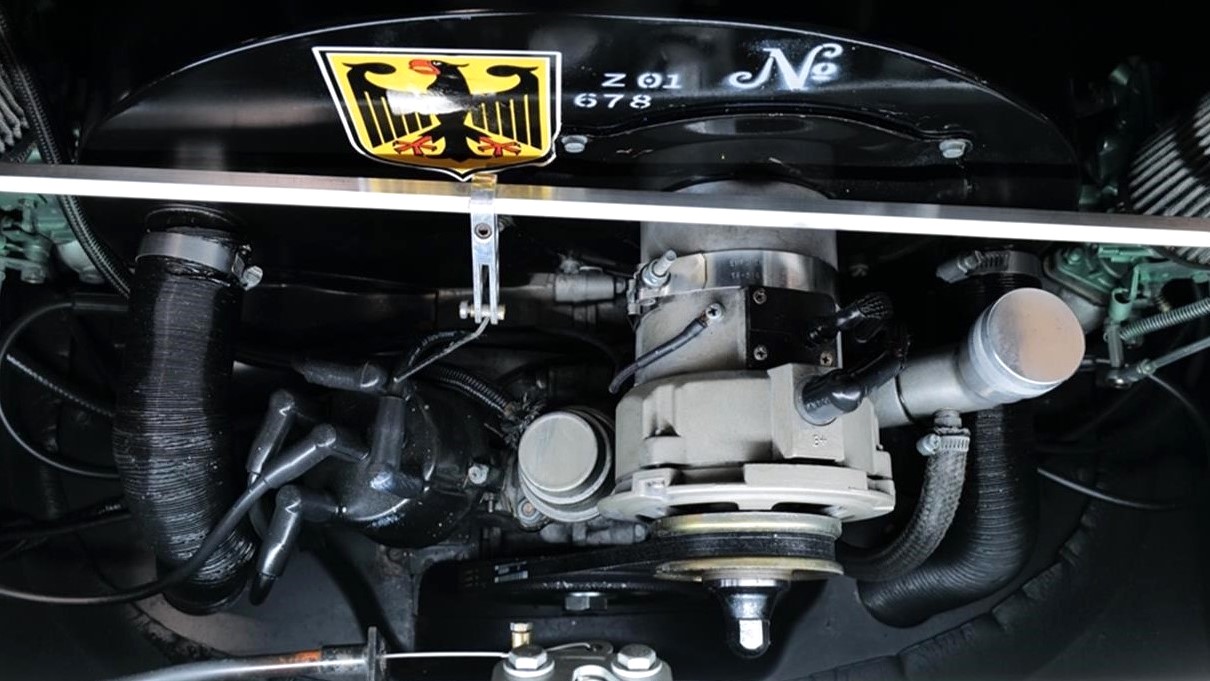
There’s no center console with space for drinks that can distract from shifting through the gears of the Freeway Flyer four-speed manual transaxle. However, there is a 1,000-watt audio system with a Pioneer head unit and Focal speakers, which offers an alternative to the sound pumped out of the dual exhaust outlets.
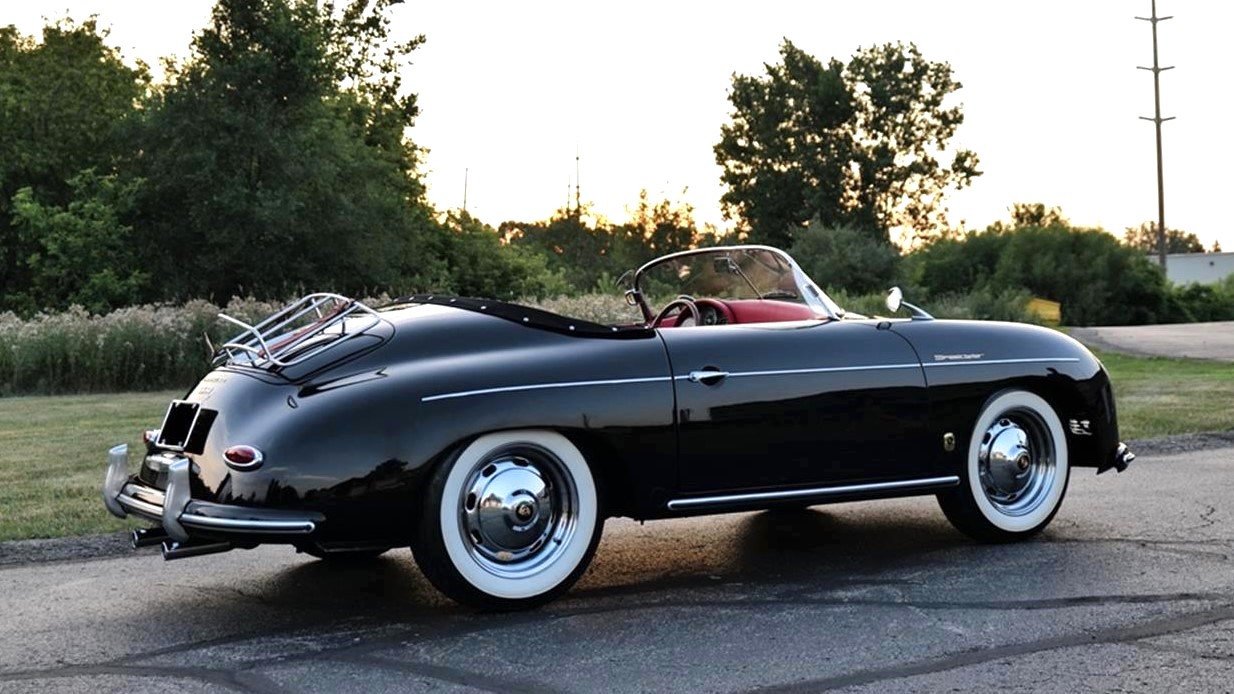
This 1966 Porsche 356 Speedster replica is a modern continuation of Porsche’s formative model. It was also an important part of the history of the company (and its founder) that made it. If you want to start your own history with it, you can do that for $54,999.
Click here to view this Pick of the Day on ClassicCars.com
Mercedes-Benz confirmed the return of its G-Class Cabriolet, prompted by popular demand from fans and enthusiasts who have been calling for its return. The G-Wagen, a four-wheel-drive luxury SUV recognized for its iconic design, exceptional build quality, and off-road capability derived from military origins, just became even more unique with the reintroduction of the open-top model.
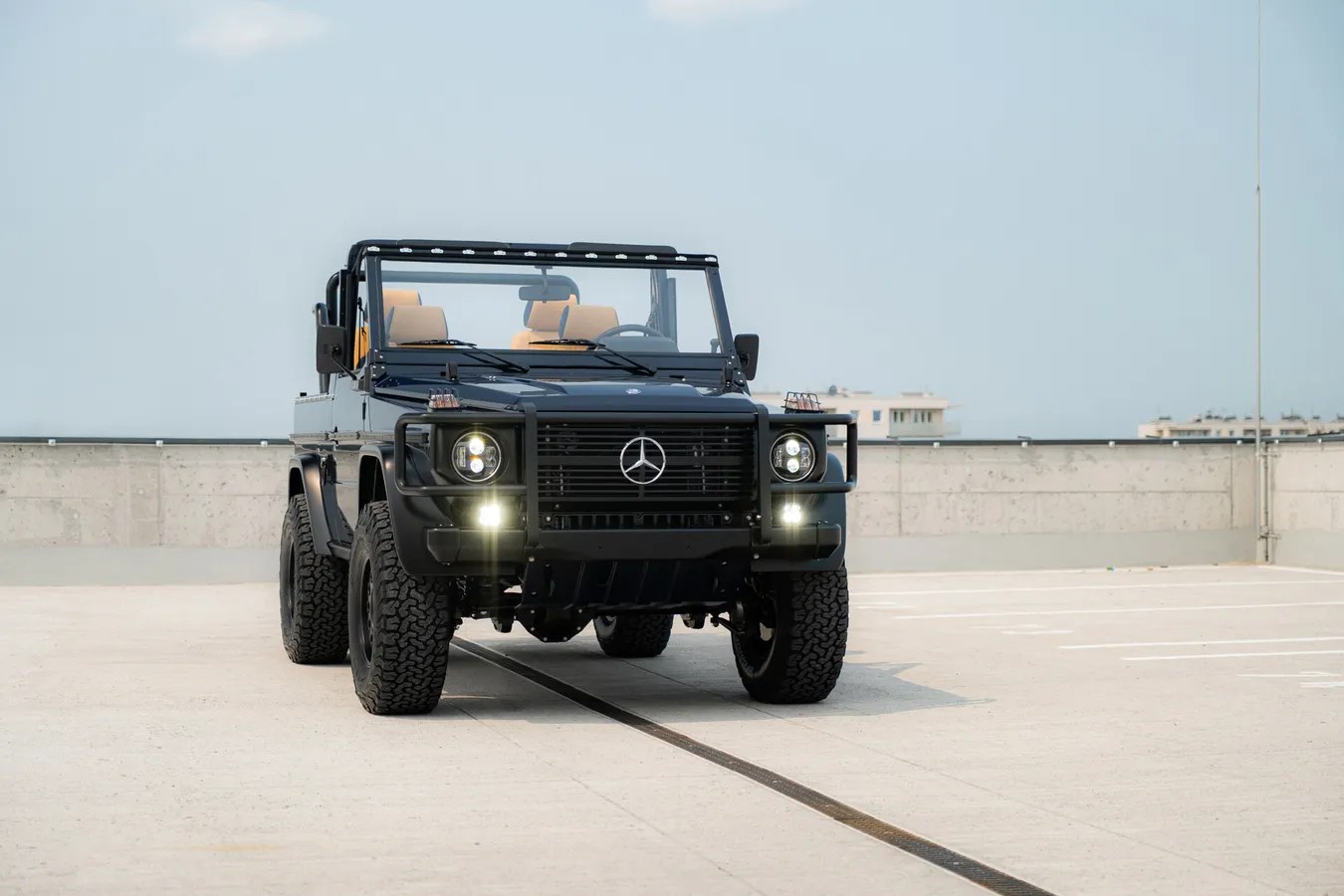
A Legacy Reborn: What We Know About the New G-Wagen Convertible
The G-Class has been a symbol of uncompromising off-road capability and rugged luxury for decades, and the new Cabriolet will be no different. While Mercedes-Benz has kept specific details under wraps, we’ve gathered all the information we can until further notice.
The Cabriolet’s return leverages the G-Class’s iconic heritage, positioning the convertible as a new, bona fide member of the global G-Class lineup, not just a limited-edition indulgence. The Cabriolet will join the recently introduced all-electric G-Class EV and the updated 2025 G-Wagen, further expanding the iconic lineup.
Unlike the previous limited-run G-Wagen convertibles, the new Cabriolet is expected to be sold in nearly every market where the standard SUV is available, including the United States. This marks the first time U.S. customers can purchase an open-top G directly from a Mercedes-Benz showroom.
A New Chapter for the G-Class
The G-Class has always blended an unmistakable boxy silhouette with immense off-road capability and on-road presence. The return of the Cabriolet honors this heritage while embracing modern engineering. The Cabriolet is expected to share the same rugged ladder-frame construction, advanced 4MATIC system, and off-road capability that makes the G-class SUV legendary. It’s anticipated to offer the same powertrains and driving dynamics as the standard G-Class, making it possible to tackle off-road terrain or cruise the highways in top-down fashion.
While no G-Class is “cheap,” the new Cabriolet is expected to be more accessible than the previous hyper-exclusive, limited-run models like the $550,000 Mercedes-Maybach G650 Landaulet. Market observers speculate a starting price likely to be north of $200,000.
While the U.S. market wasn’t privy to the factory-built G-Wagen convertibles for many years, the two-door open-tops have been a staple in other parts of the world. The revival is an exciting opportunity for American enthusiasts to finally experience this iconic vehicle. Stay tuned for updates on specs, pricing, and the official release date.
The post Confirmed: Mercedes-Benz is Bringing Back the G-Class Cabriolet for 2026 appeared first on The Online Automotive Marketplace.
For some, riding a motorcycle without a helmet is an act of defying regulations and asserting their individual freedom. For others, riding helmet-free it enhances the experience by offering a stronger sense of freedom, sensory engagement, and connection with the road. However, this choice comes with significant risks and potential legal consequences in many places. That’s why BMW is on the road to resolving helmetless restrictions by adding a roll cage and harness to a CE04, which is said to keep occupants protected in the event of a crash.
BMW’s new concept is called the Vision CE, and it’s not the first of its kind. You may remember the BMW C1, a scooter that was equipped with a roof, windshield, and seat belts in the early 2000s. The C1 had an aluminum spaceframe that formed a protective safety cell around the rider. While some jurisdictions still required the use of helmets, authorities such as the German Federal Ministry of Transport and TÜV approved the C1 for helmet-free use due to its safety features.
Even so, the potential arrival of a roll cage-equipped BMW Vision CE electric scooter still raises safety concerns.
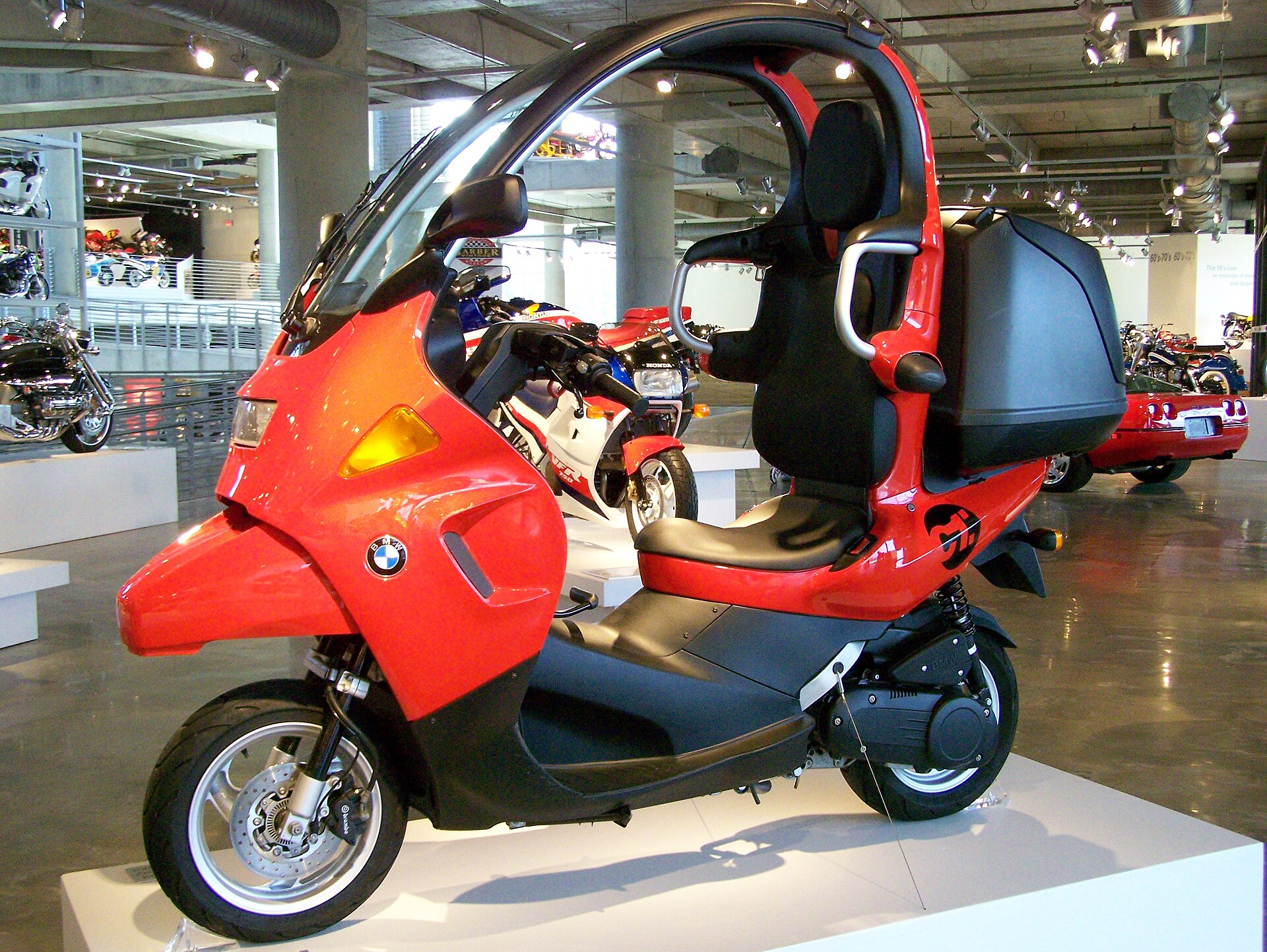
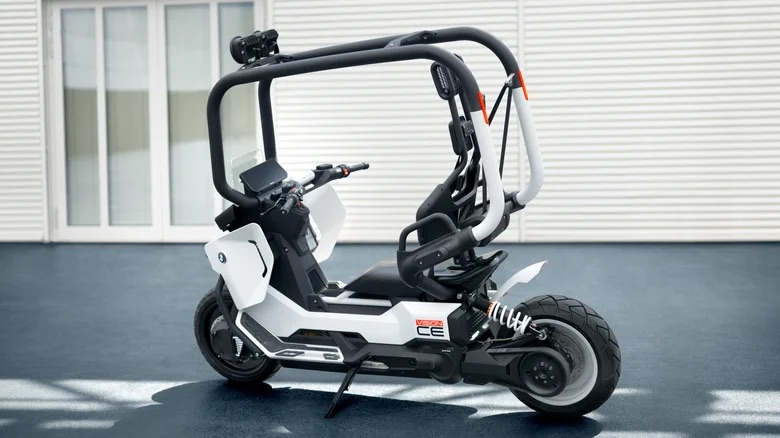
Freedom Of The Open Road Comes With Risks
BMW says the goal of the Vision CE is to “eliminate the need for a helmet as well as protective clothing,” but offers no images of real people sitting on the scooter. At first glance, we still have concerns about the possibility of arms and hands ending up outside of the “safe space” – look at how the handles are positioned outside of the roll cage. Plus, what about the rider’s legs and feet?
Statistics from the Centers for Disease Control and Prevention (CDC) confirm that legs and feet are the most commonly injured body parts in non-fatal motorcycle accidents, accounting for around 30% of all such injuries, often from direct impact with another vehicle or road surface. The severity of these injuries, which can include fractures, road rash, crushing injuries, and nerve damage, can result in long-term disability.
Interestingly enough, it has been proven that, with the addition of a roll cage, there’s a greater risk of your skull striking a solid, fixed object, which can cause severe brain injury. A helmet provides a crucial layer of protection against this type of impact.
BMW also claims the Vision CE can “completely balance itself when stationary,” which can prevent low-speed tip overs that are more common with new riders, the exact audience that BMW hopes to target with its new concept. However, the feature still leaves room for slip-ups, such as a rider skidding over slick road paint in the rain. The initial instinct of a beginner rider is to stick their leg out to regain stability, but the images from the press release don’t show solutions for such a risk.
While the idea to offer a product that allows riders to hit the road helmet and motorcycle armor free could find its own niche in the market, the Vision CE appears to pose similar risks when compared any other scooter or motorcycle. And realistically, will a rider with a helmet-free preference choose a bike with an unsightly roll bar? We suspect not. What do you think? Sound off in the comments below.
The post BMW Has a Vision For Helmet-Free Motorcycle Safety appeared first on The Online Automotive Marketplace.
Pebble Beach. Amelia Island. Those are some of the names of America’s (if not the world’s) greatest concours d’elegance. Then there are smaller, regional shows that attract the same enthusiasts, yet their purposes are different. The San Marino Motor Classic (SMMC) is one of them. Tucked in a park just outside Pasadena, California, the SMMC’s purpose is to fund local charities “through one of the most incredible car shows in the world” while giving us enthusiasts something to fuel our automotive inclinations.
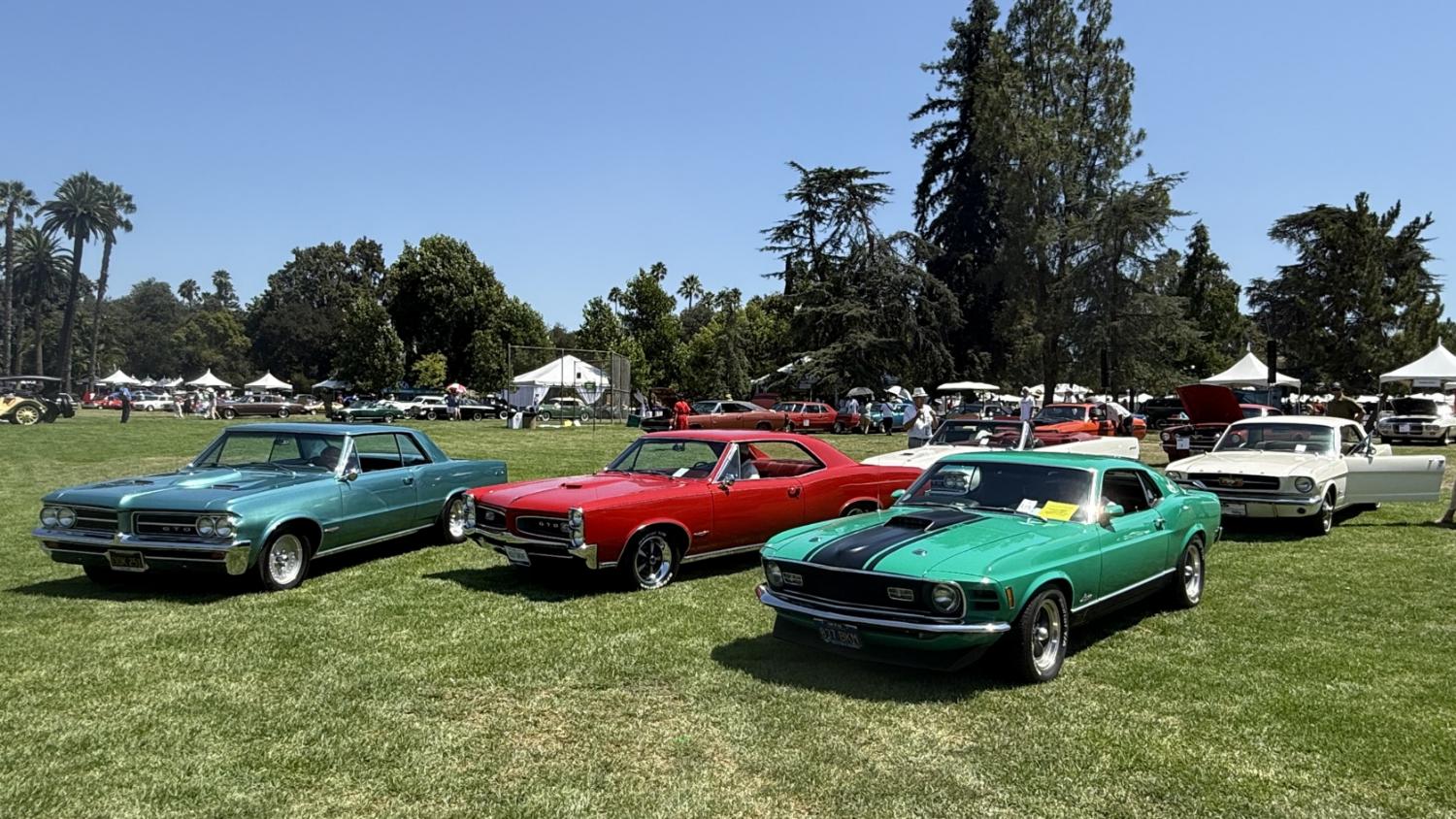
The 14th annual SMMC held on August 24, 2025, raised over $400,000 for such charities as Pasadena Humane, the San Gabriel Valley Cancer Support Community, the Give-Mentor-Love Foundation, the Shriners, and more. “The Motor Classic is a nonprofit organization that raises and donates funds to charities. A winning combination: a wonderful event that supports our community,” said Aaron Weiss, the event’s founder and organizer.
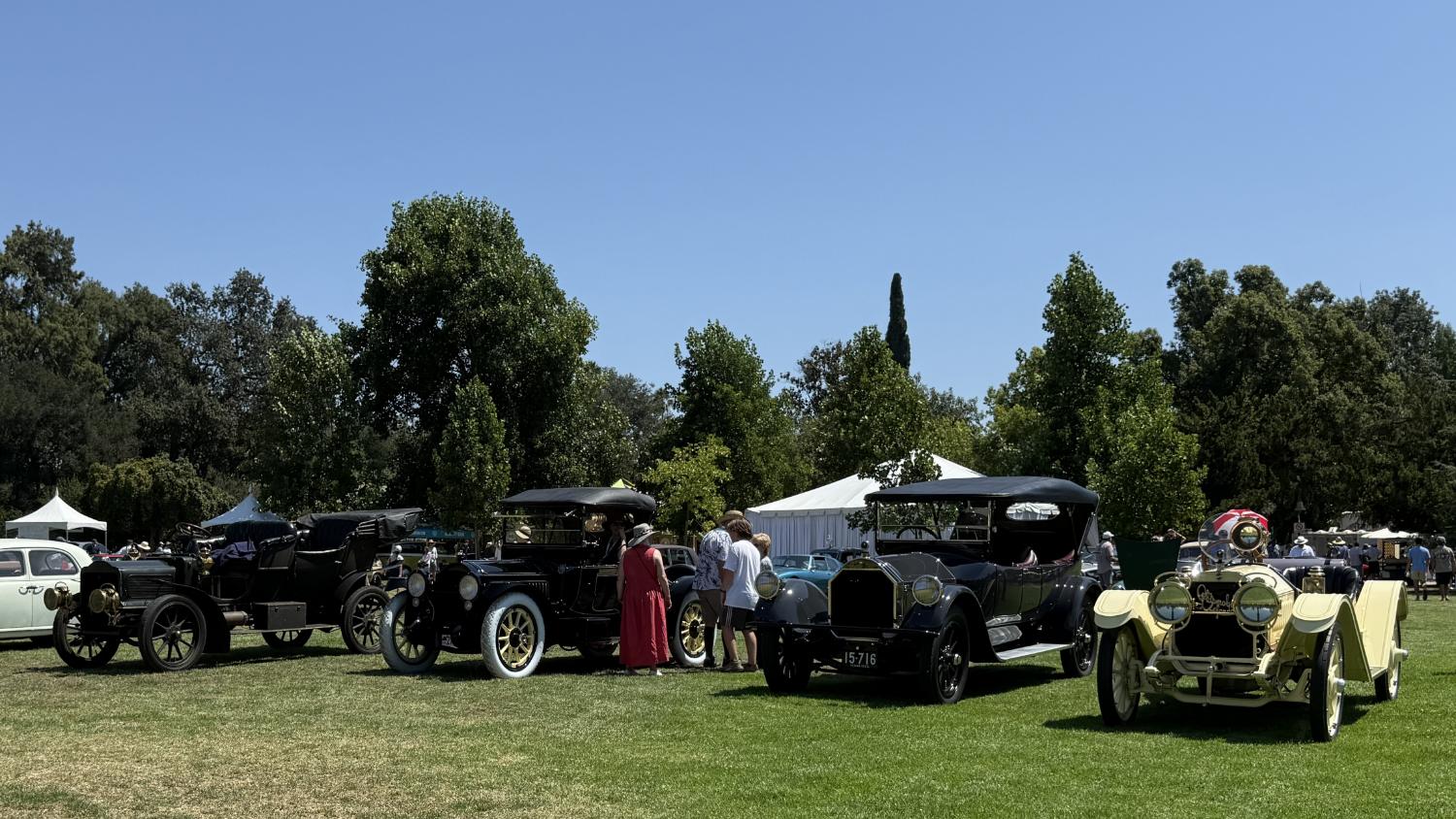
Here is the vehicle class list; a gallery of photos appears at the end of this article. (Right-click-save images to identify the cars.)
- A – Brass & Nickel Era Cars
- B-1 – Preservation Cars Through 1942
- B-2 – Preservation Cars, 1946-1975
- C-1 – CCCA – American Open (Full Classics Only)
- C-2 – CCCA – American Closed (Full Classics Only)
- C-3 – CCCA – European Open & Closed (Full Classics Only)
- C-5 – Packard Pre War Open
- C-6 – Packard Pre War Closed
- D – Pre WWII American Manufacturer (Non – CCCA), 1920-1942
- E-1 – Porsche 356 – San Marino Motor Classic Judging
- E-2 – Porsche – 911 thru 1977
- E-3 – Porsche – 914 to 1977
- F-1 – American Luxury Open, 1947-1975
- F-2 – American Luxury Closed, 1947-1975
- F-3 – Packard Post War Open
- F-4 – American Other, 1975-1995
- F-5 – European Luxury, 1946-1975
- H – Station Wagons – 1946-1973. No Woodies. Vinyl Wood Acceptable.
- I – American Postwar Orphan Marques
- J – Japanese Cars, 1946-1984
- K – Hot Rods – 1928-1941. Original Steel Bodies Only.
- L-1 – Lamborghini
- M-1 – Mercedes Benz – 300 SL Gullwing and Roadsters Thru 1963
- M-2 – Mercedes-Benz – 190SL and Pagoda (230SL, 250SL, 280SL)
- M-3 – Mercedes Benz – 300 Touring Cars (Excluding 300SL), Post War thru 1967
- N-1 – American Big Block Muscle, 1962-1974
- N-3 – American Pony Cars up to 350ci, 1964-1974
- O-1 – Italian Sports Cars – Alfa Romeo, 1946 – 1978
- P – Police Cruisers
- Q – Corvette – Though 1996
- R-1 – Ferrari – Early Thru 1978
- R-2 – Super Cars (Exhibition Only)
- R-3 – Ferrari 308 from 1975, 50th Anniversary
- S-1 – Jaguars – XKE Thru 1967
- S-2 – Jaguars – XK 120, XK 140, XK 150
- U-1 – British Sports Cars, 1946 – 1978
- U-2 – Morgan
- V-1 – Volkswagens Thru 1979
- W-1 – Woodies Thru 1950
- X-1 – Car Corral
- Y-1 – BMW through 1989
Next year’s show will move up to June 14, 2026, pending city council approval. You can view even more images on the www.sanmarinoclassic.com website.
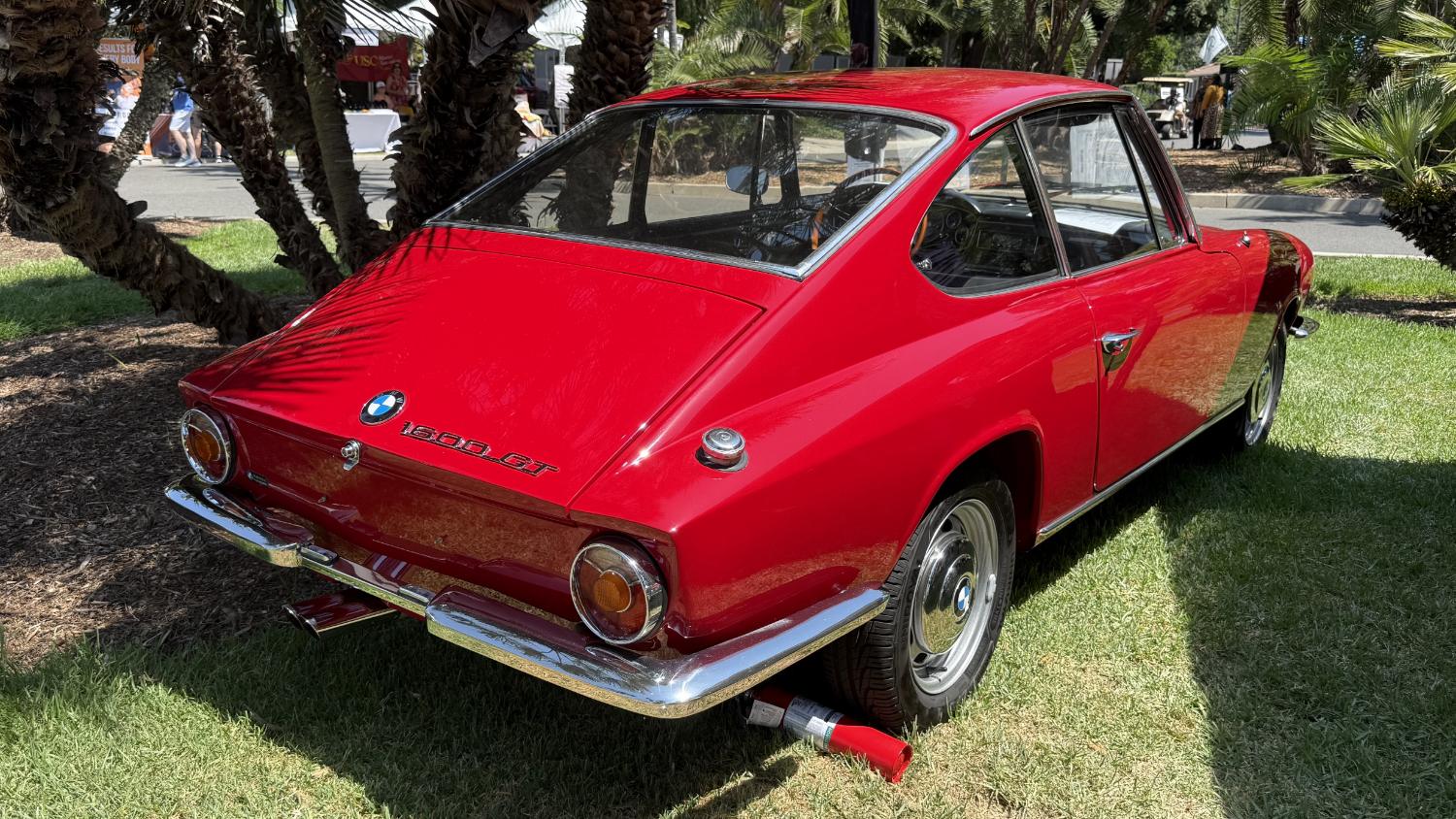
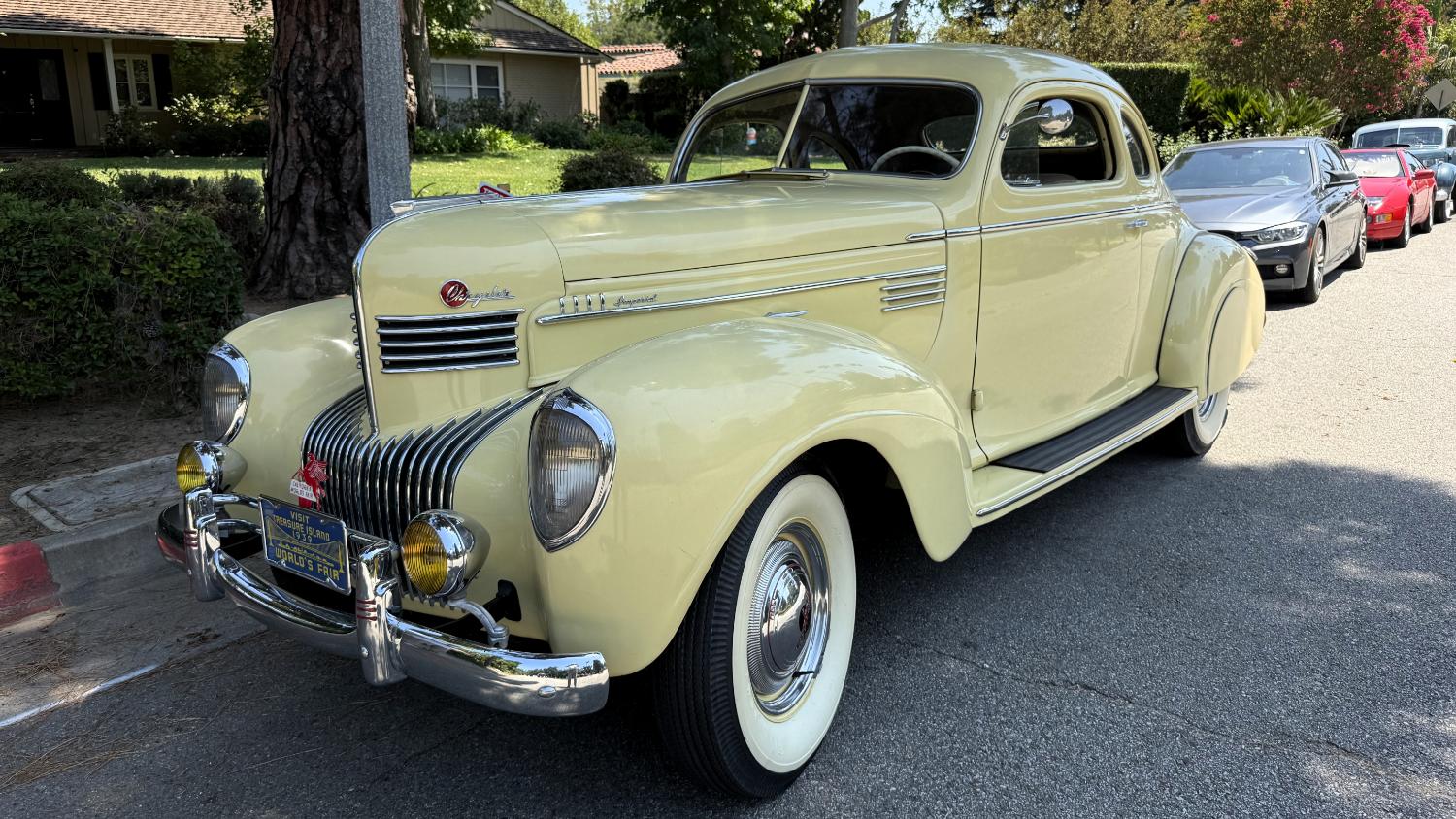
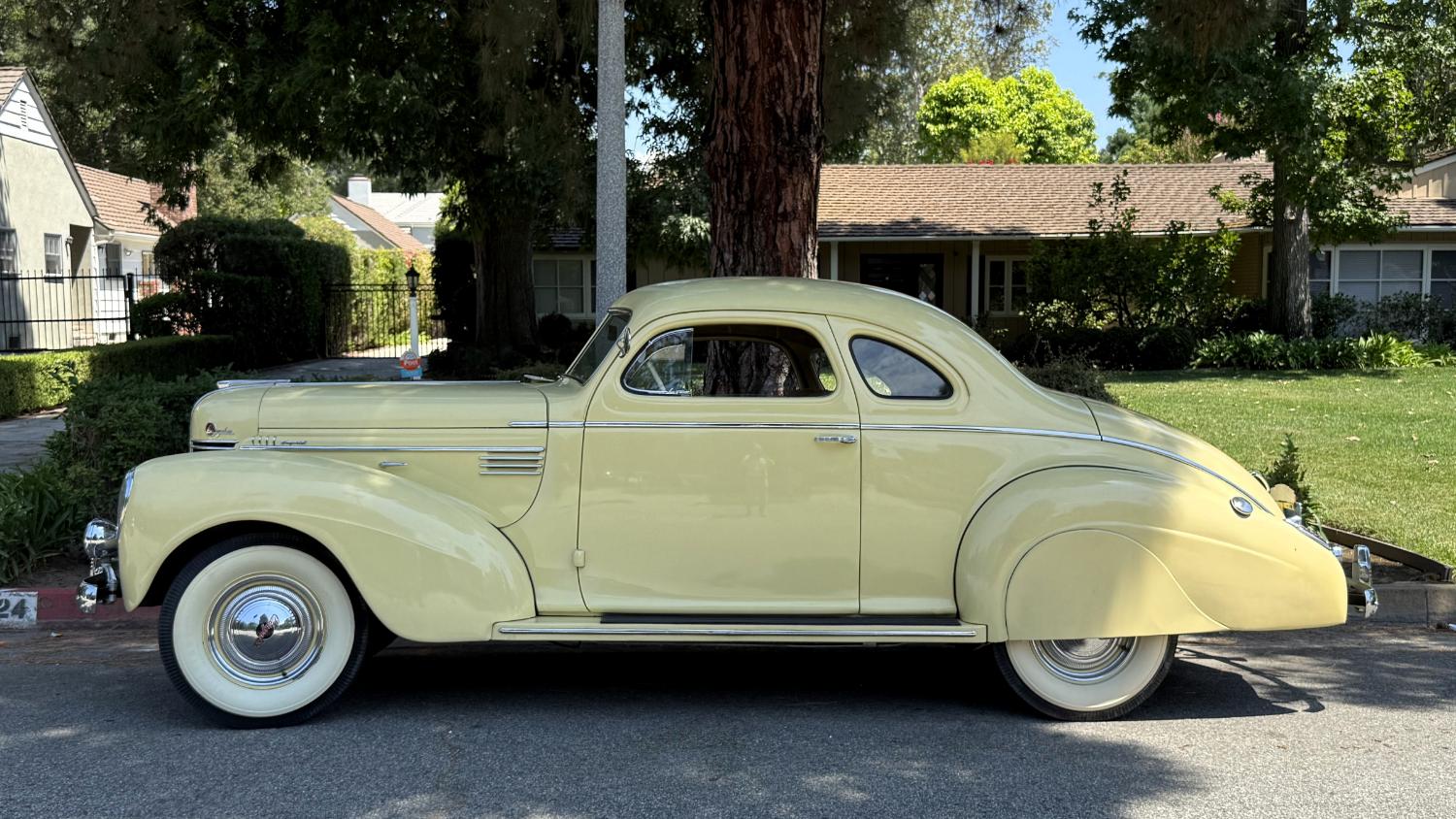
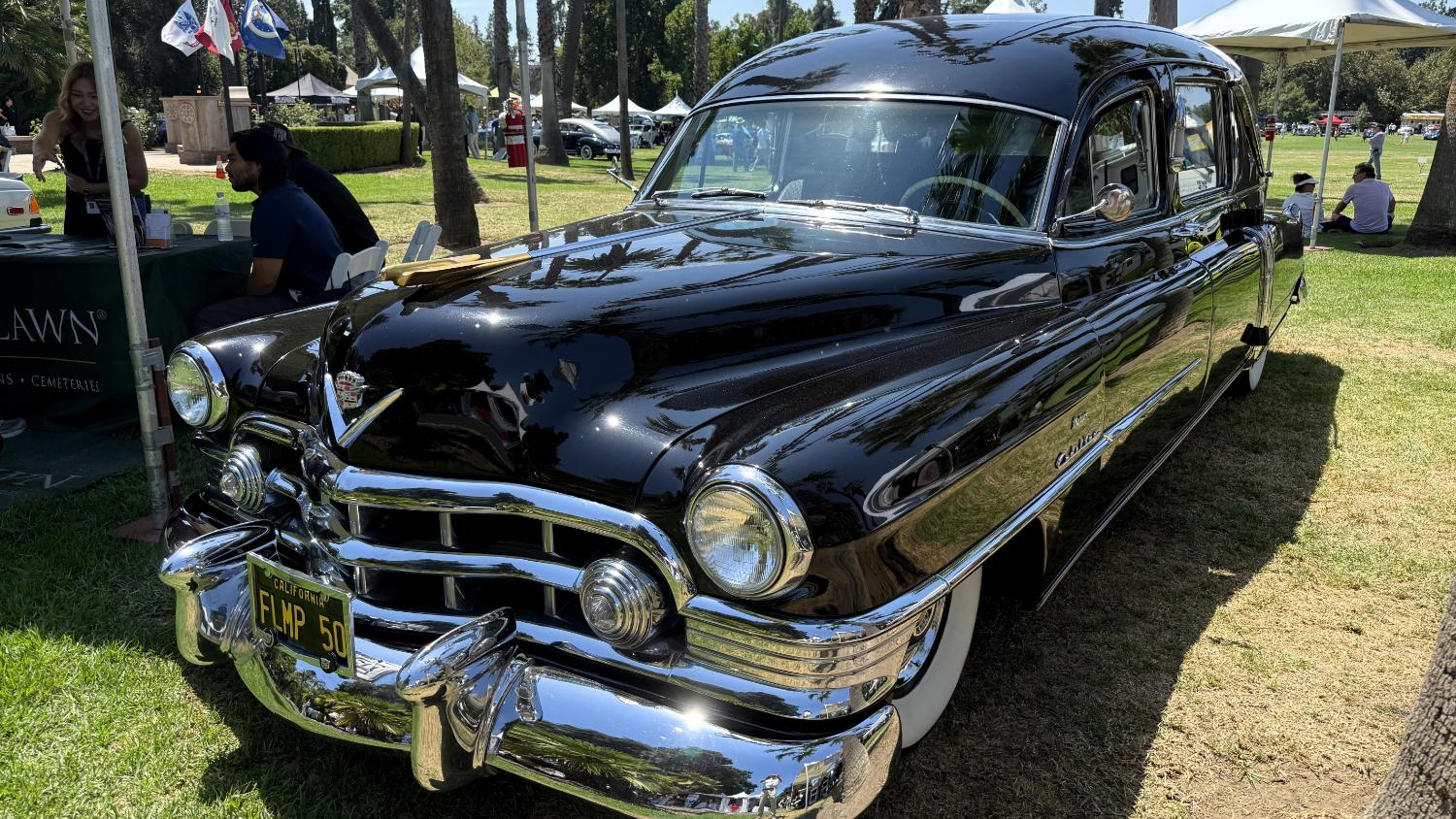
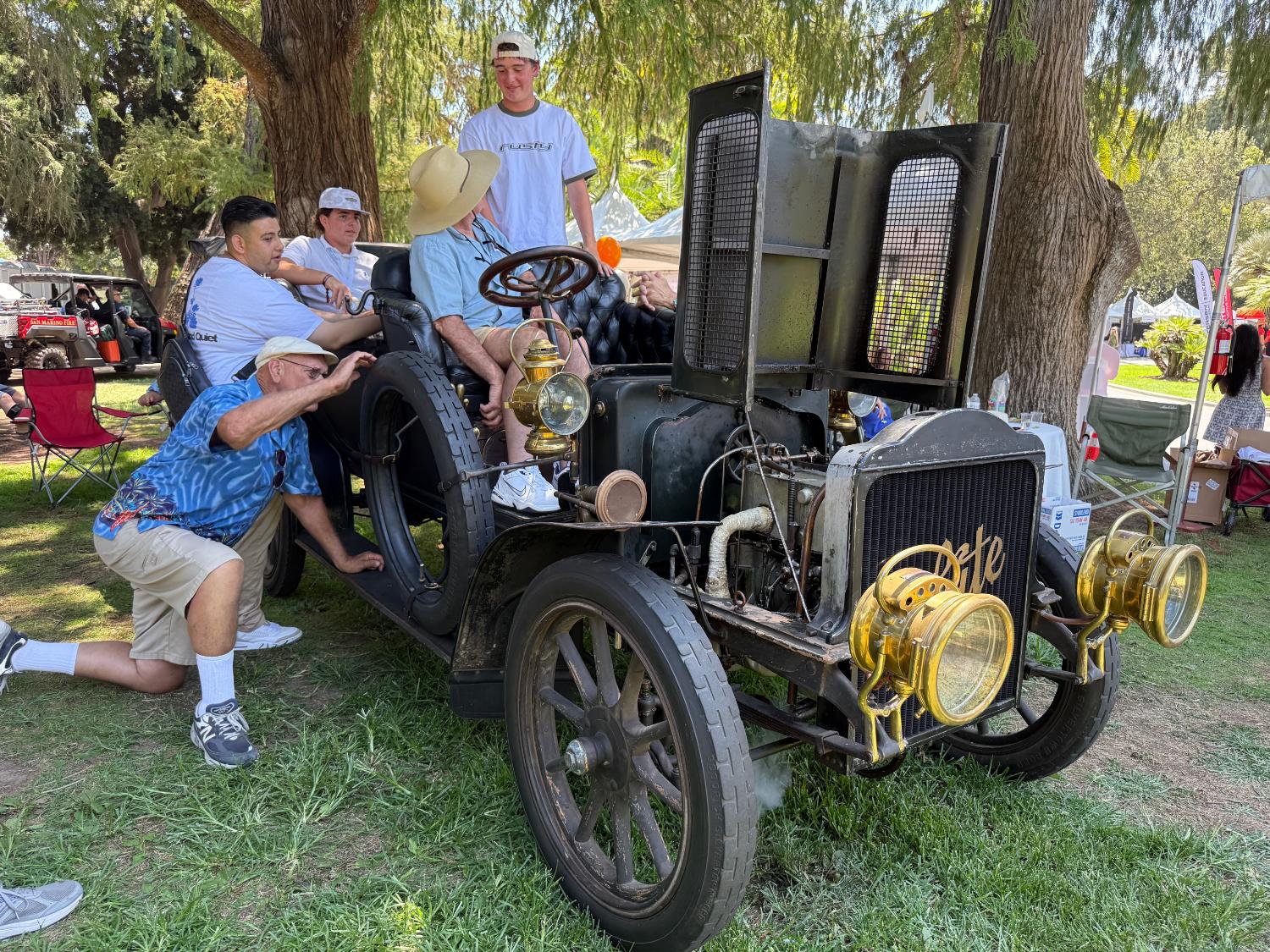
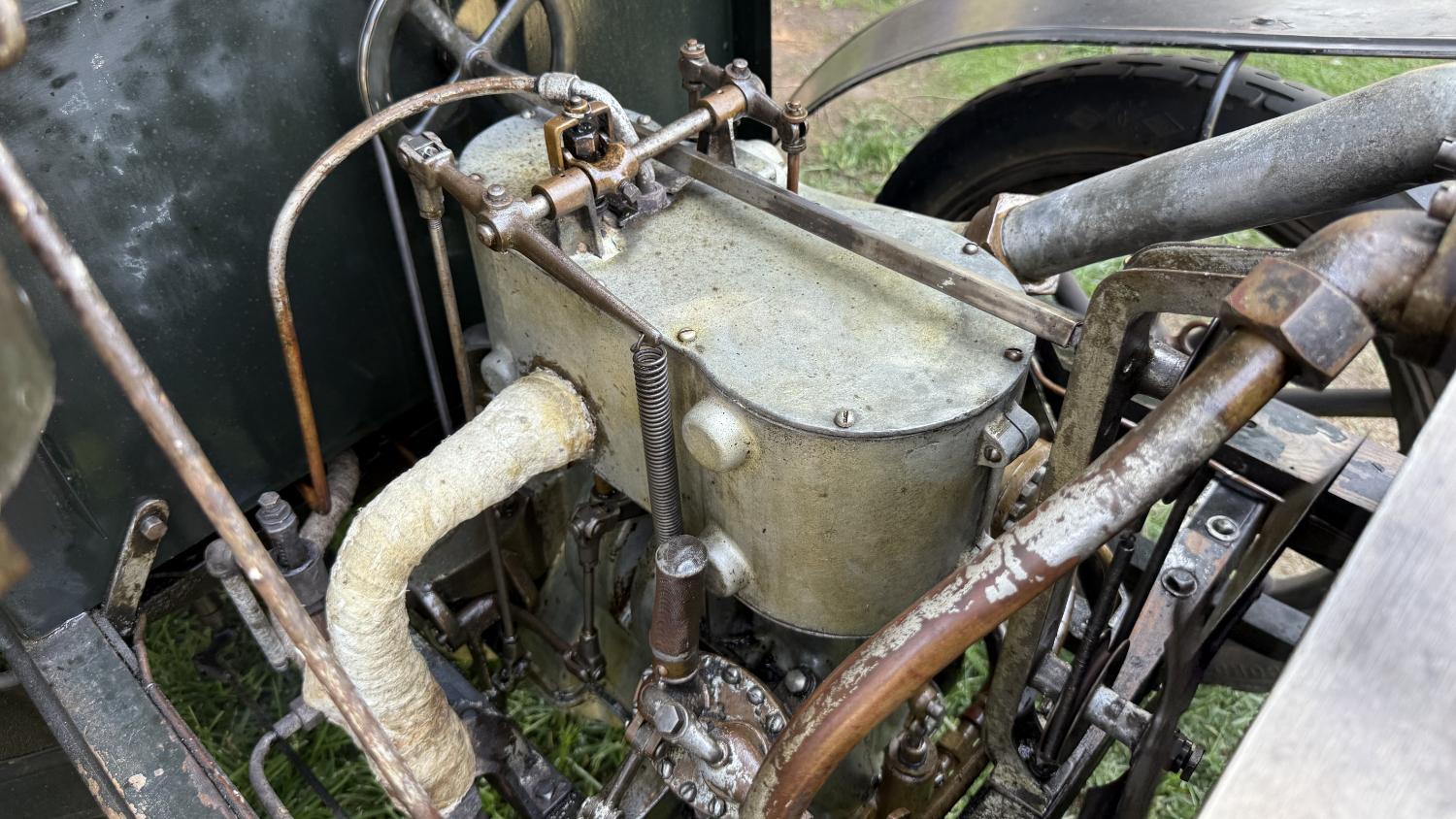
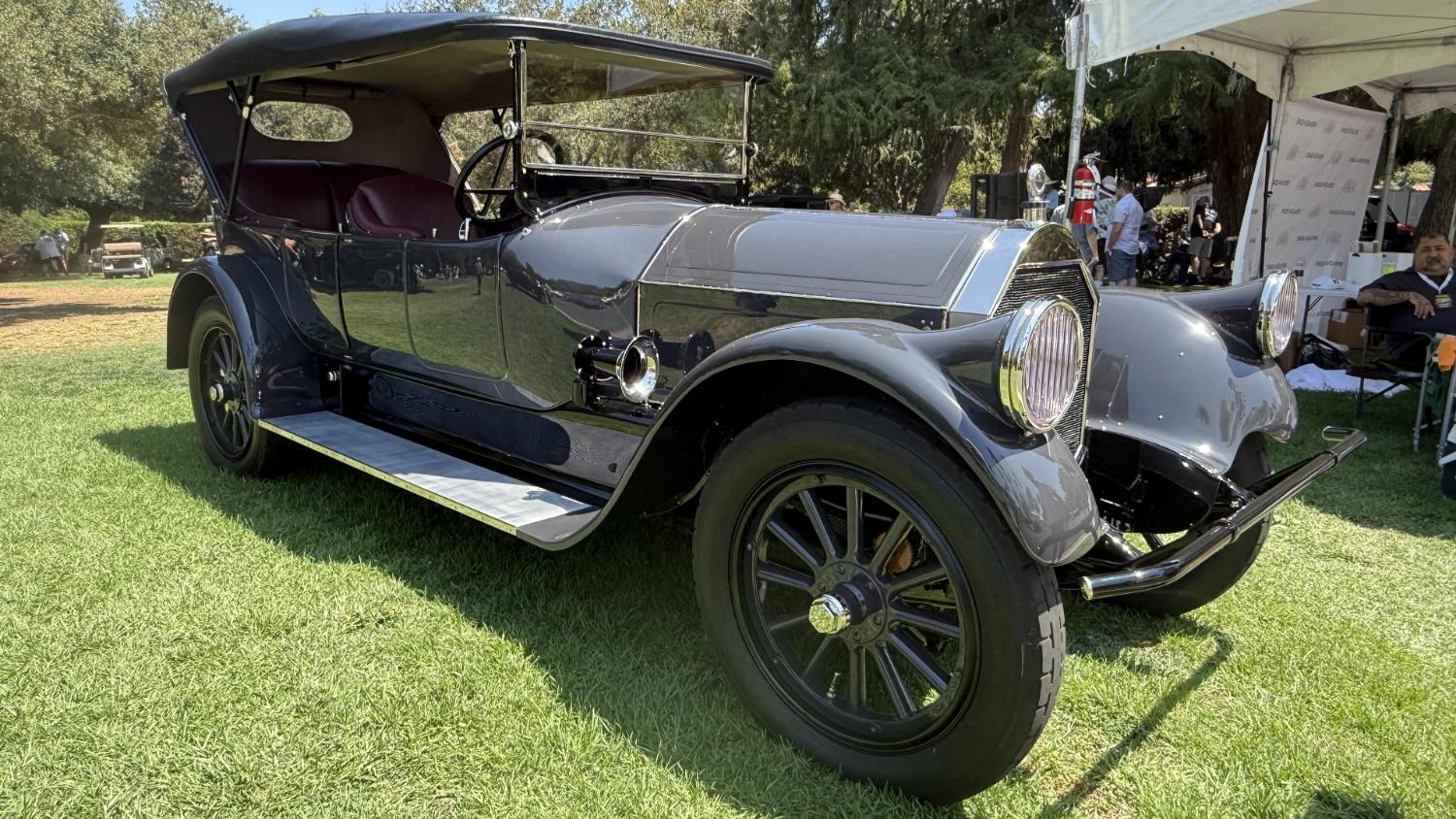
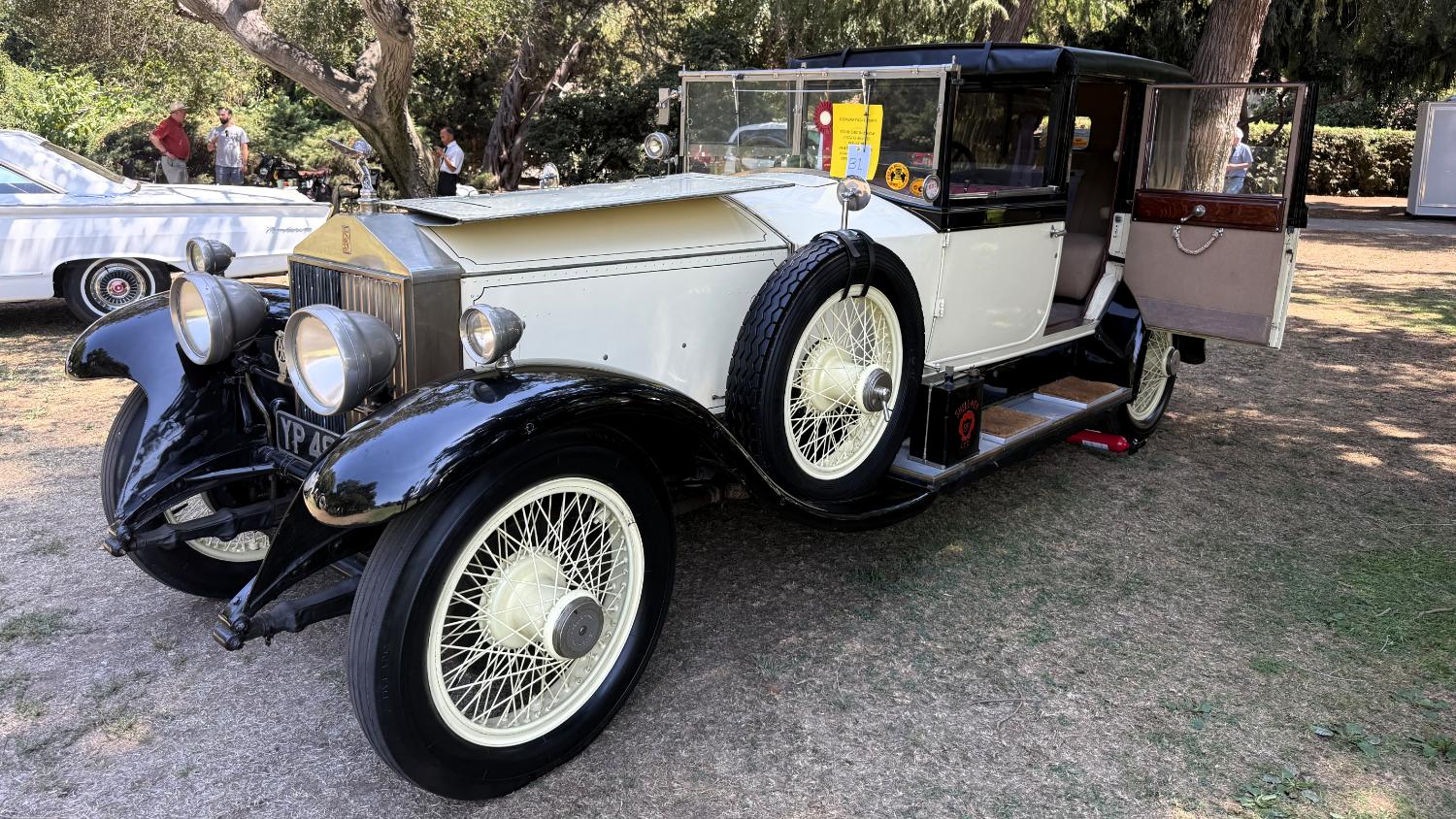
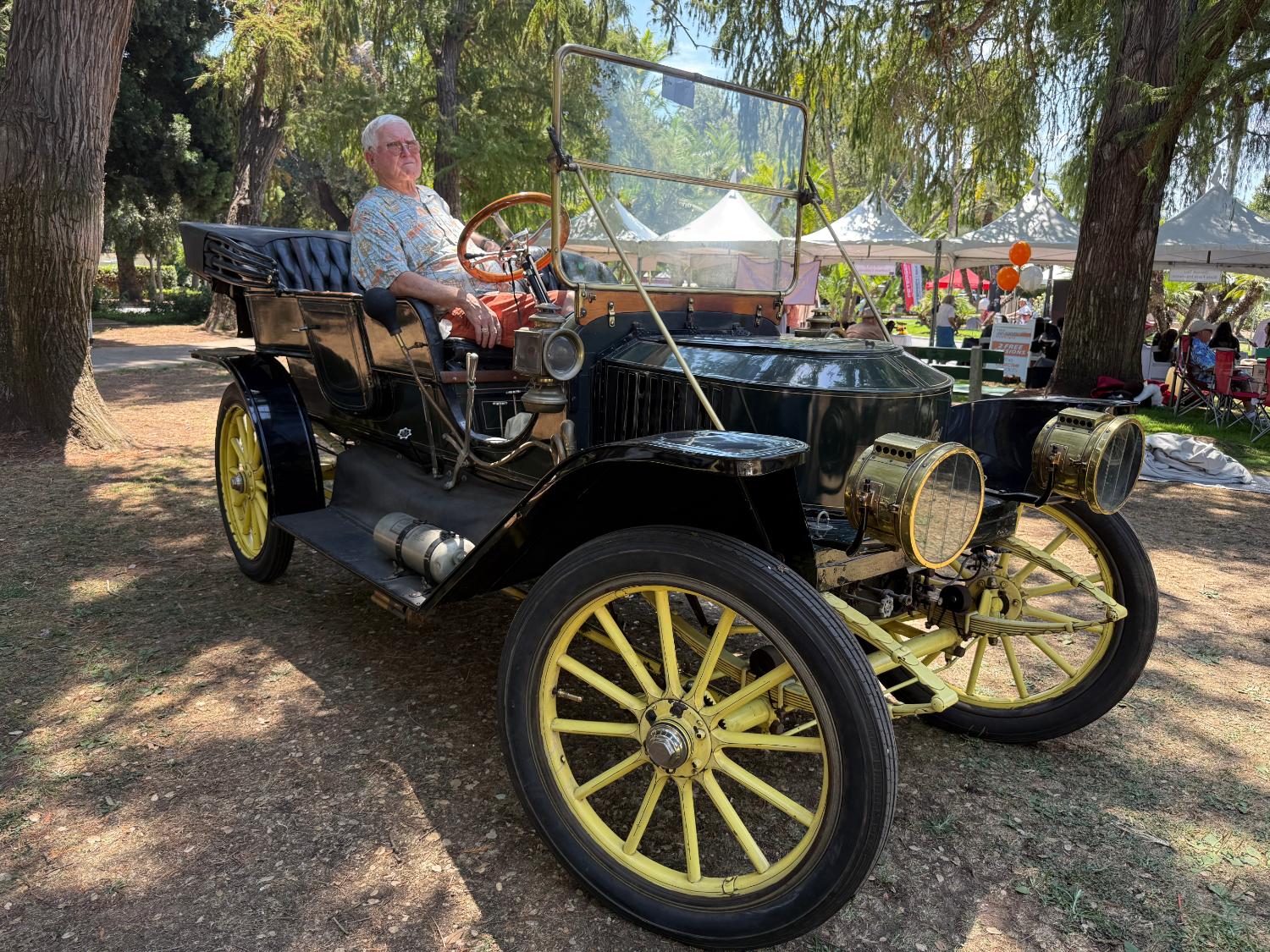
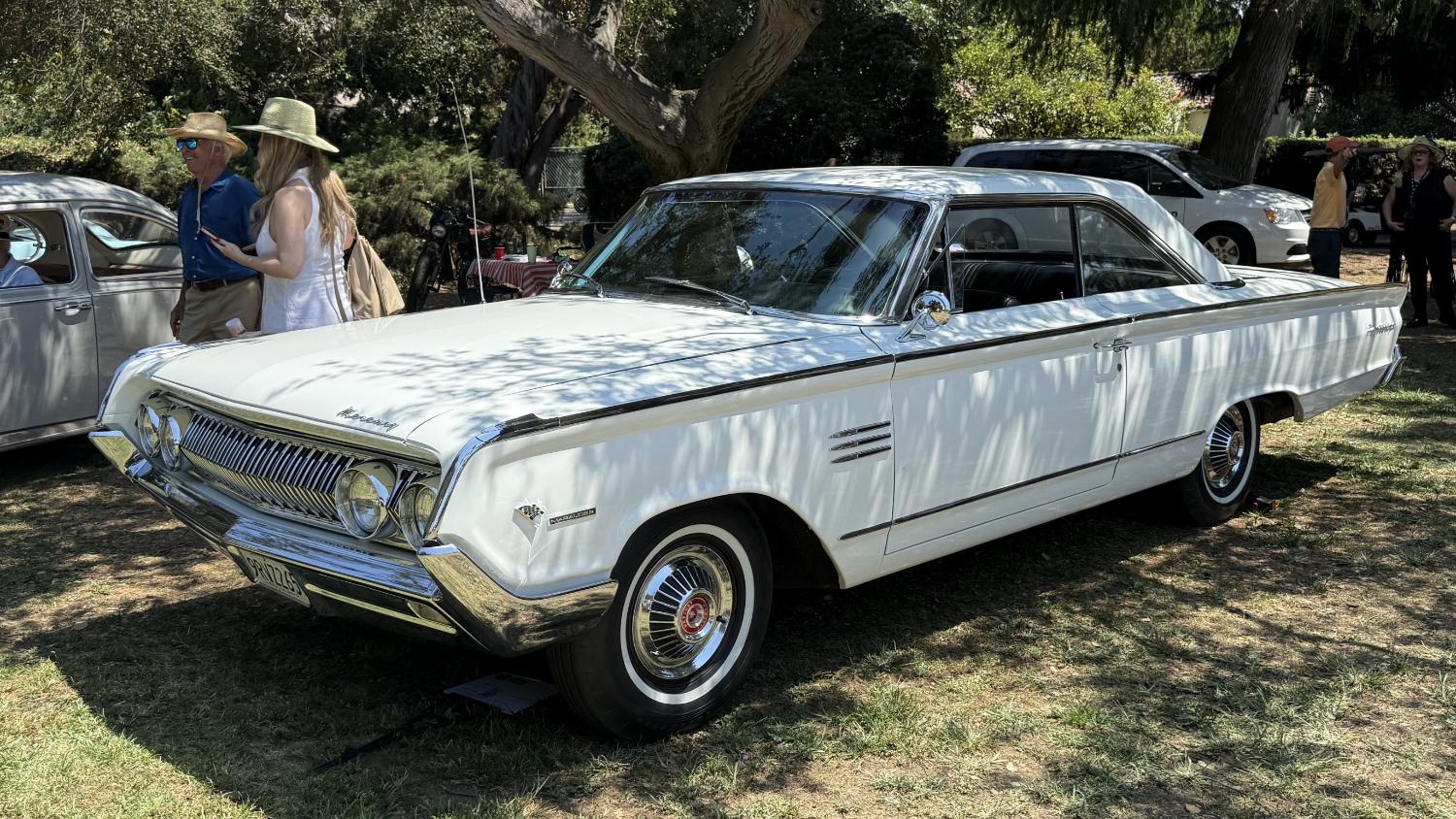
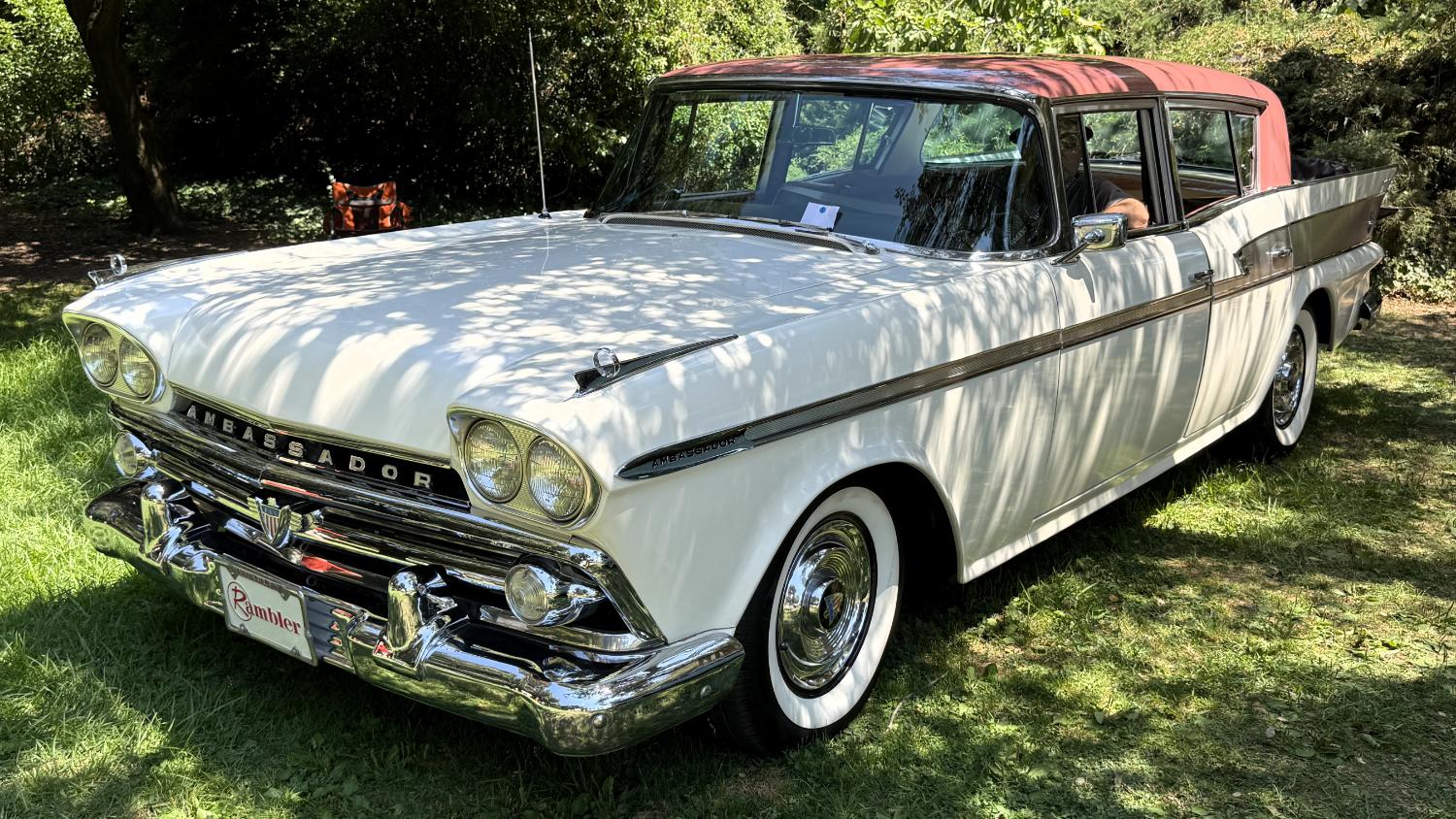
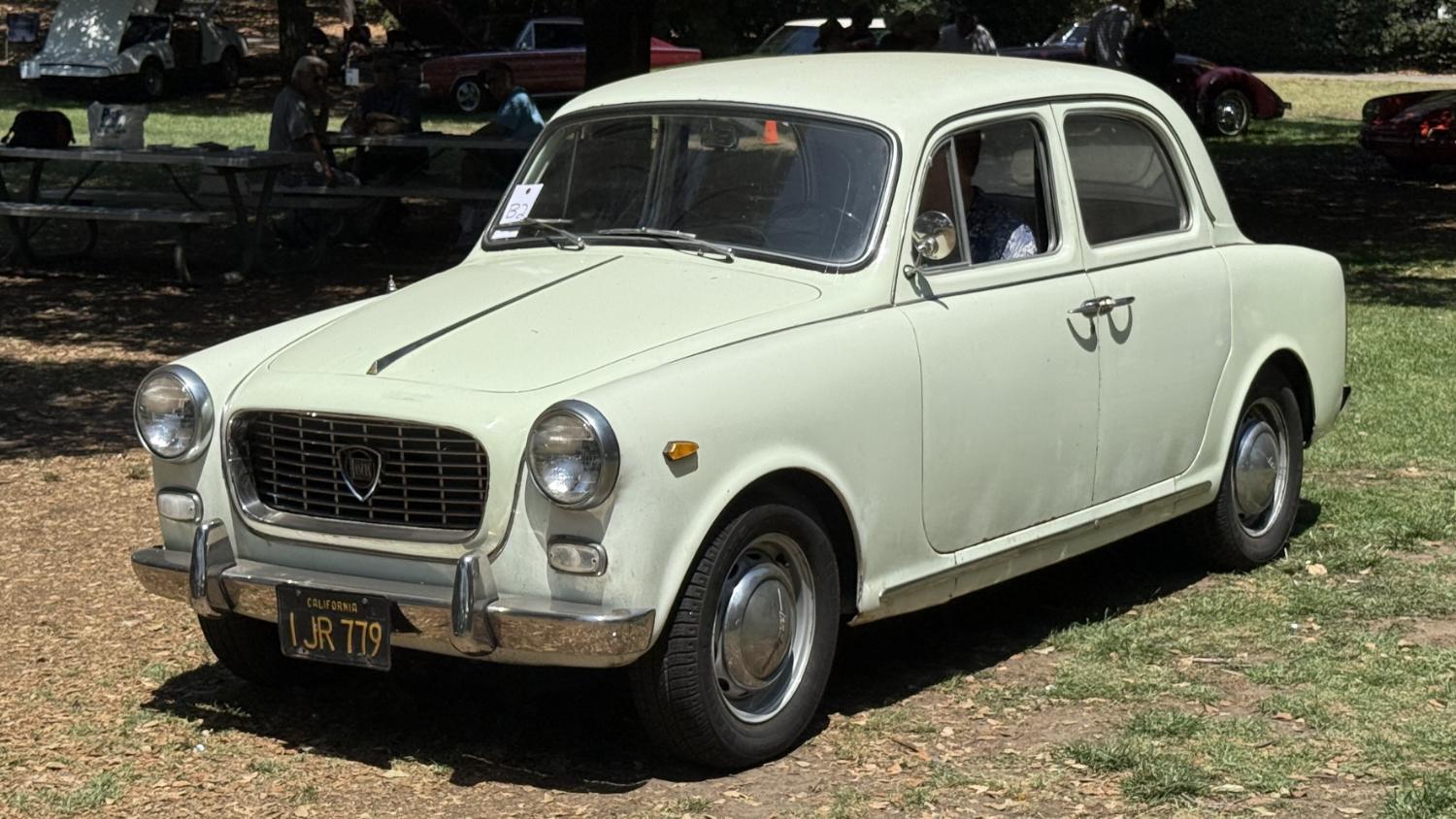
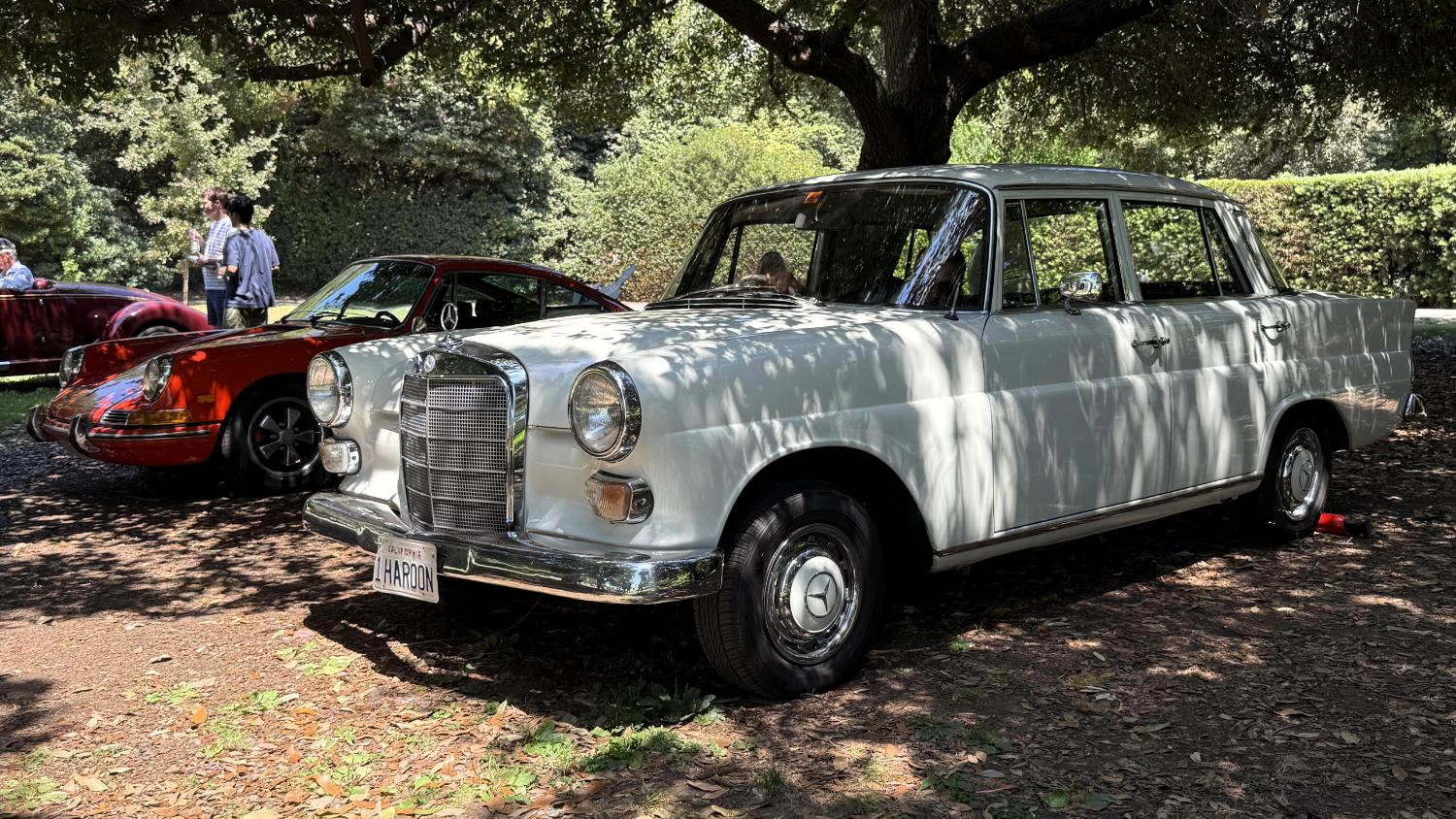
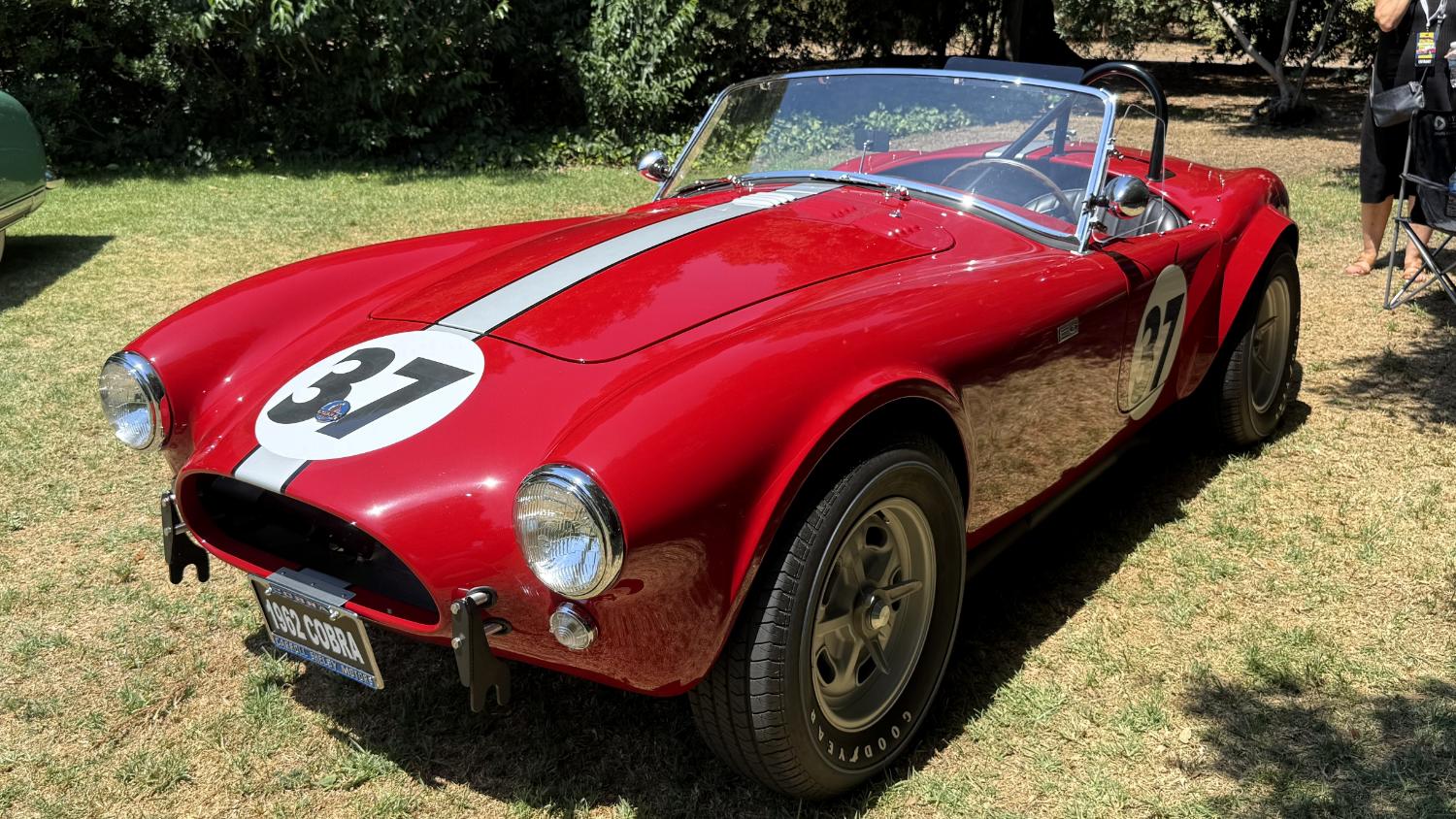
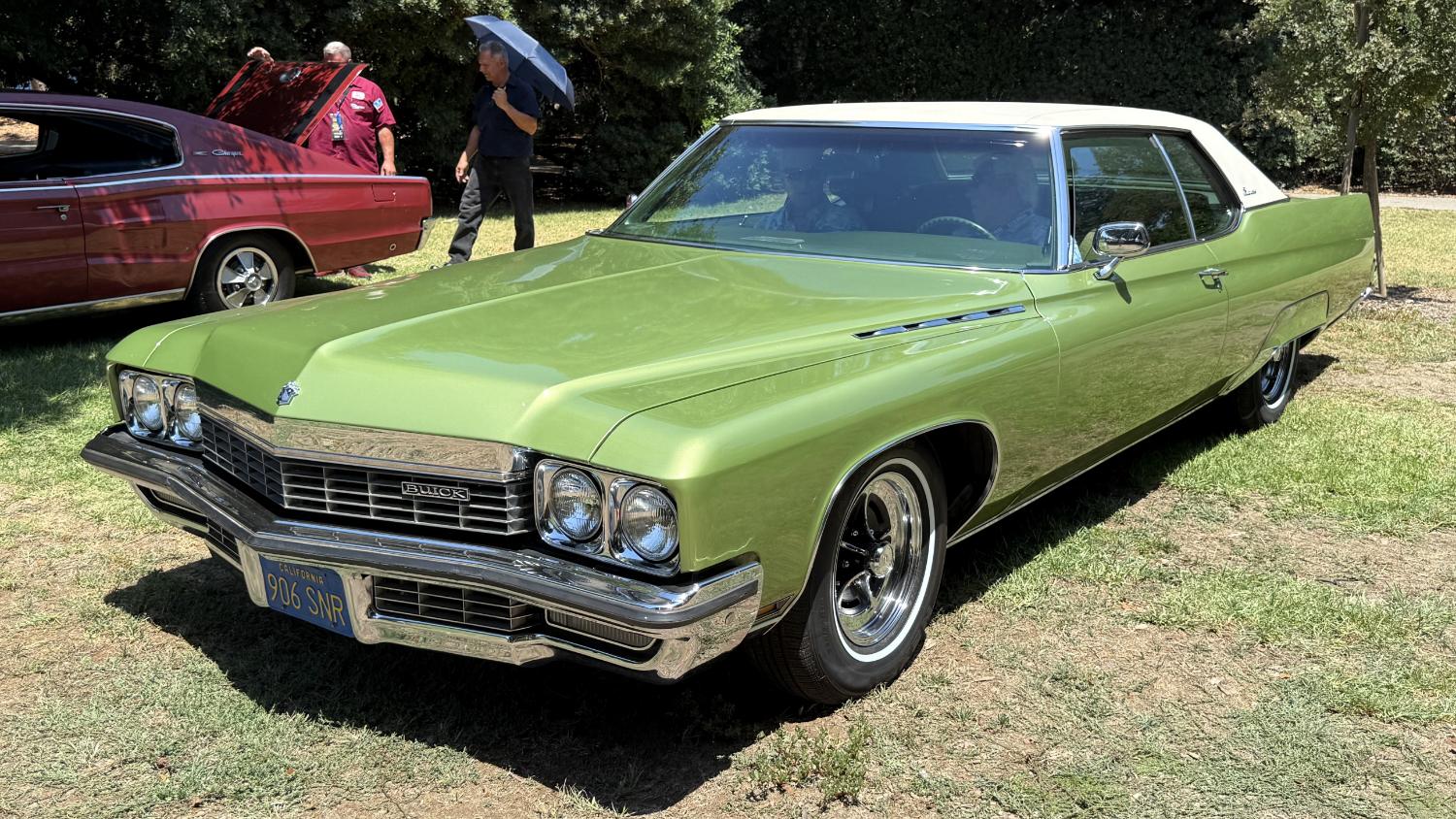
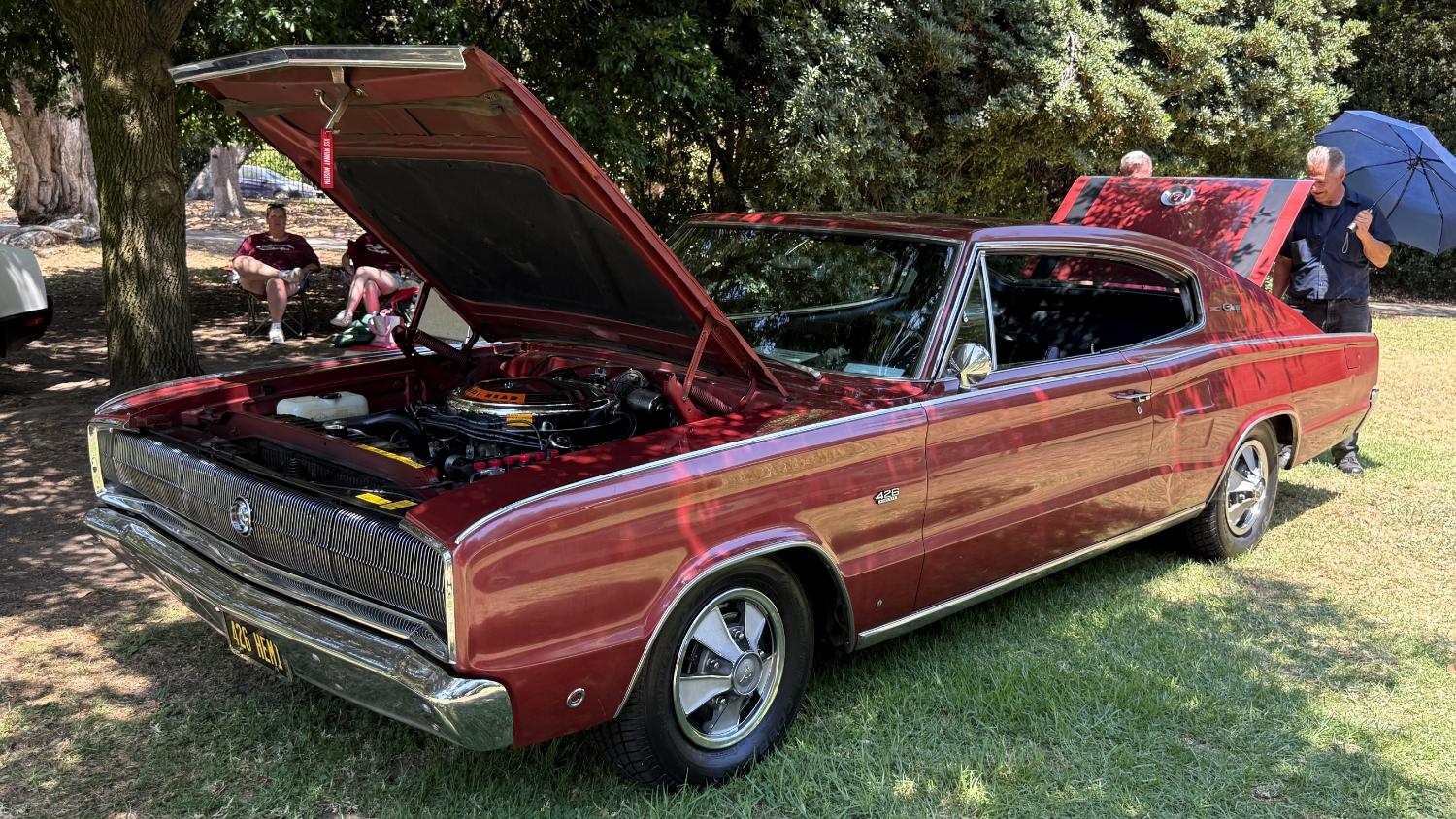
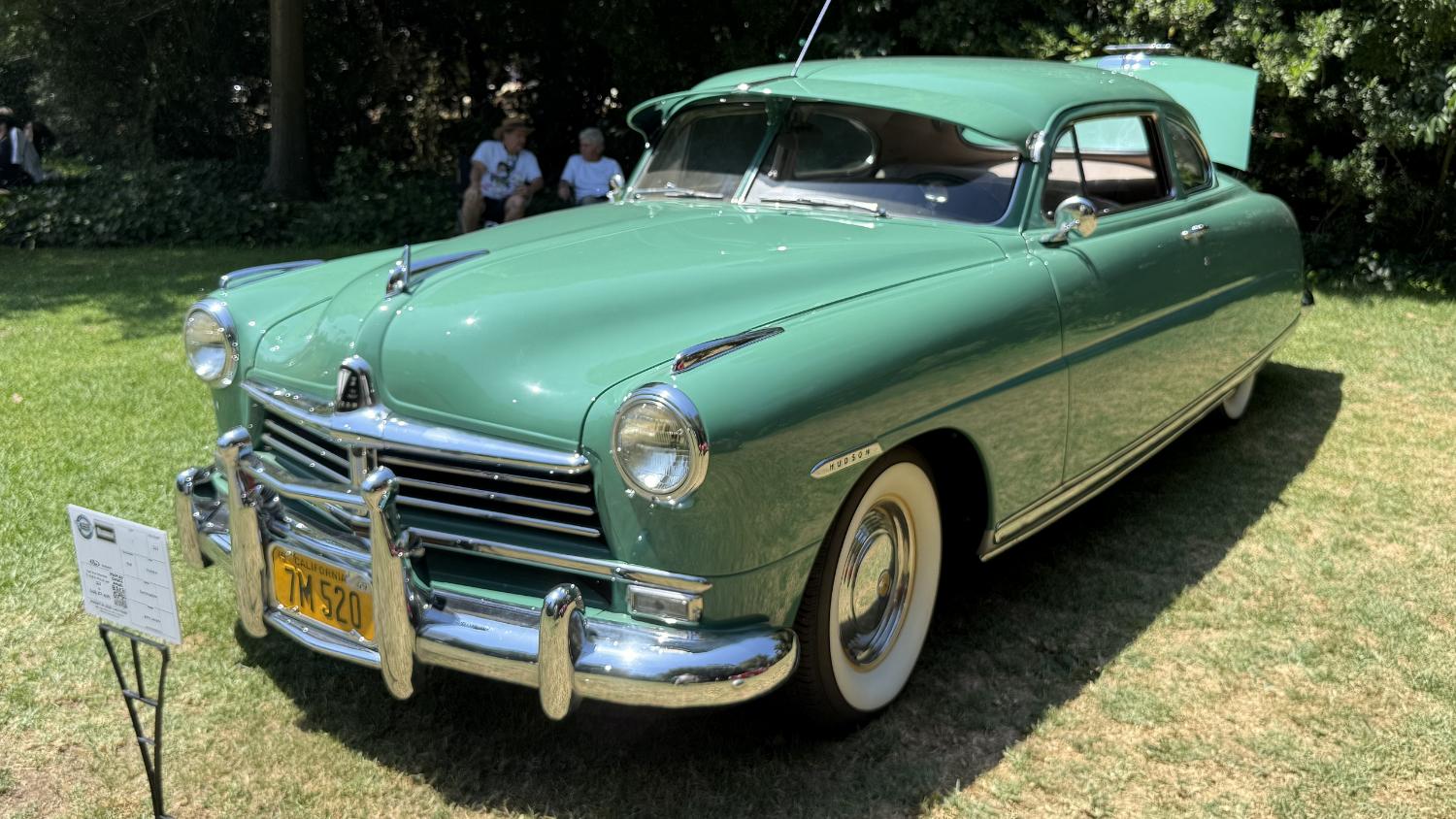
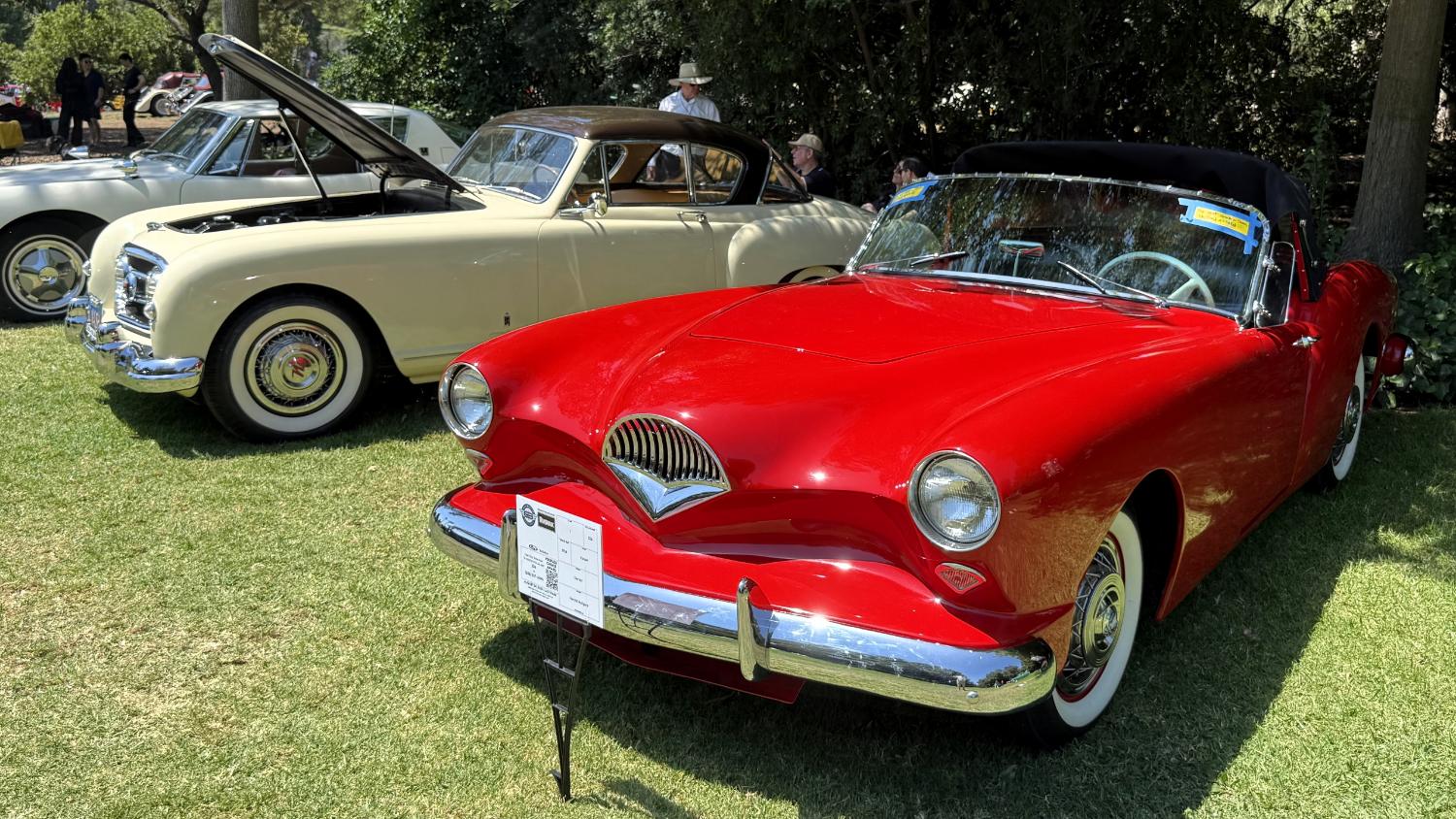
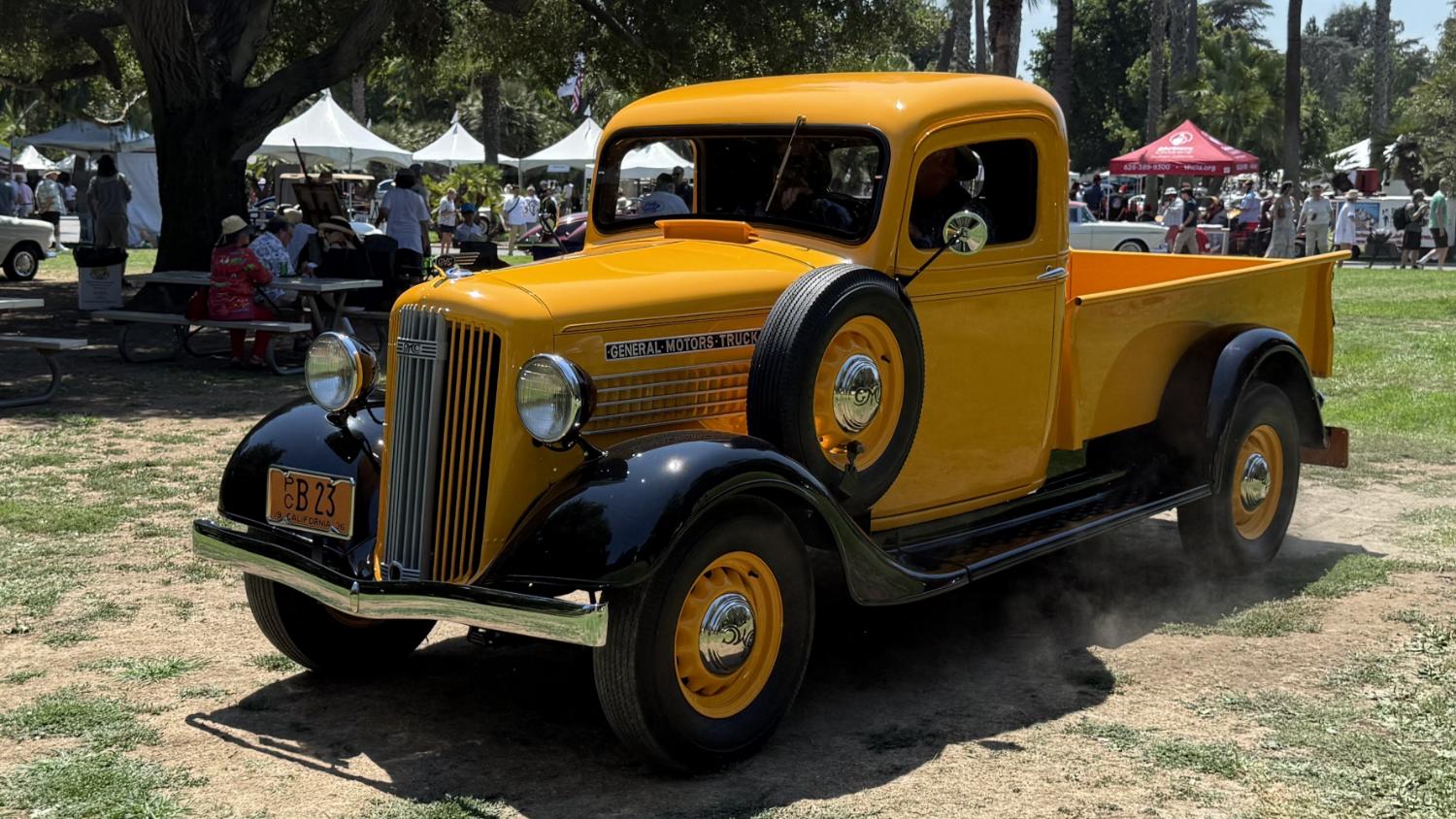
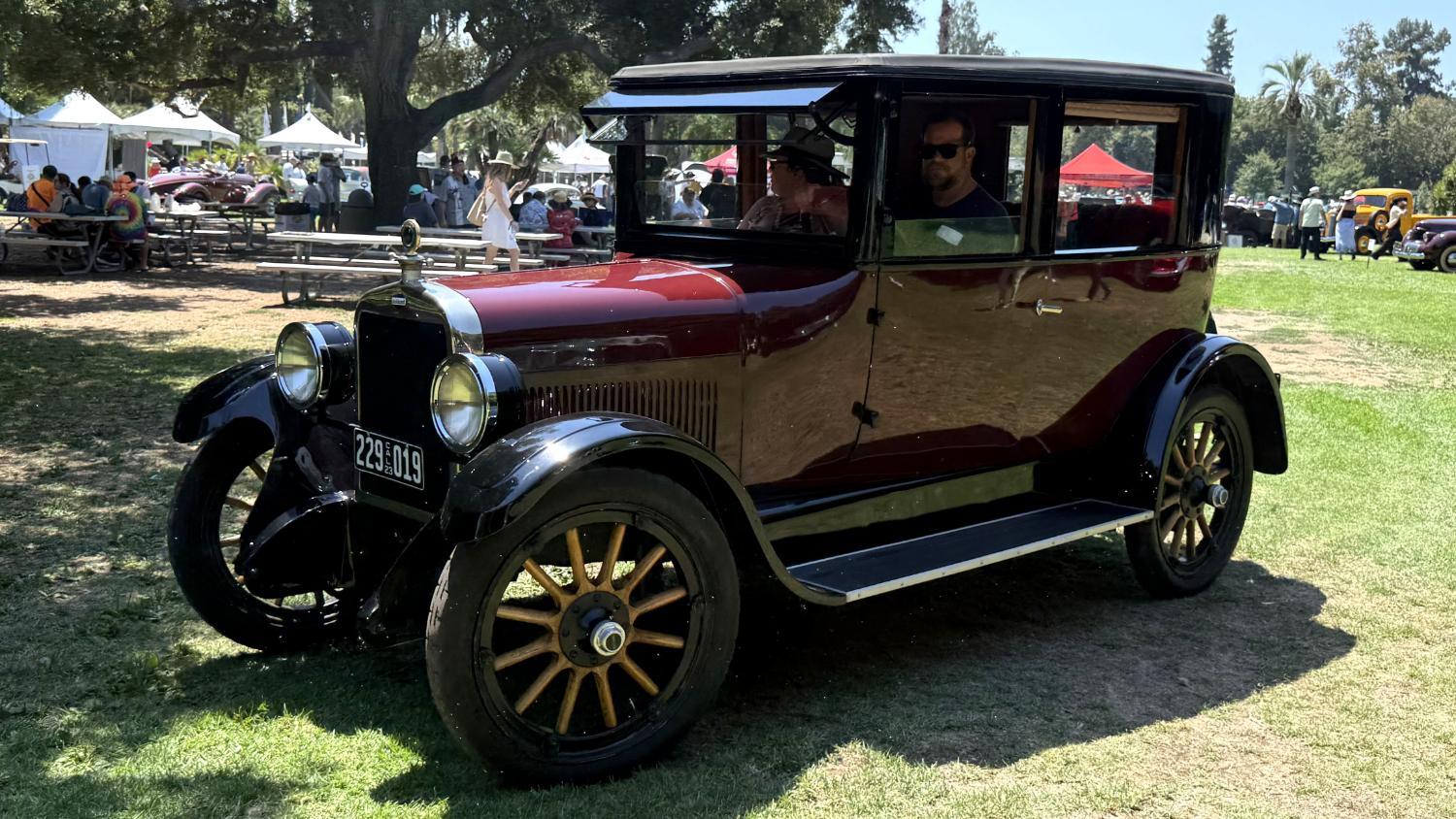
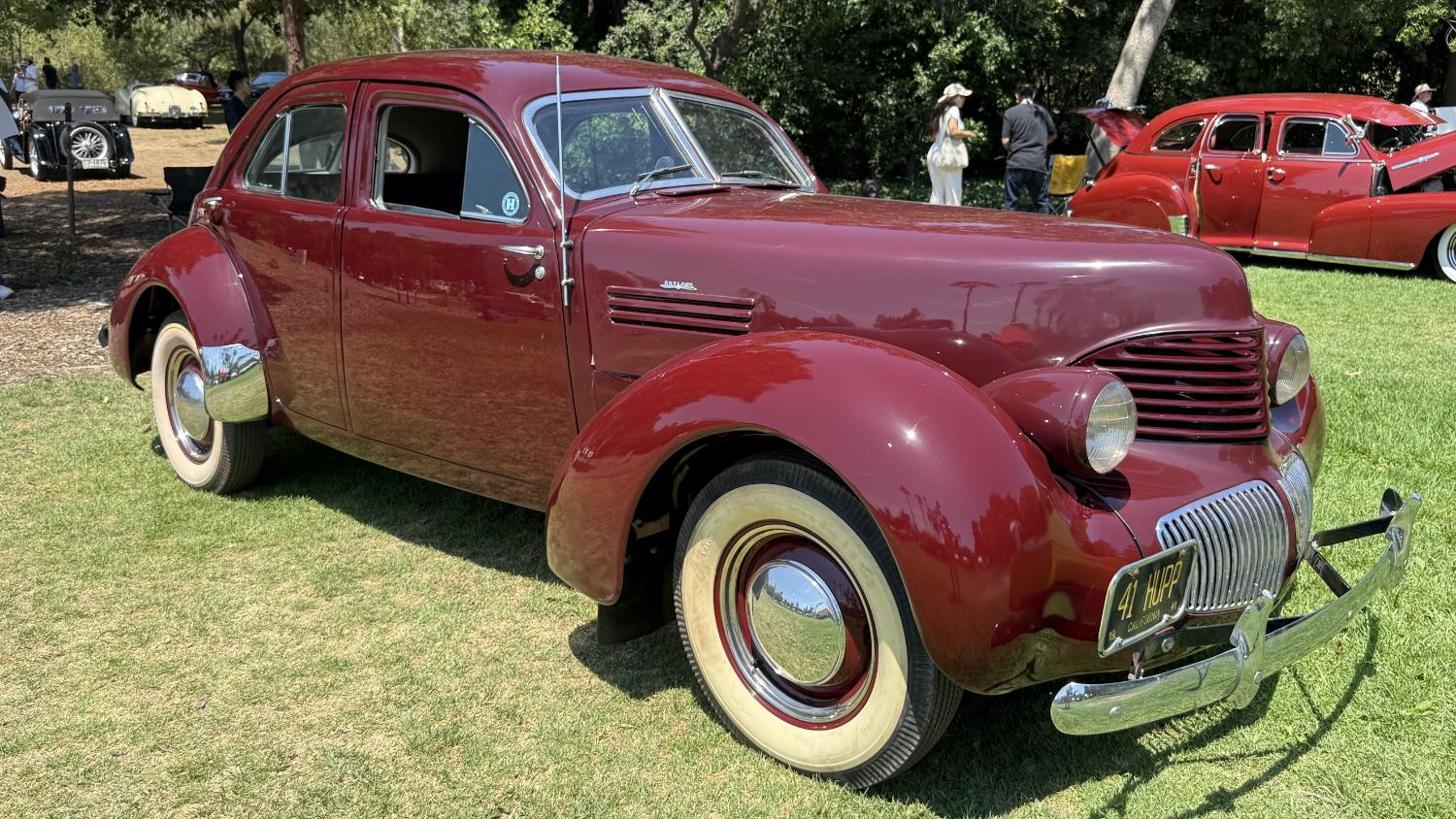
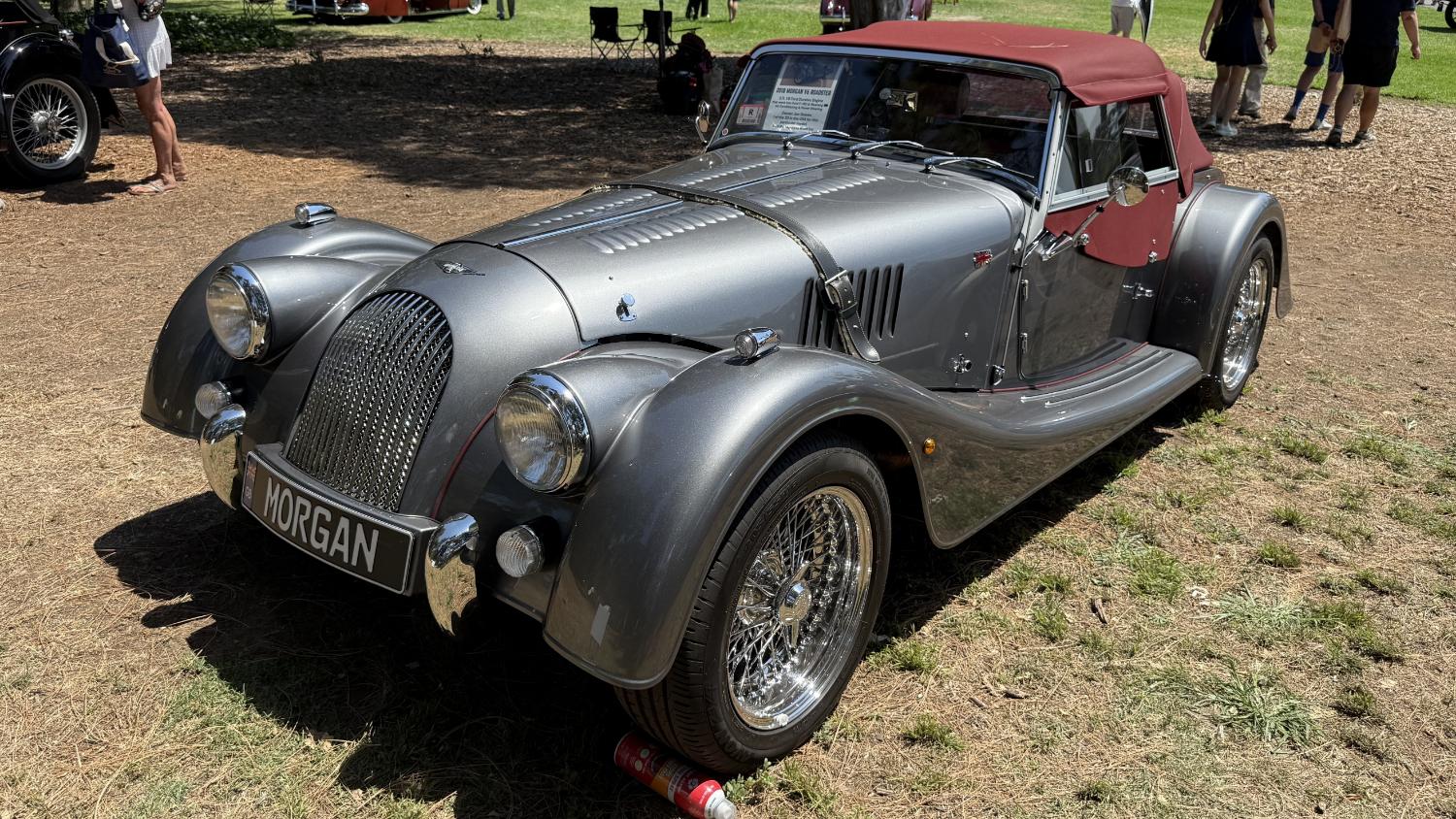
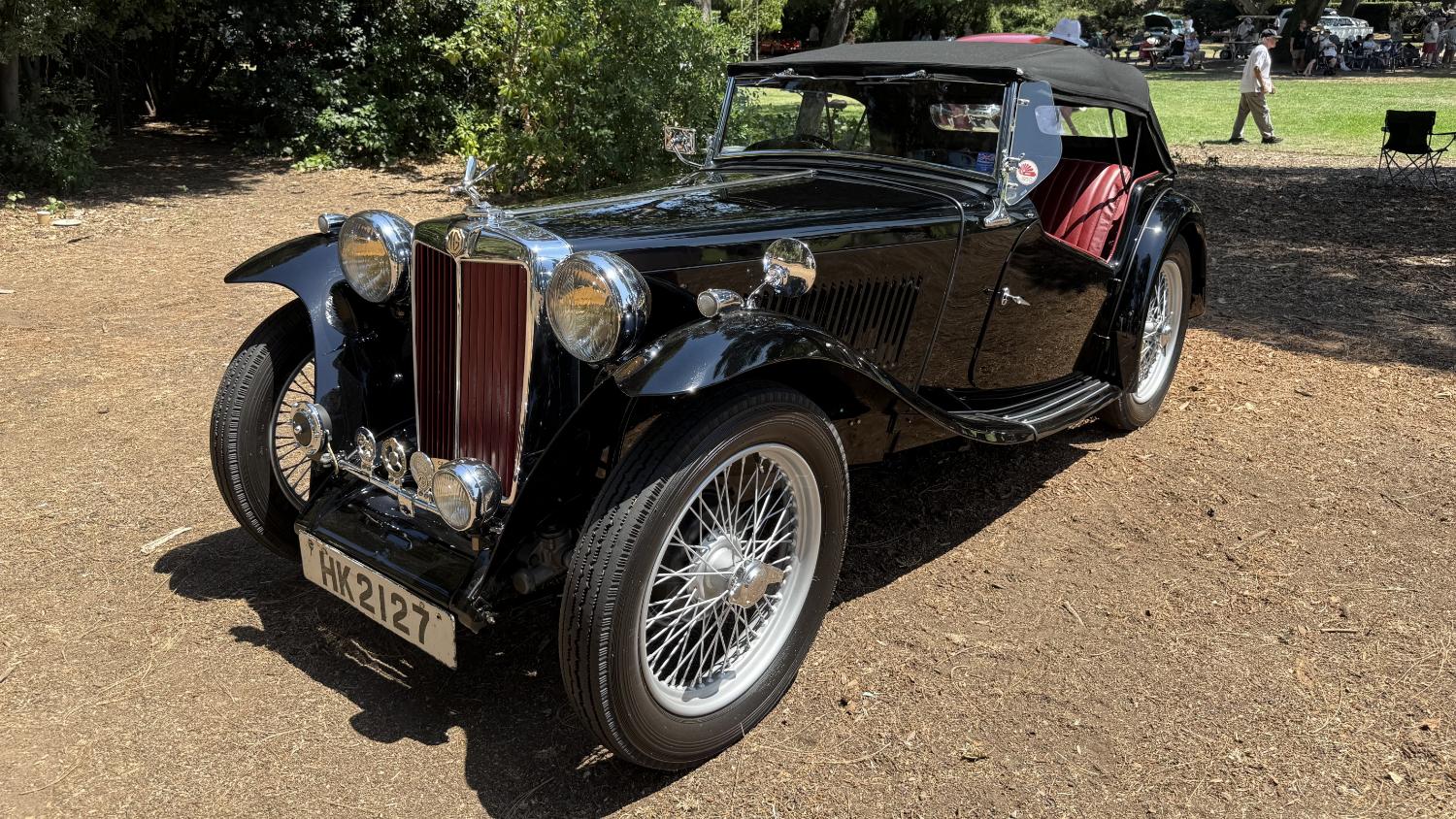
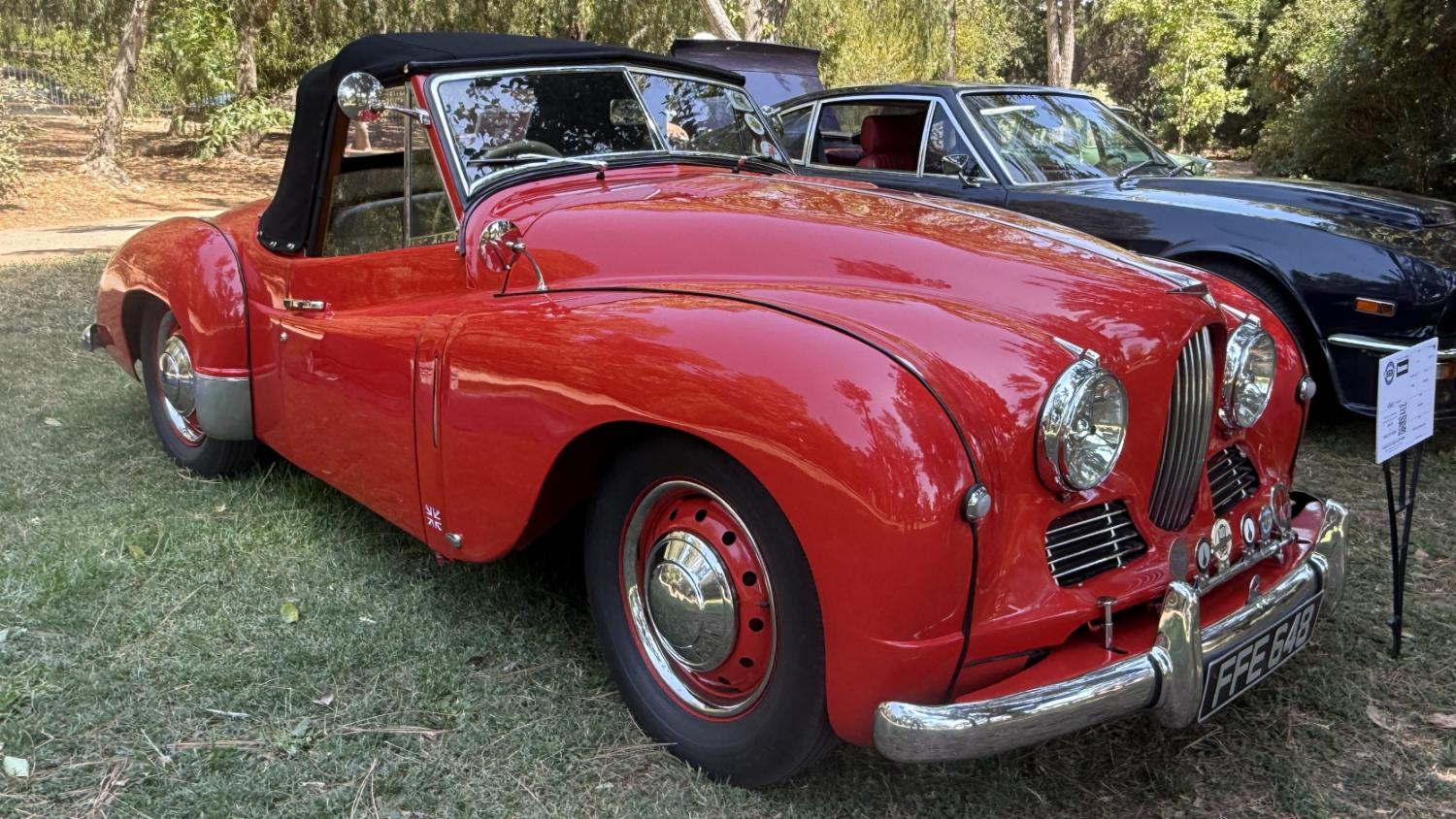
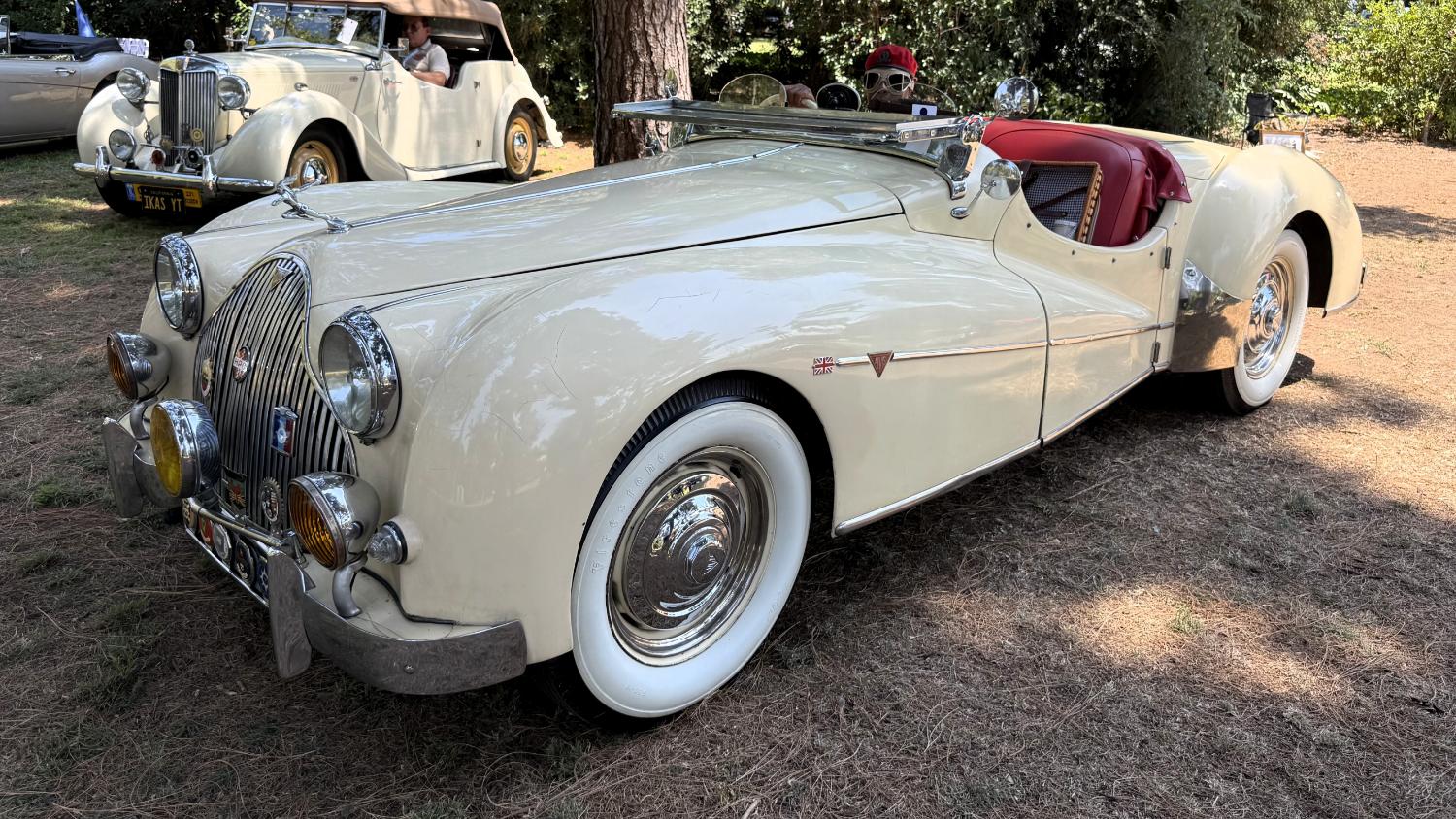
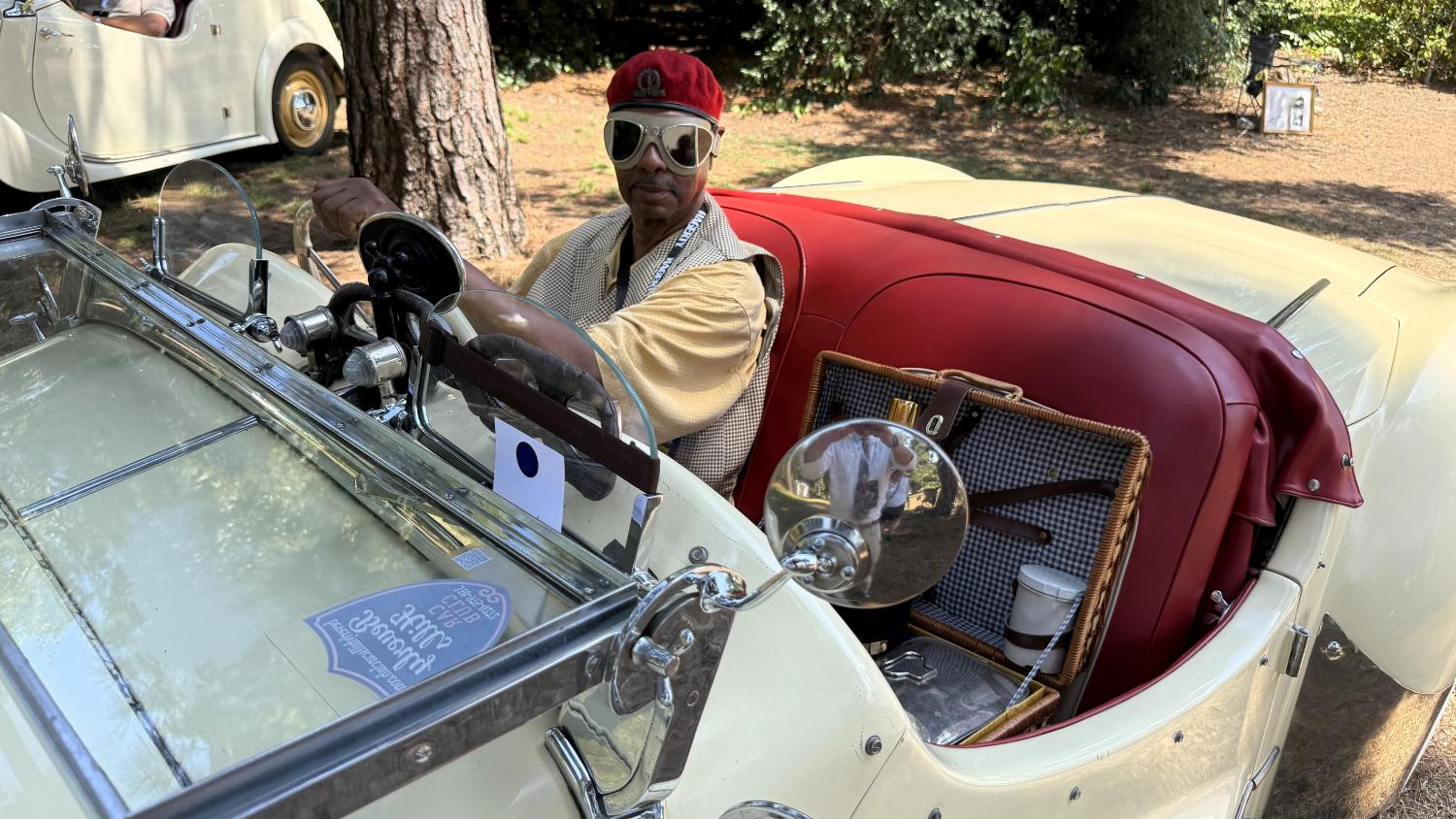
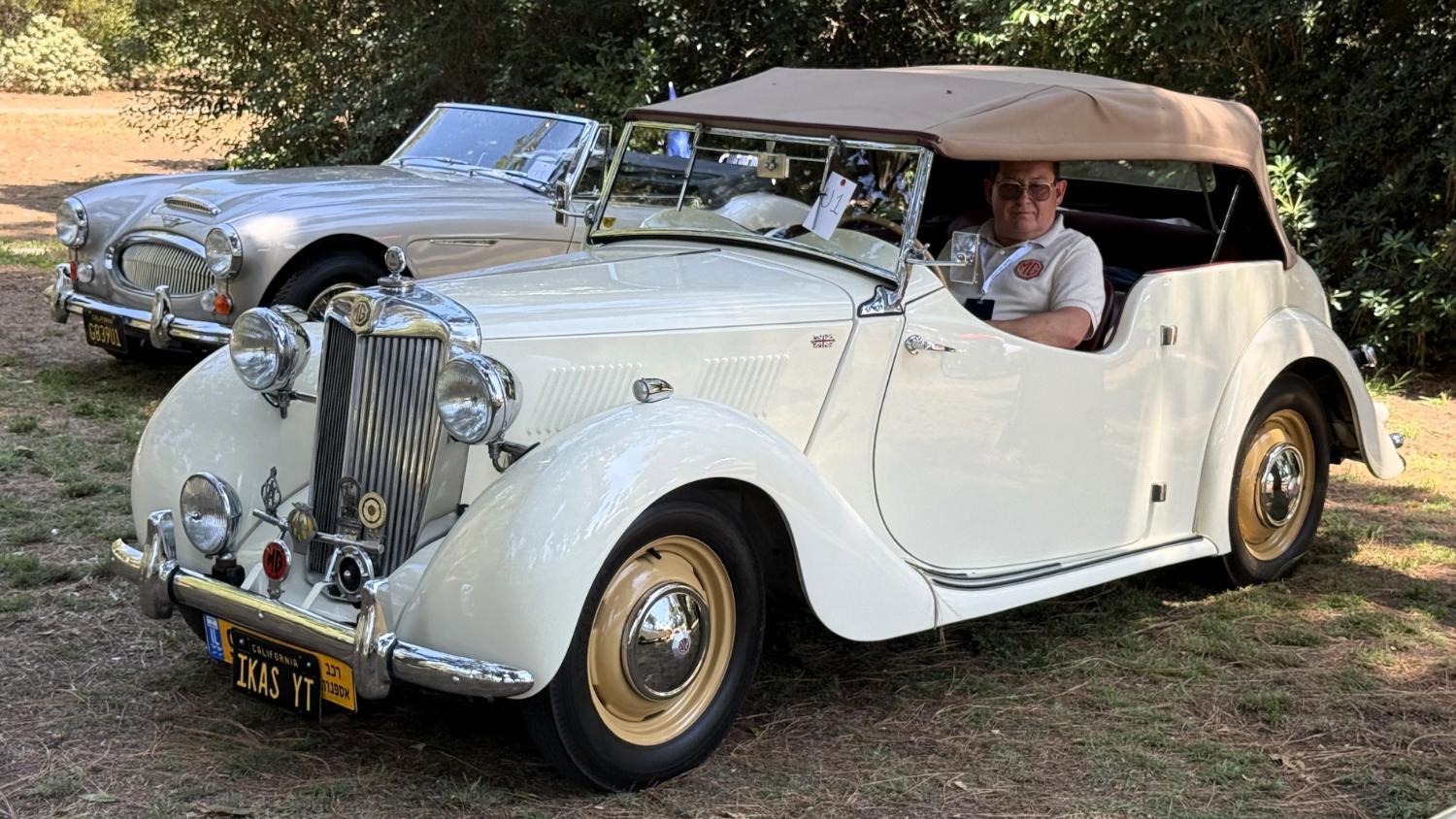
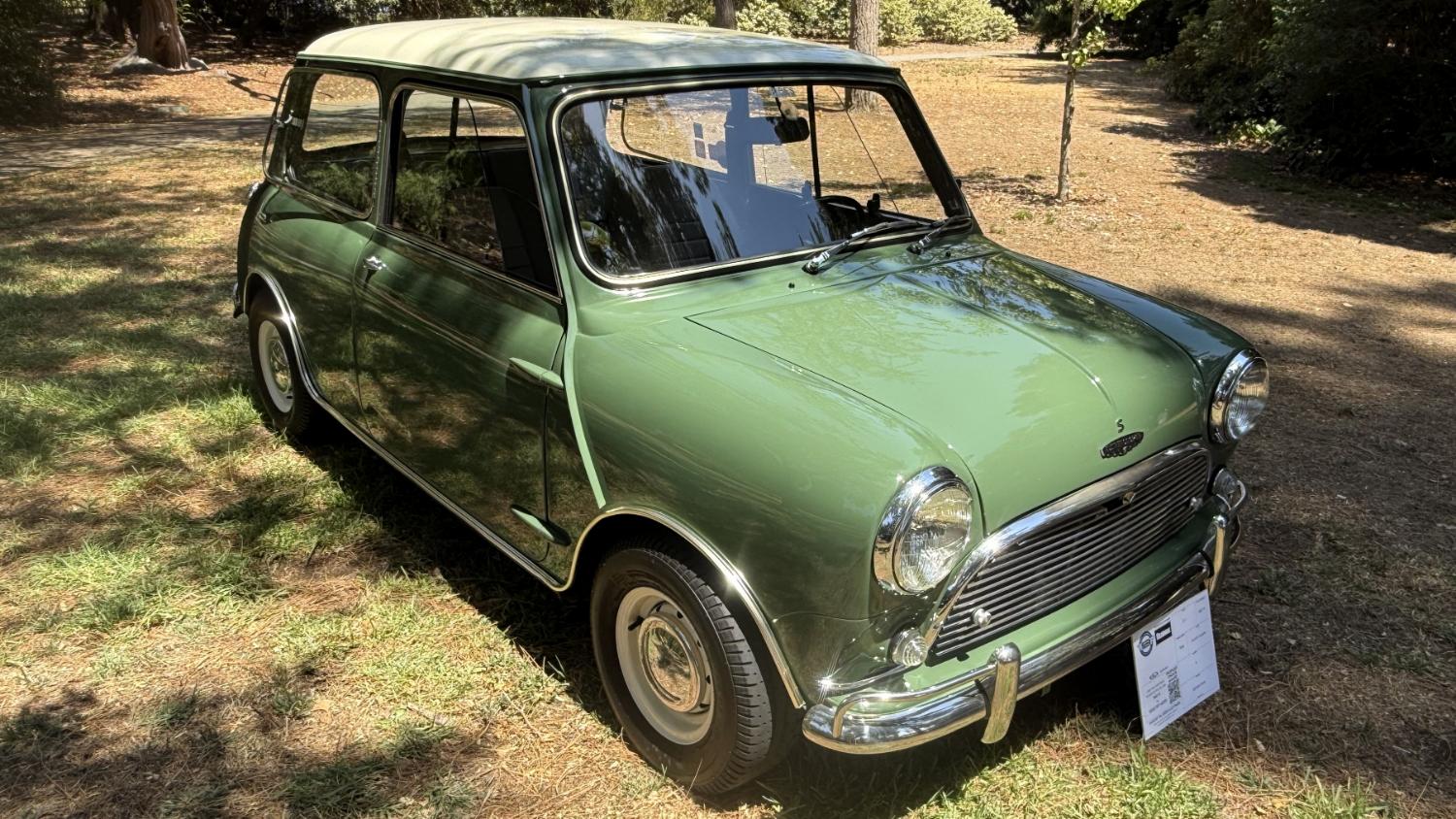
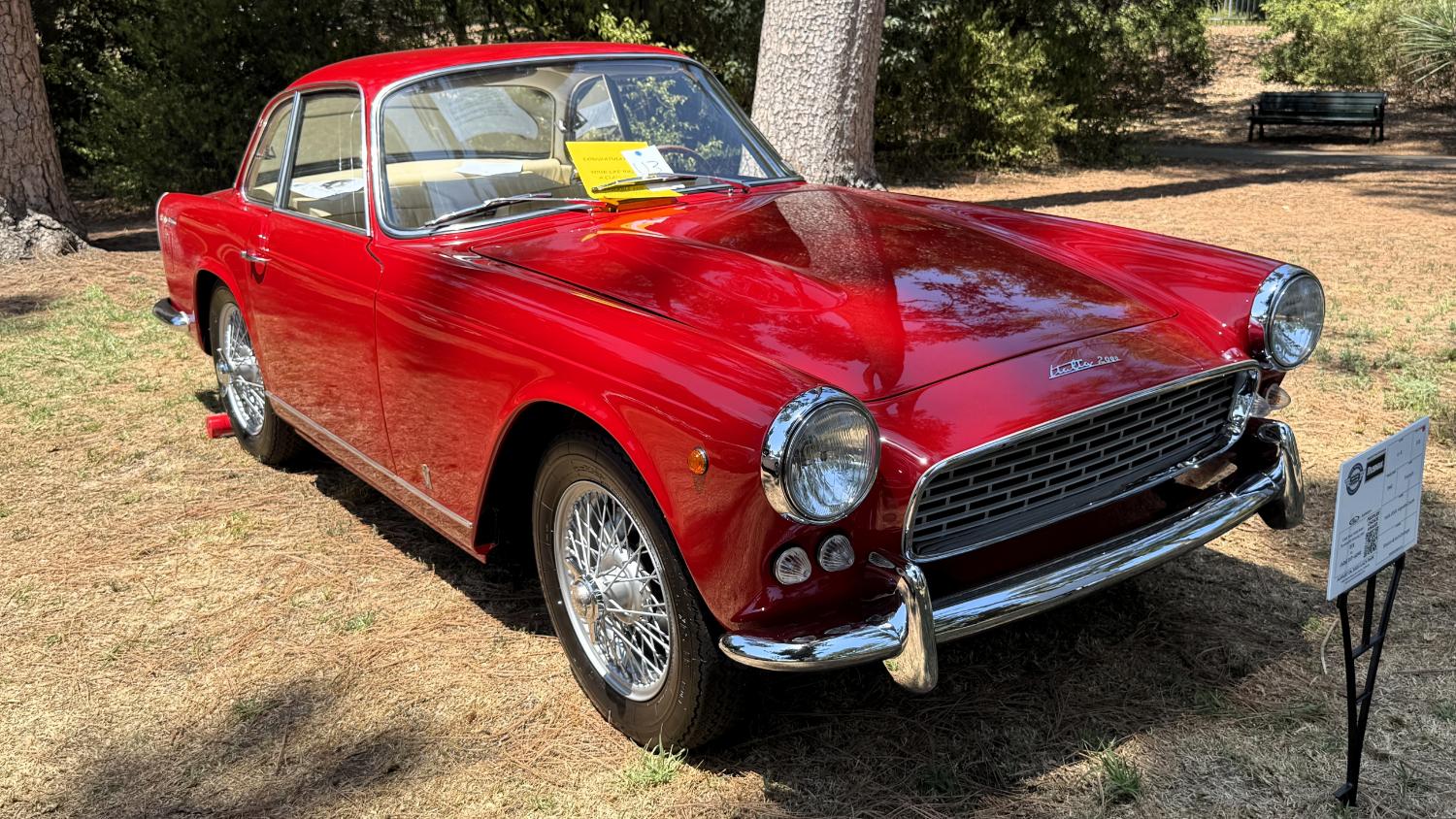
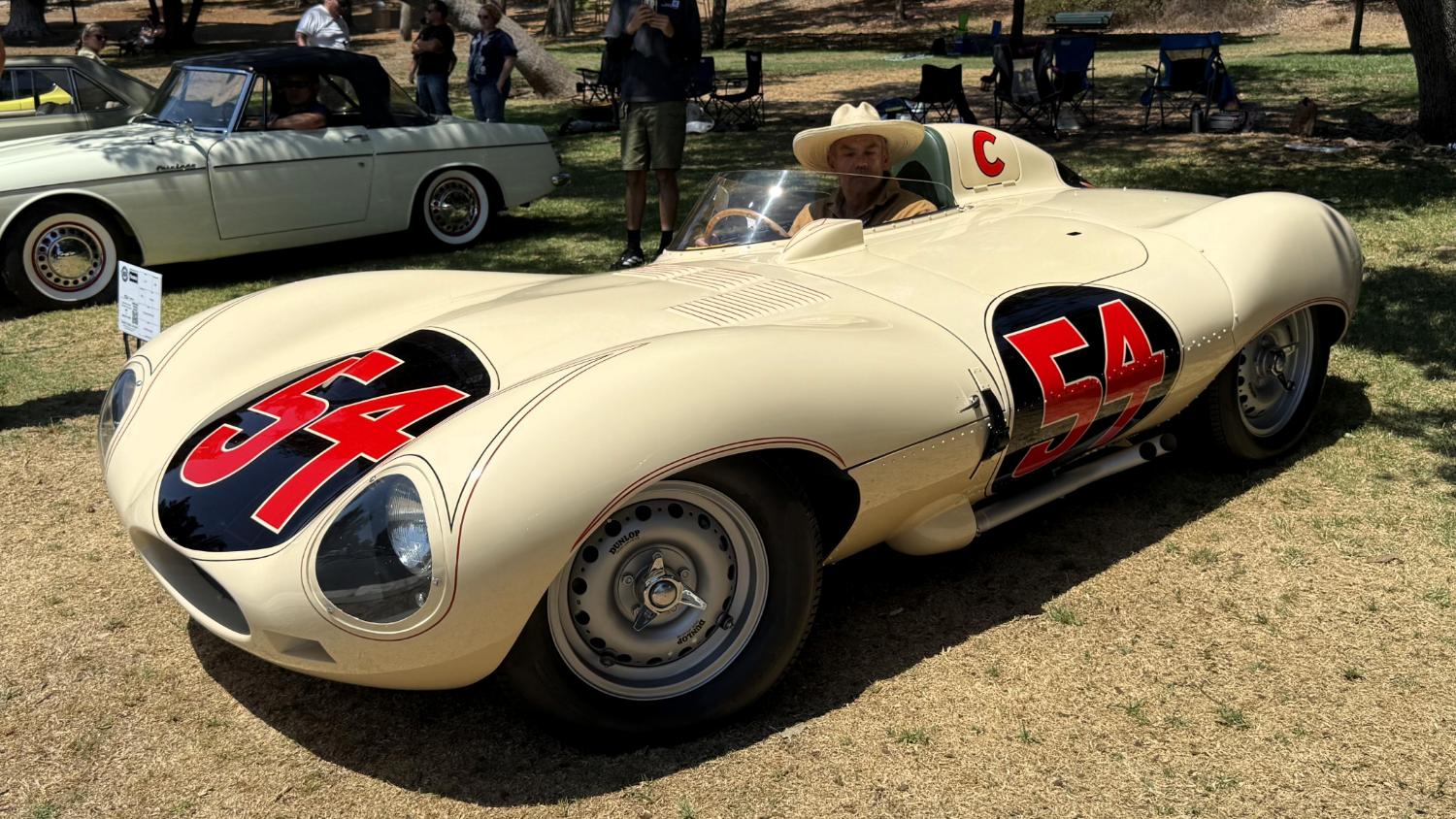
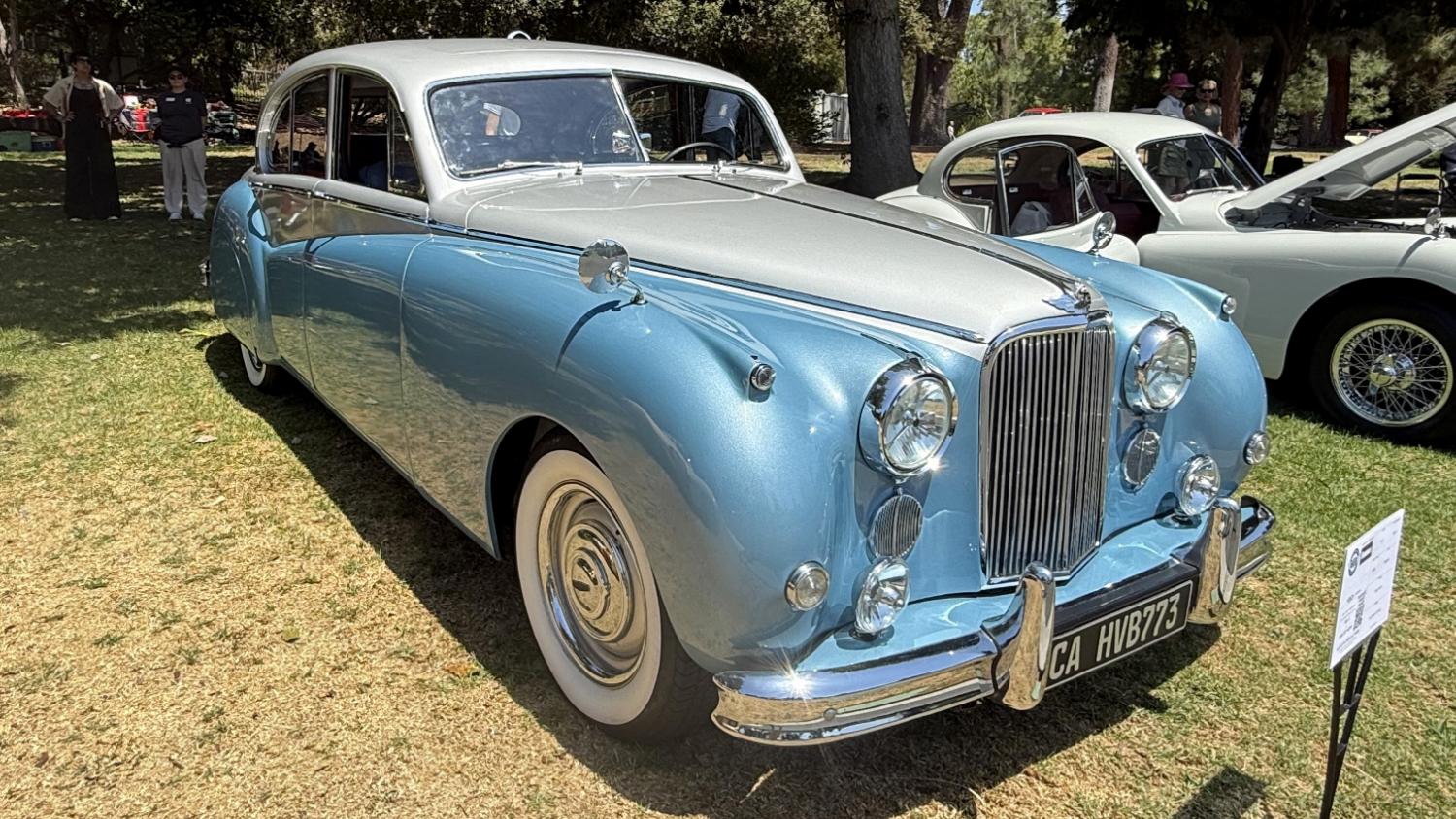
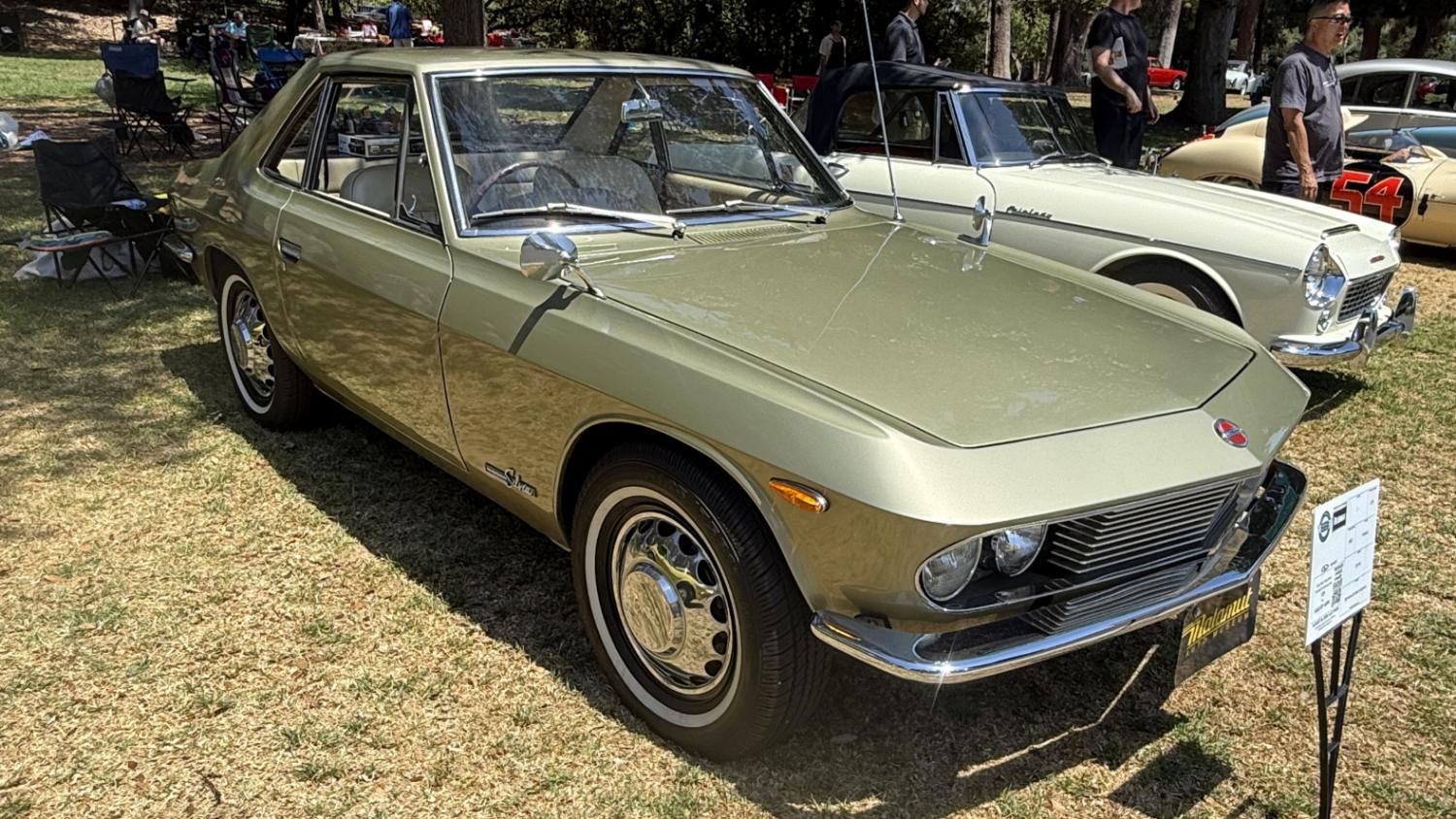
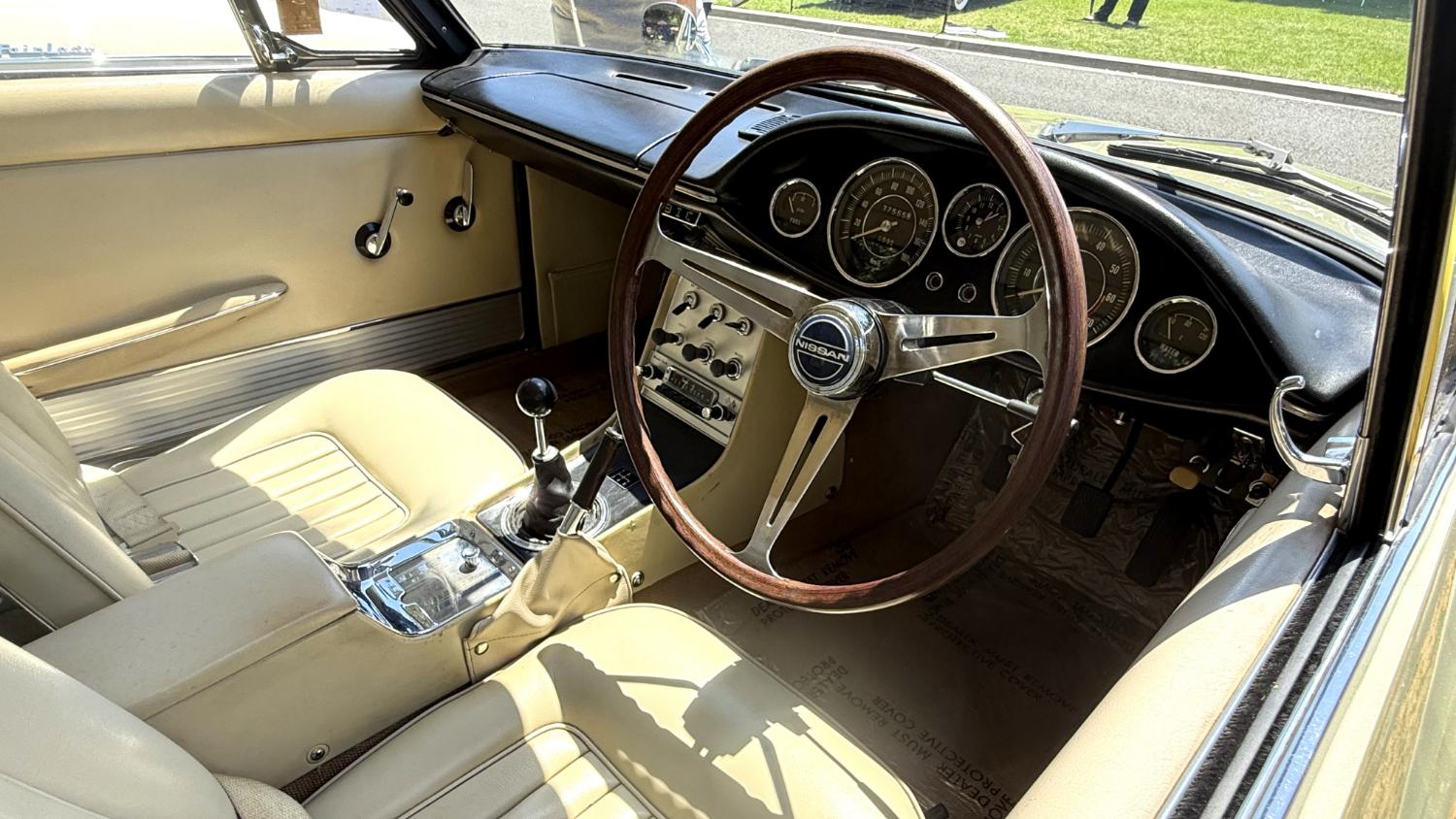
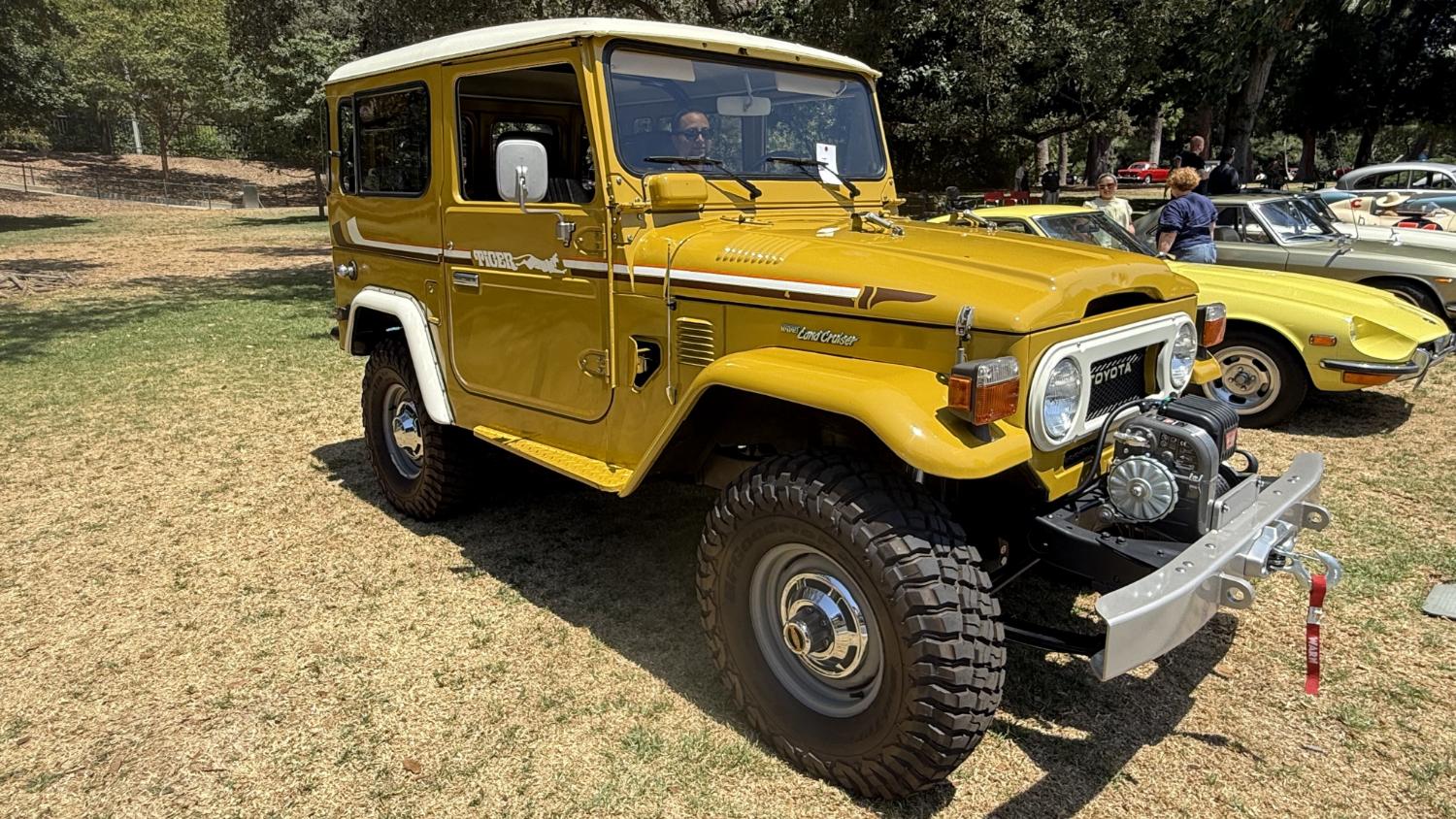
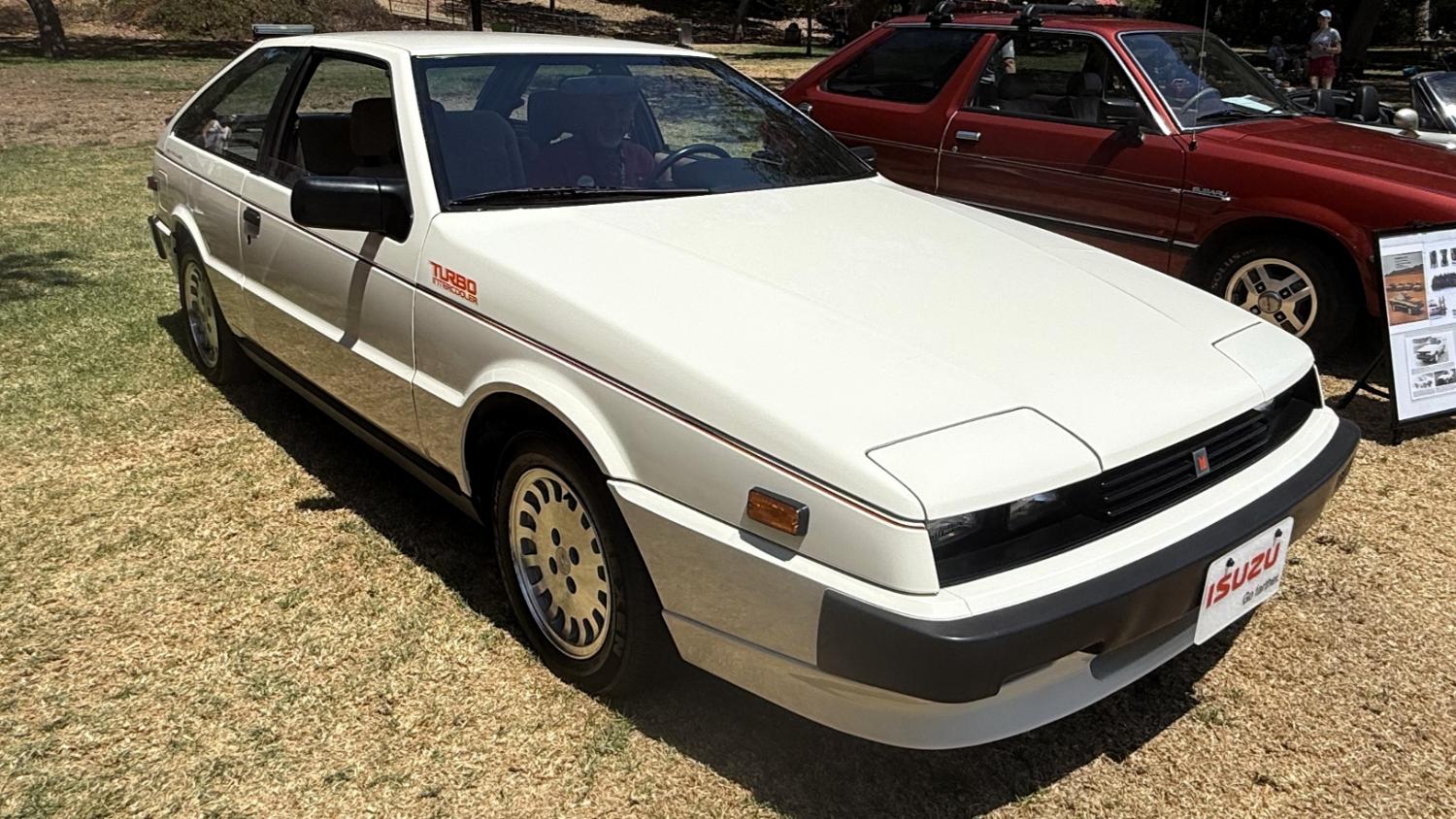
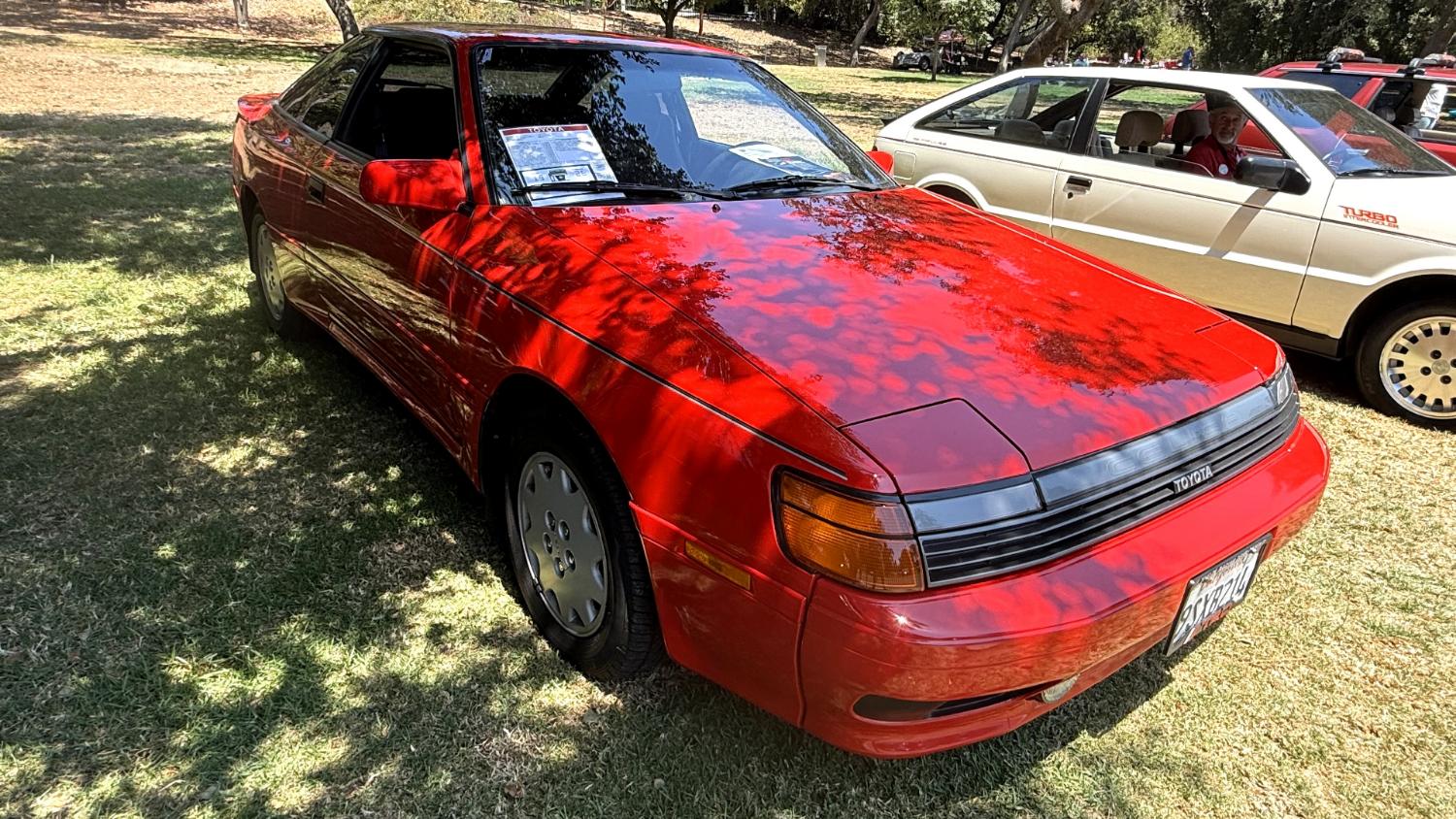
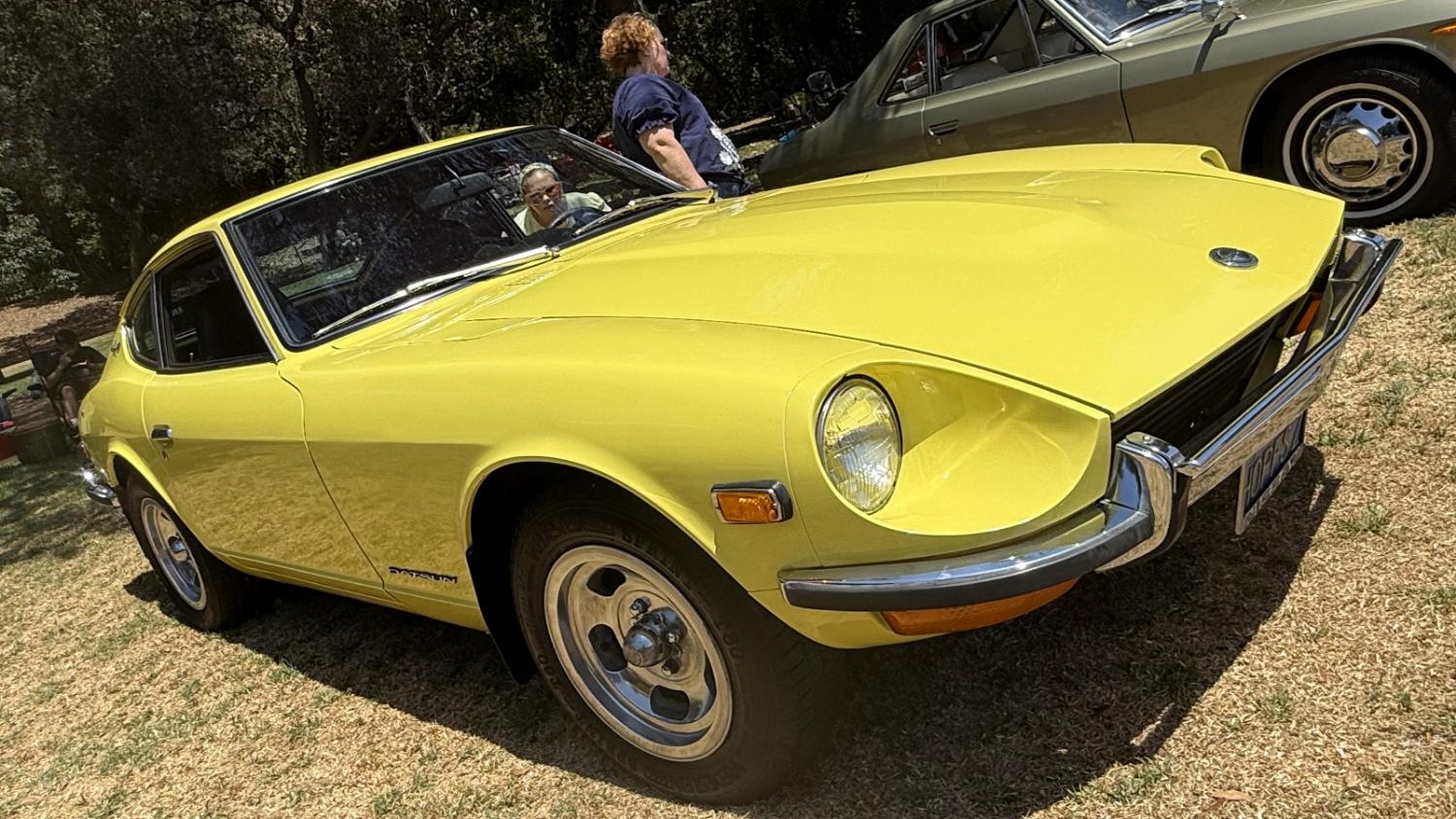
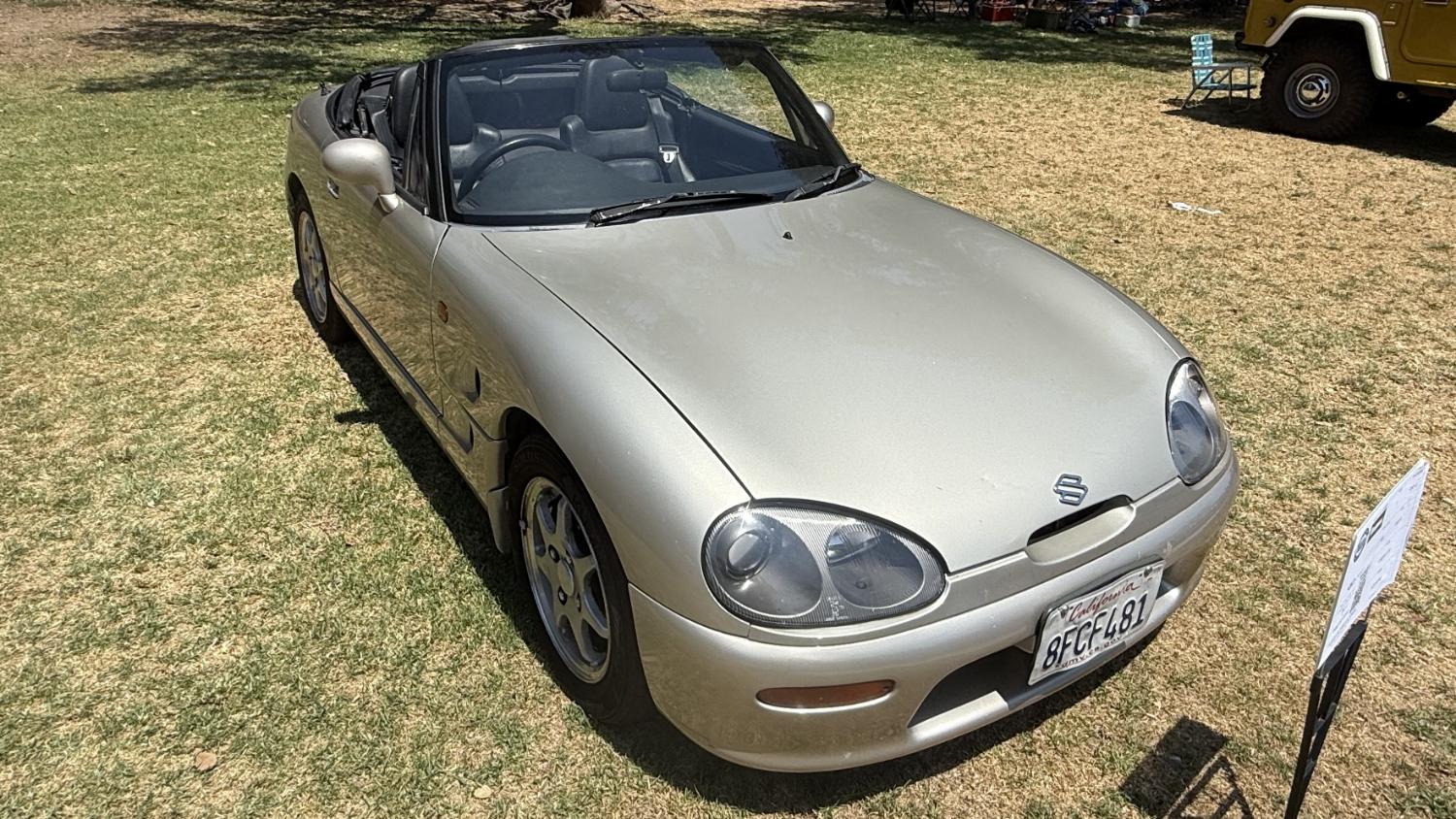
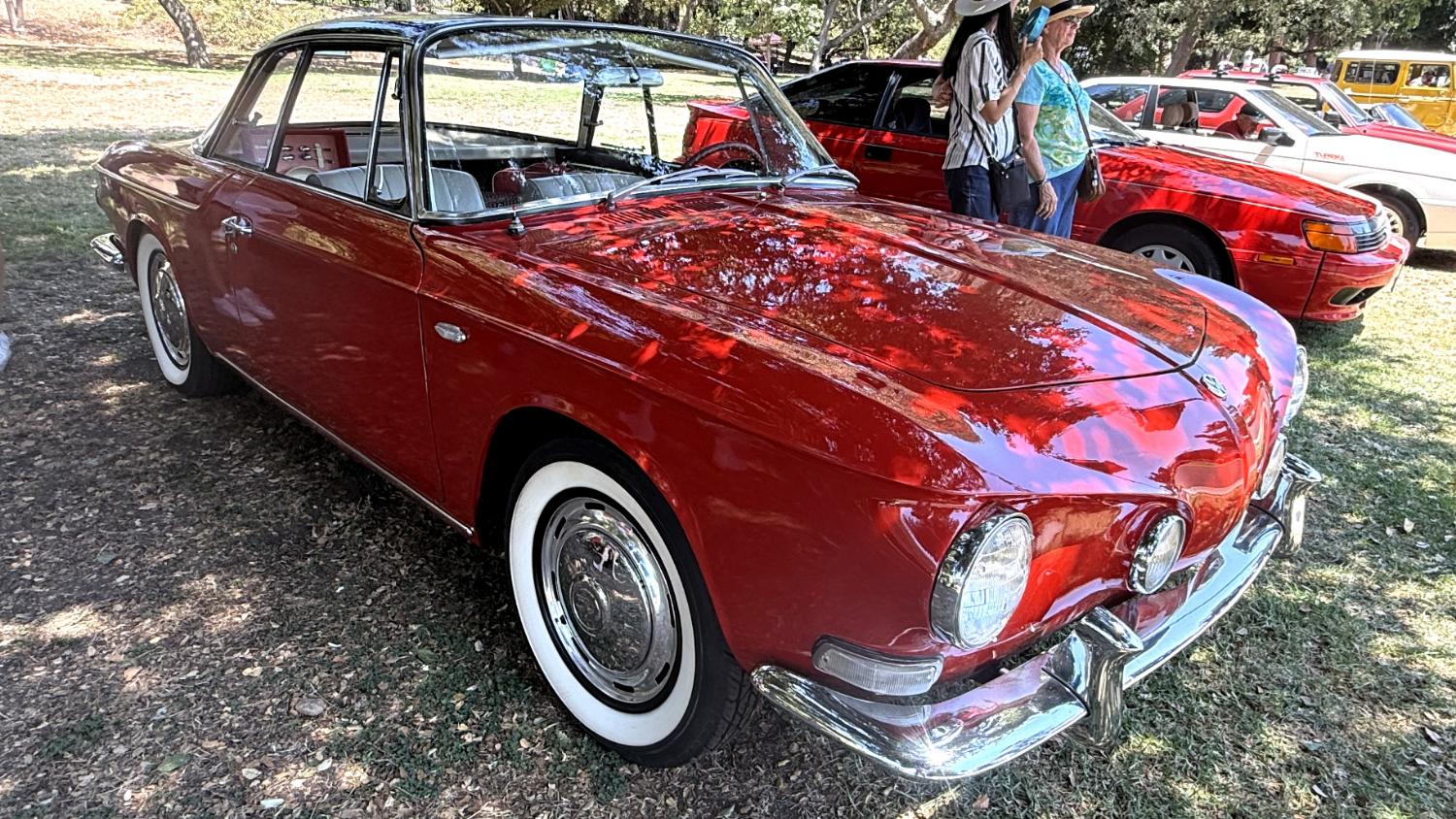
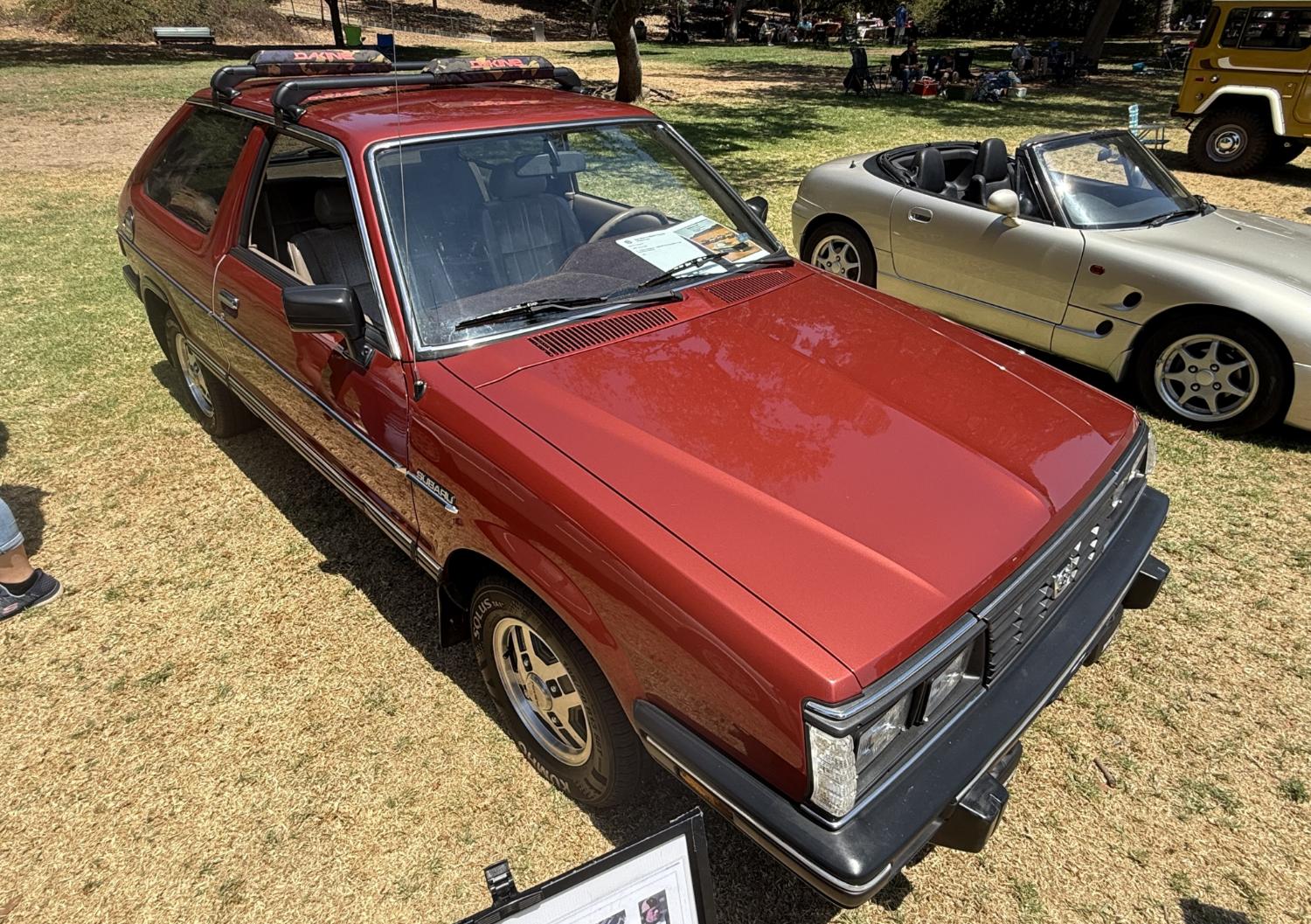
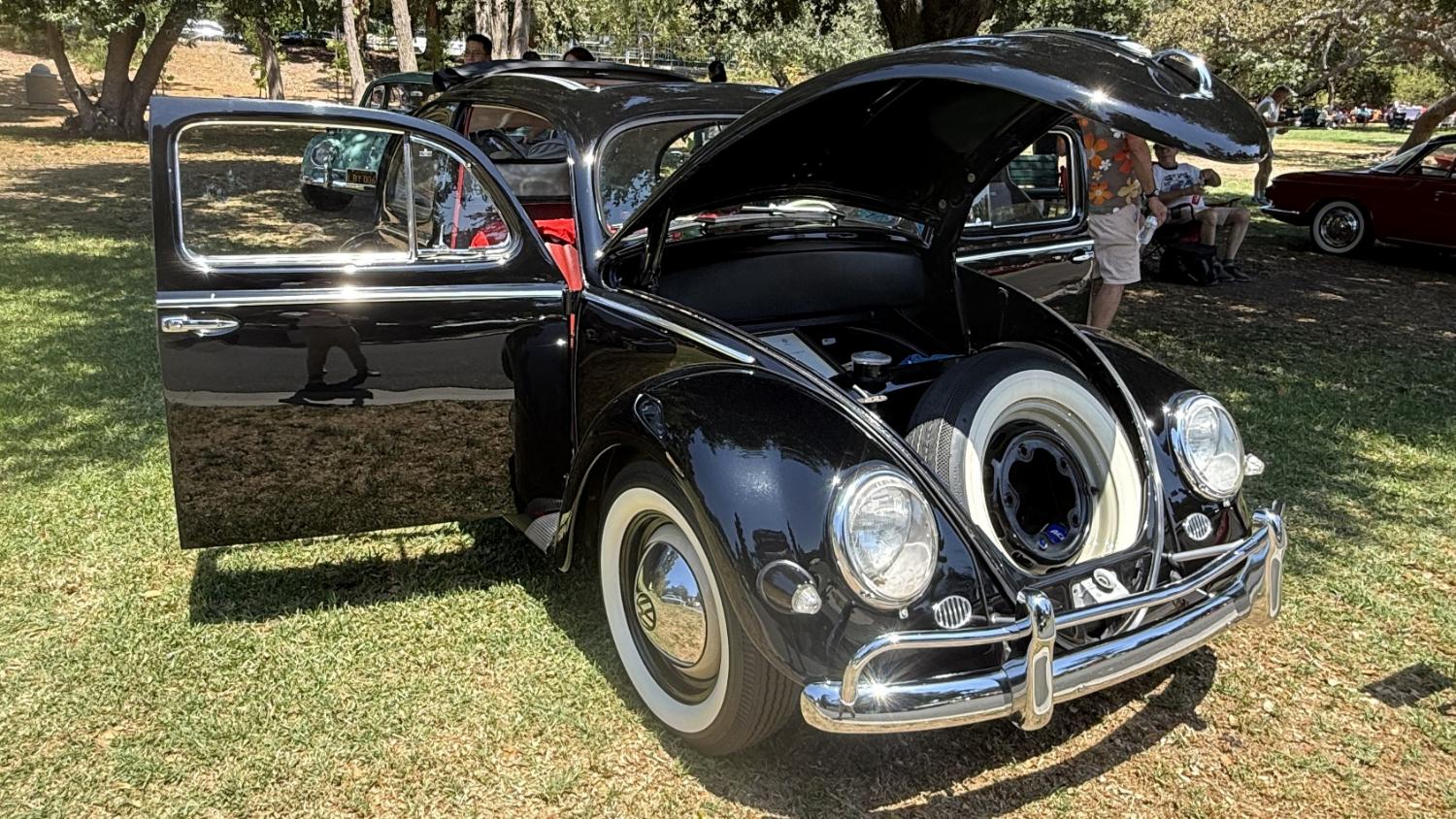
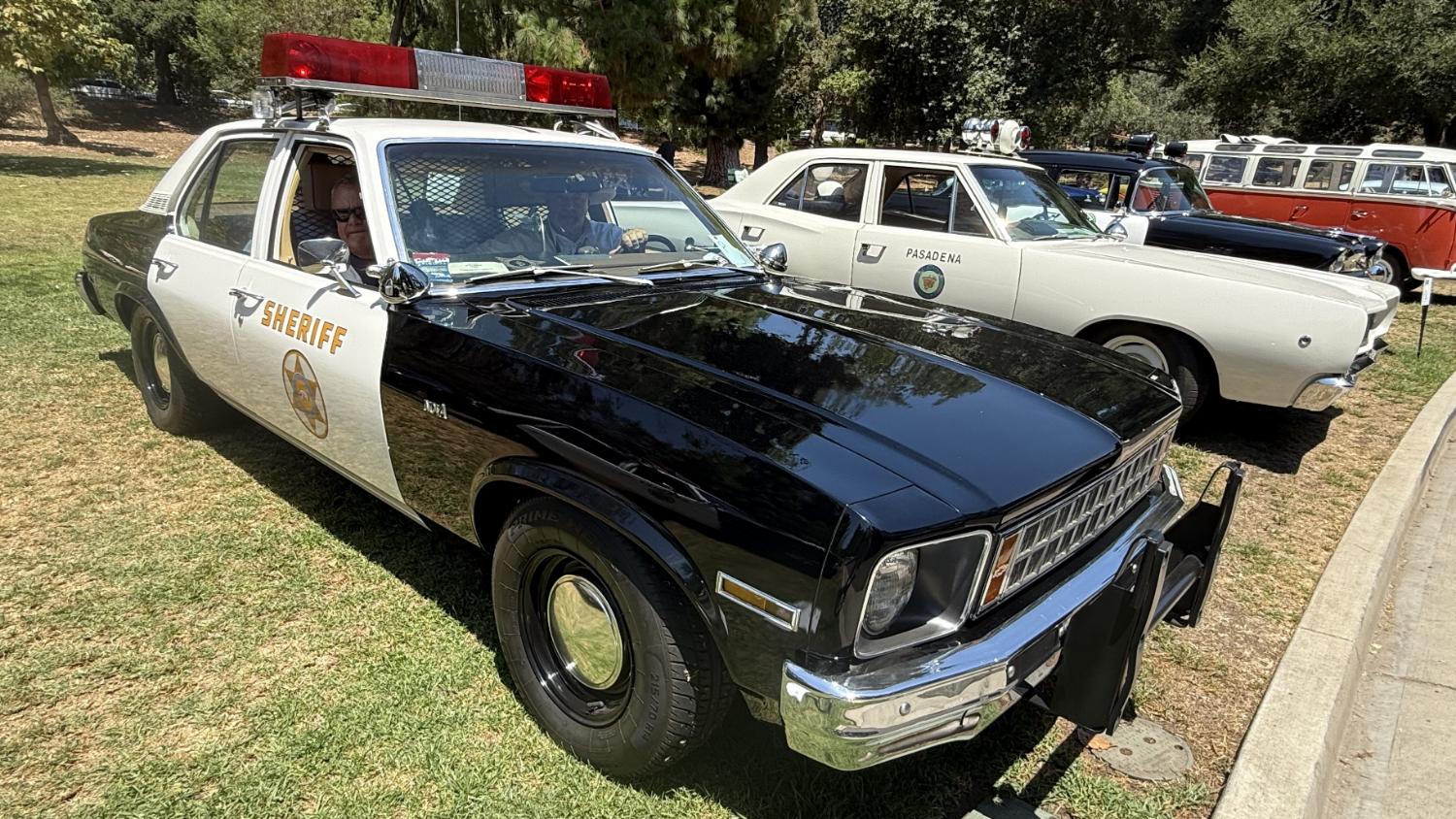
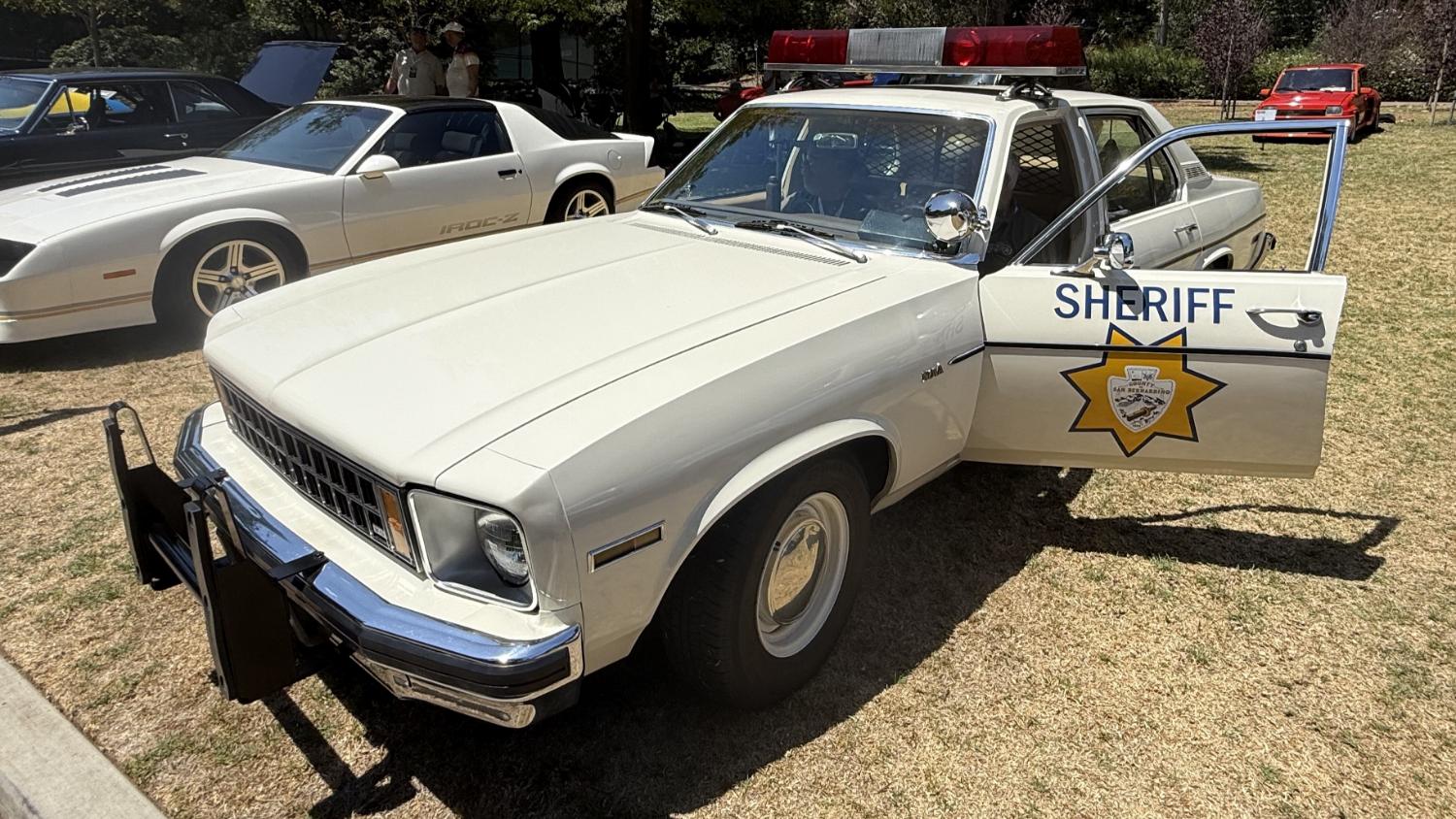
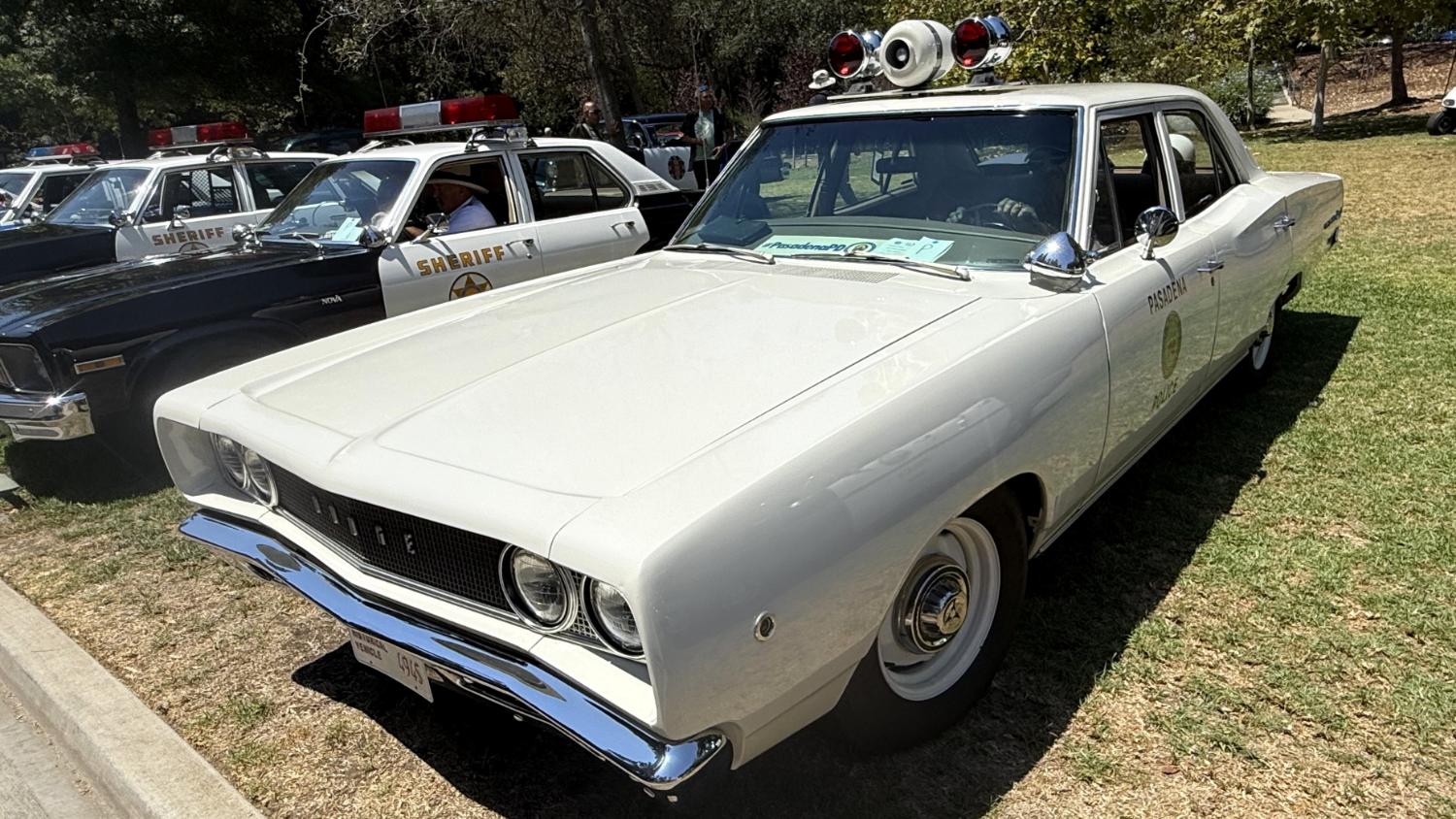
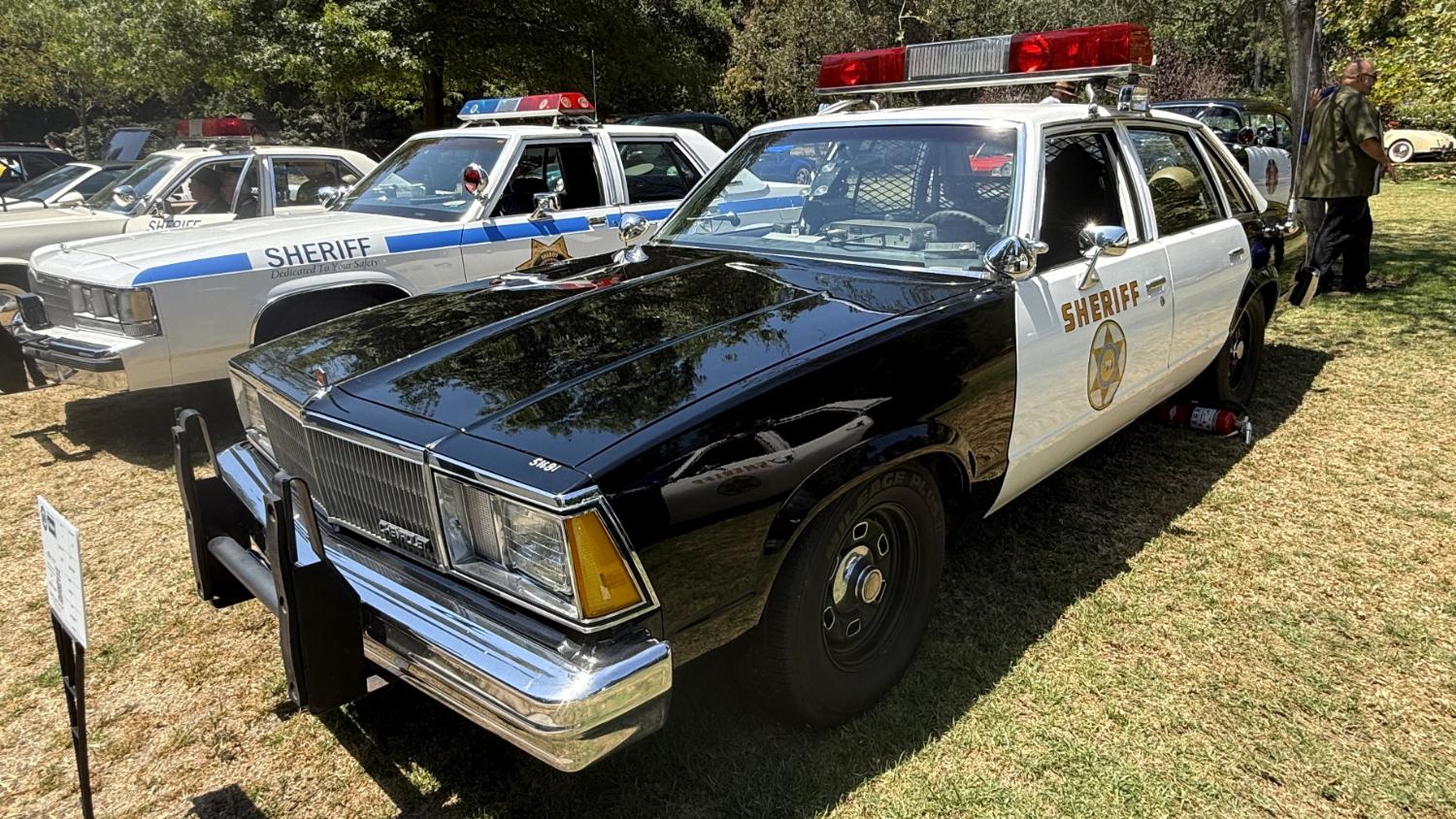
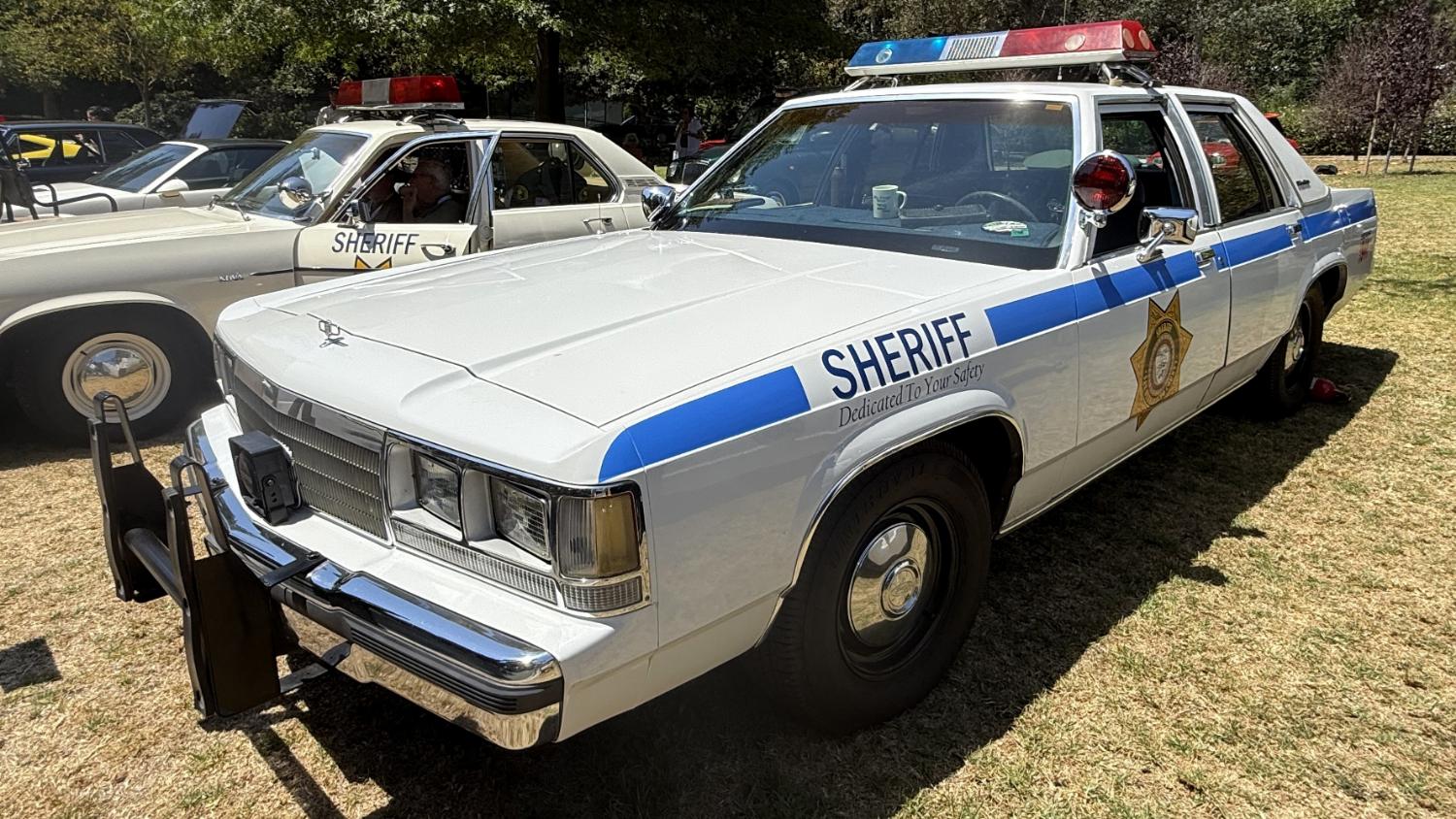
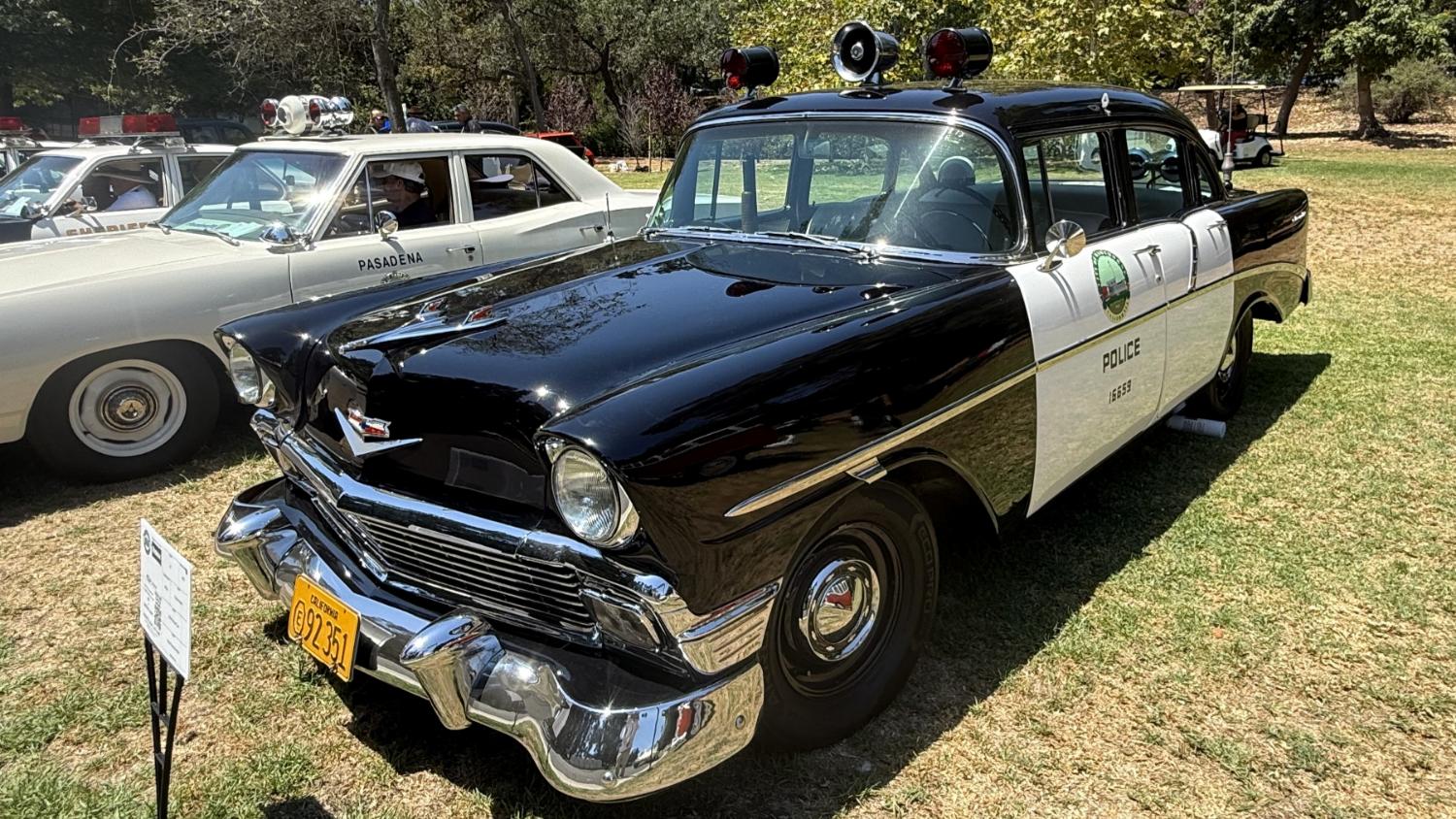
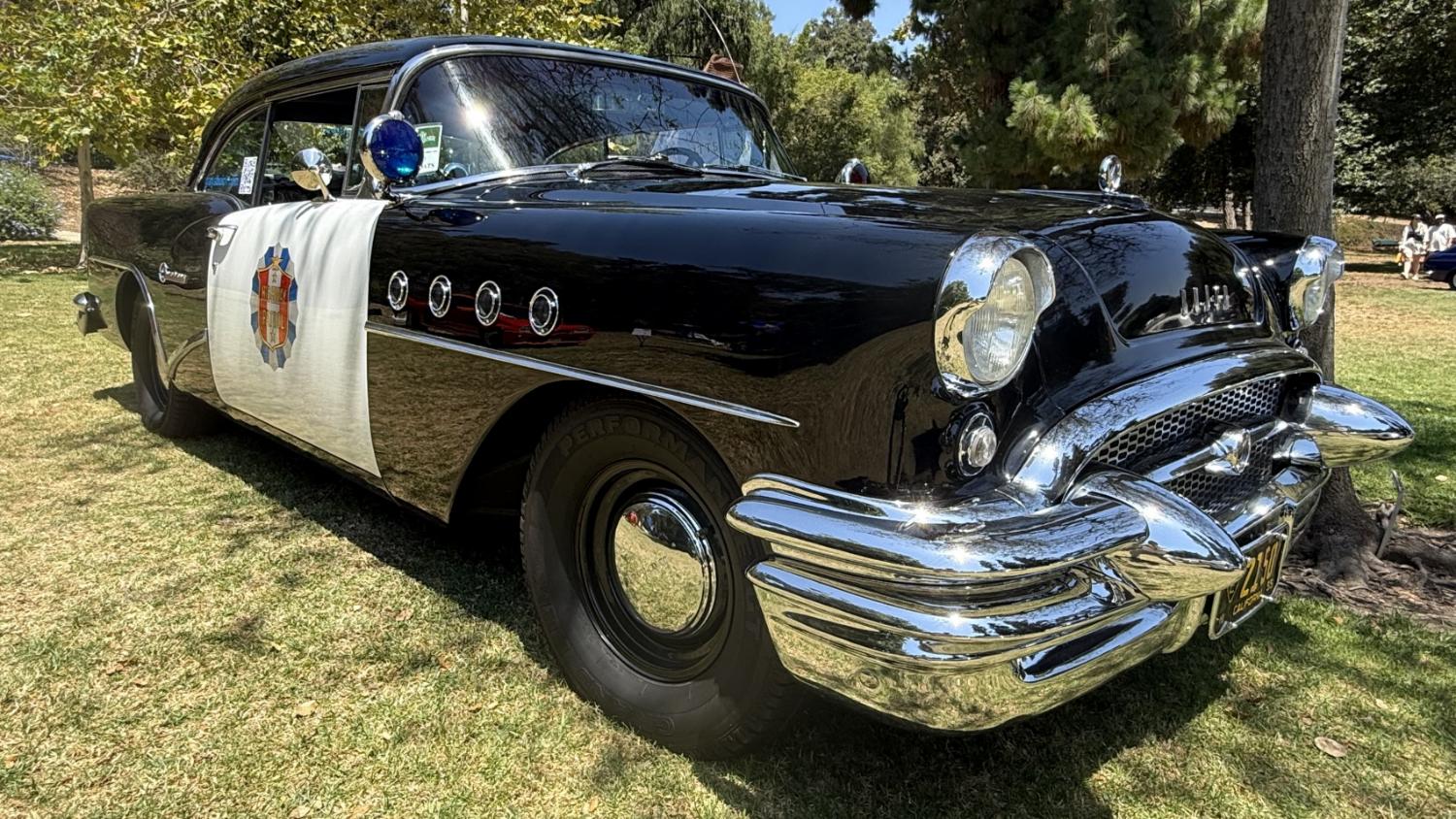
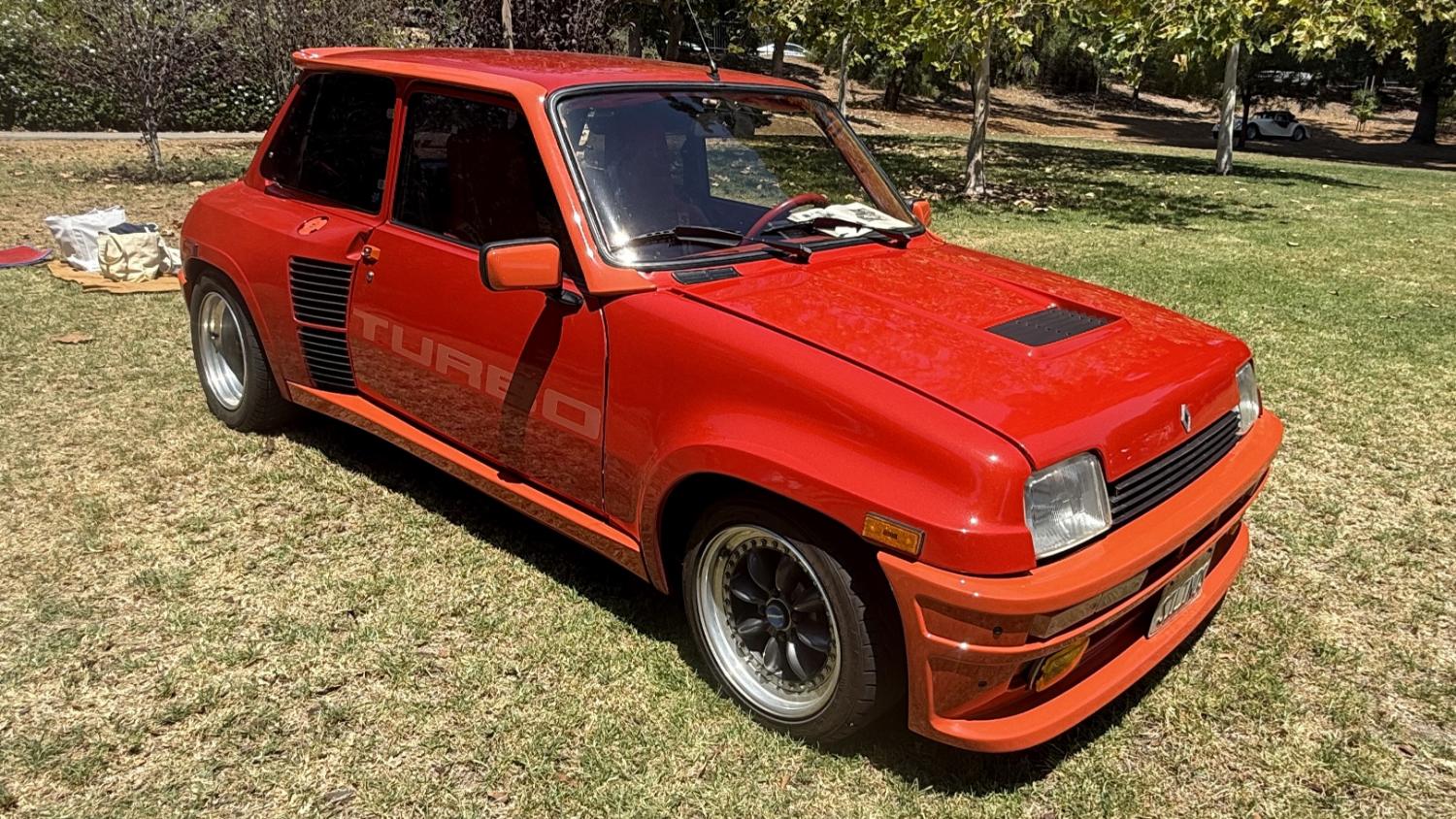
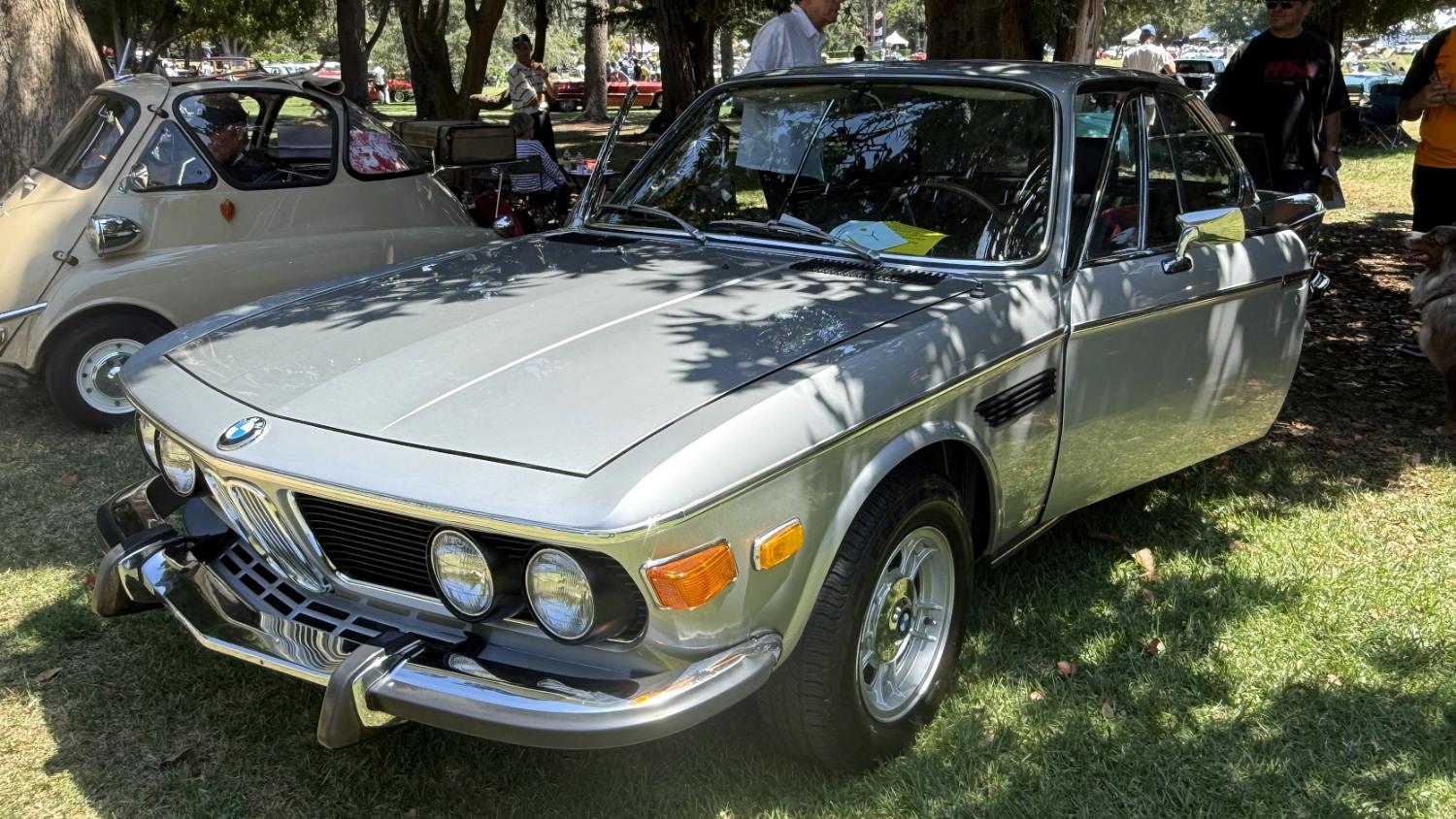
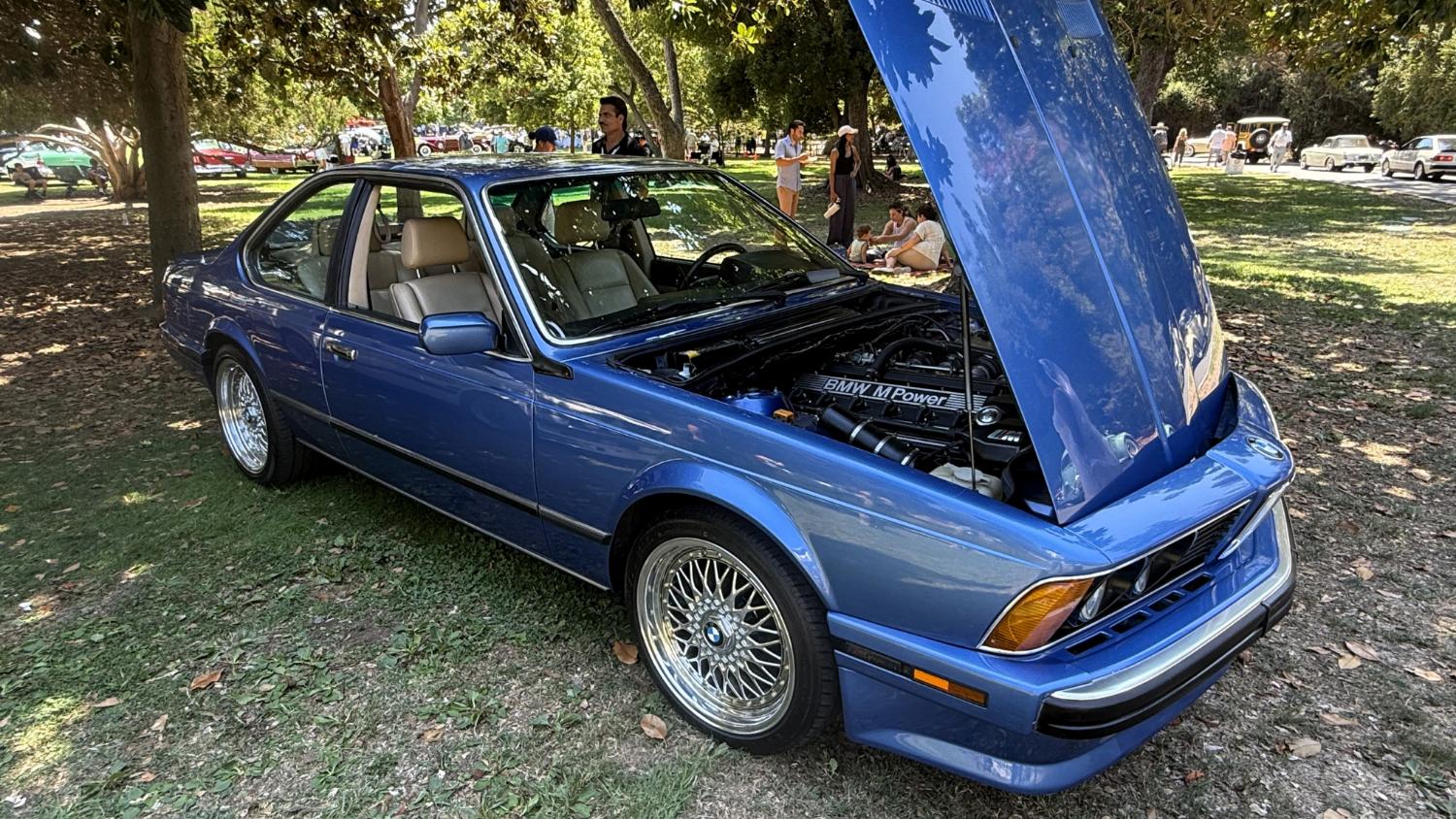
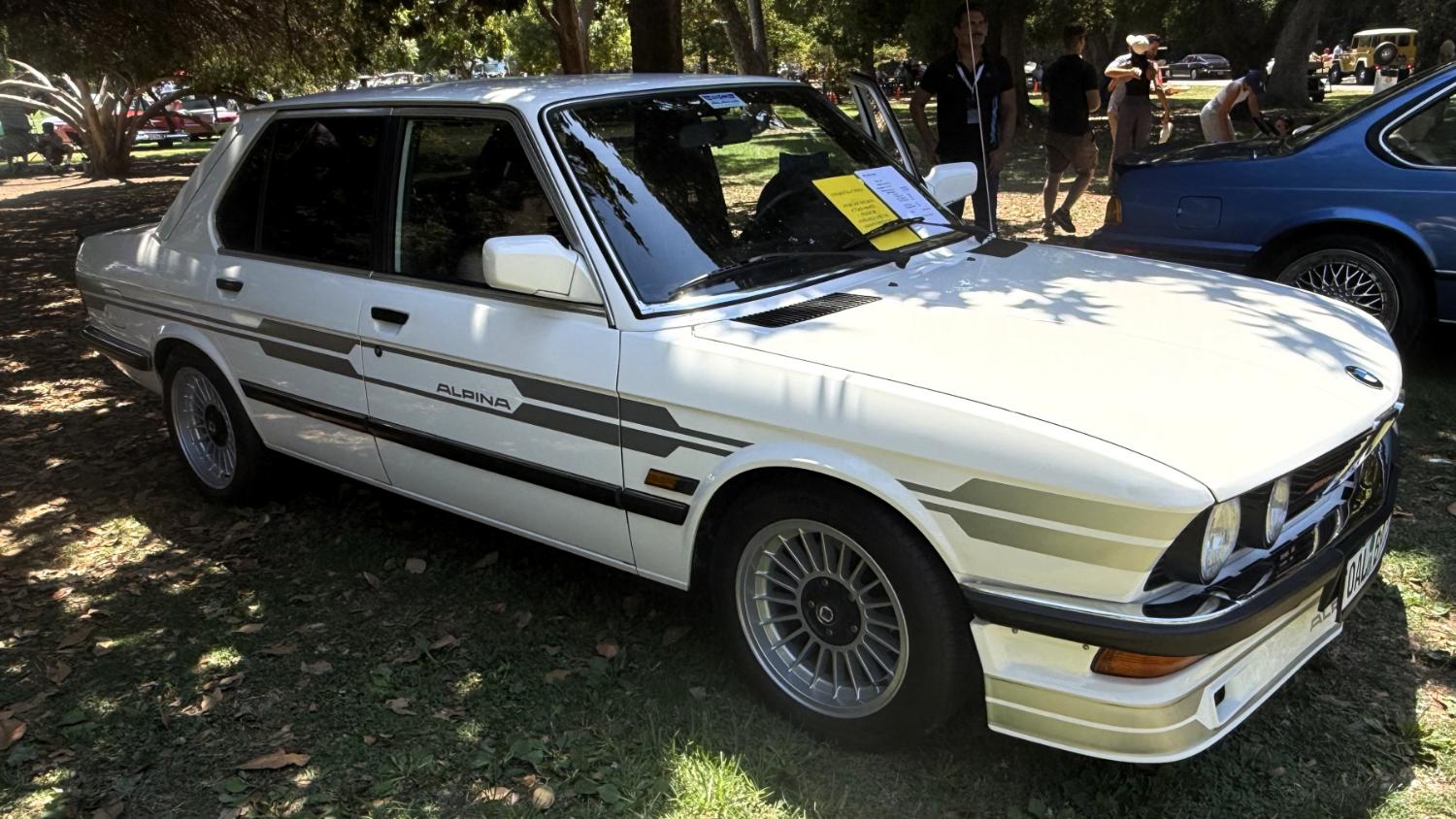
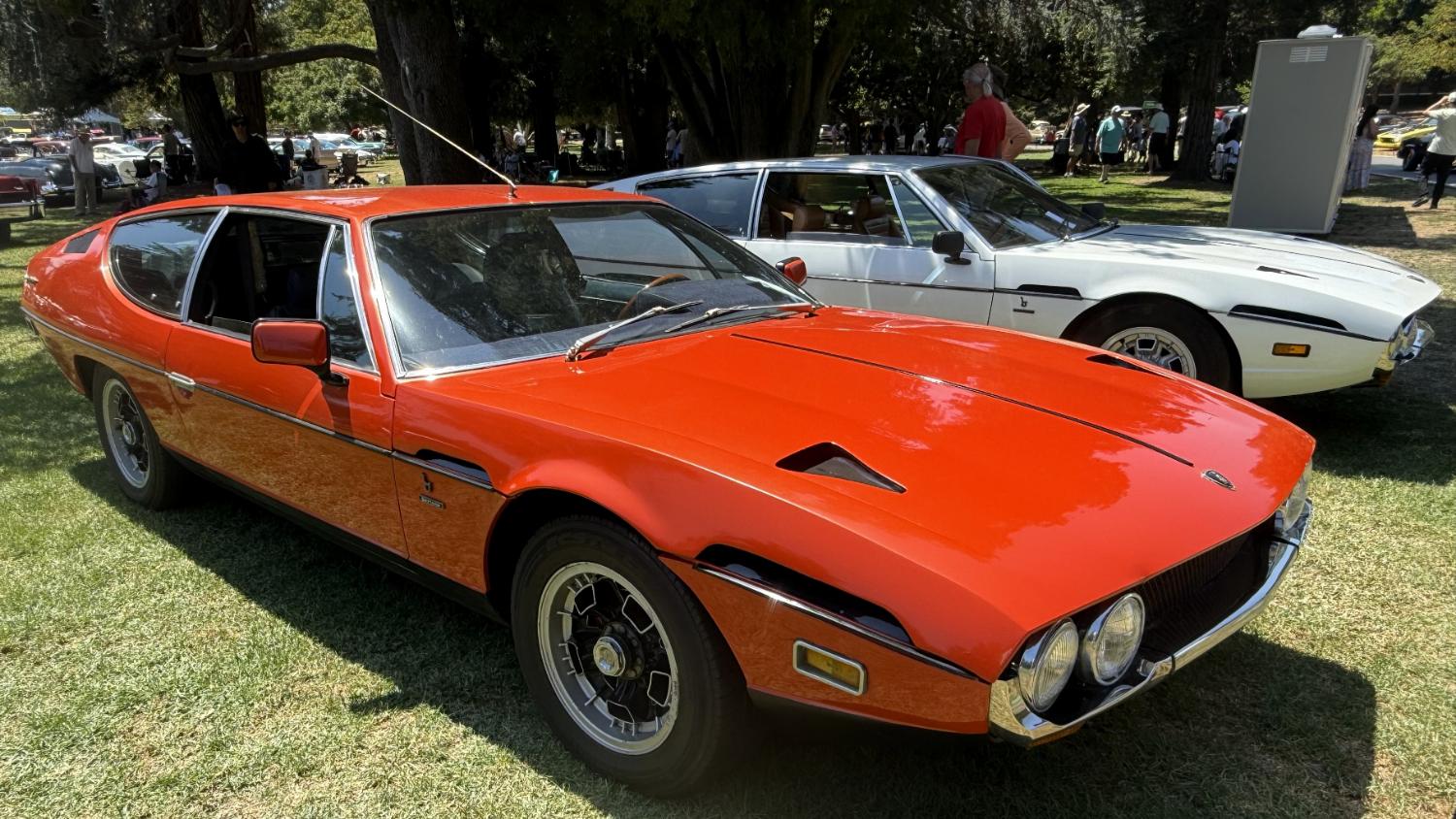
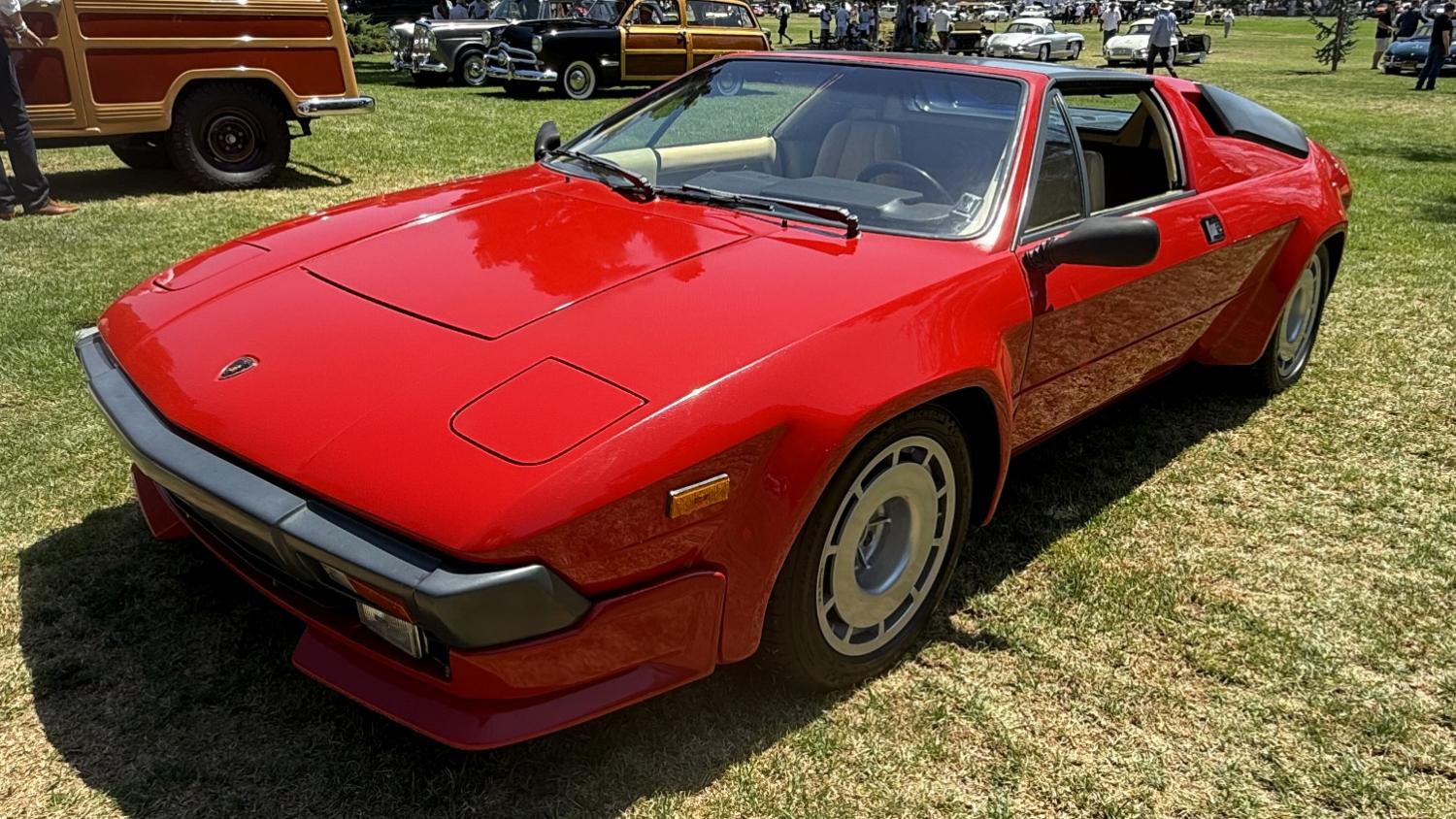
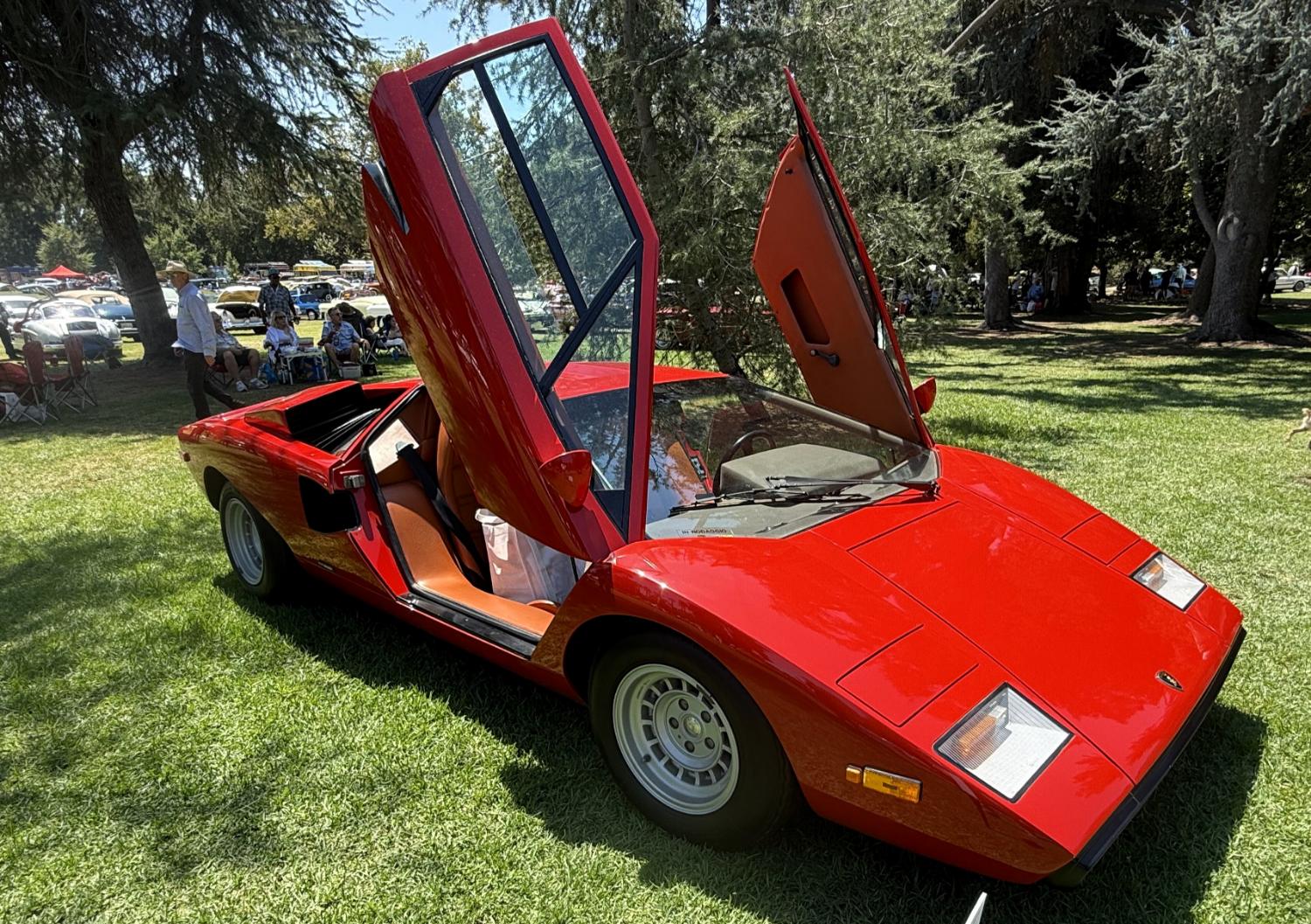
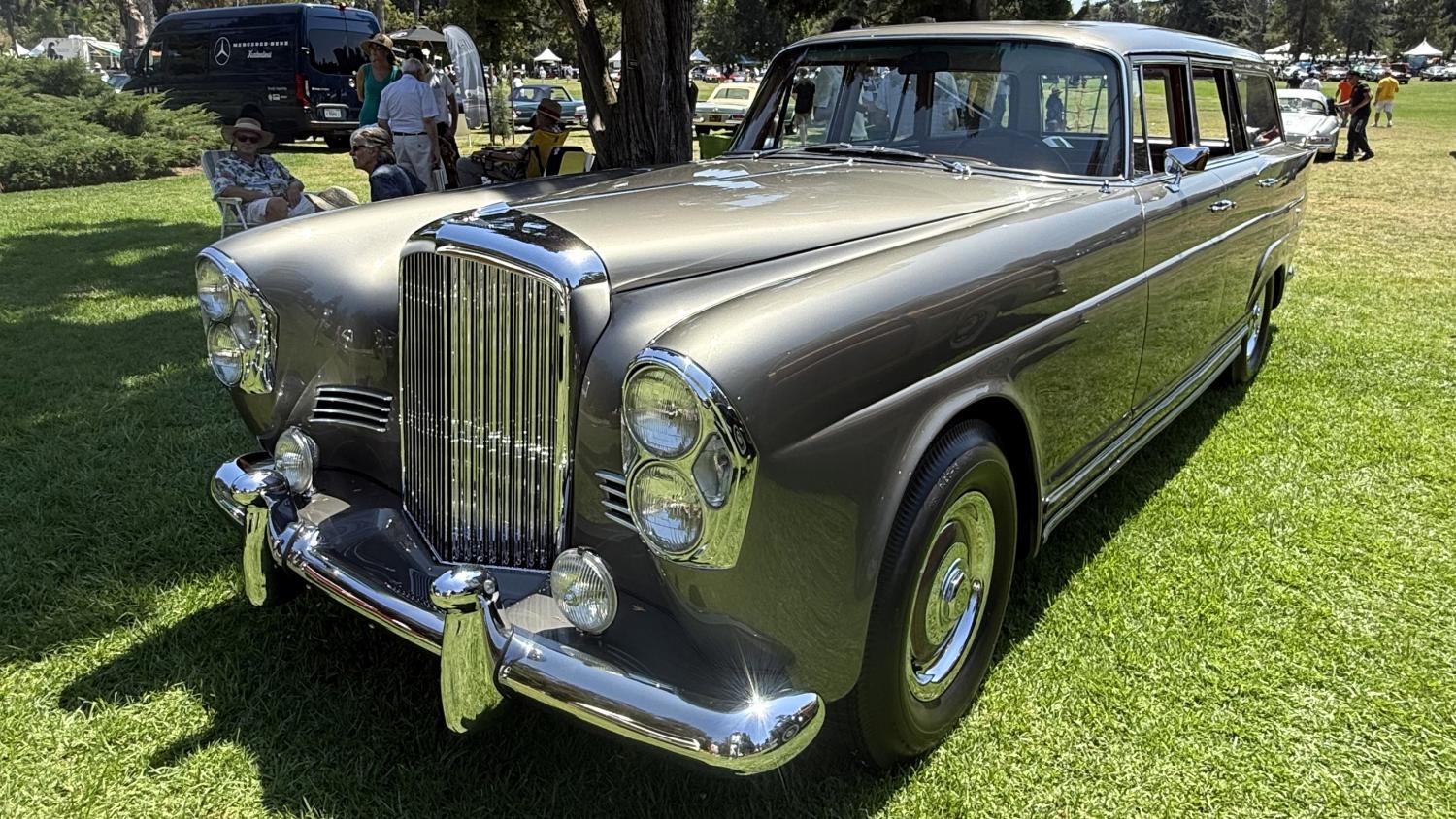
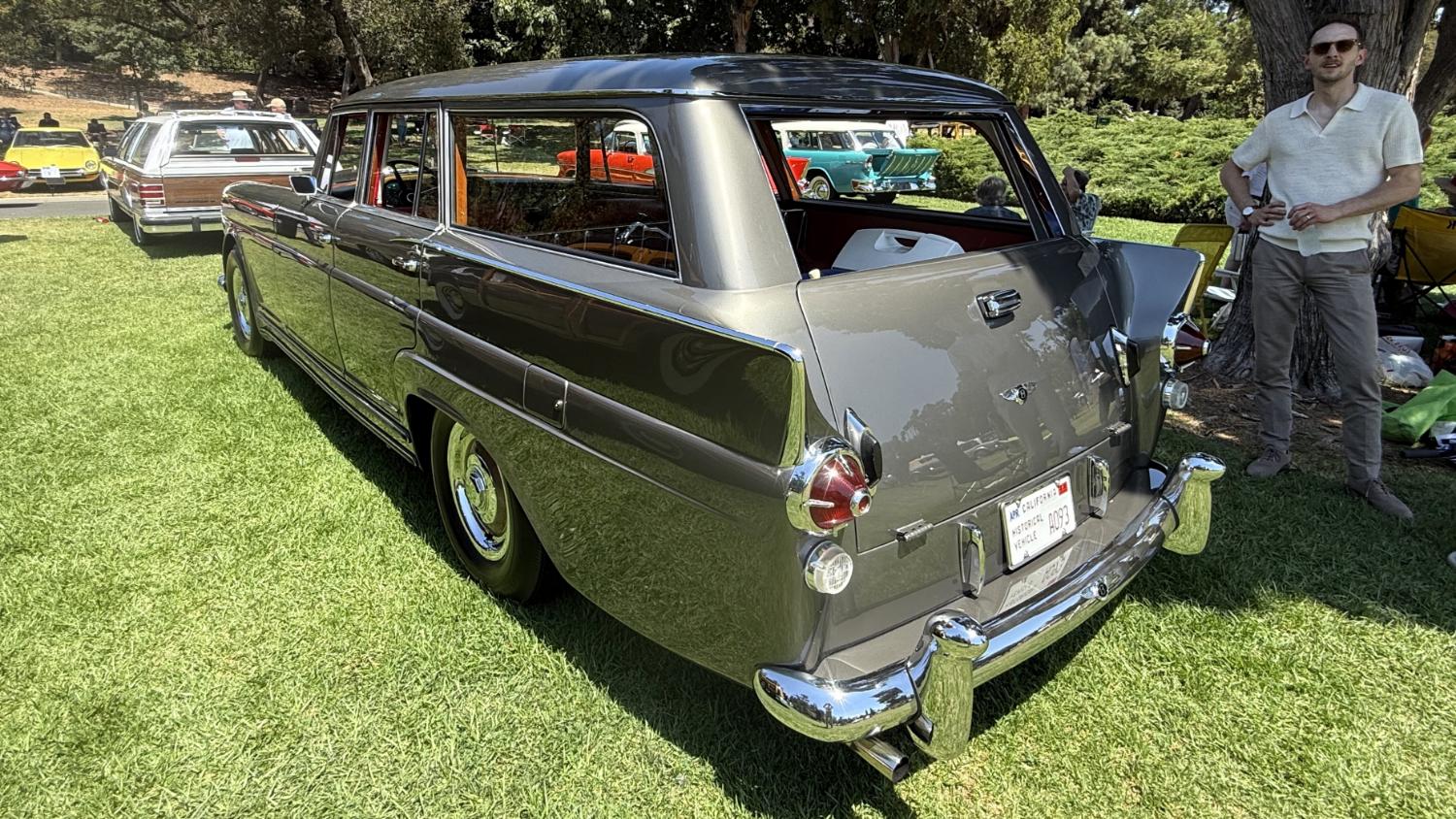
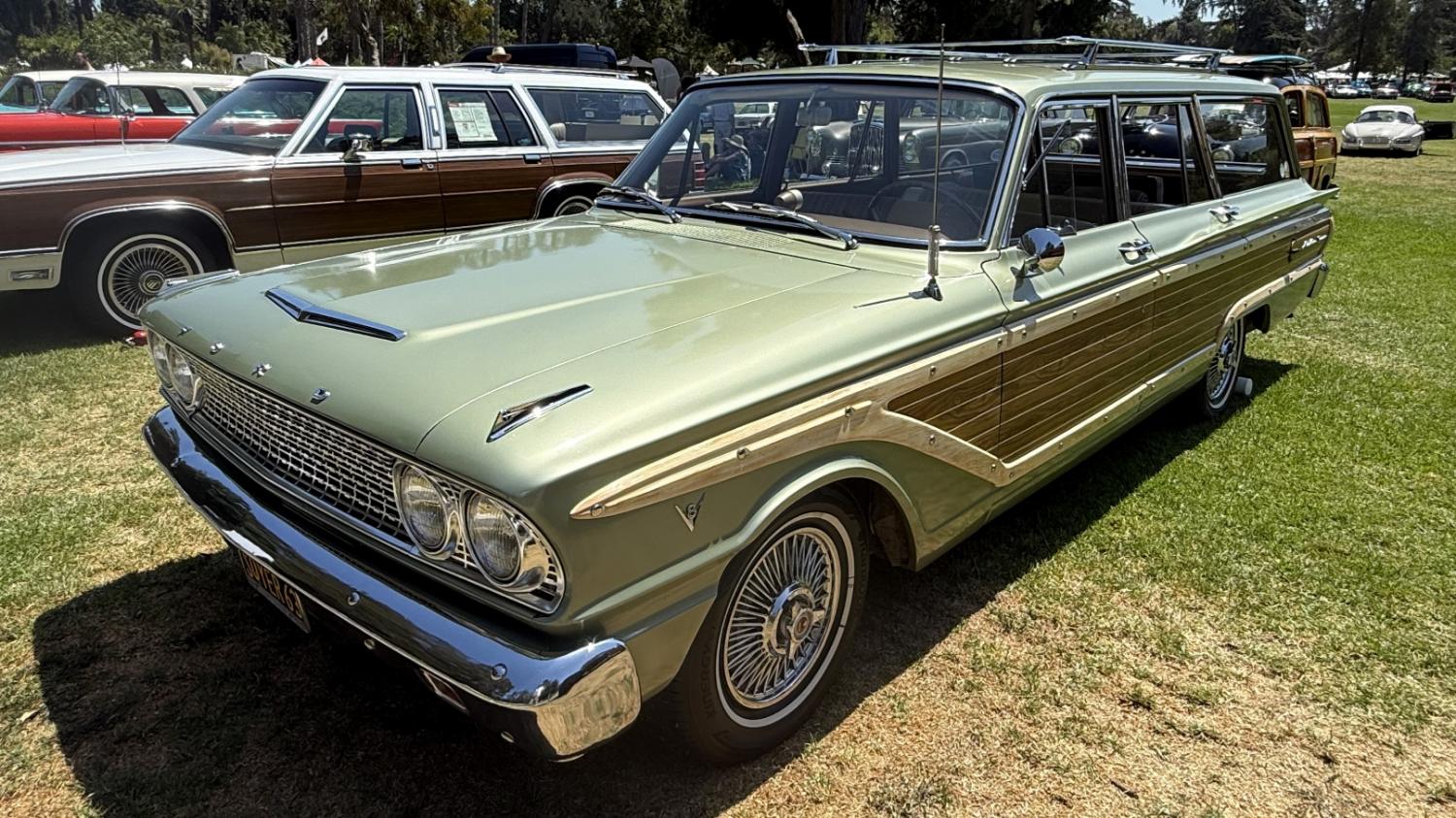
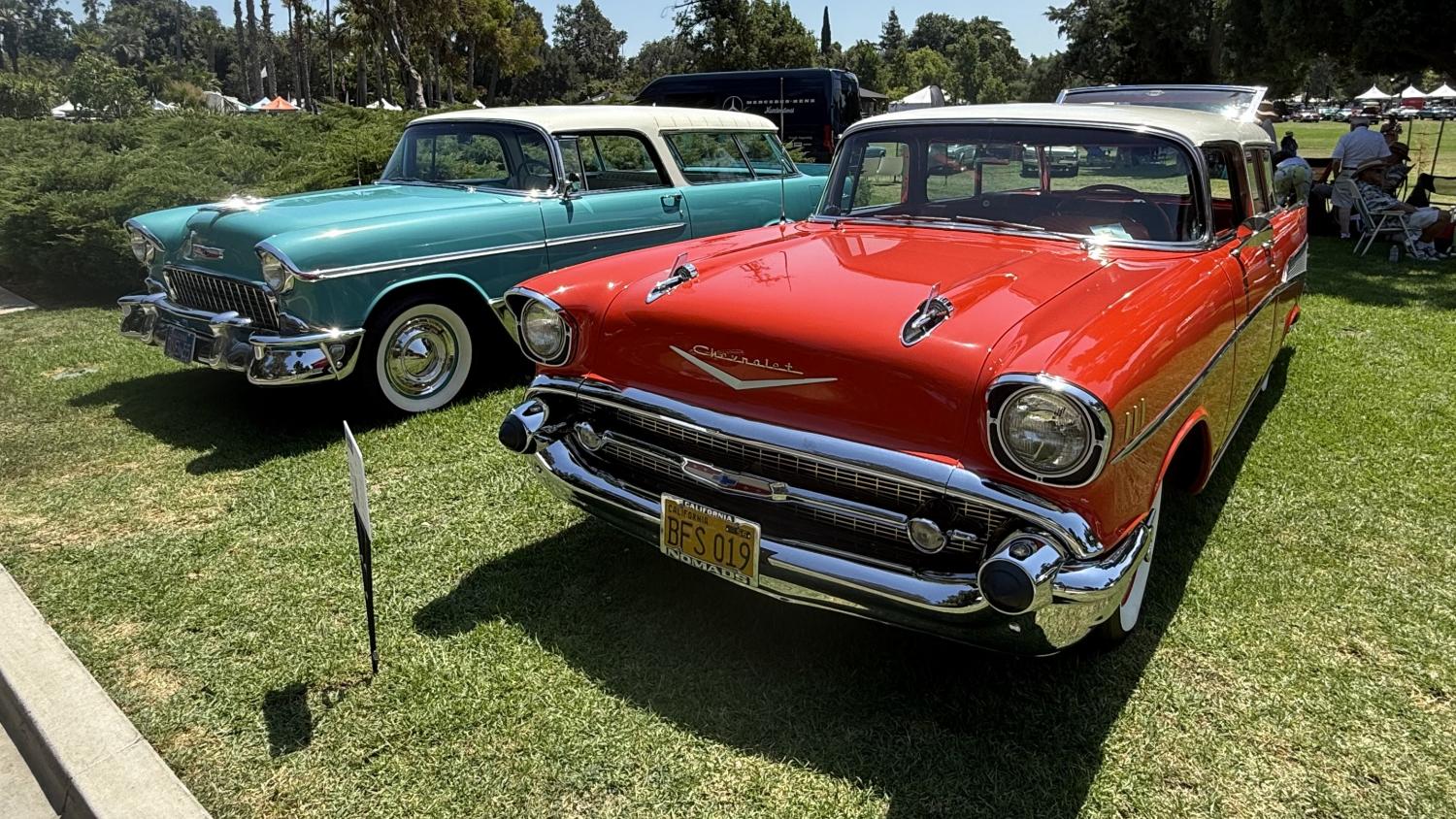
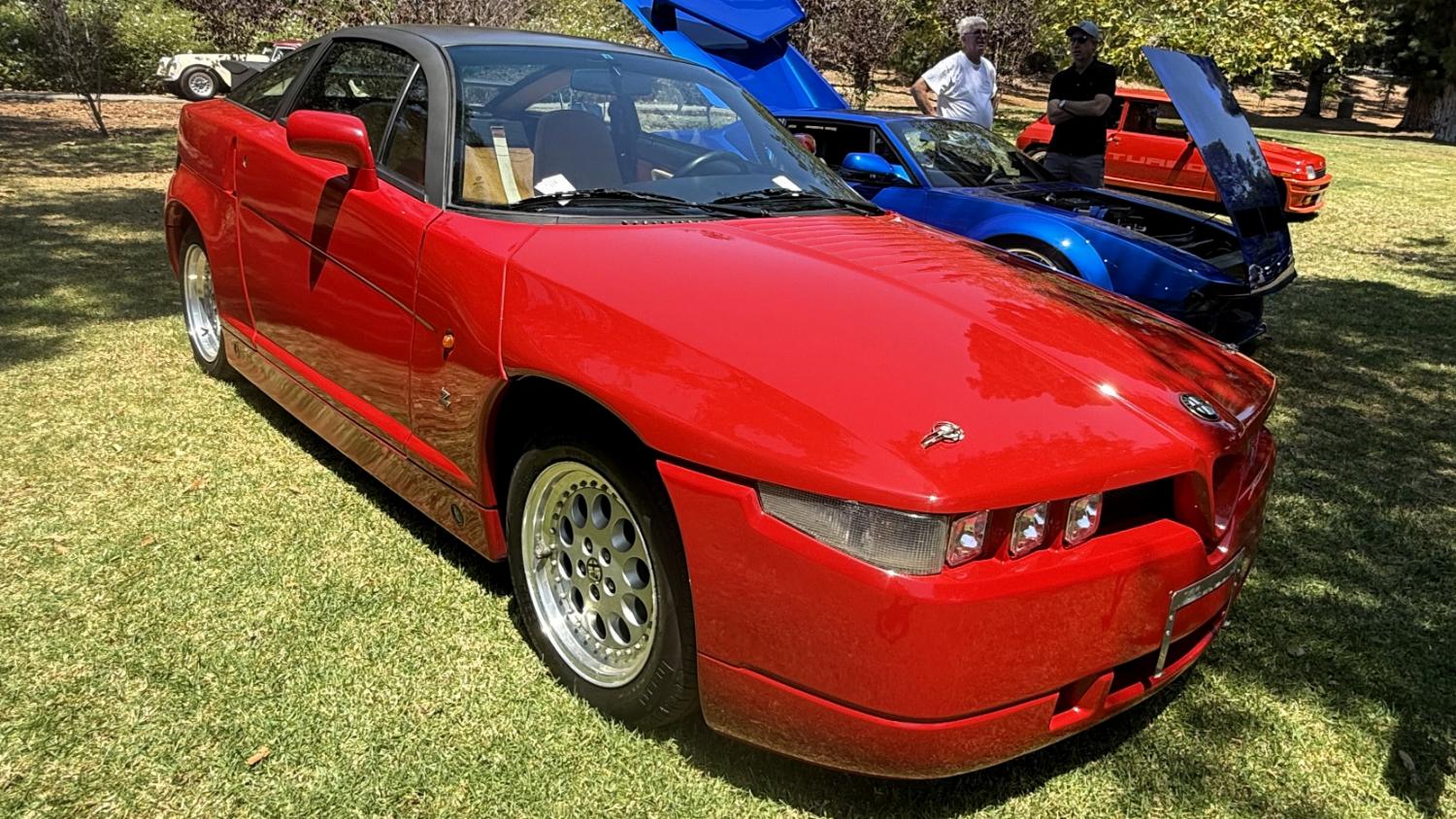
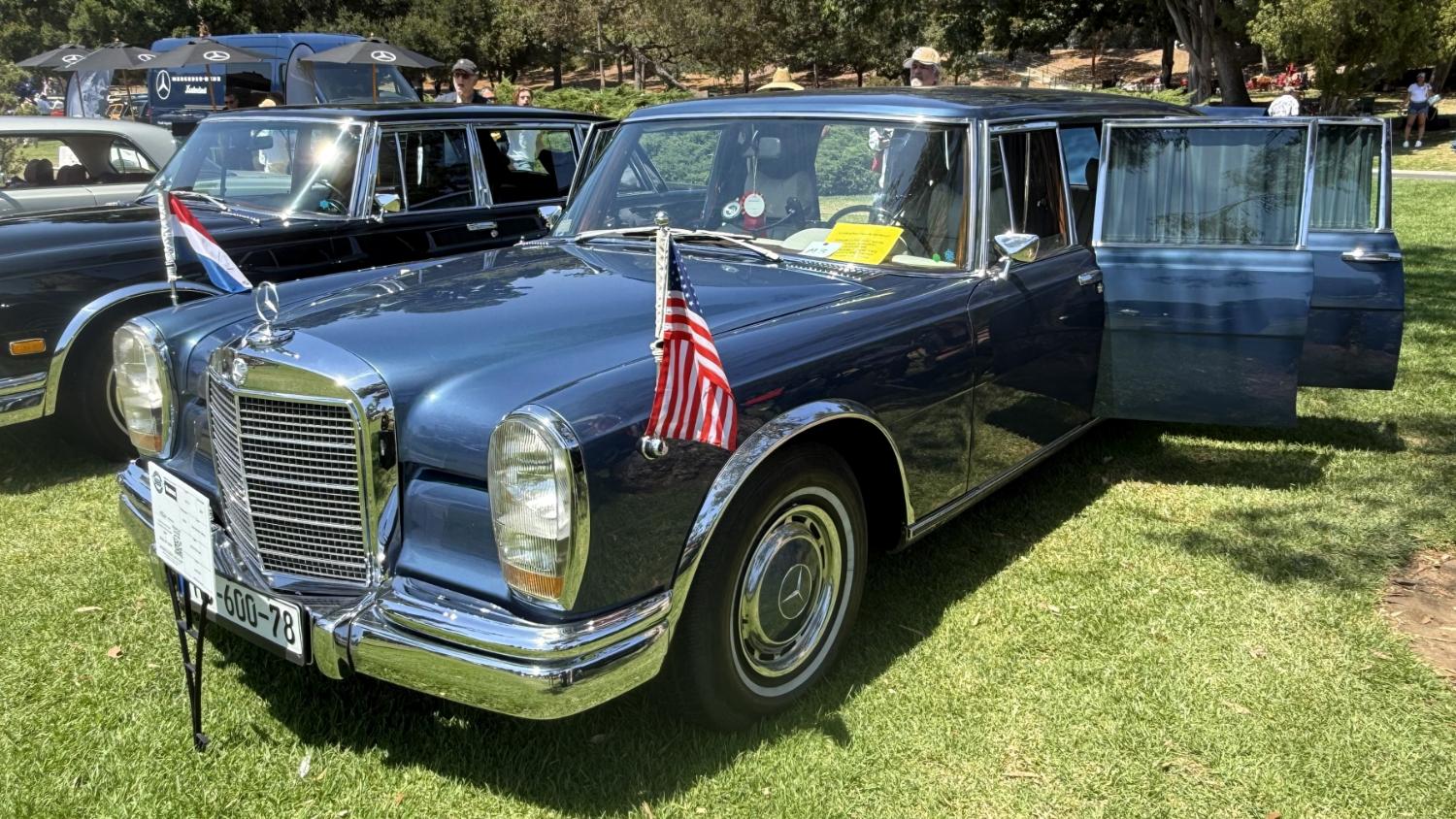
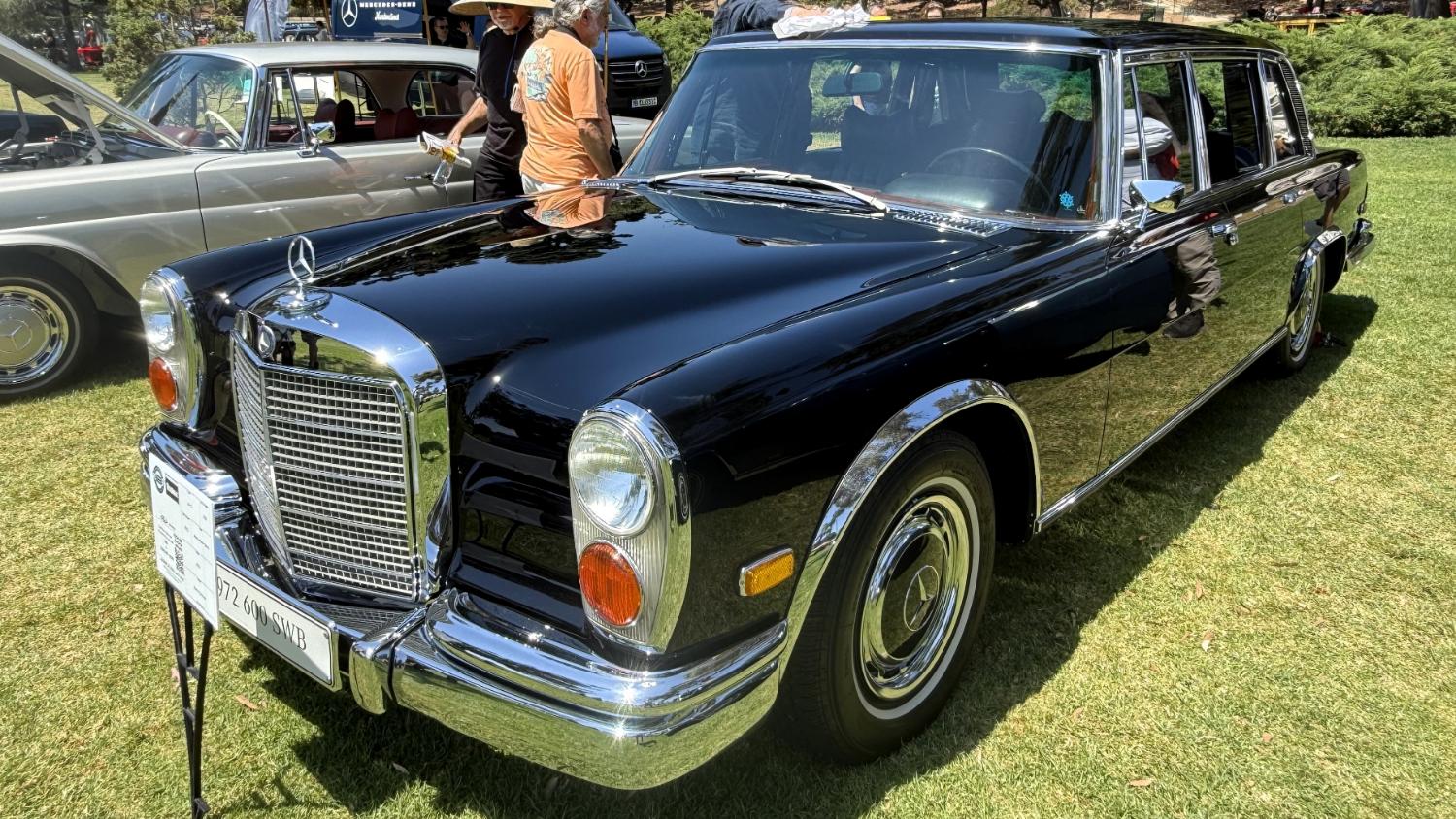
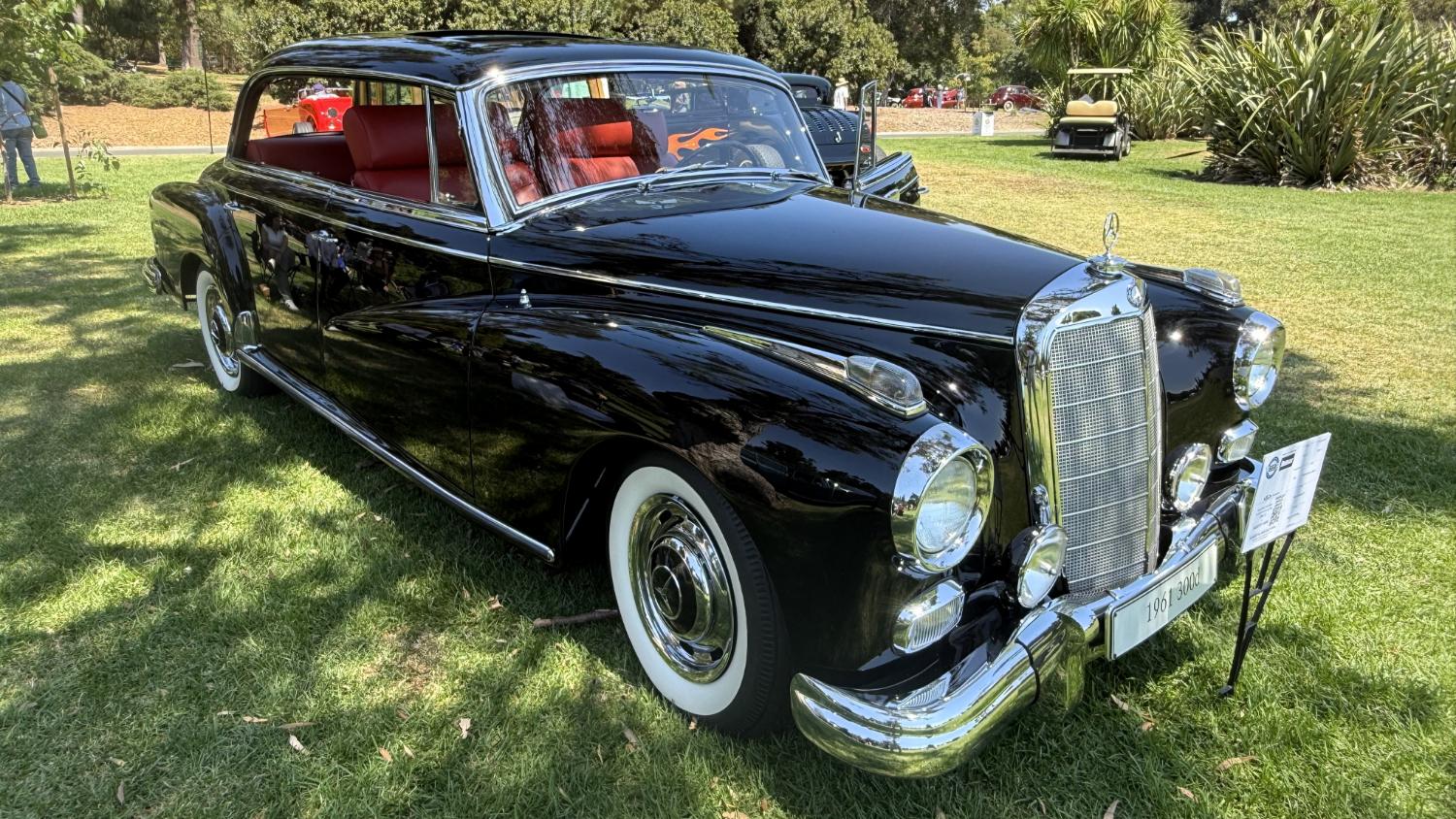
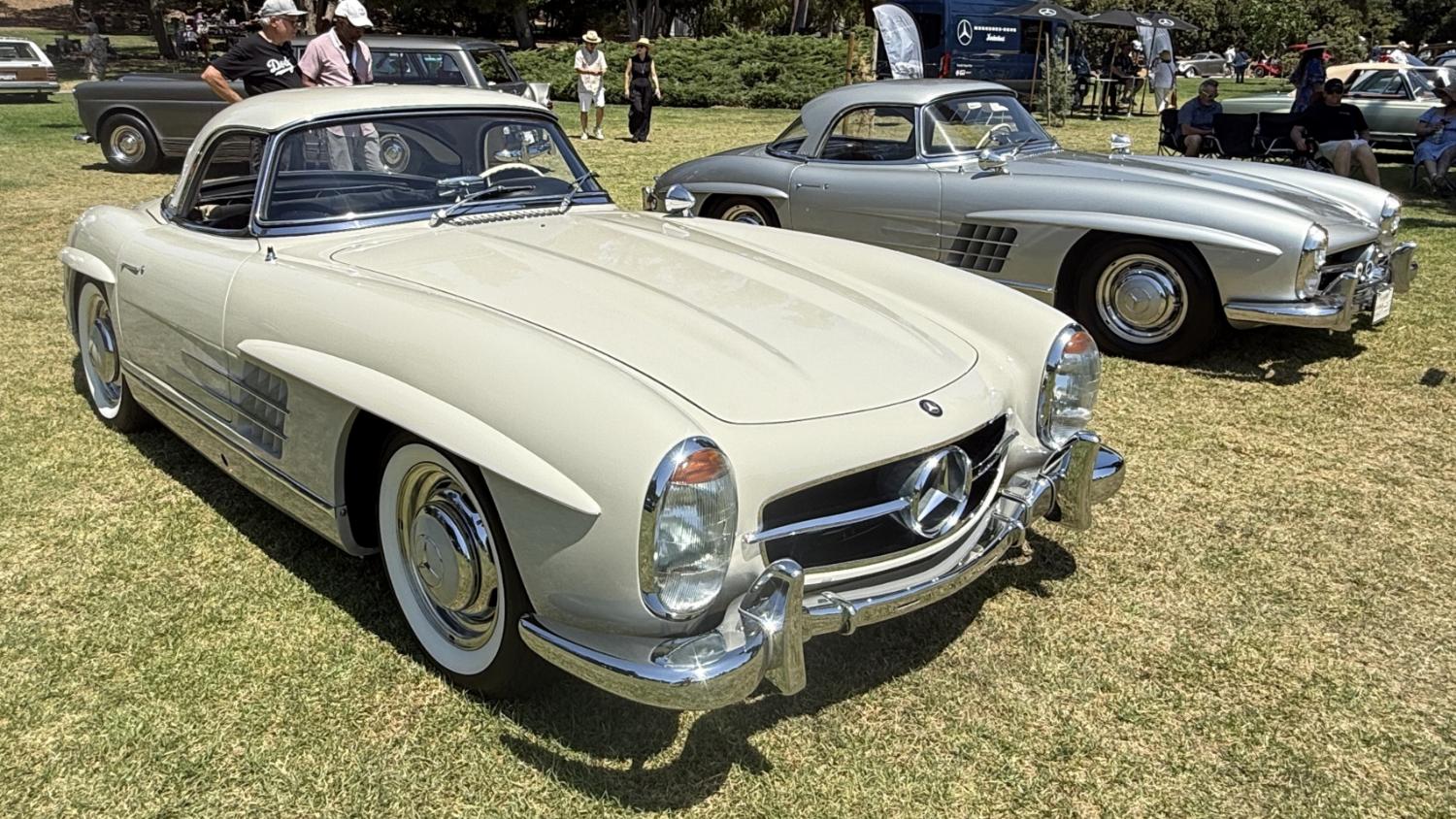
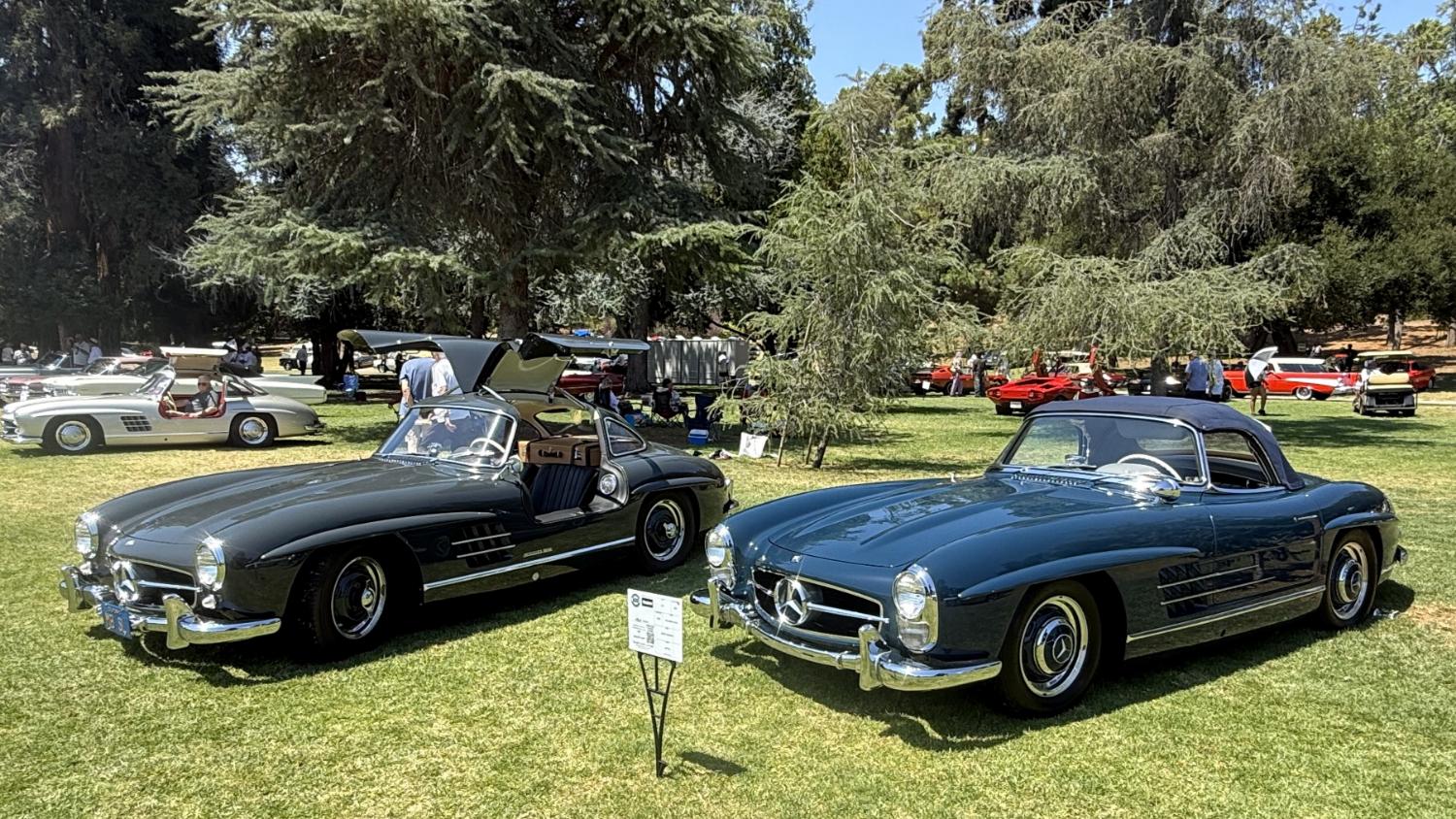
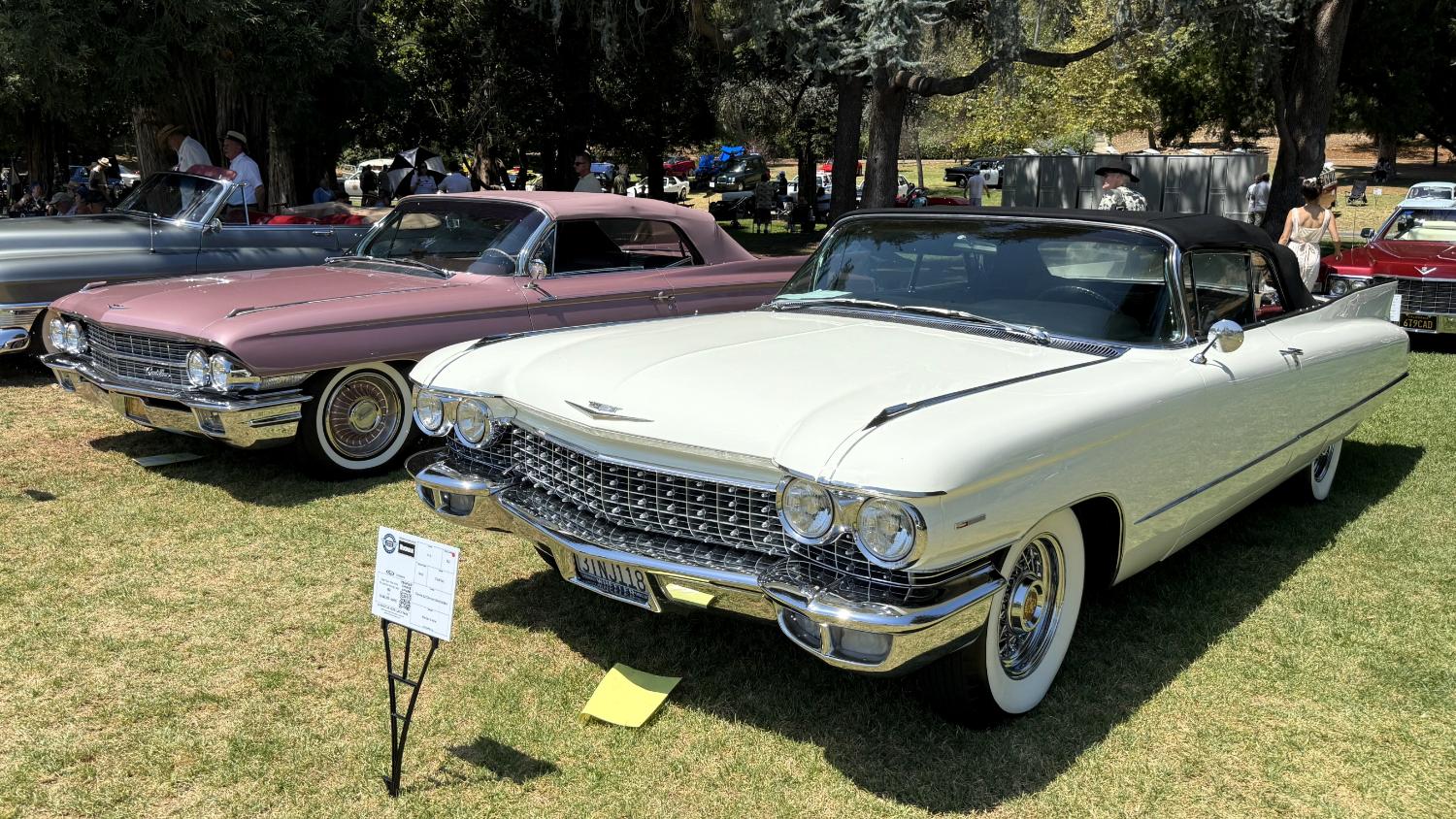
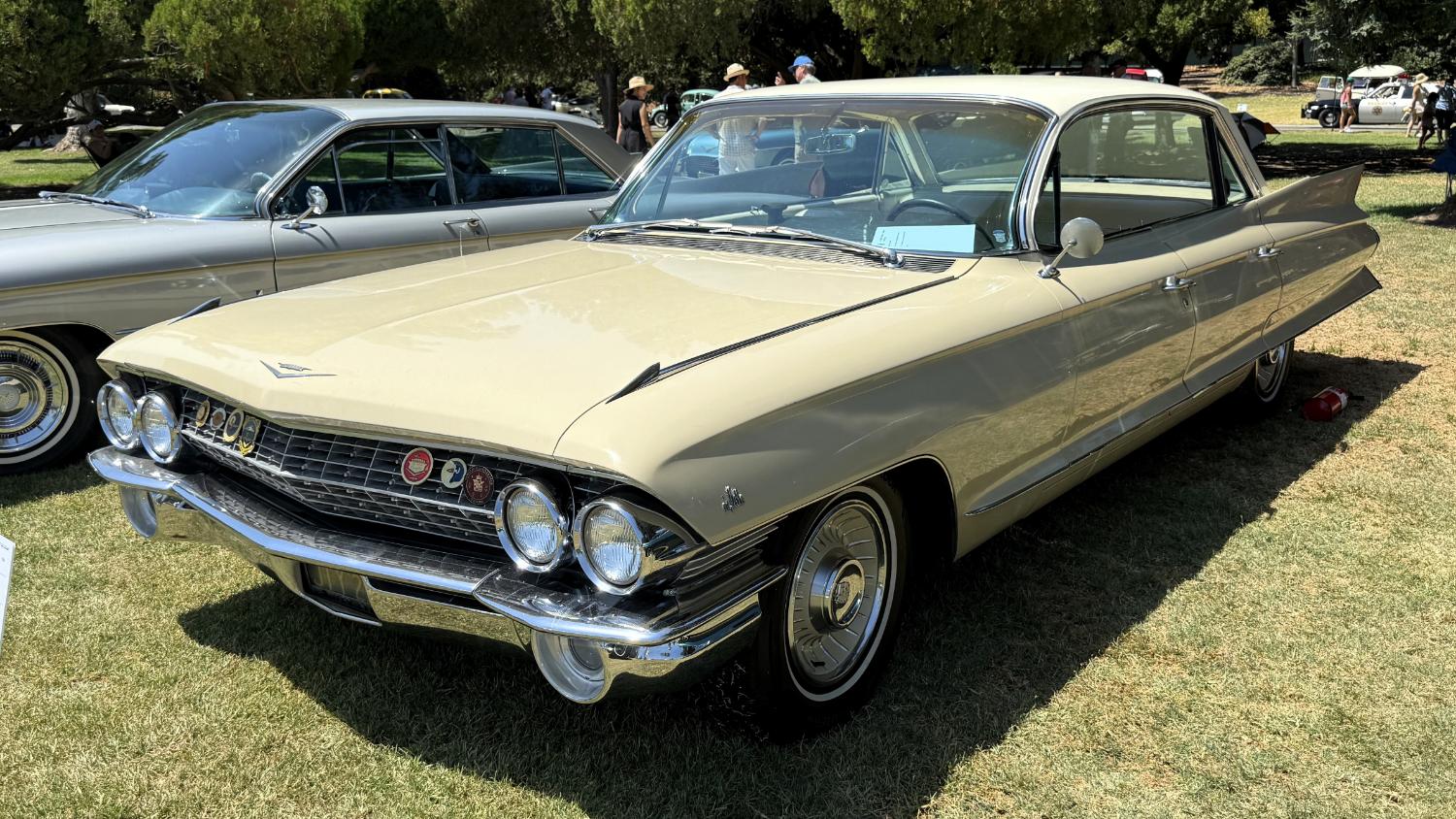
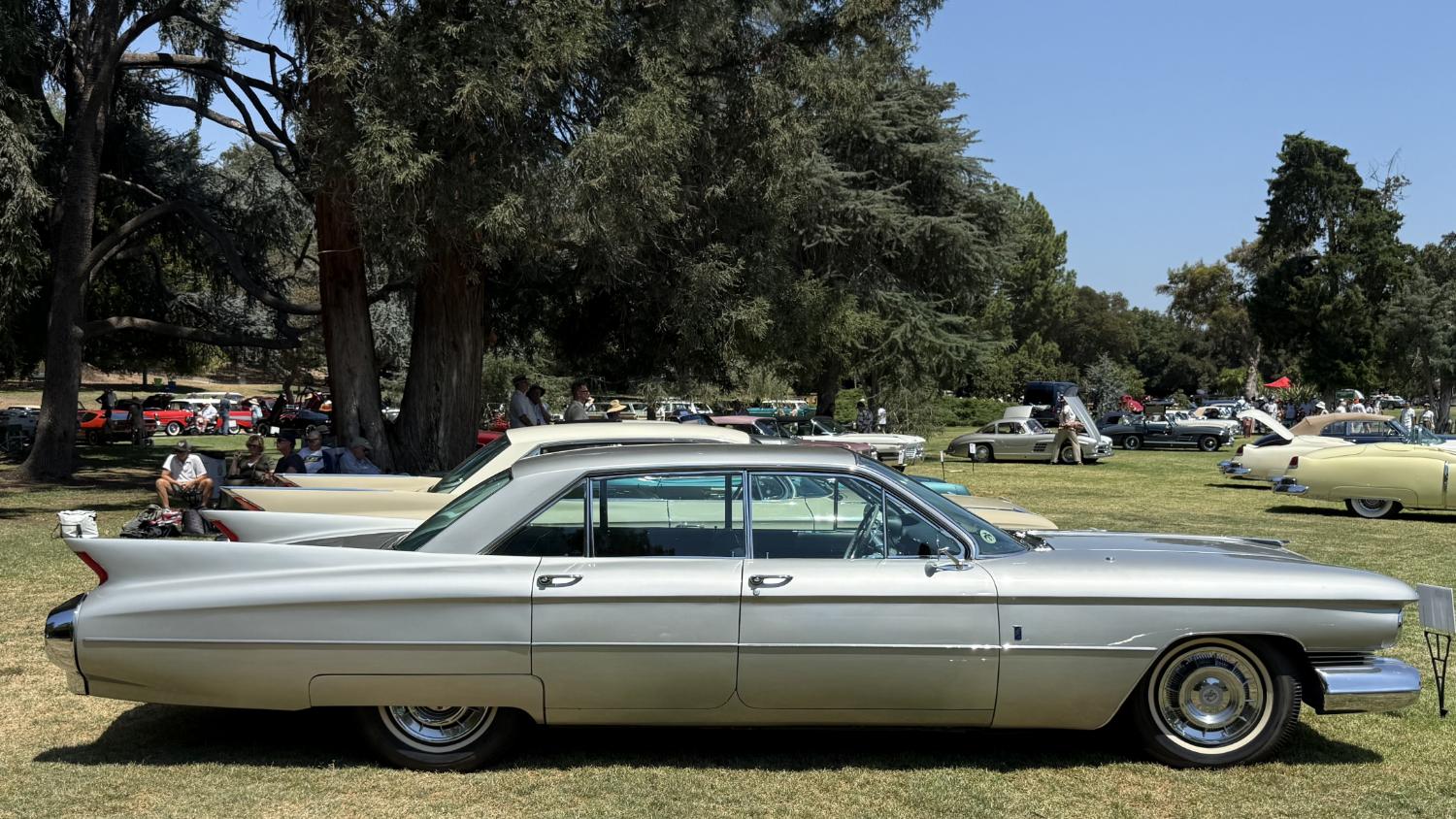
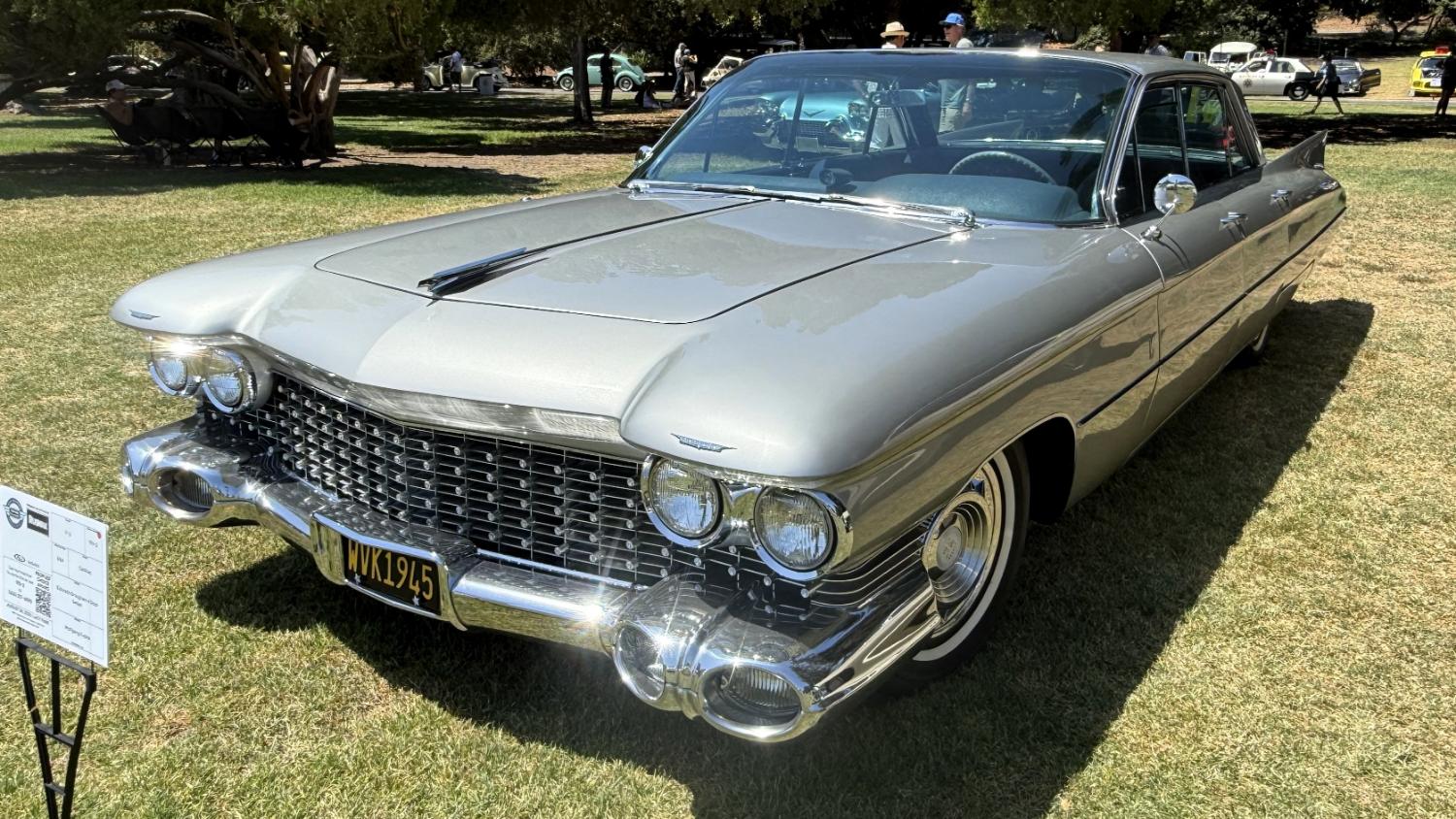
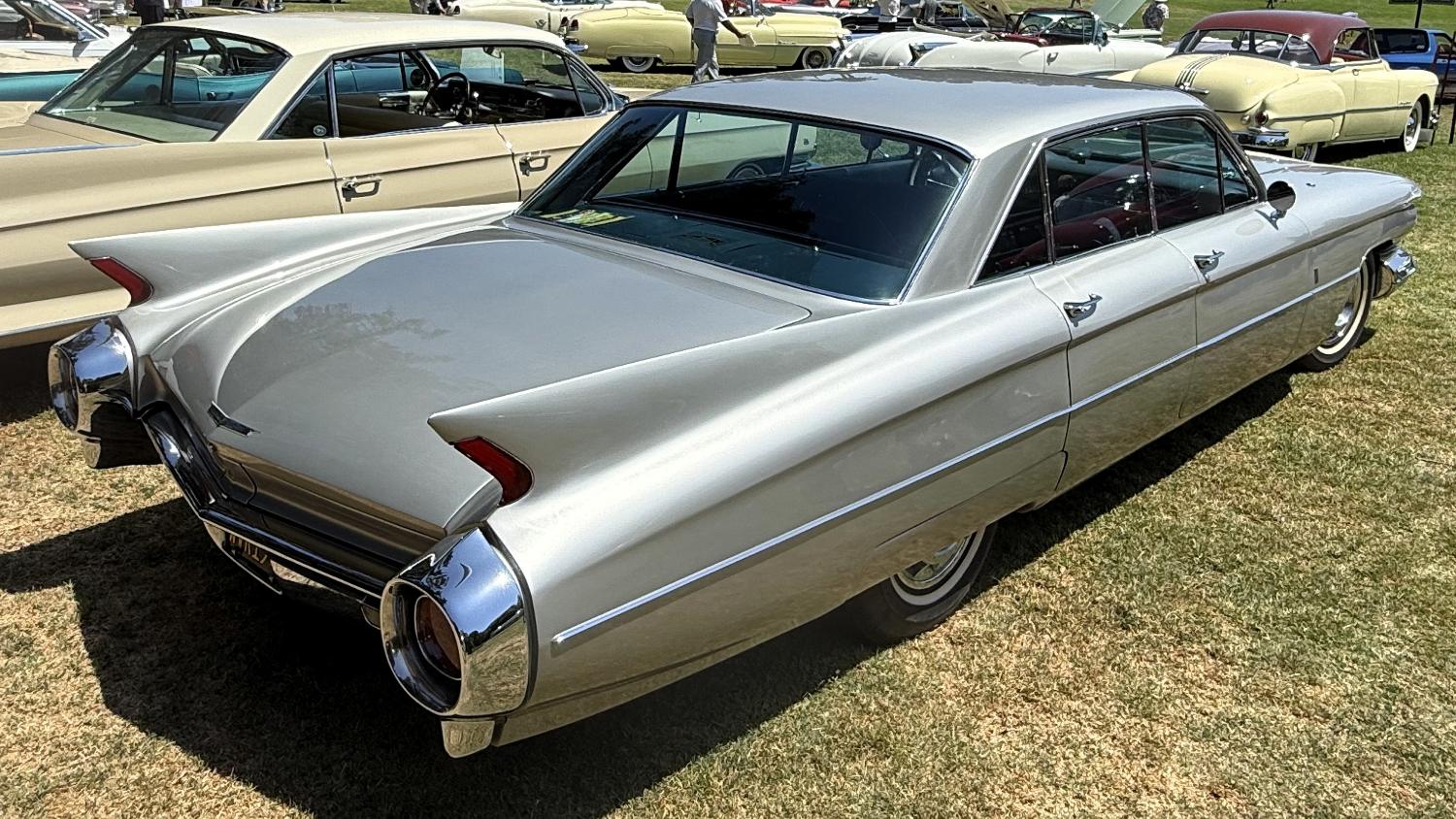
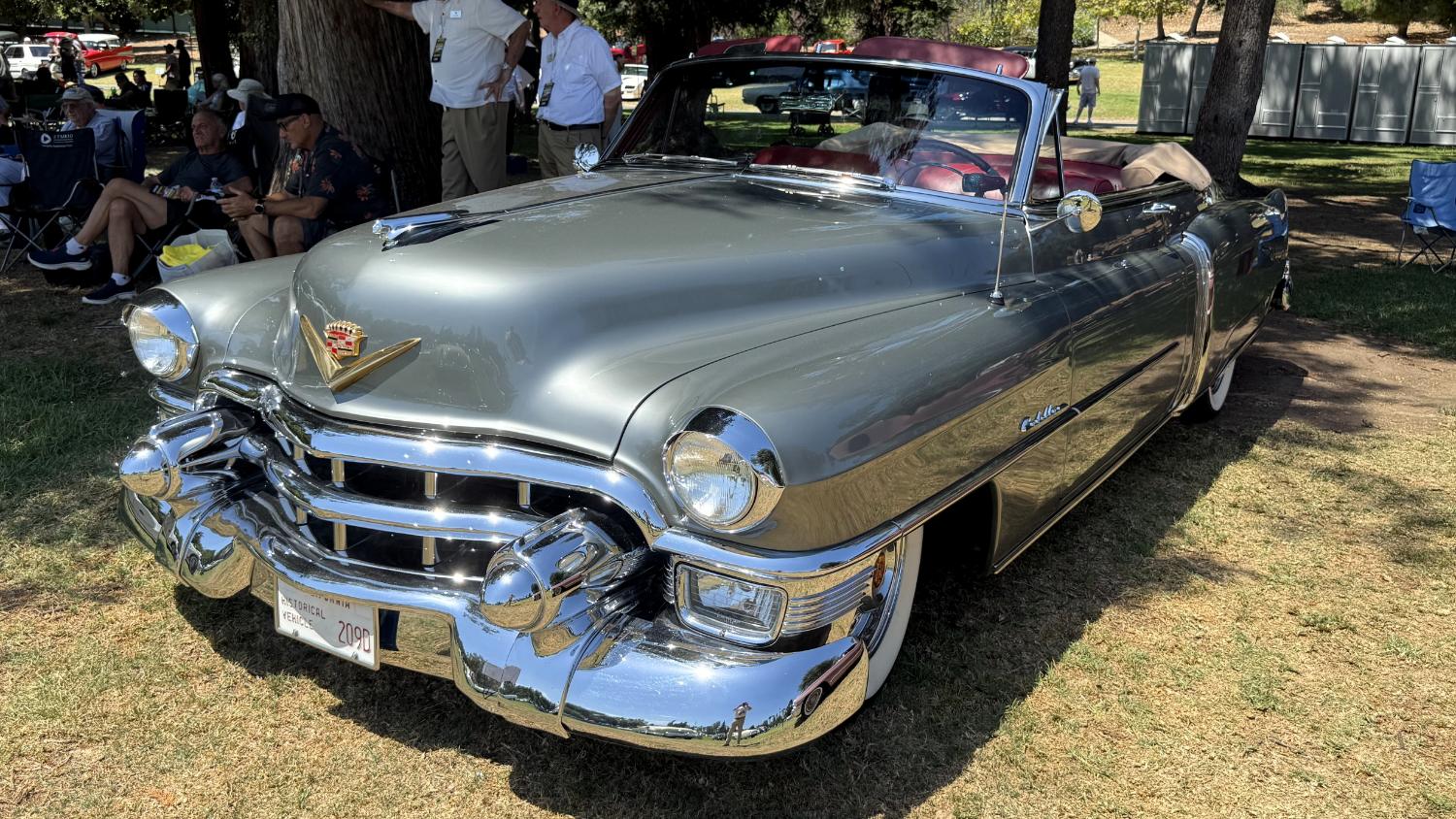
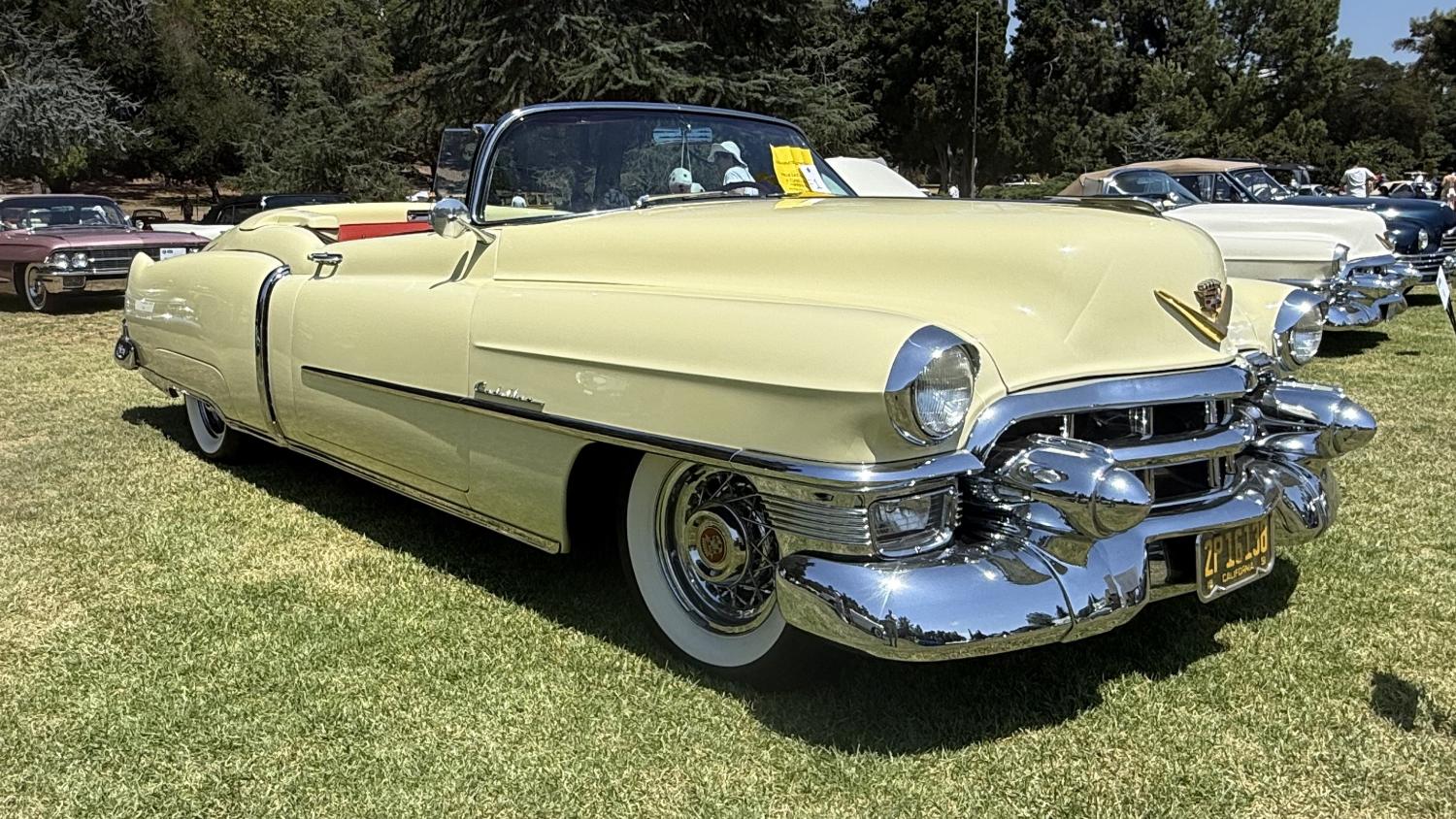
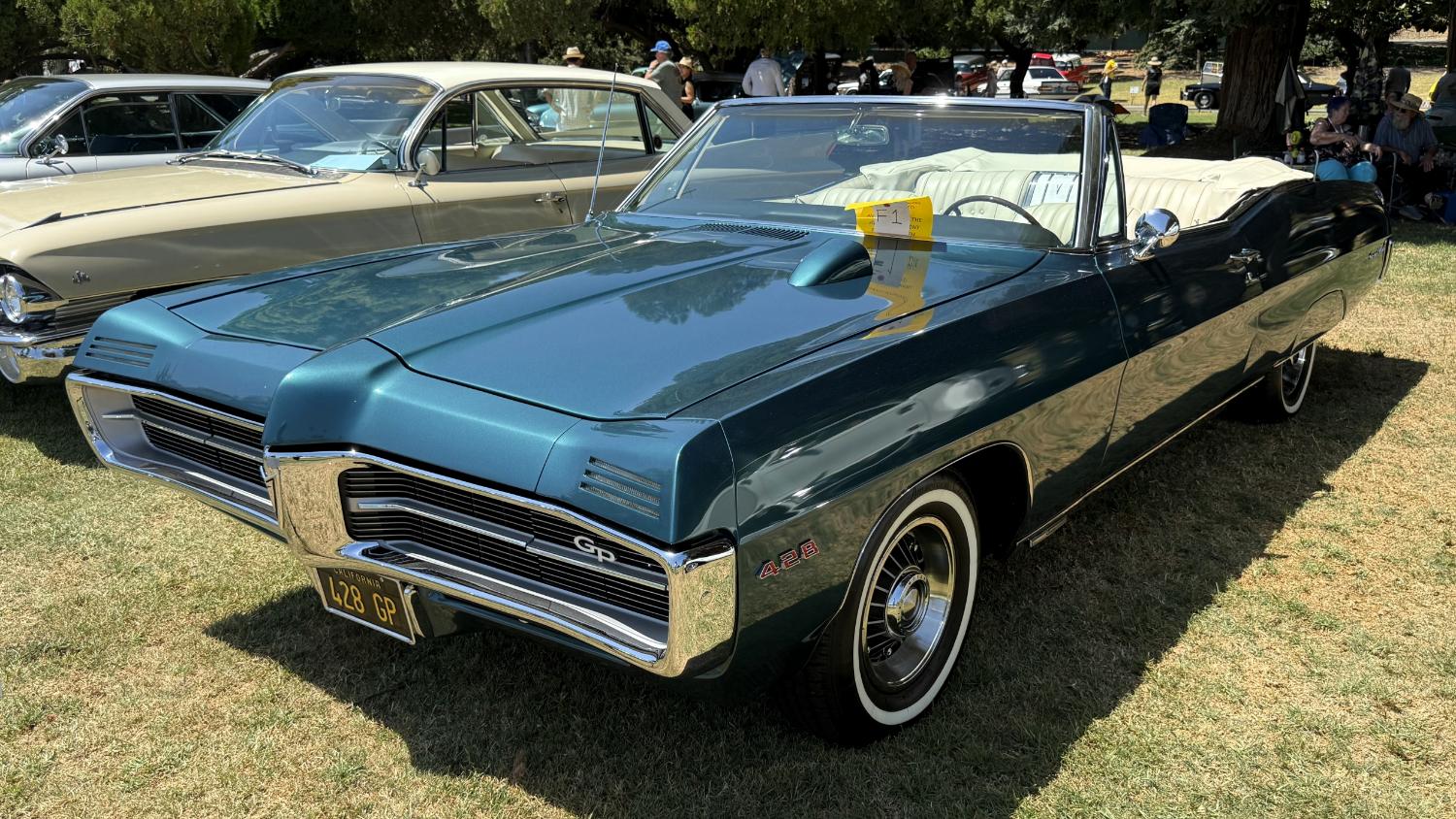
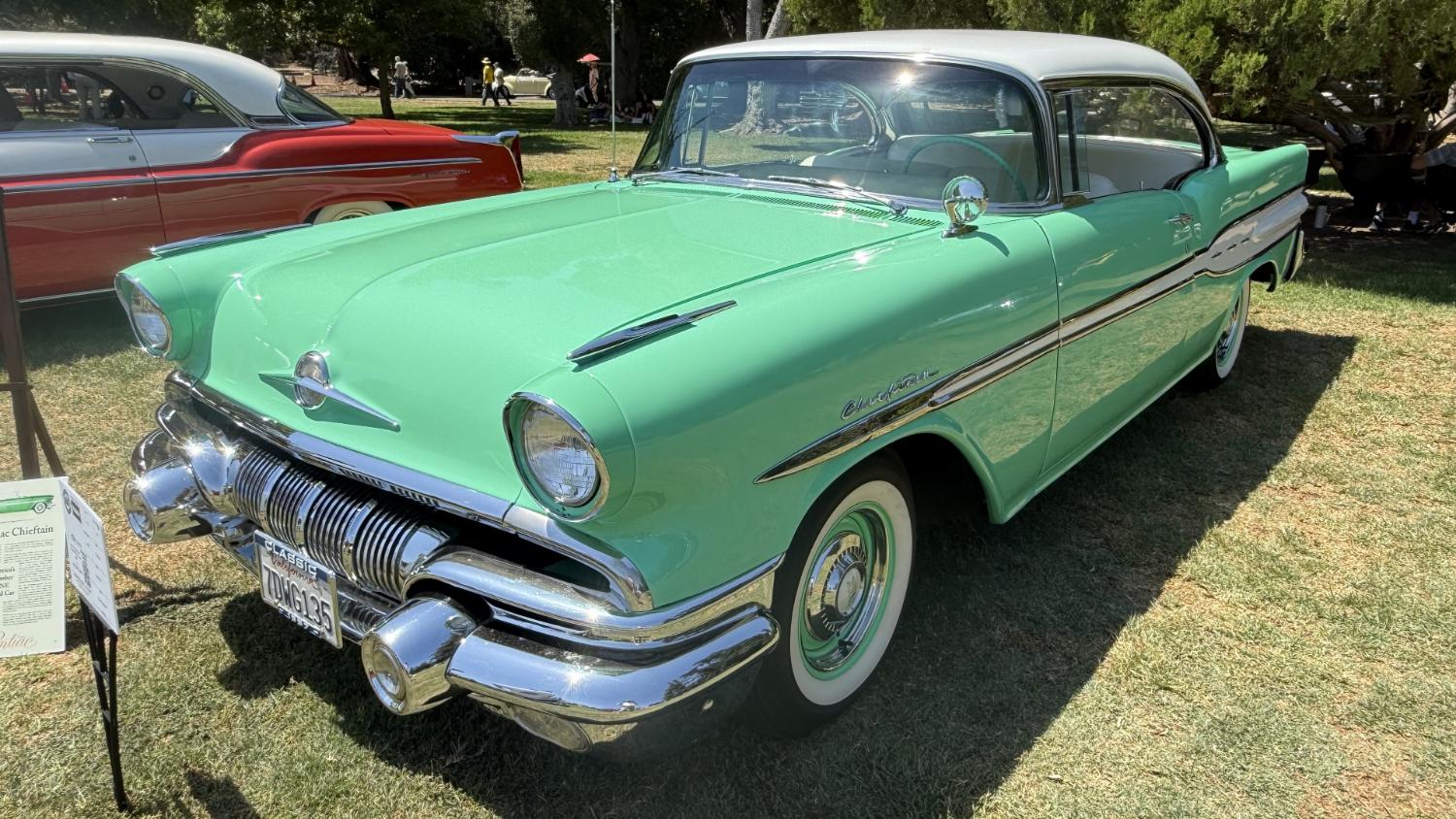
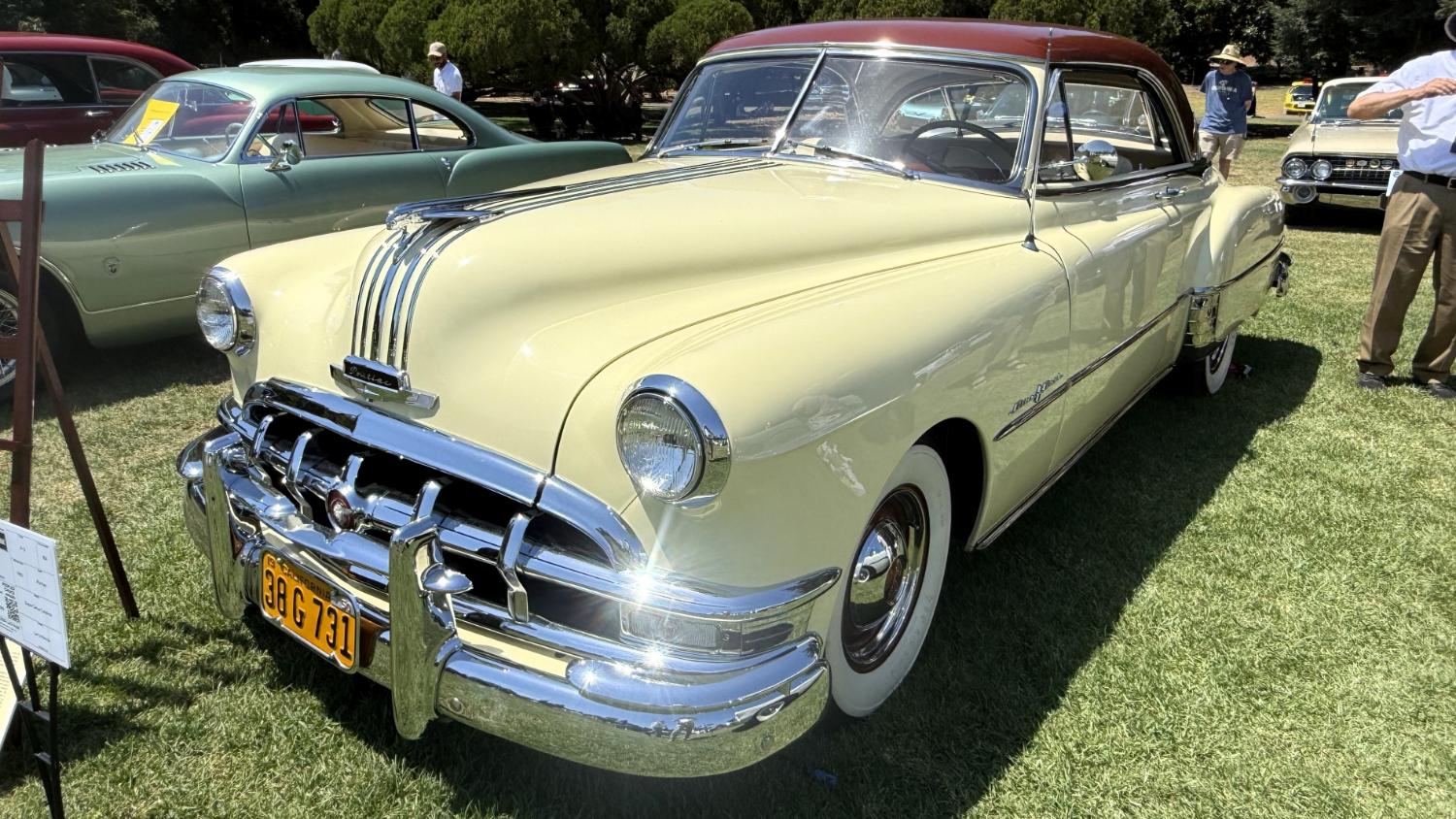
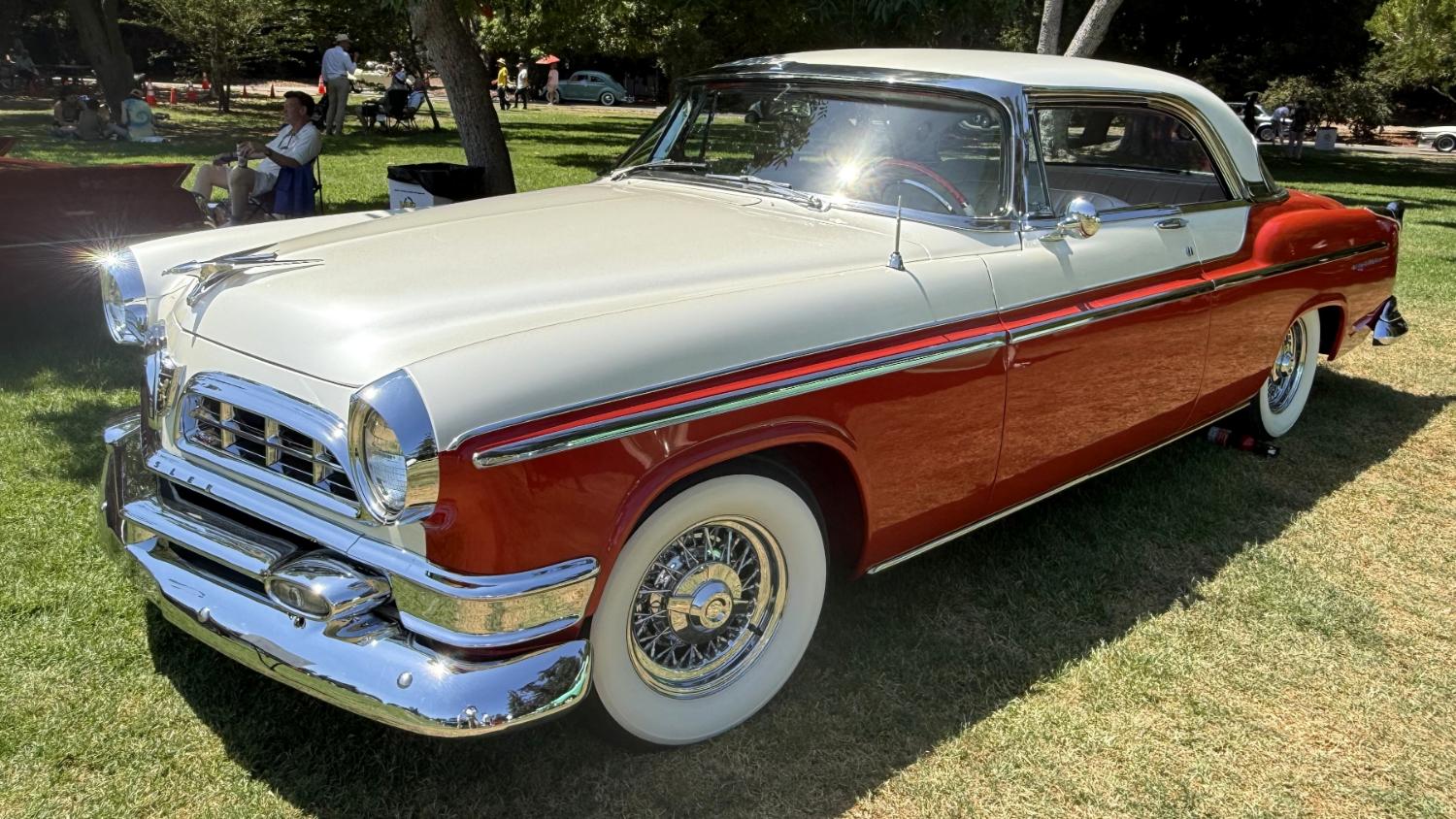
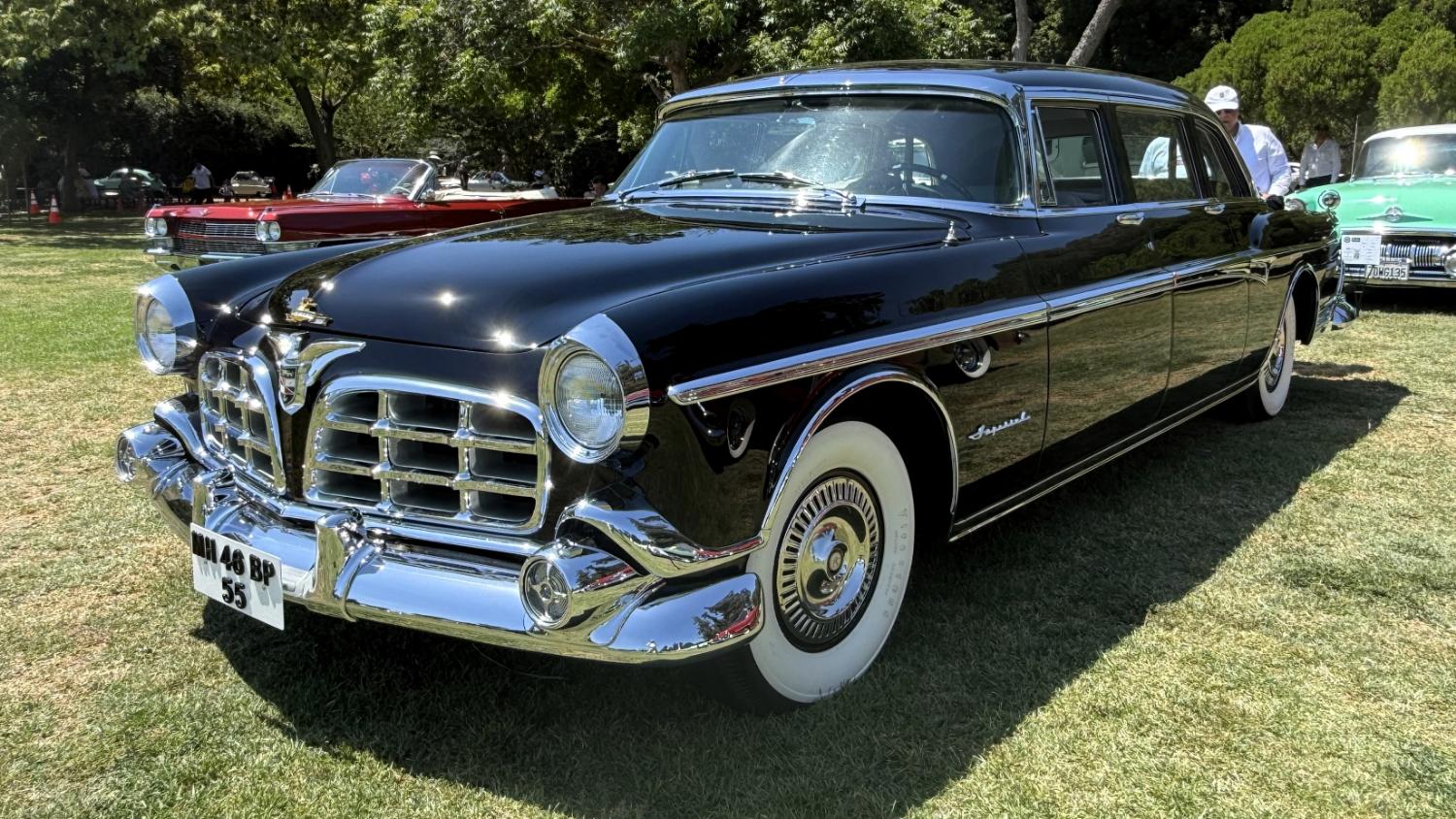
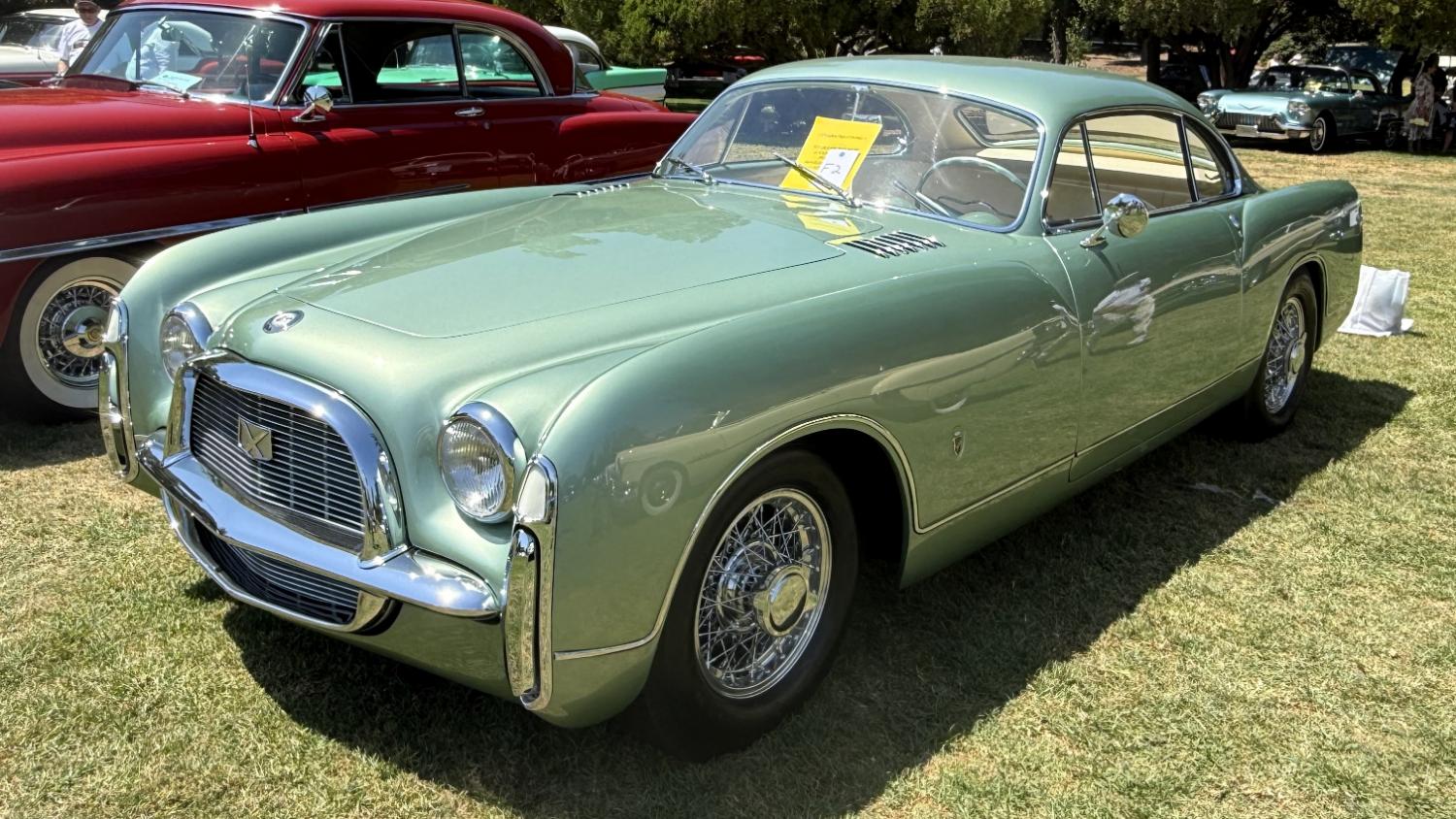
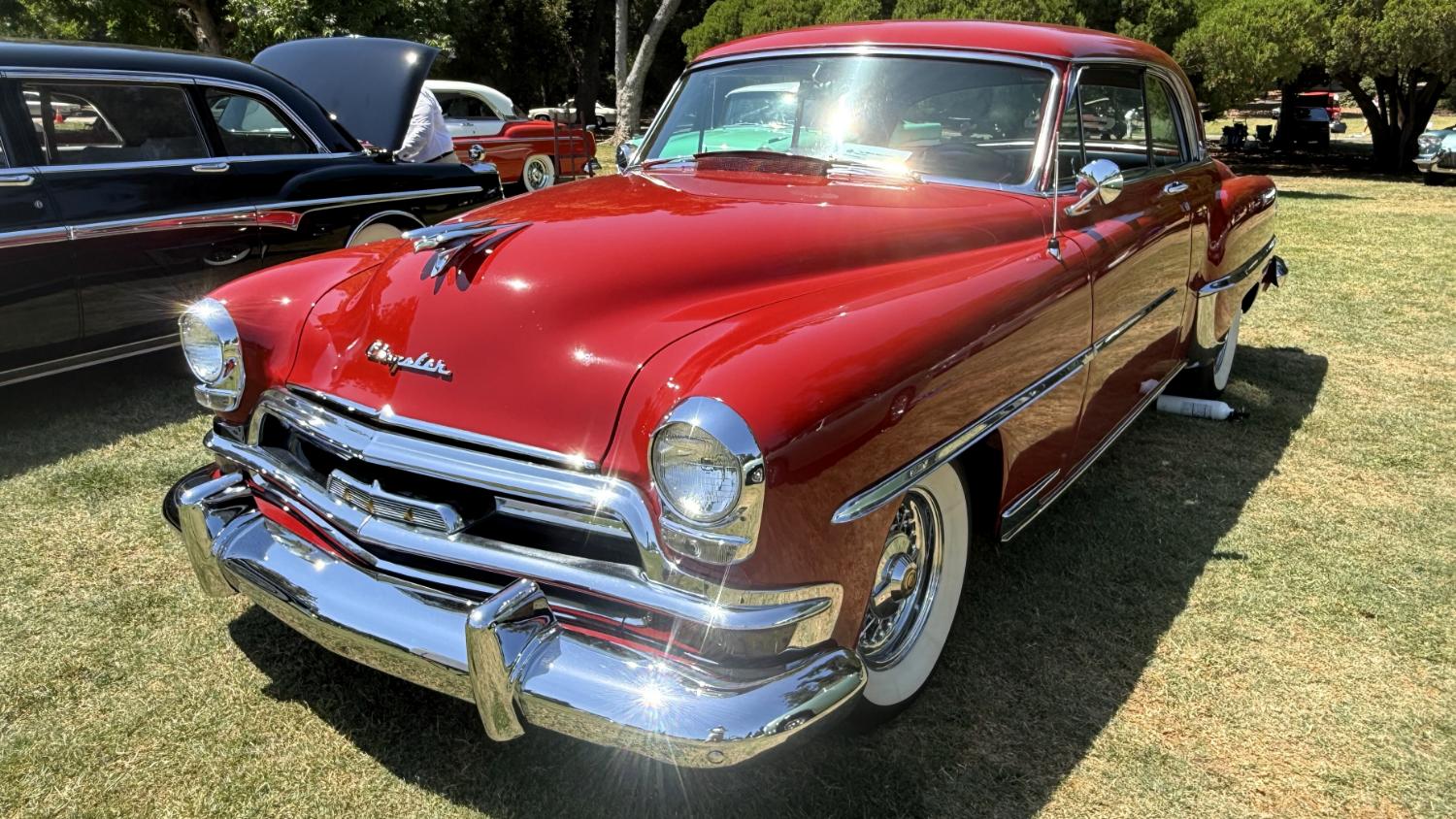
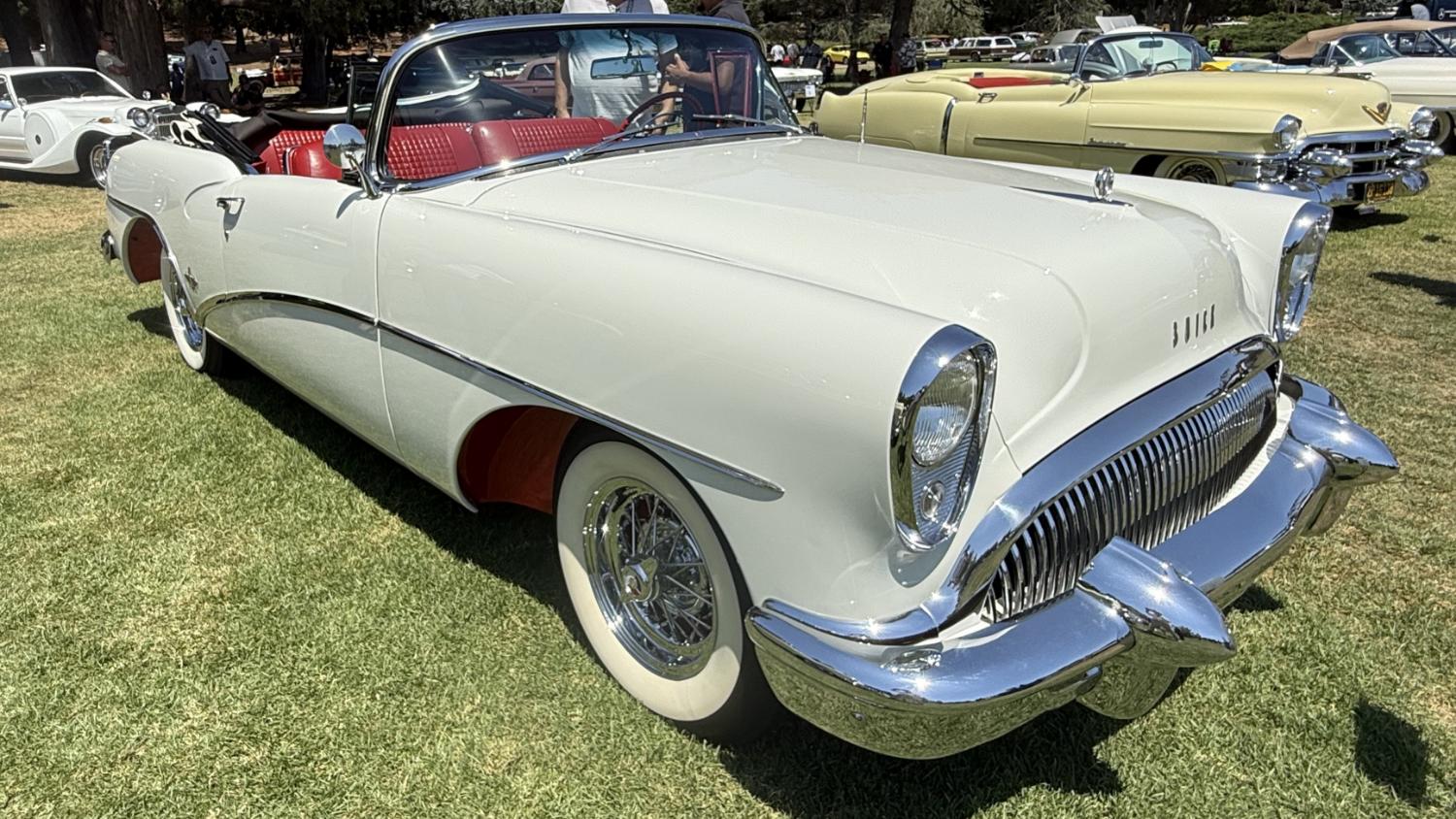
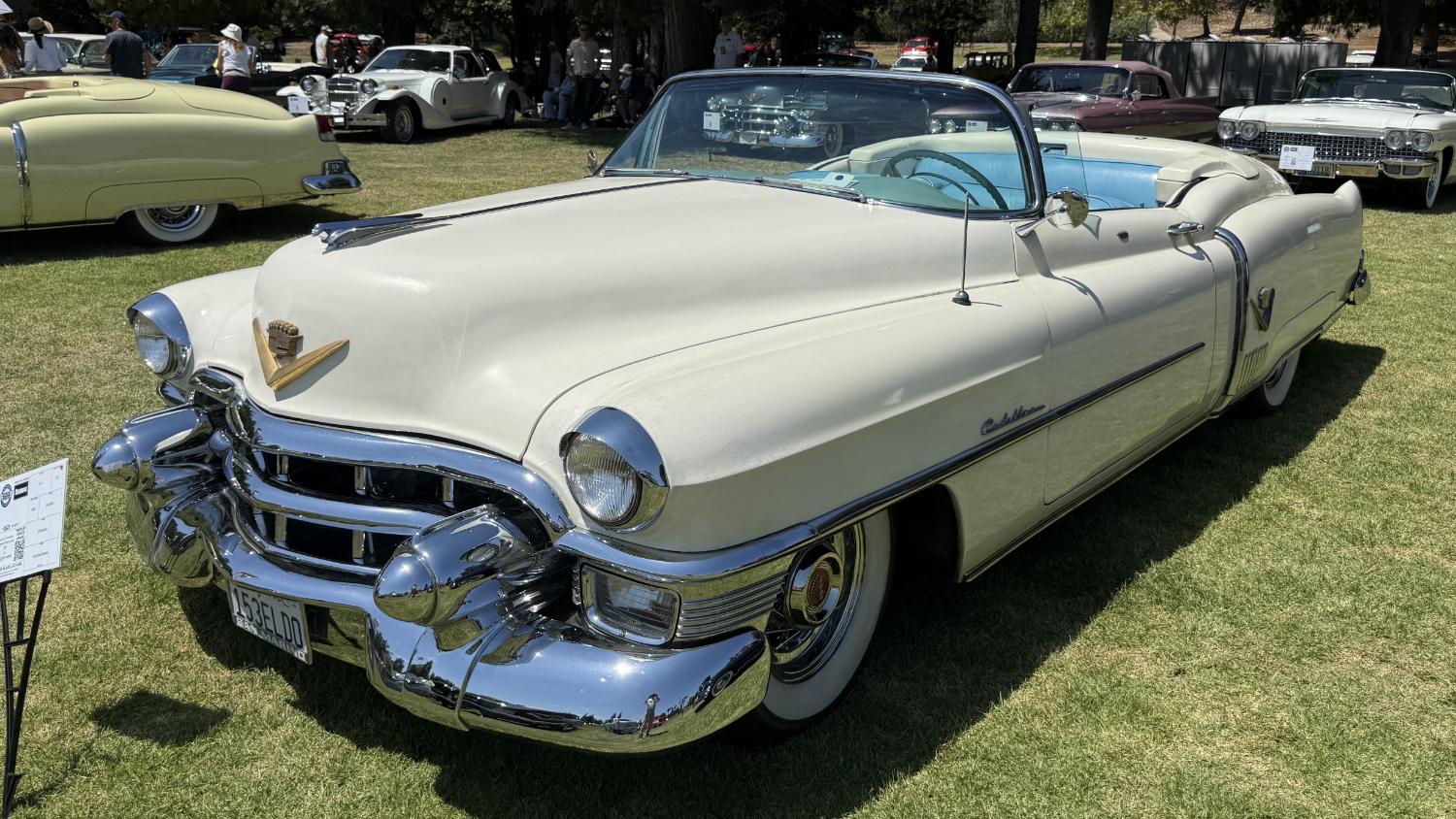

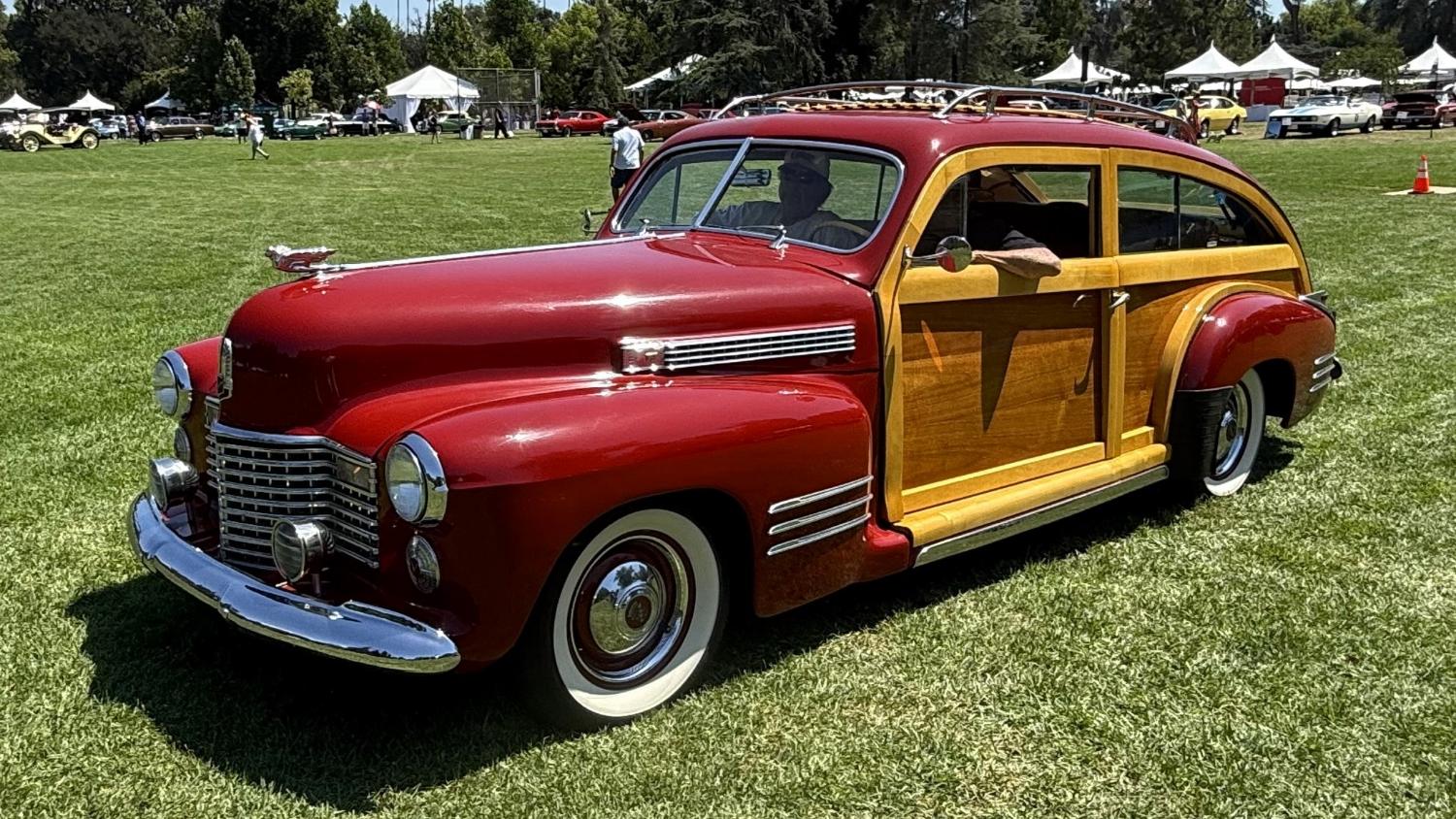
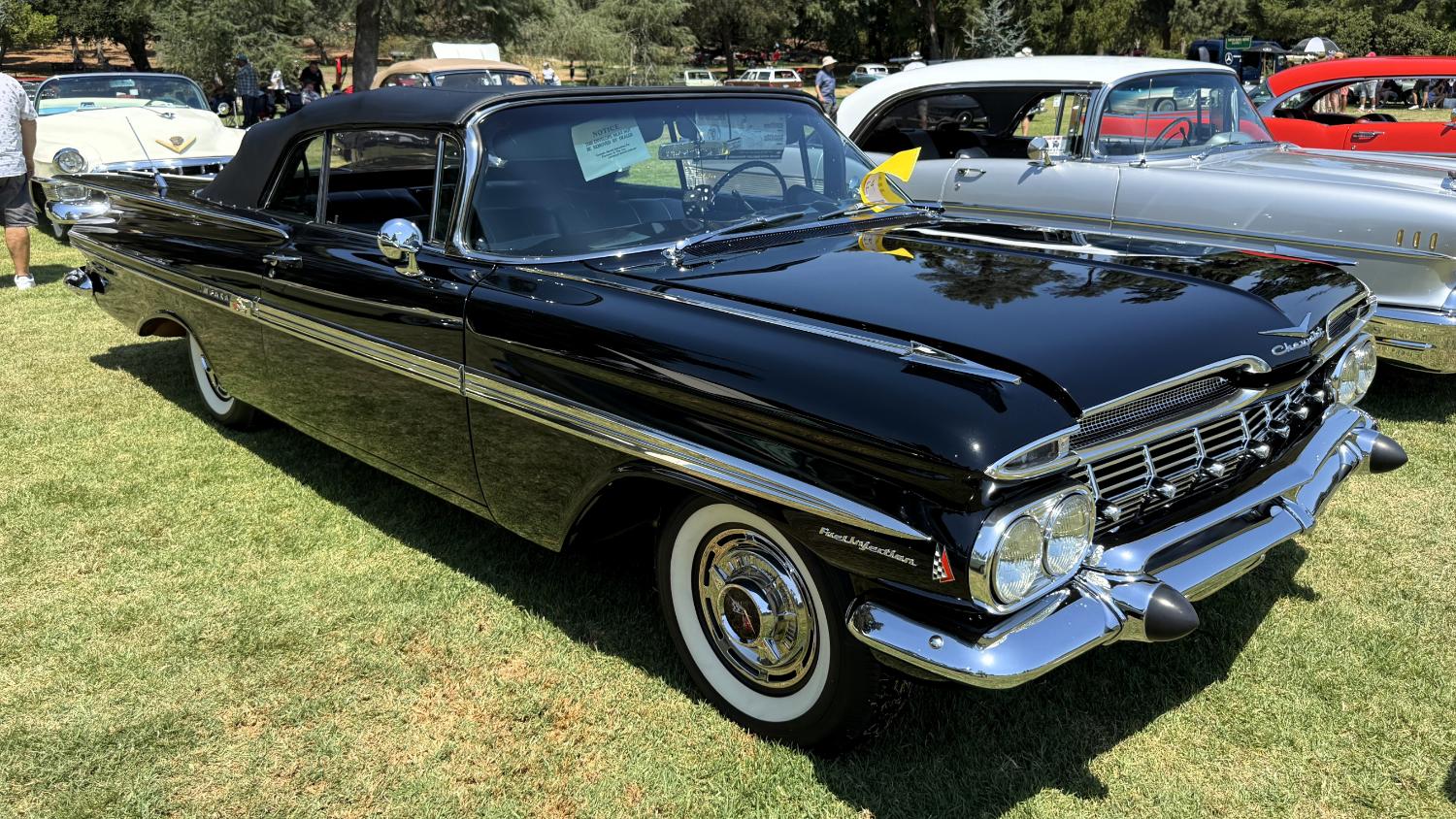
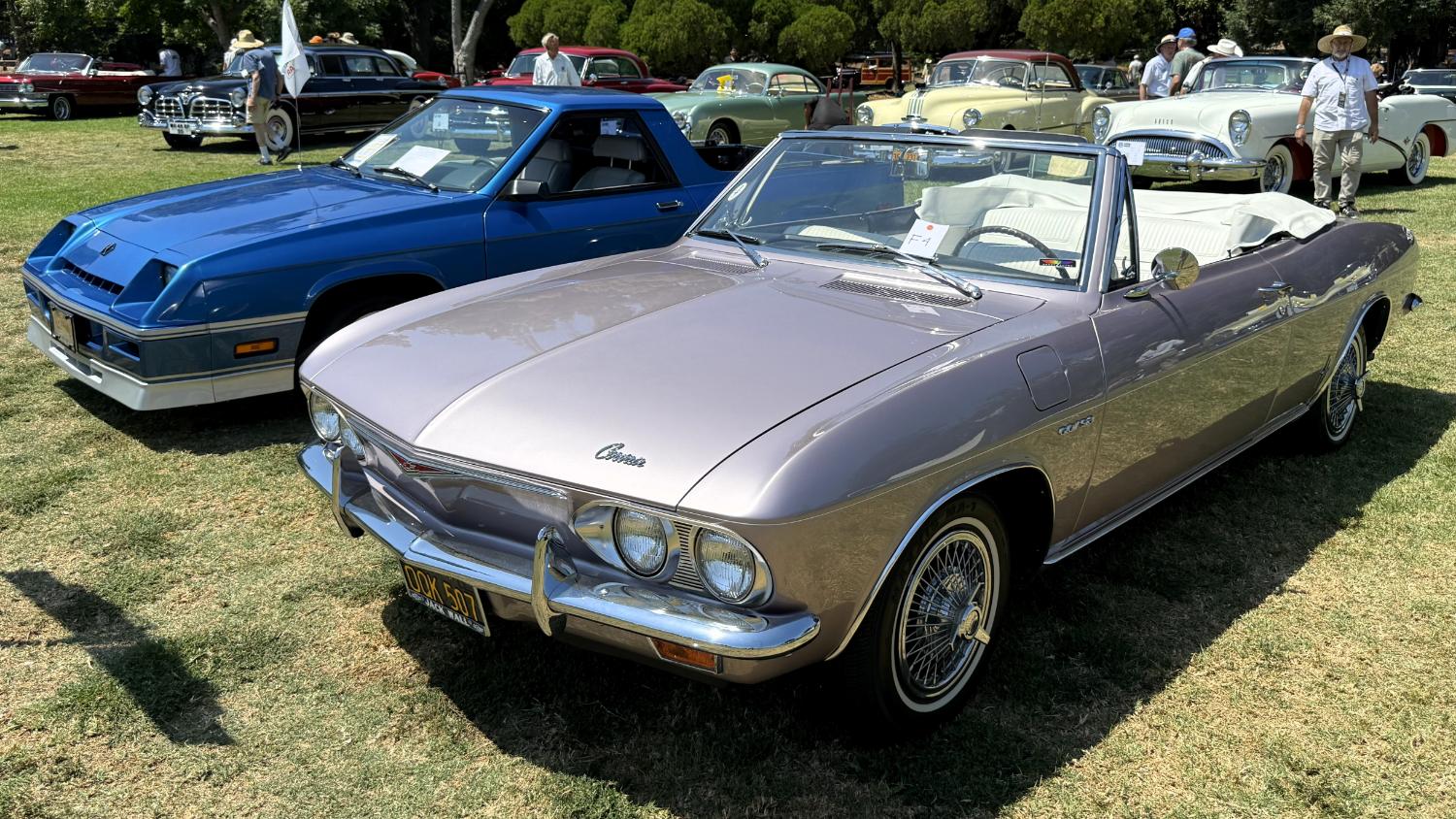
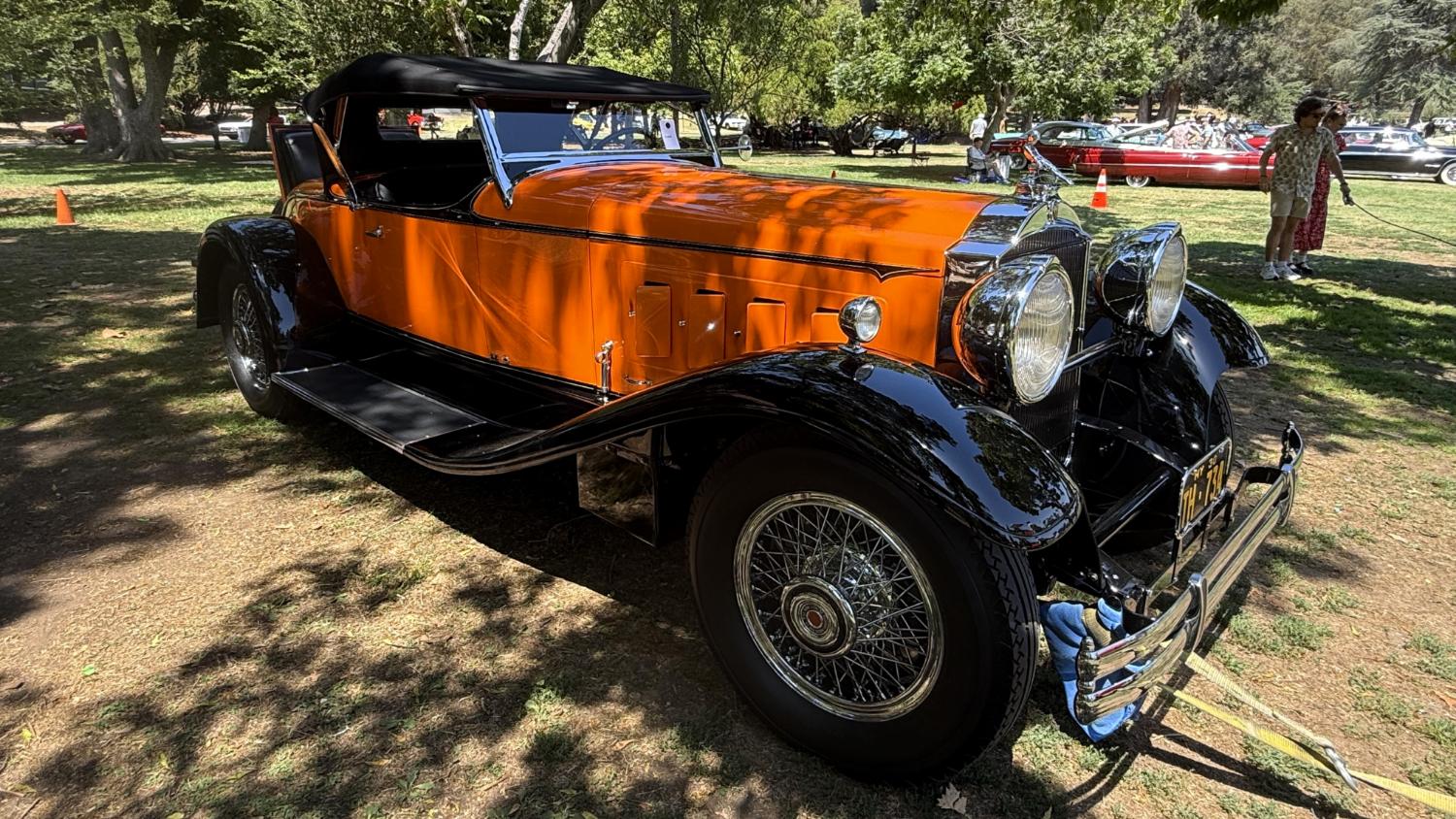
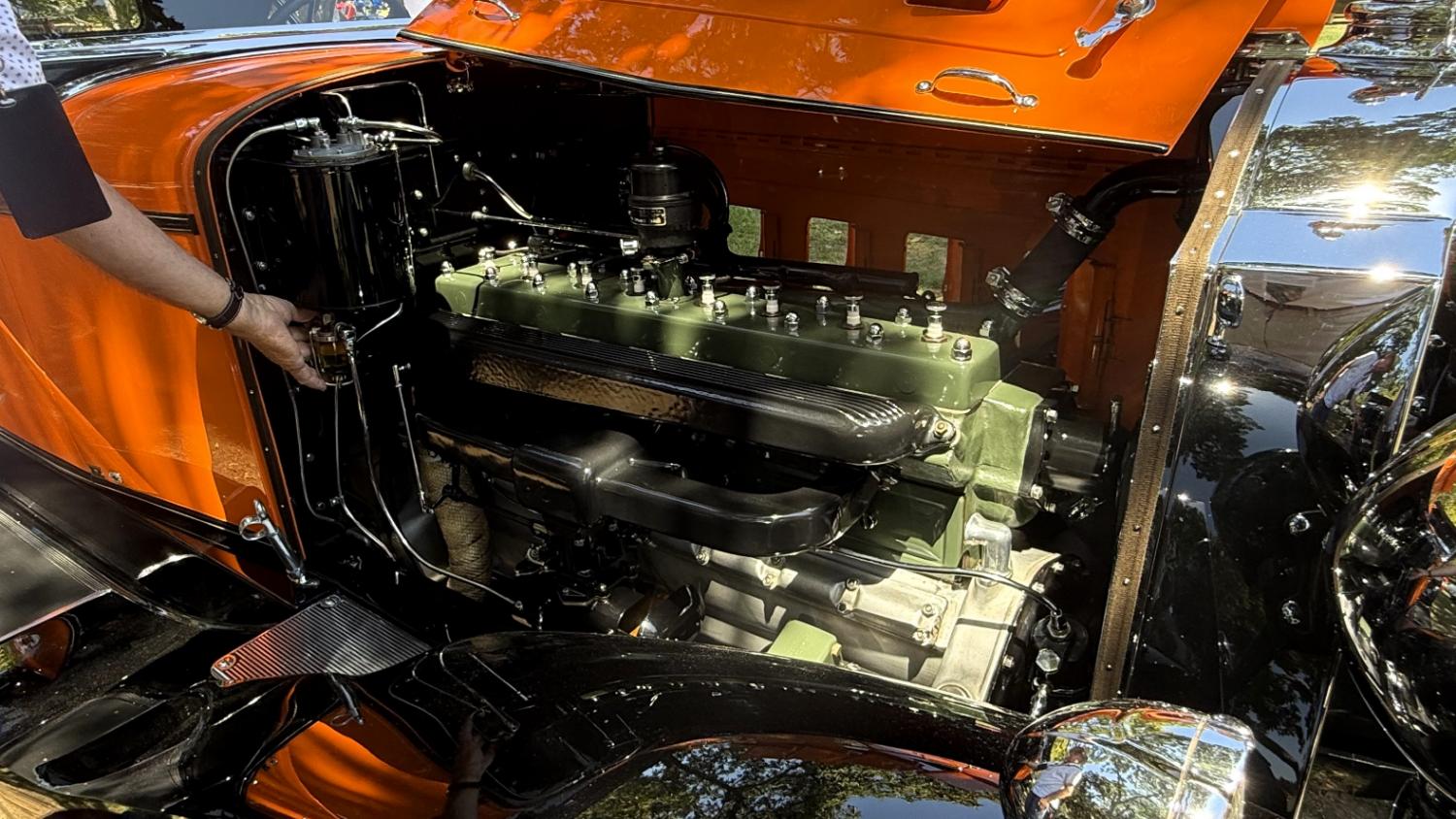
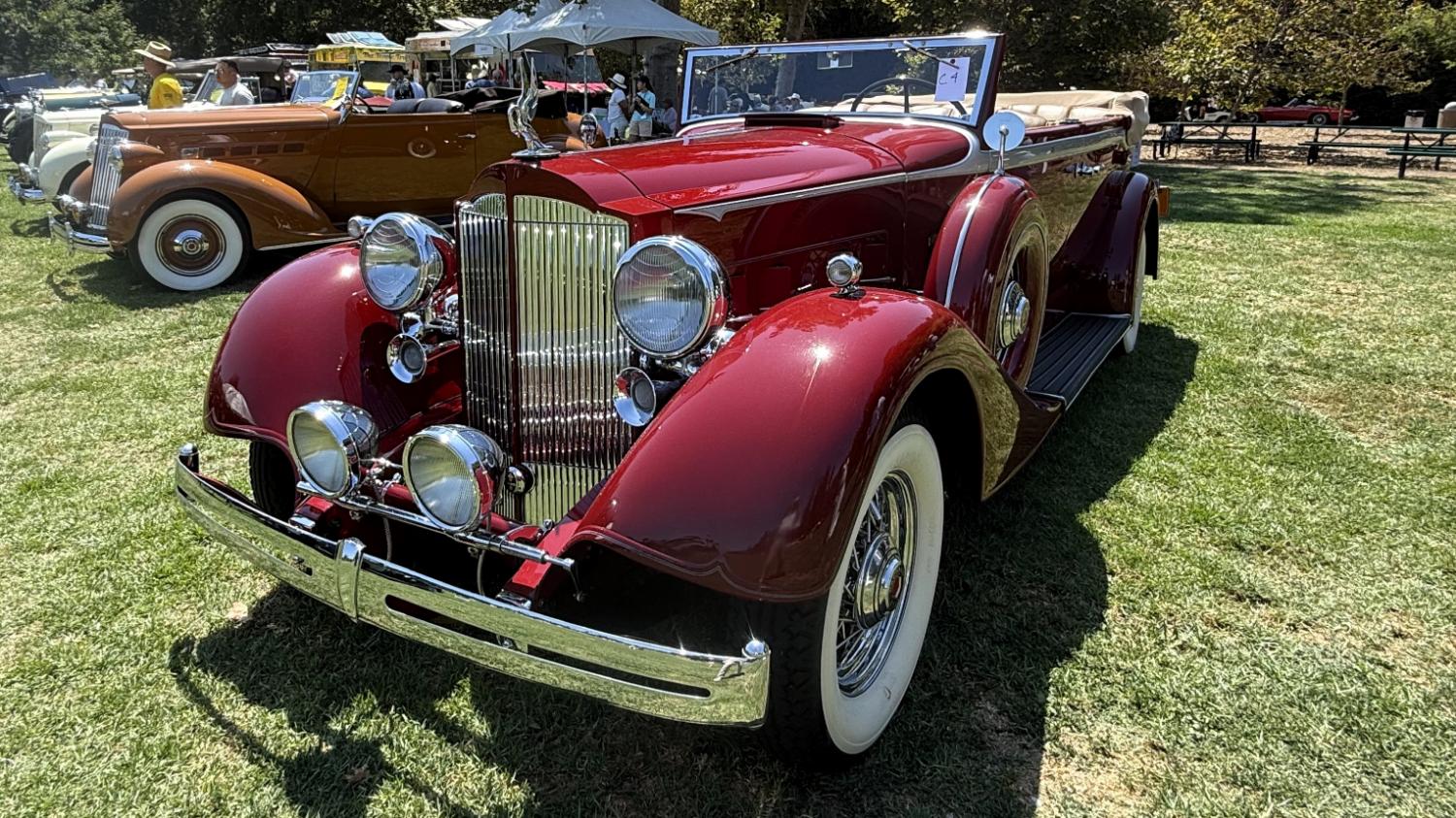

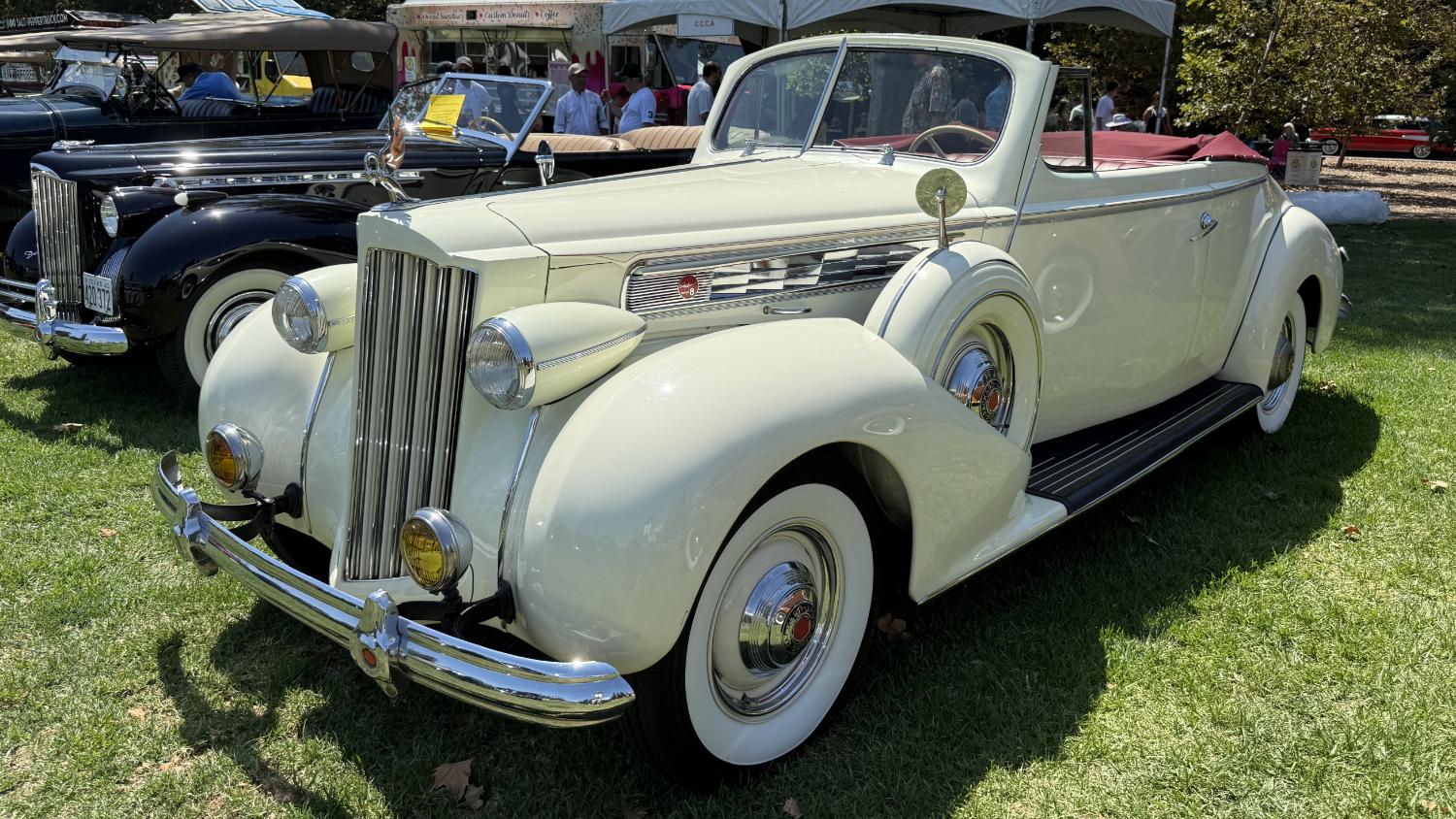
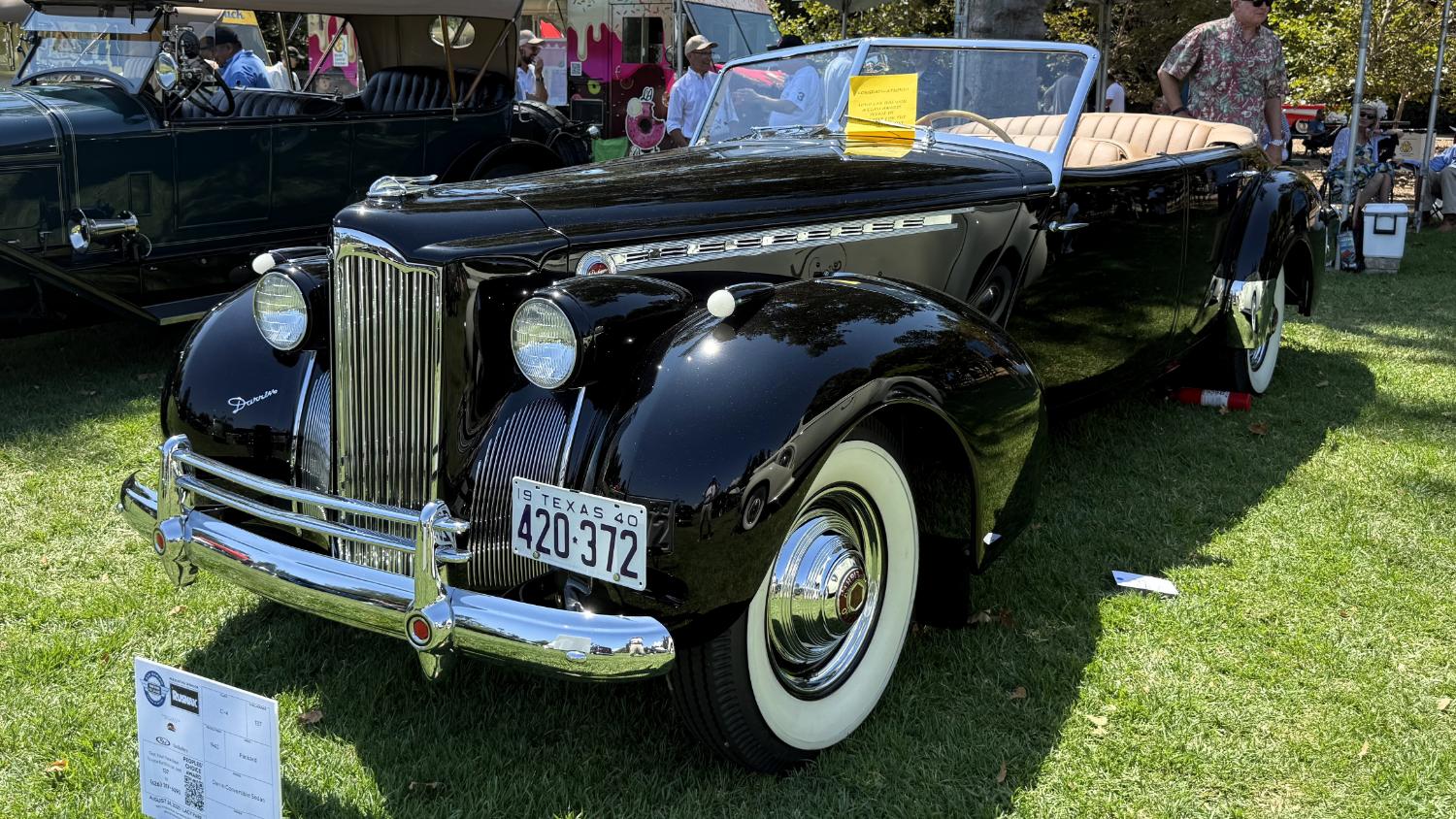
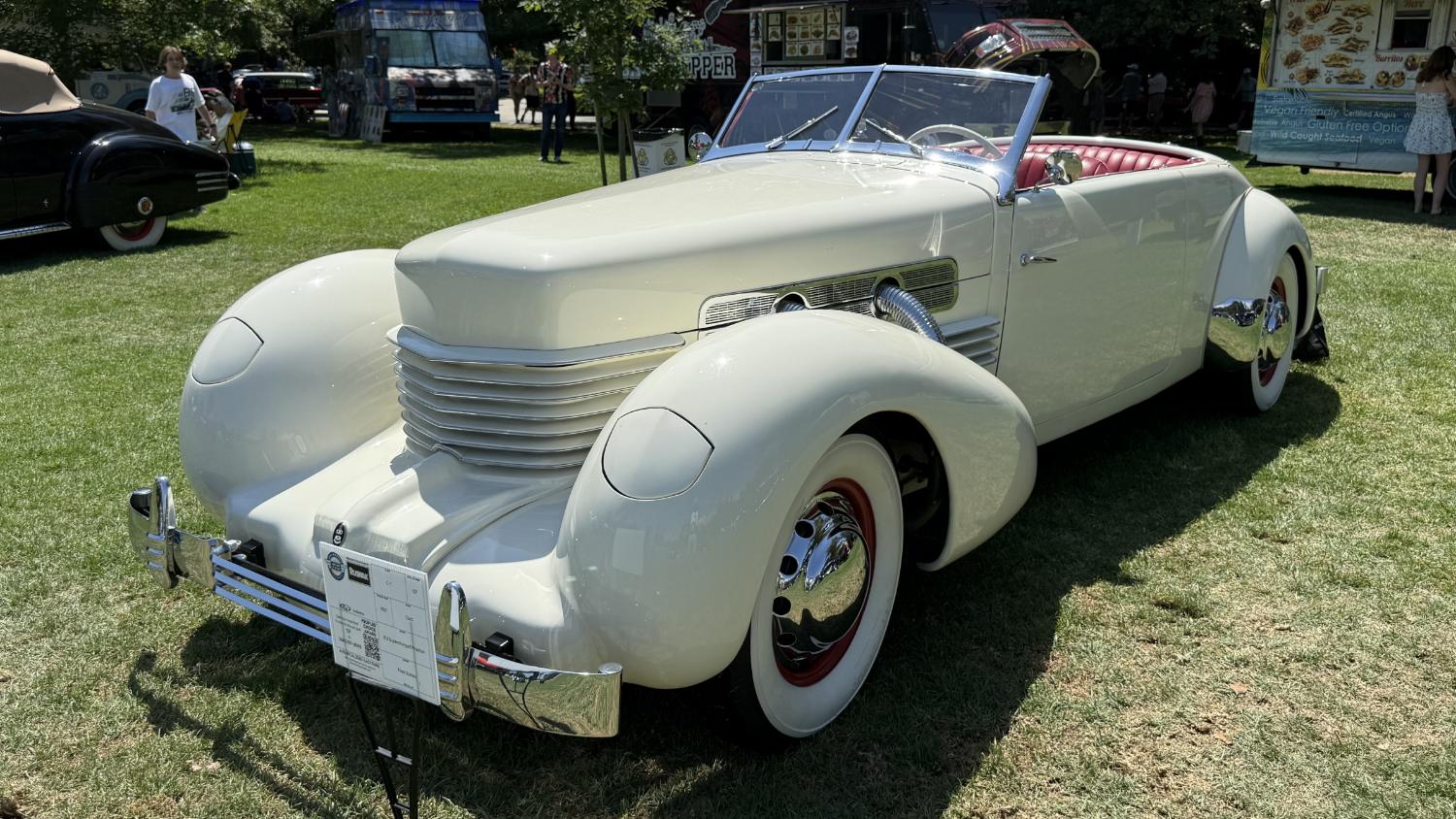
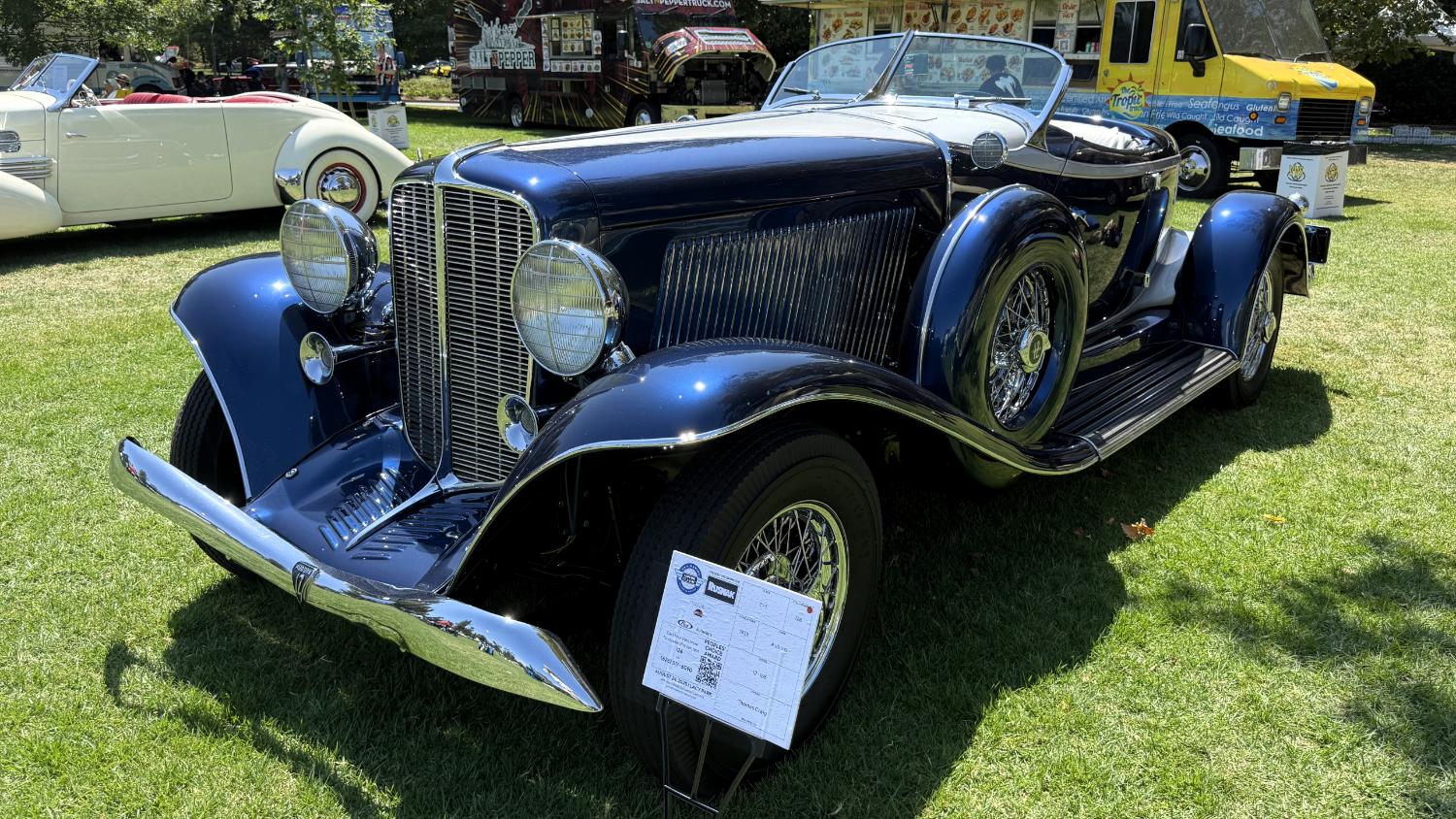
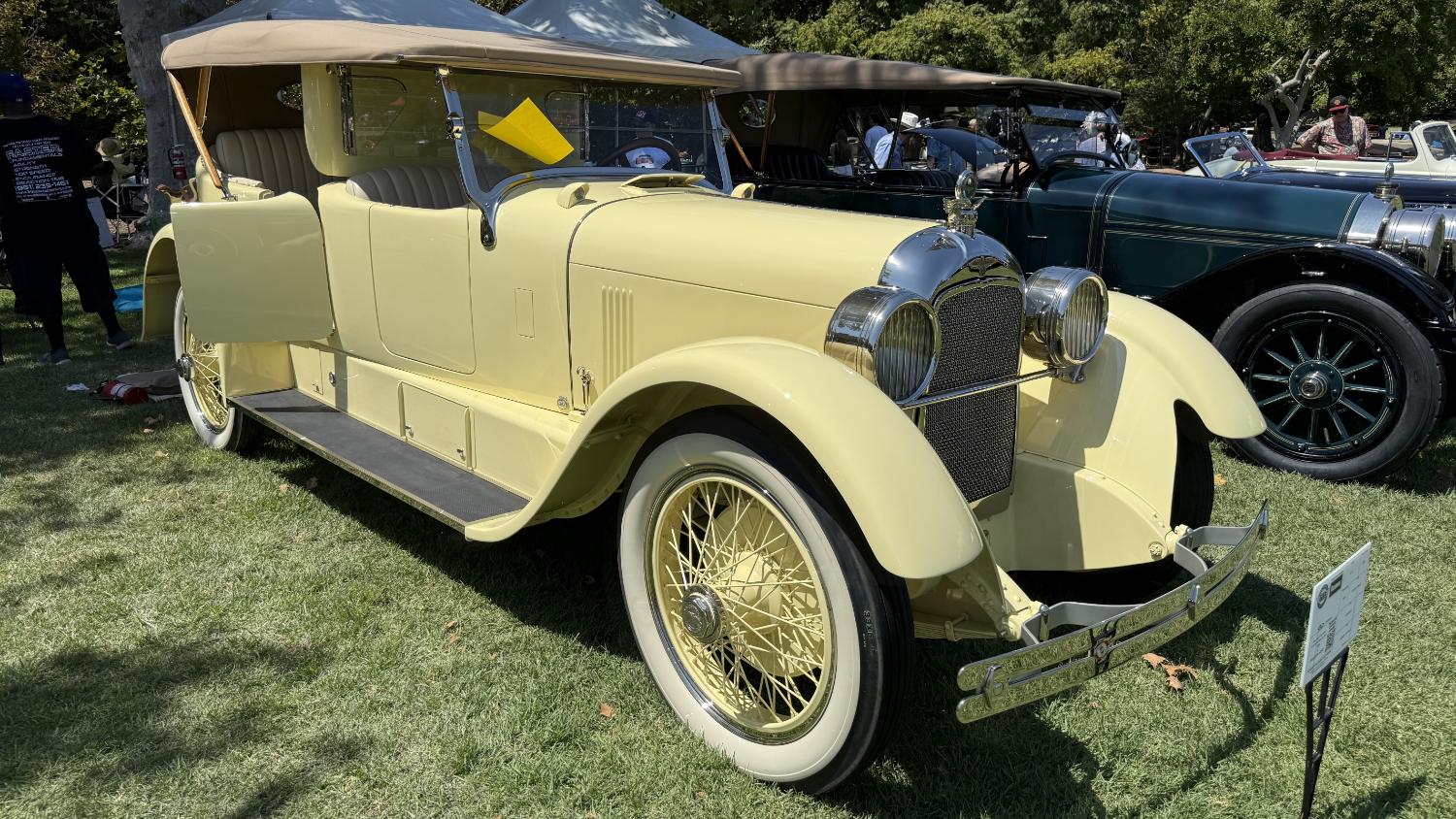
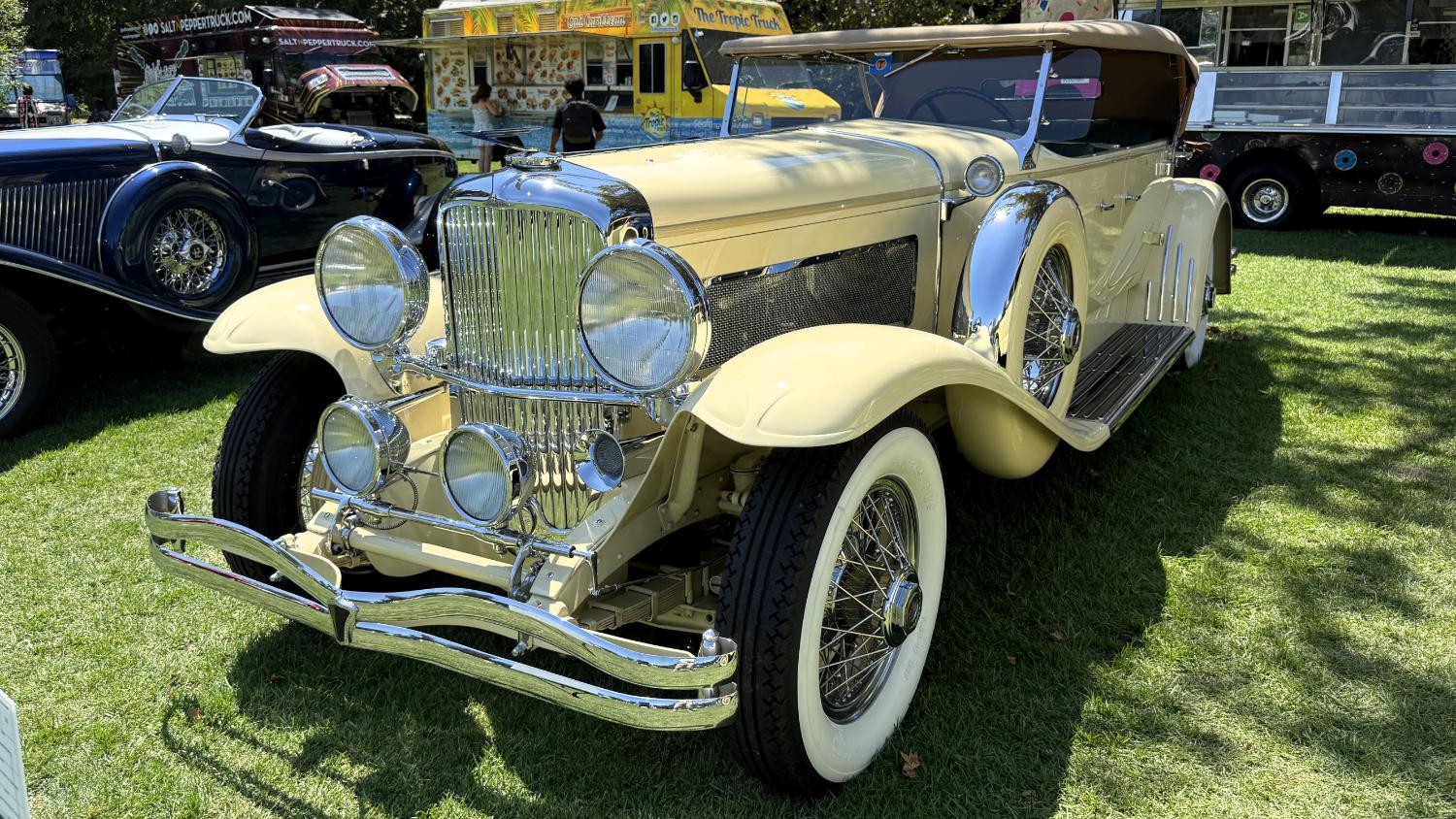
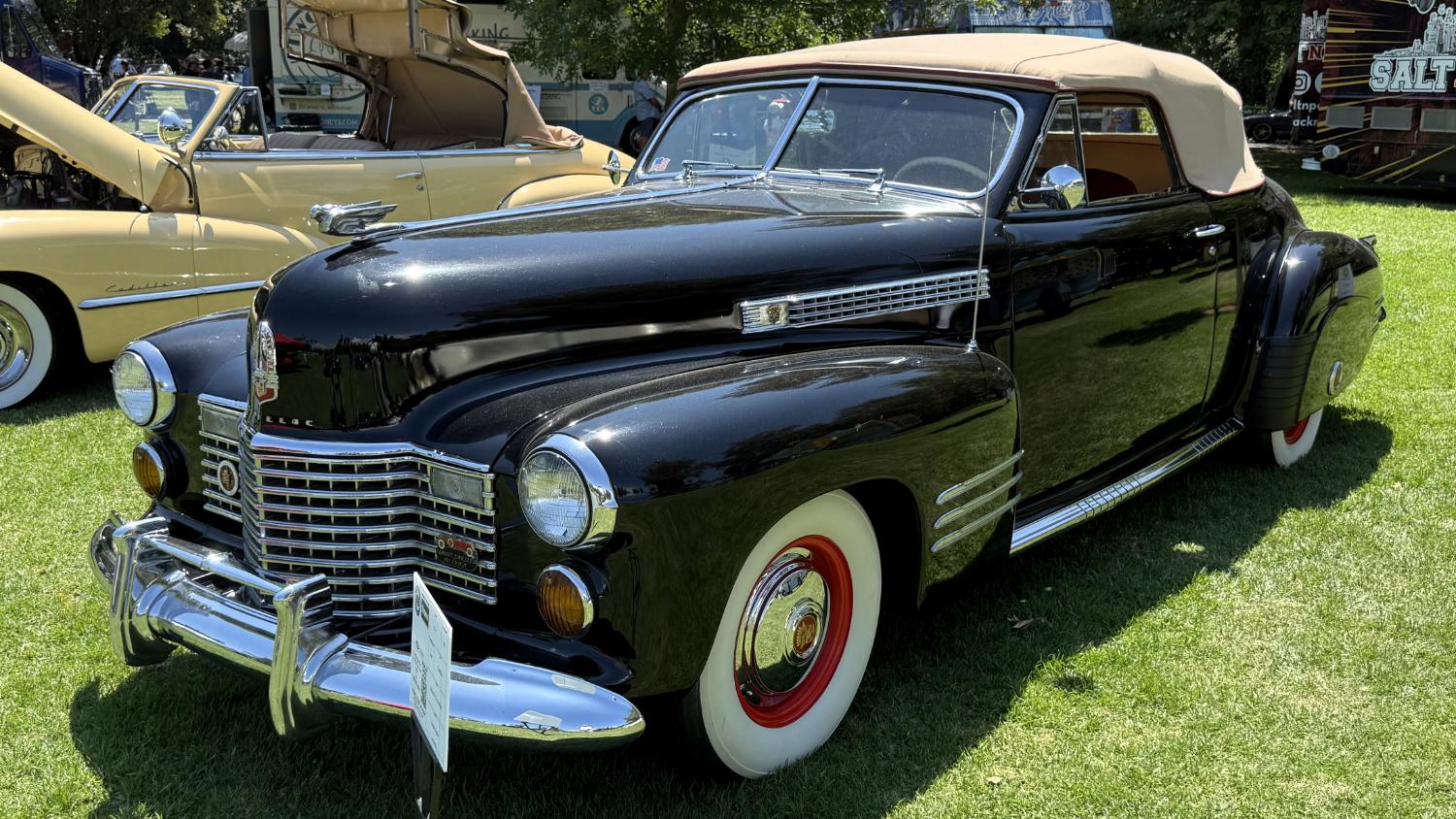
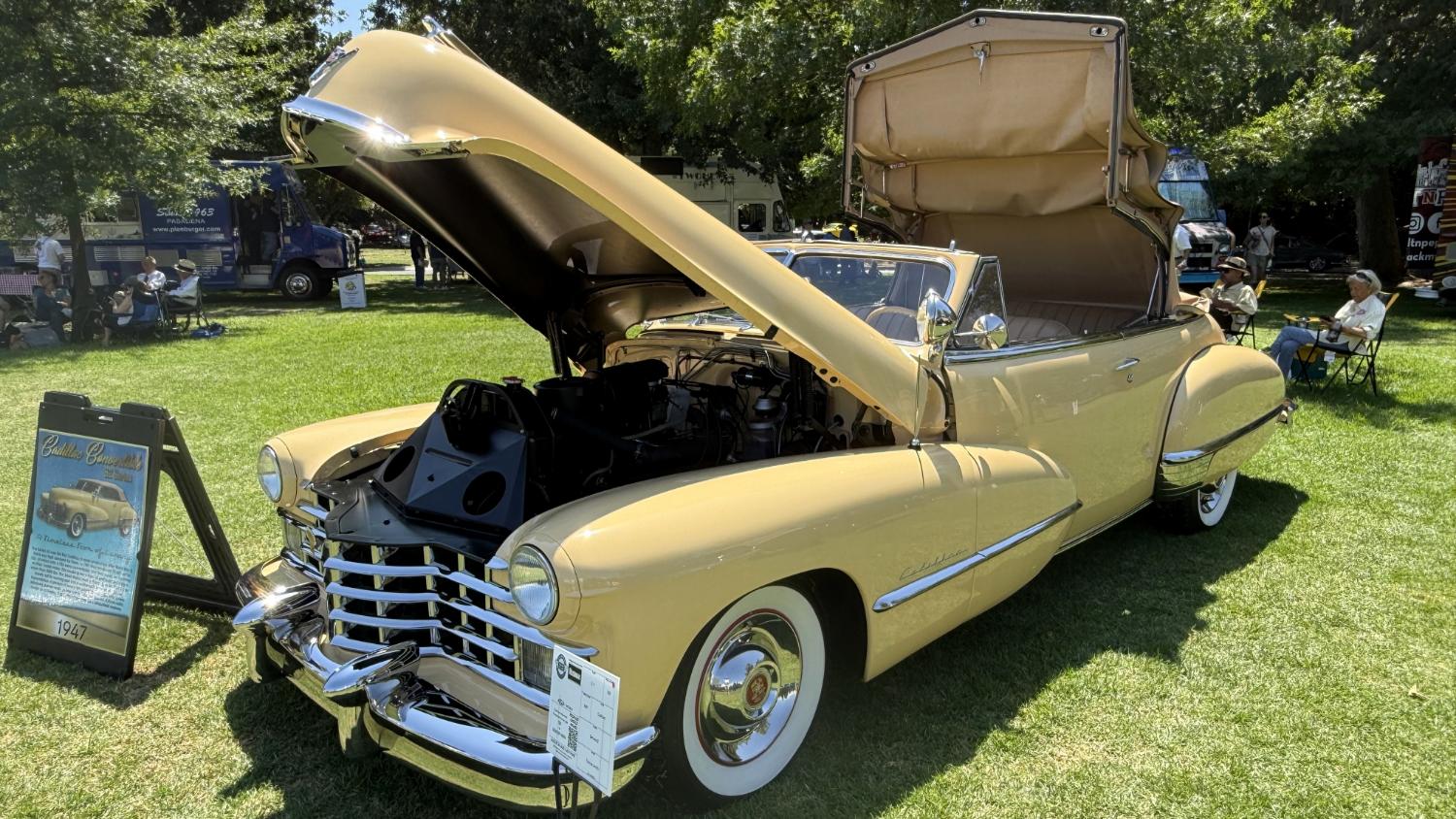
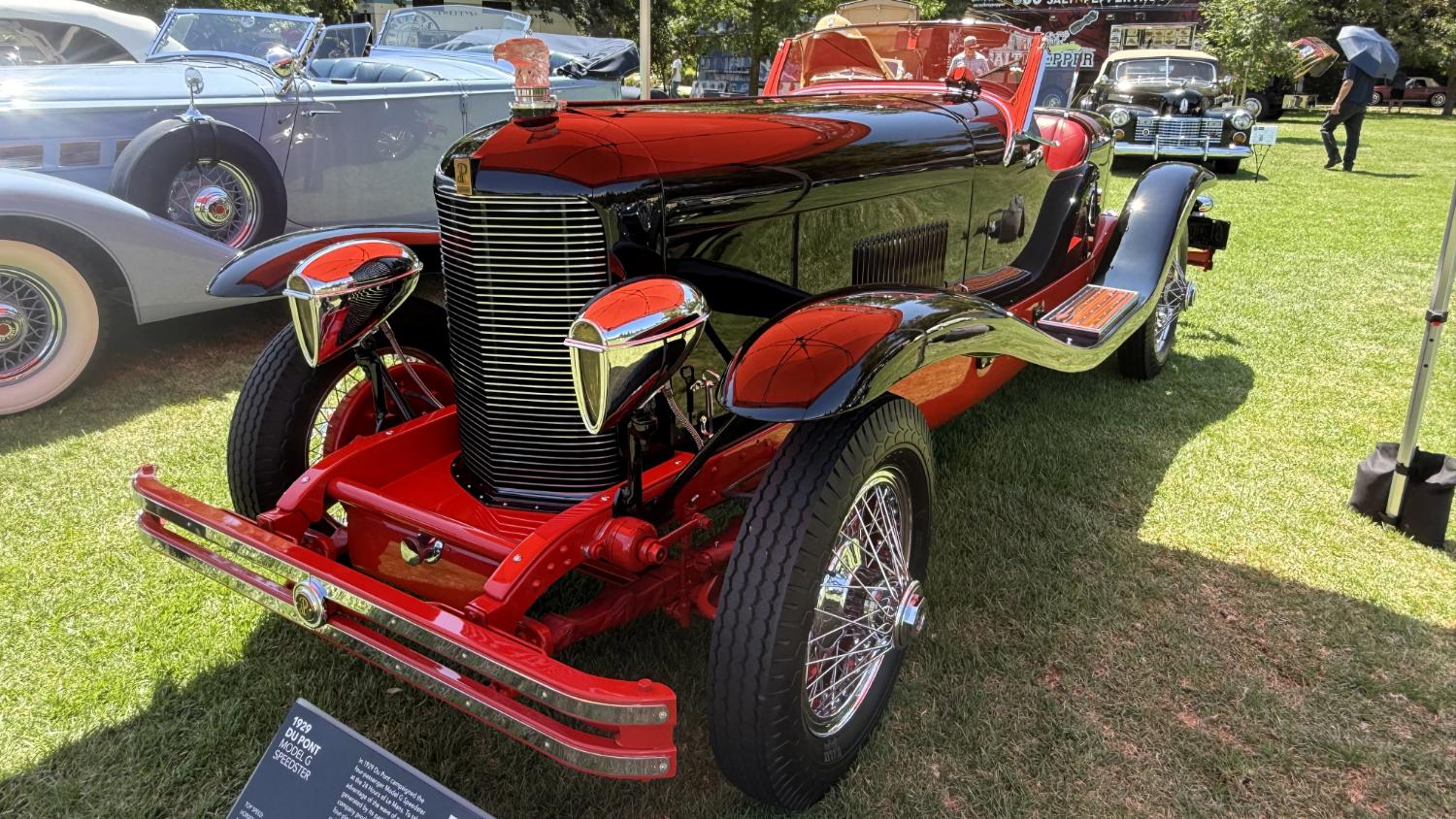
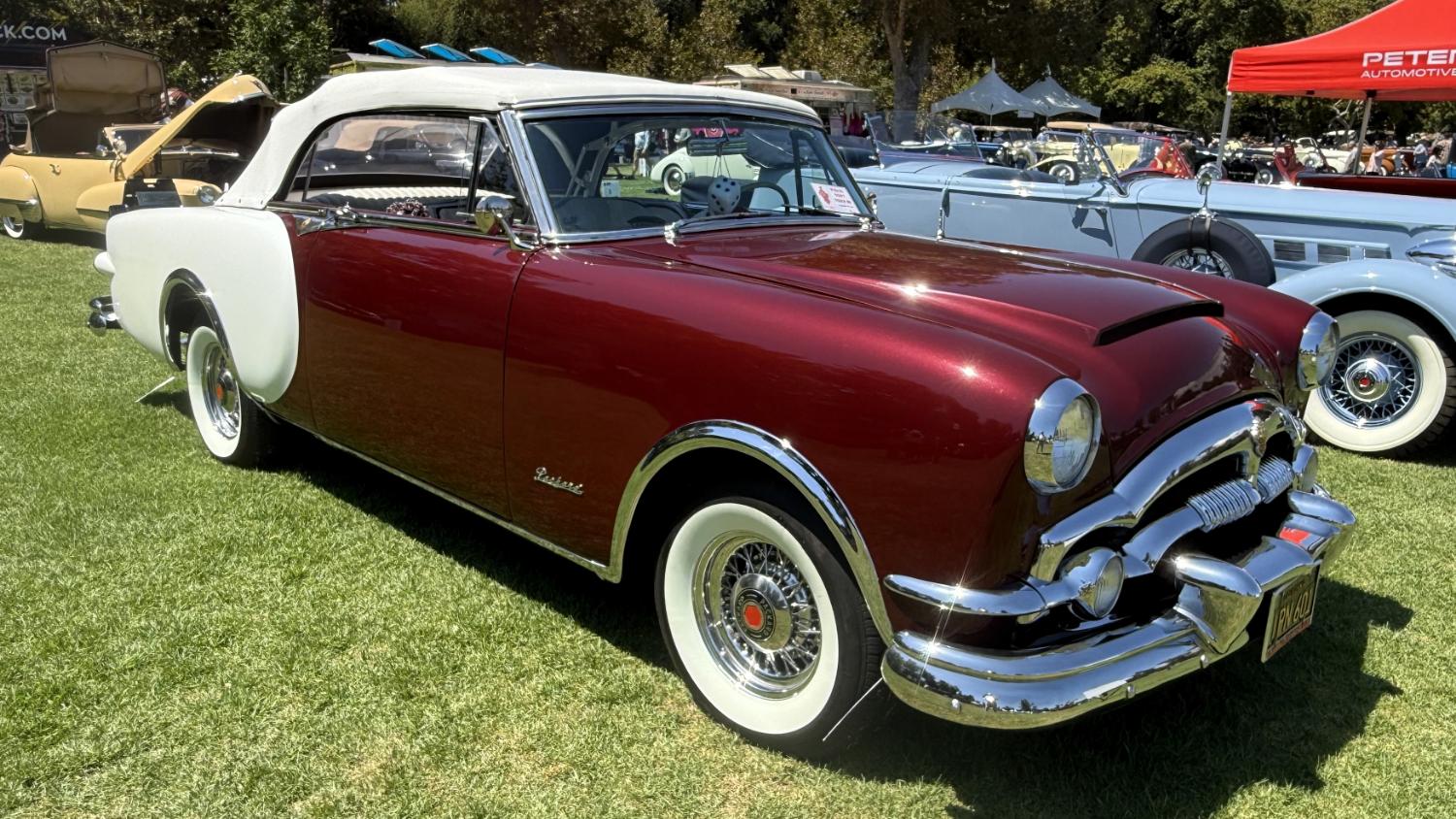
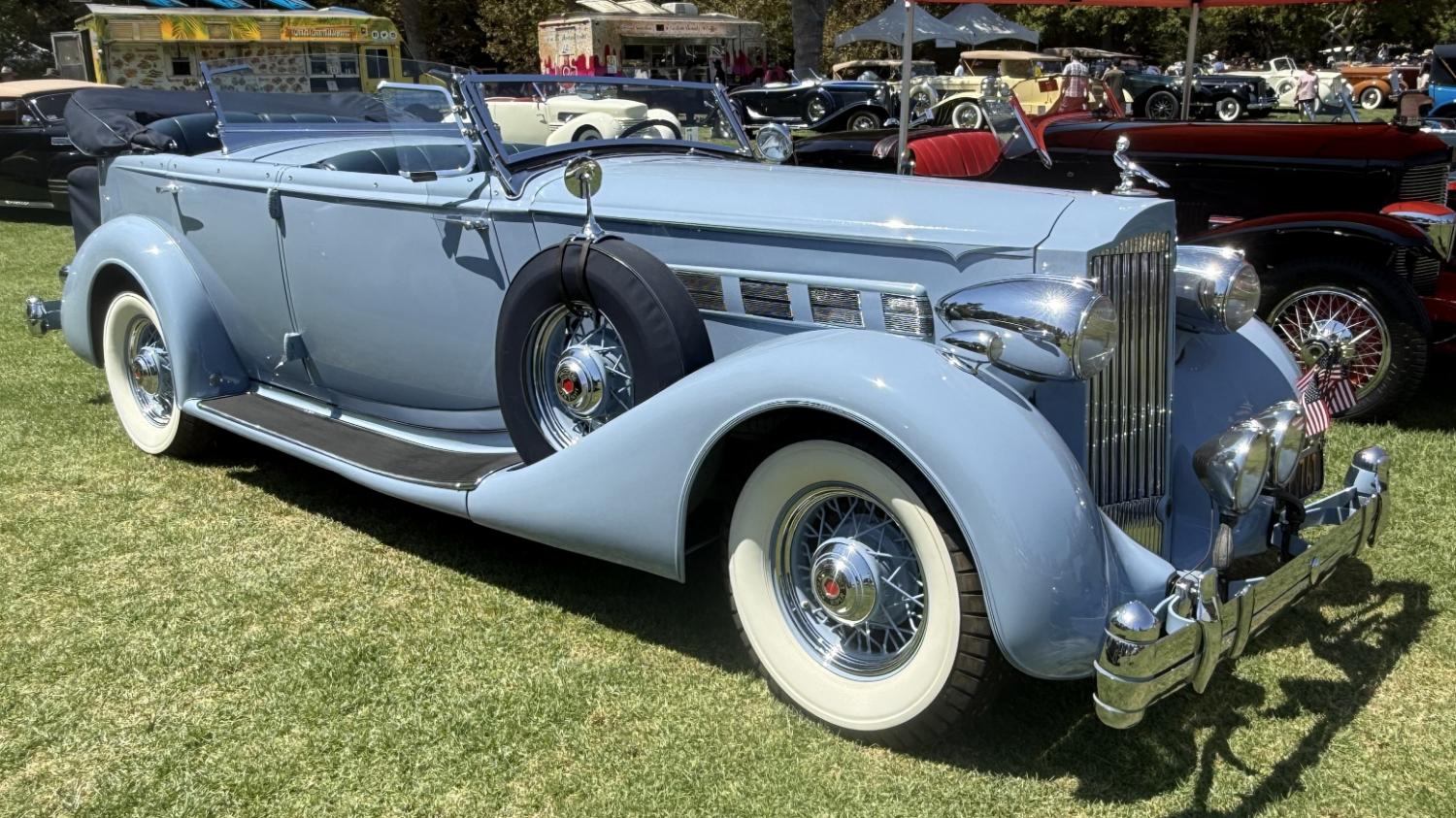
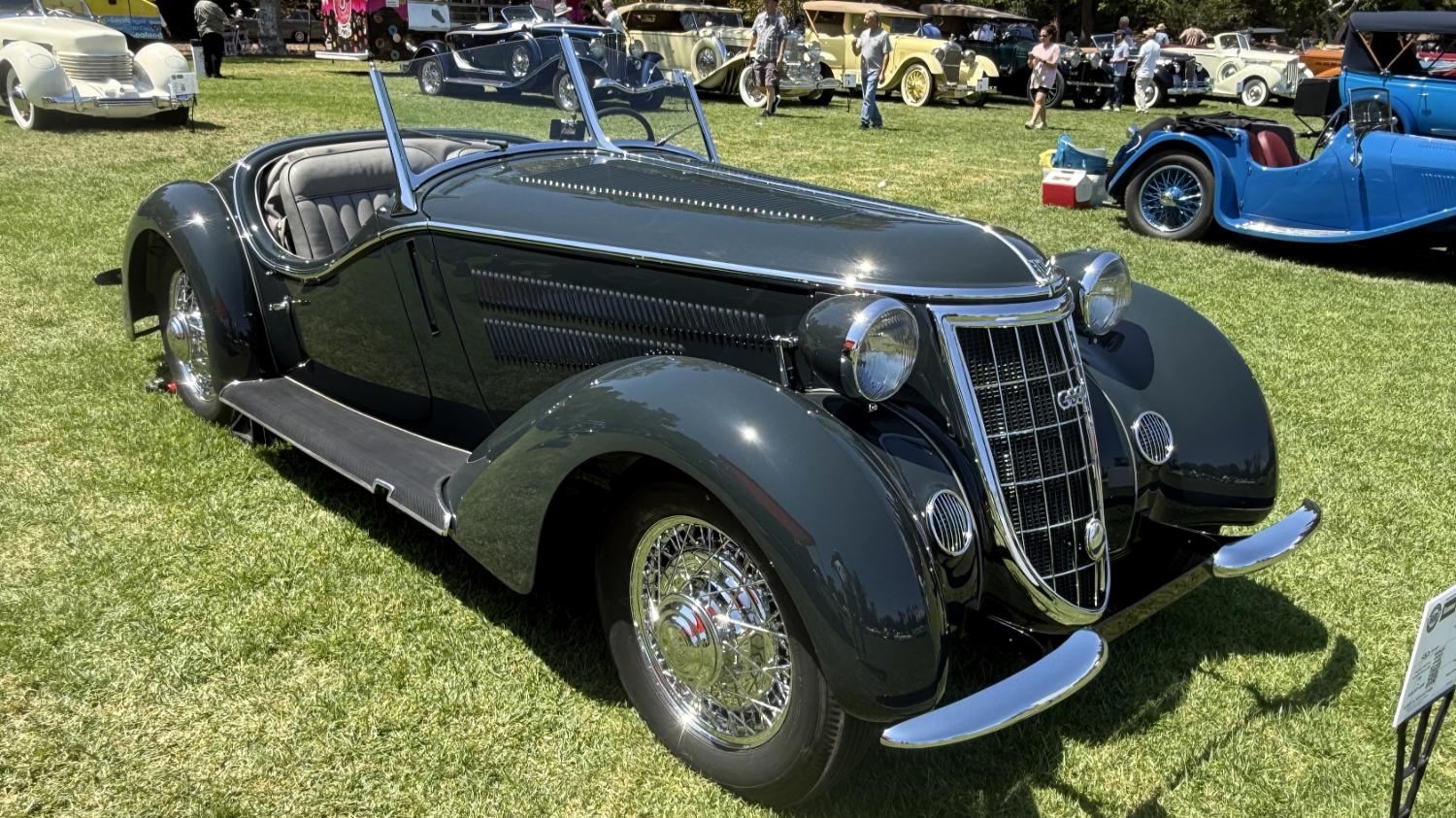
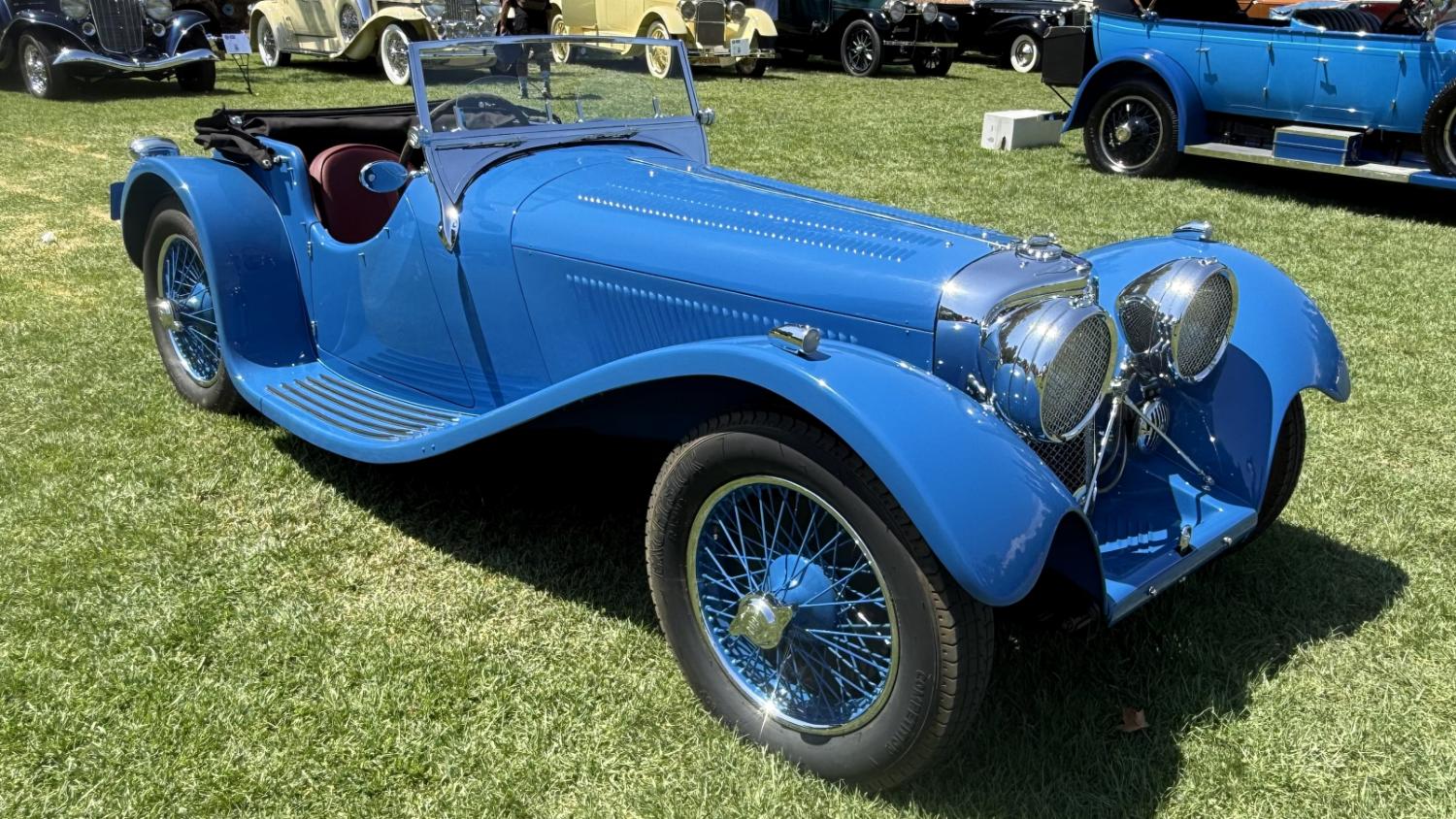
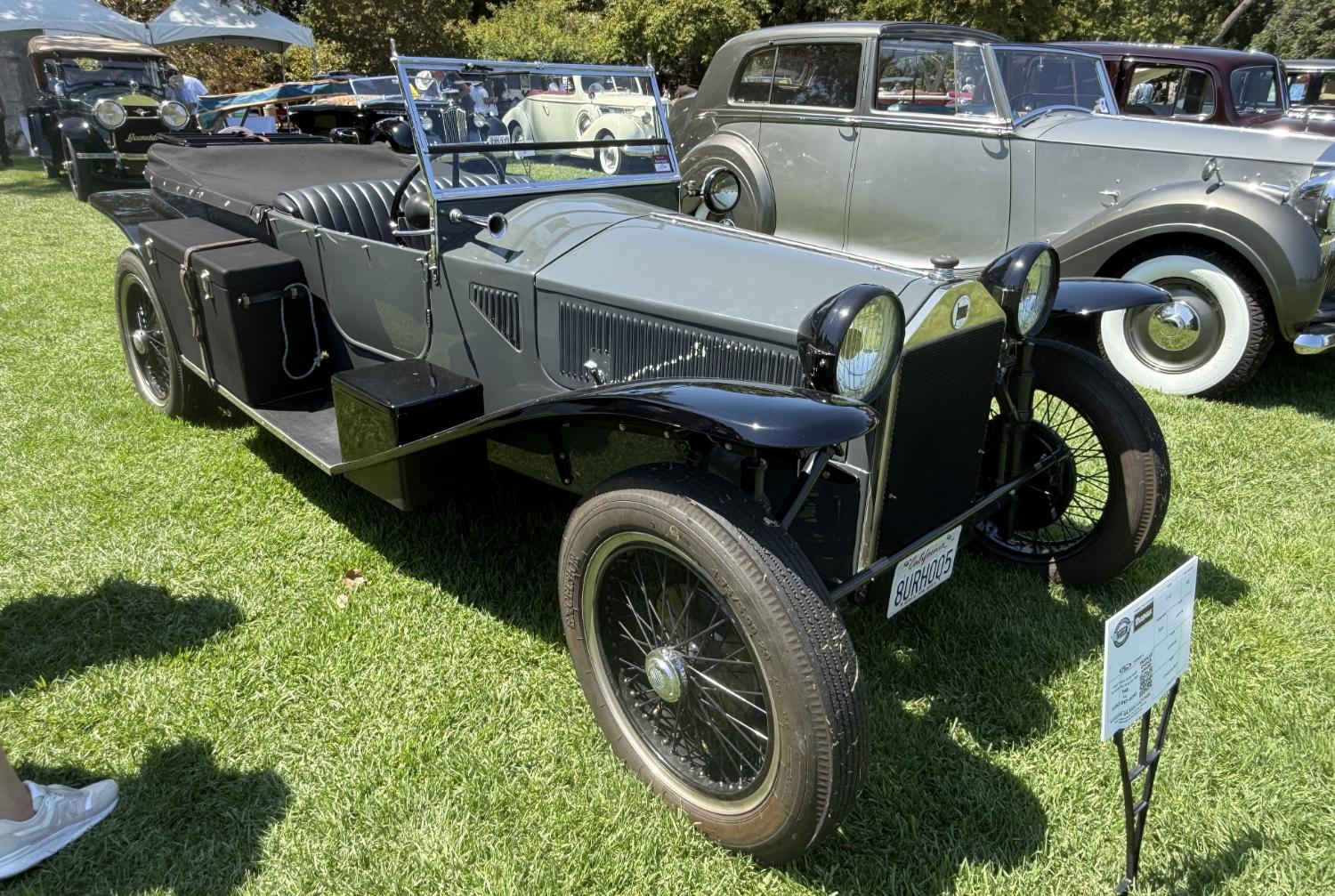
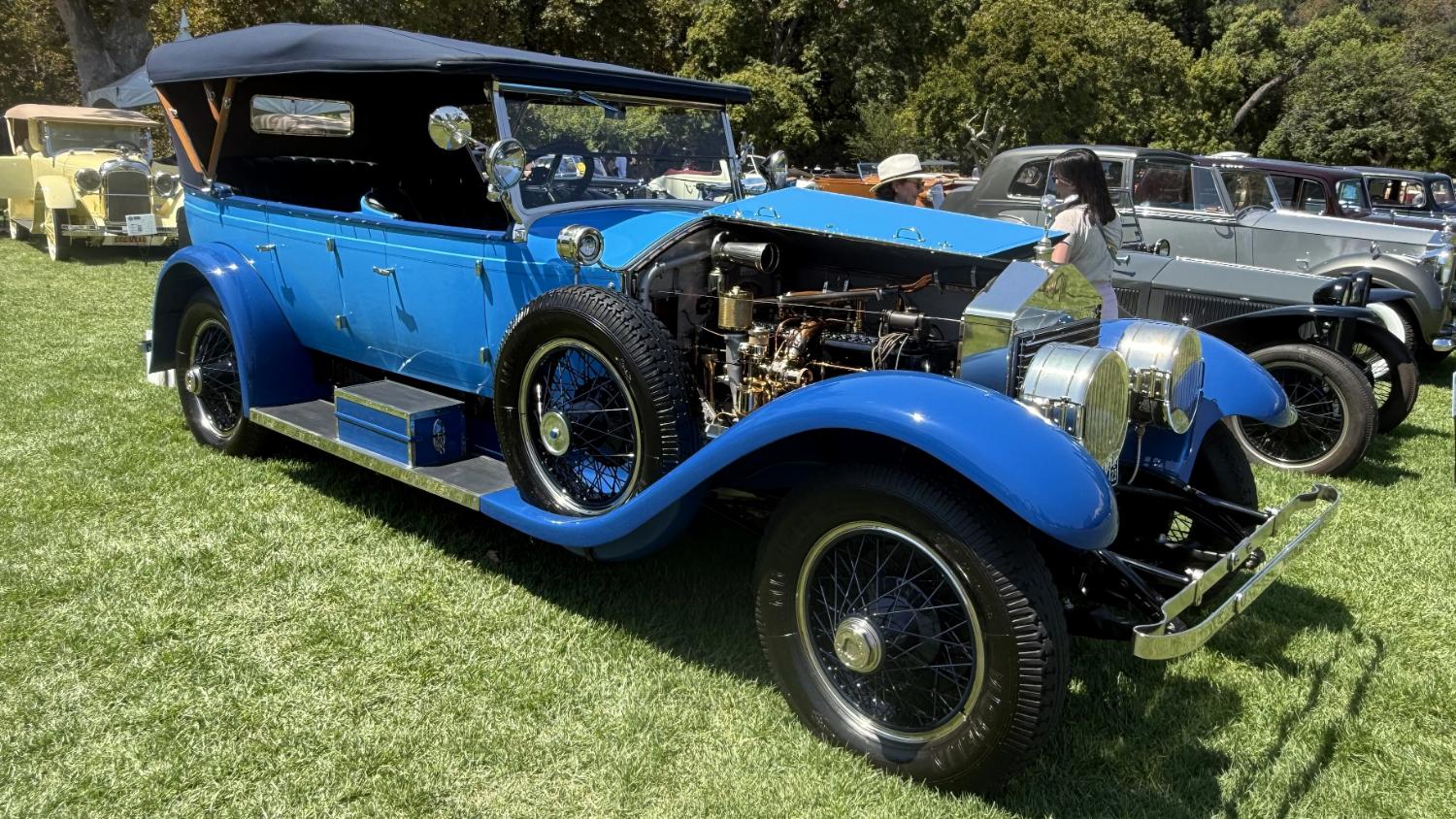
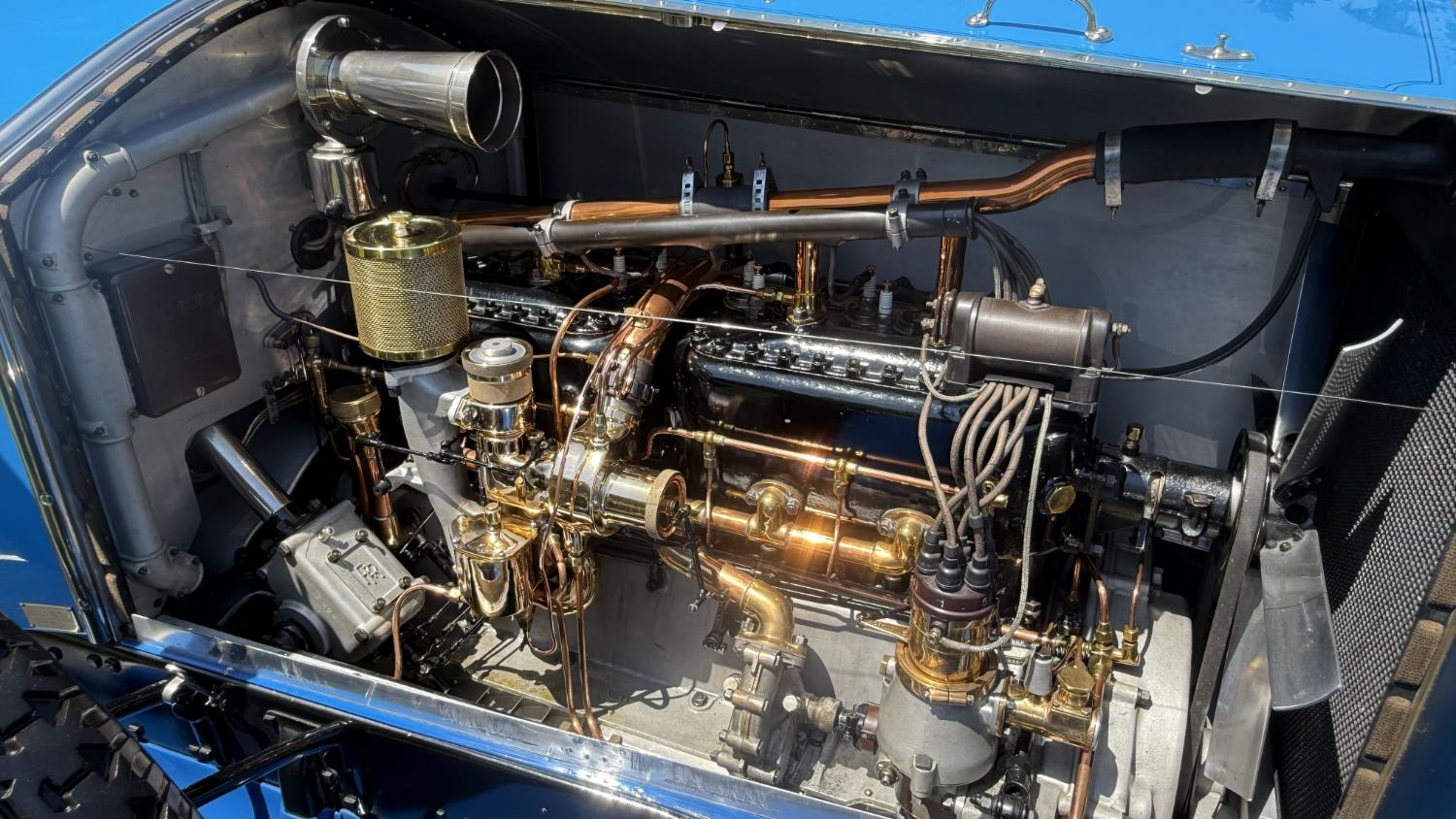
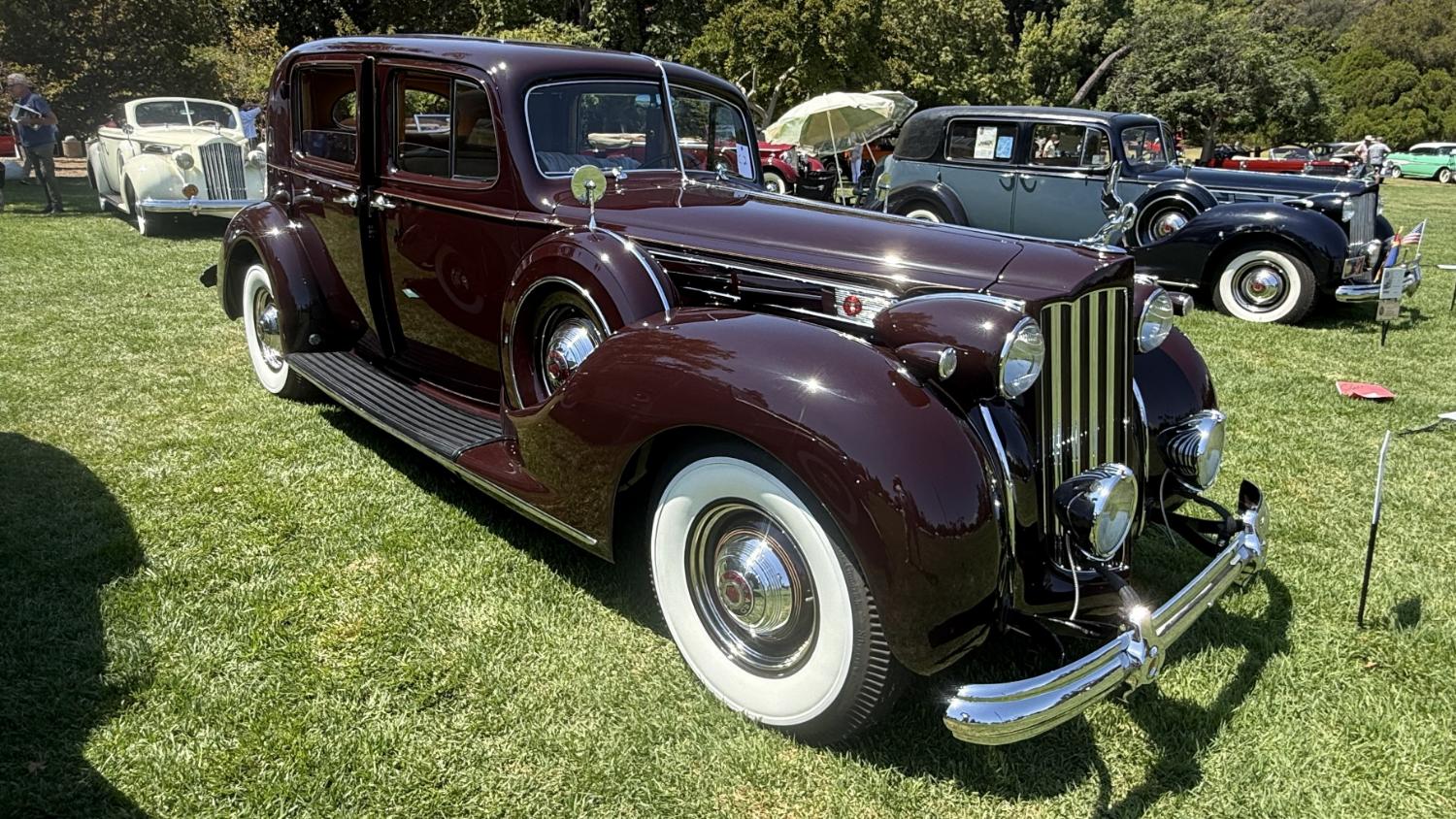
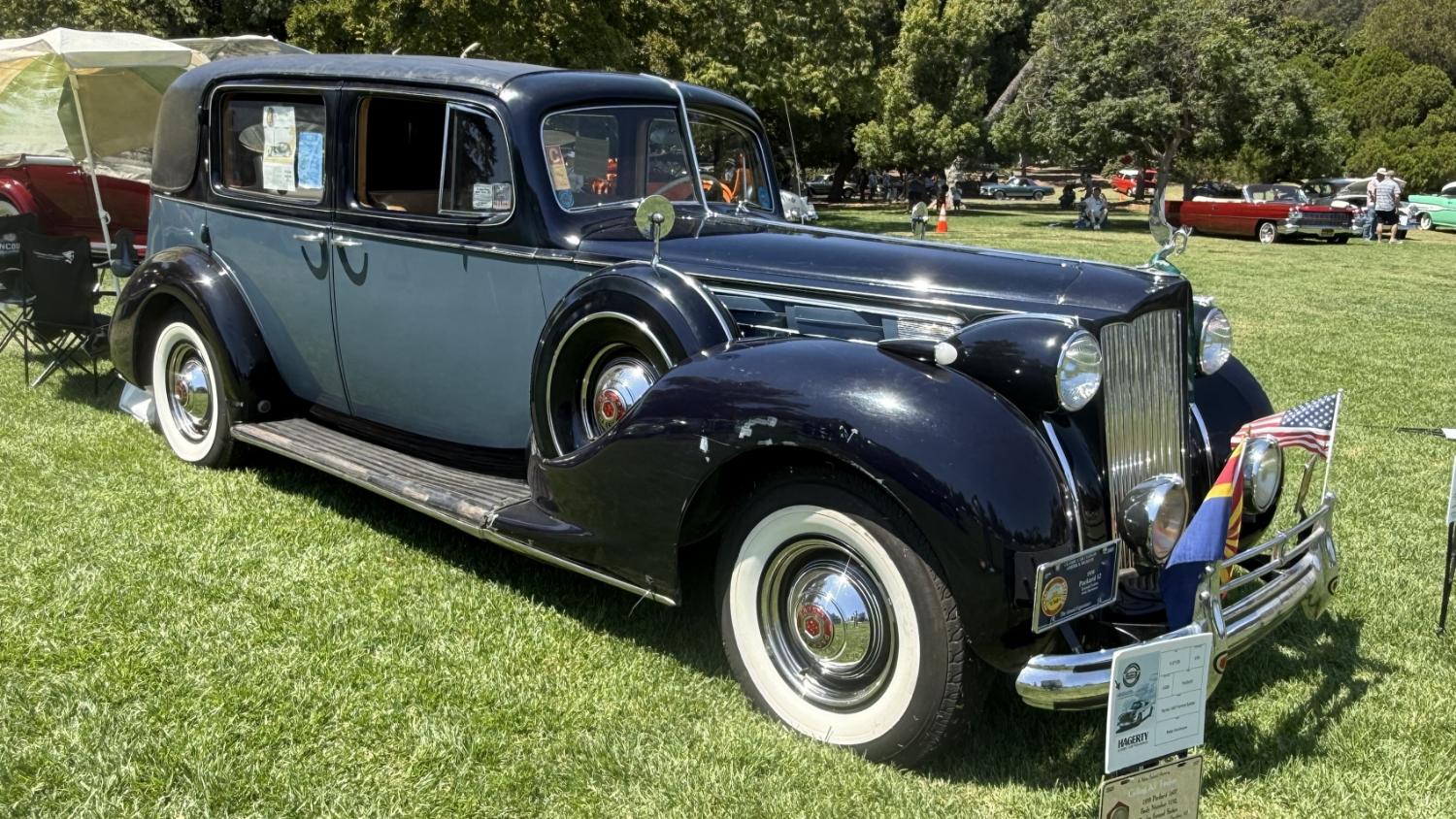

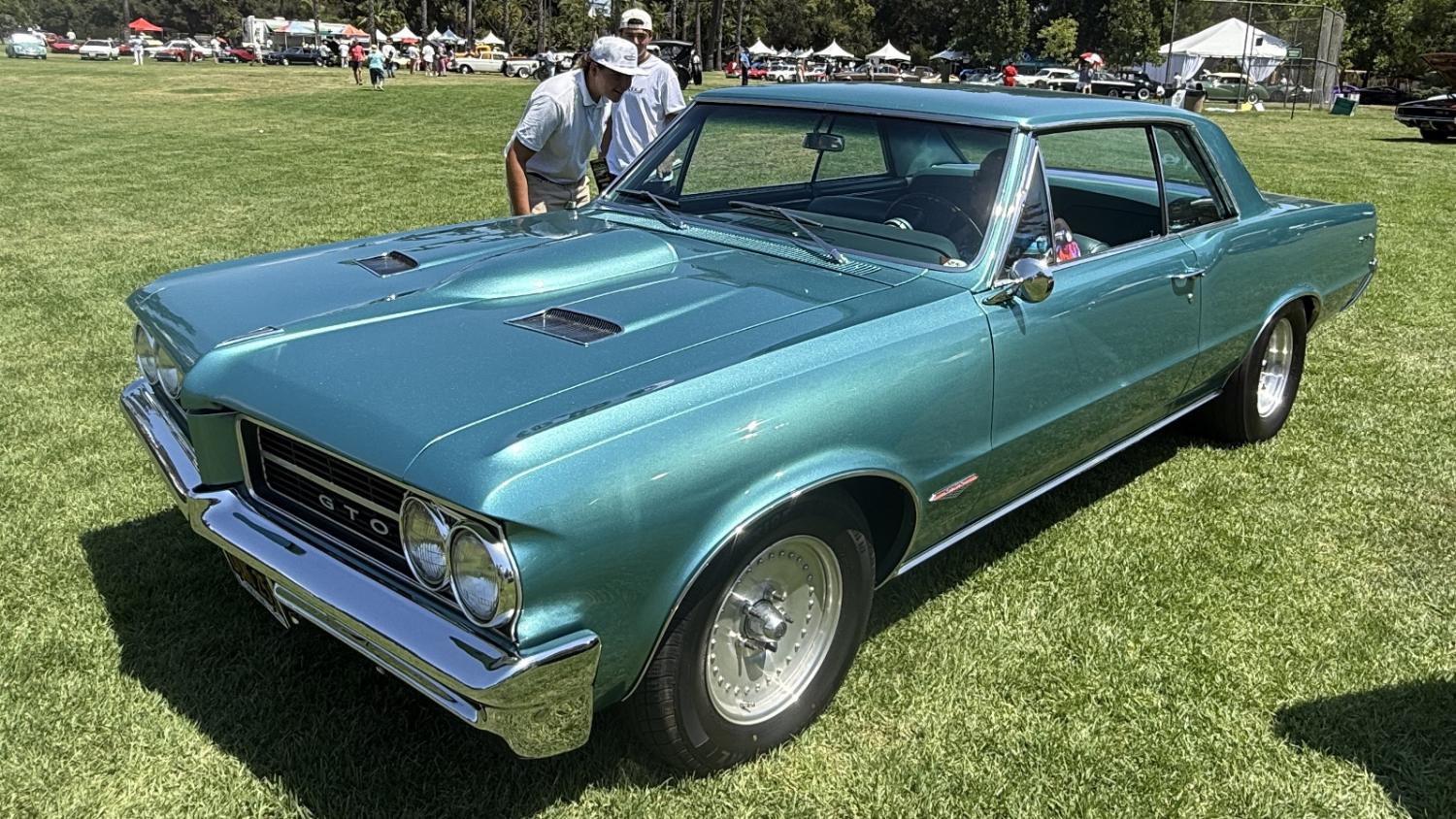
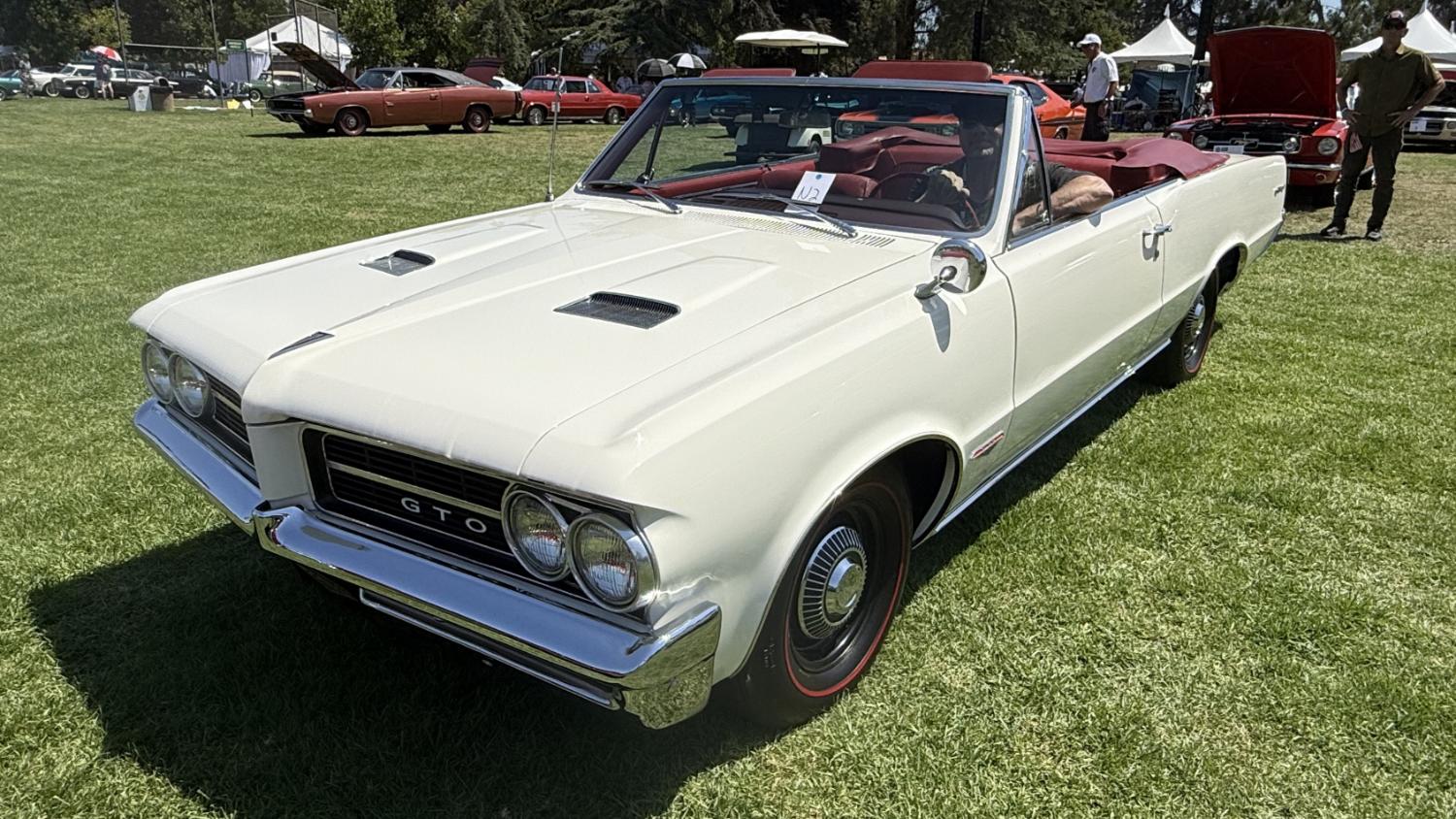
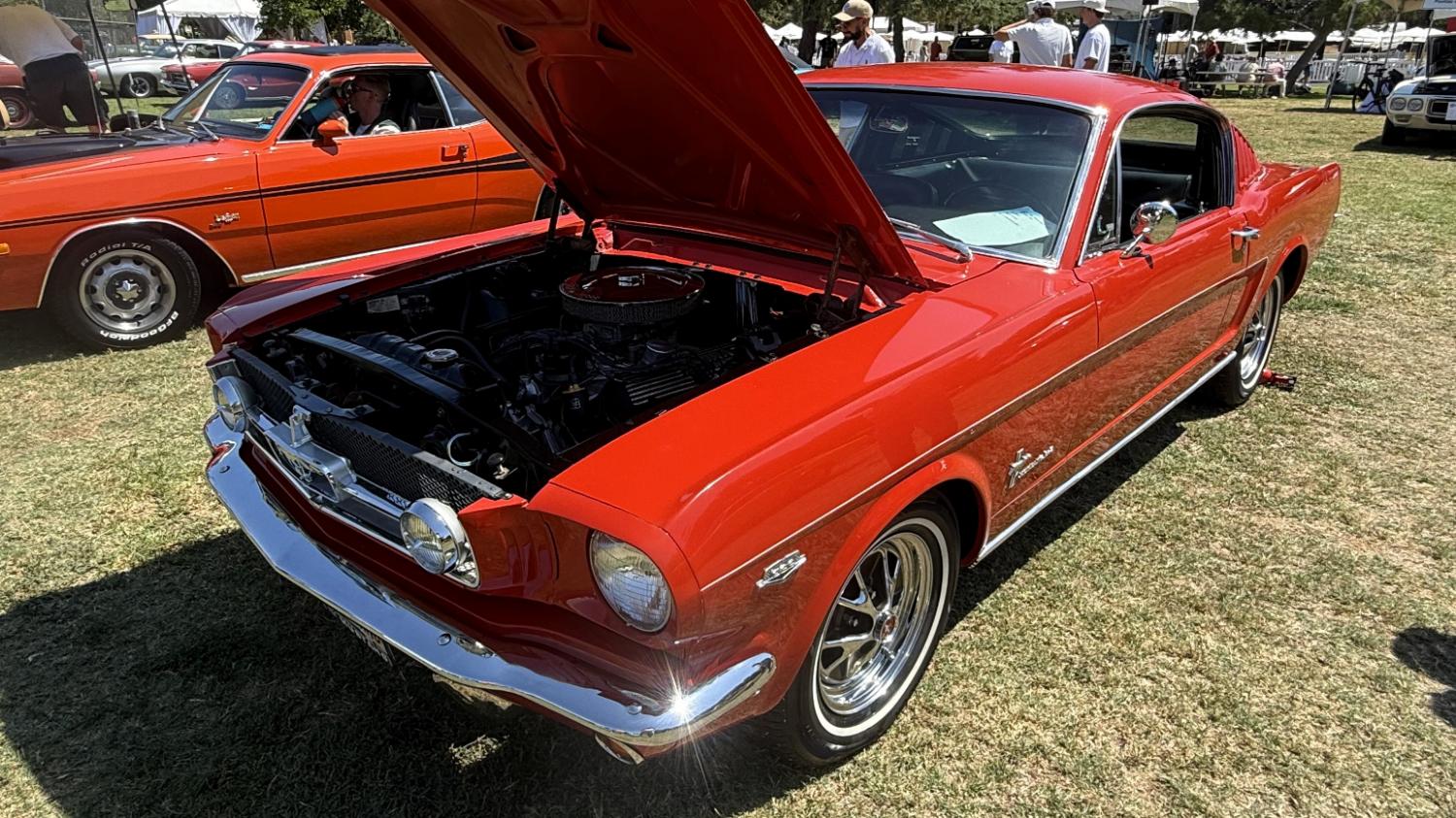
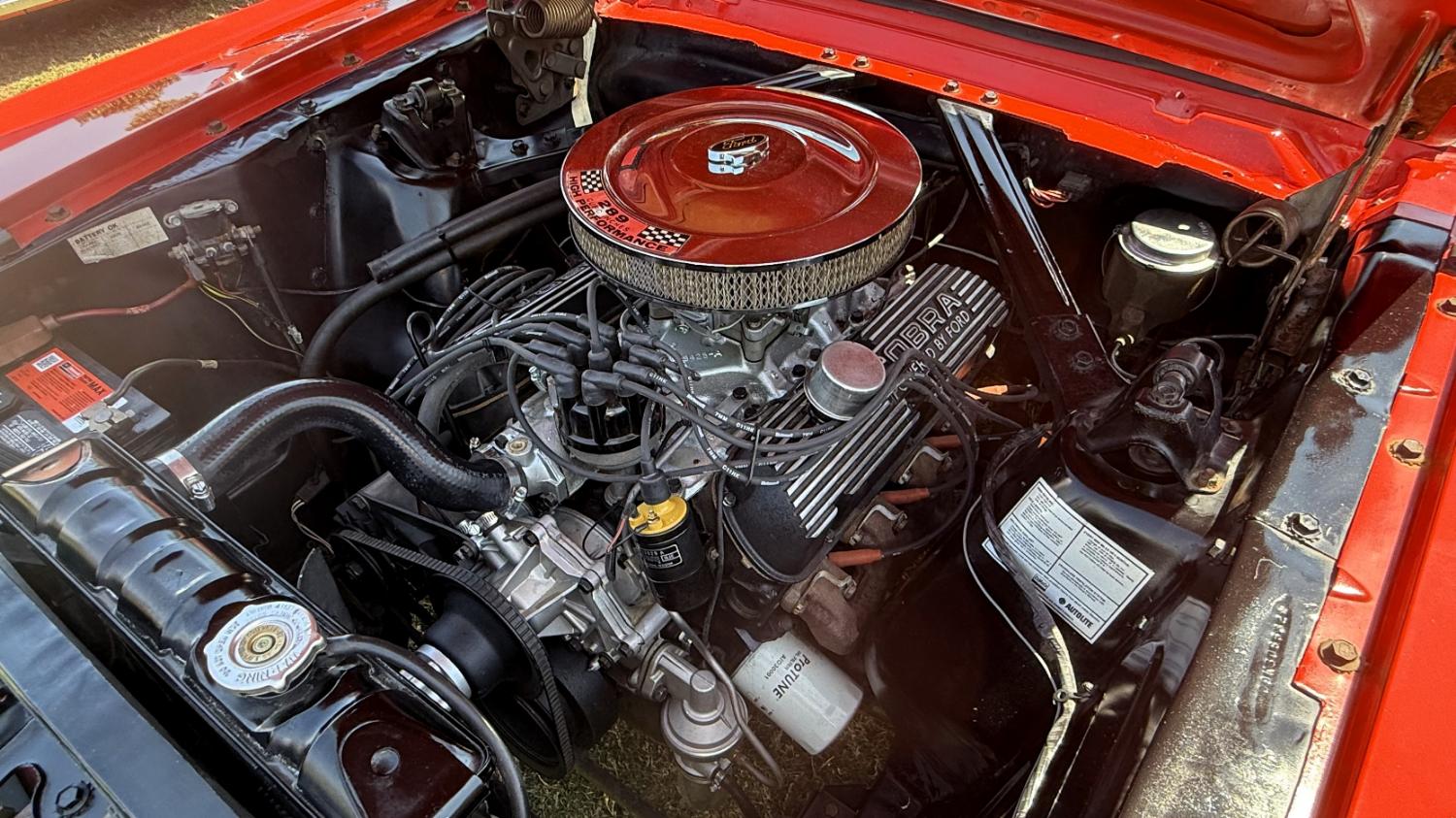
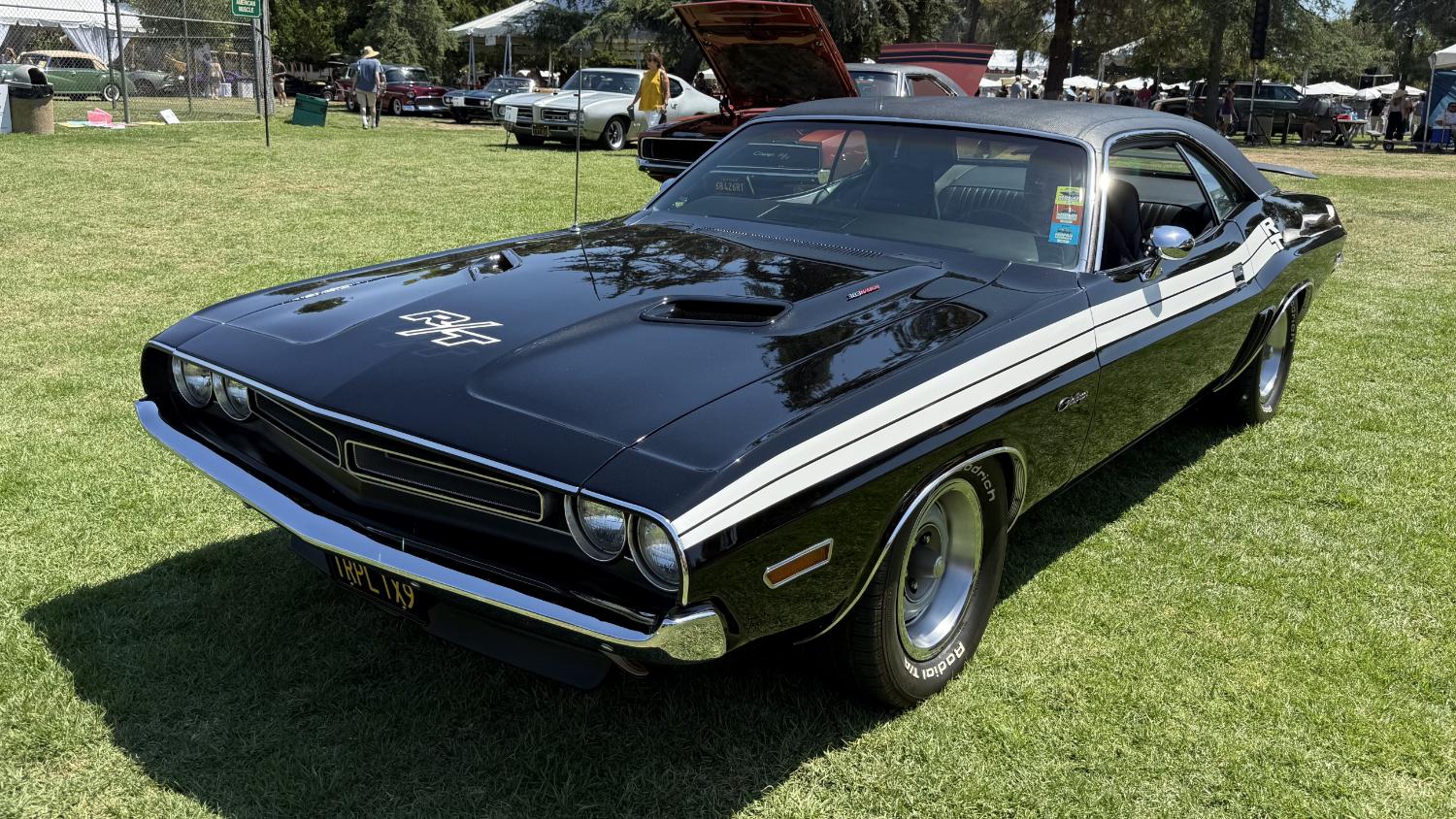
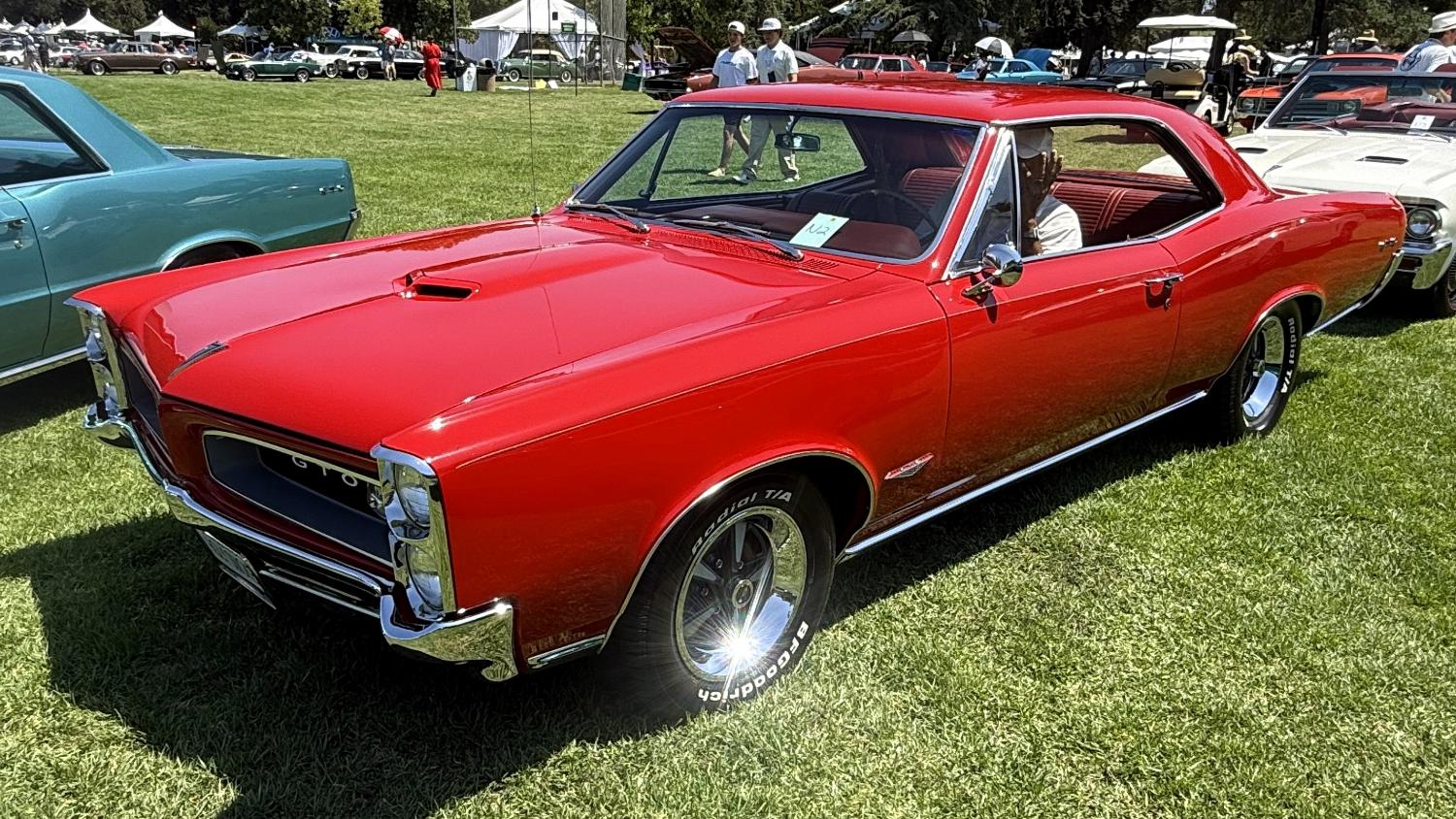
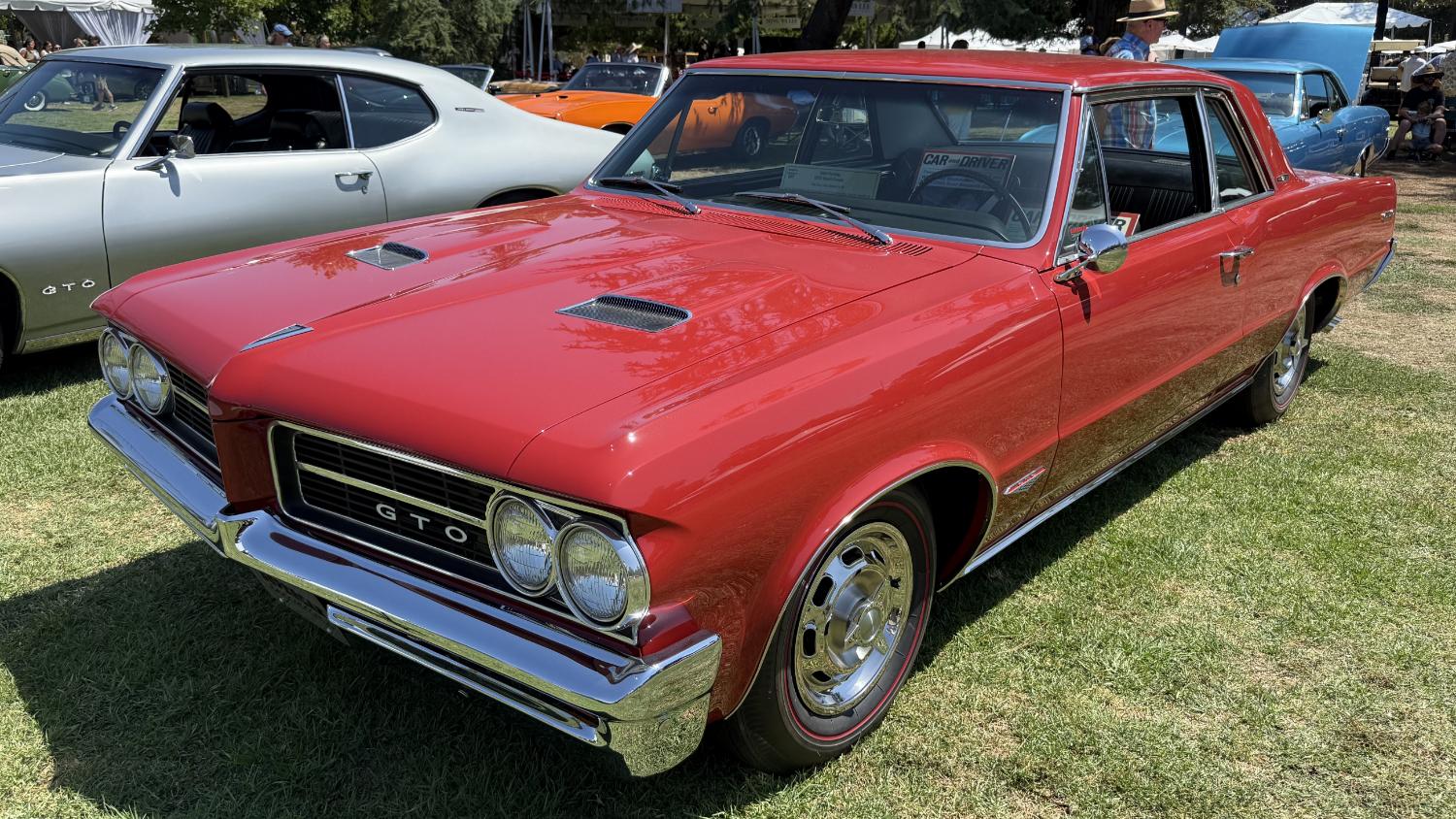
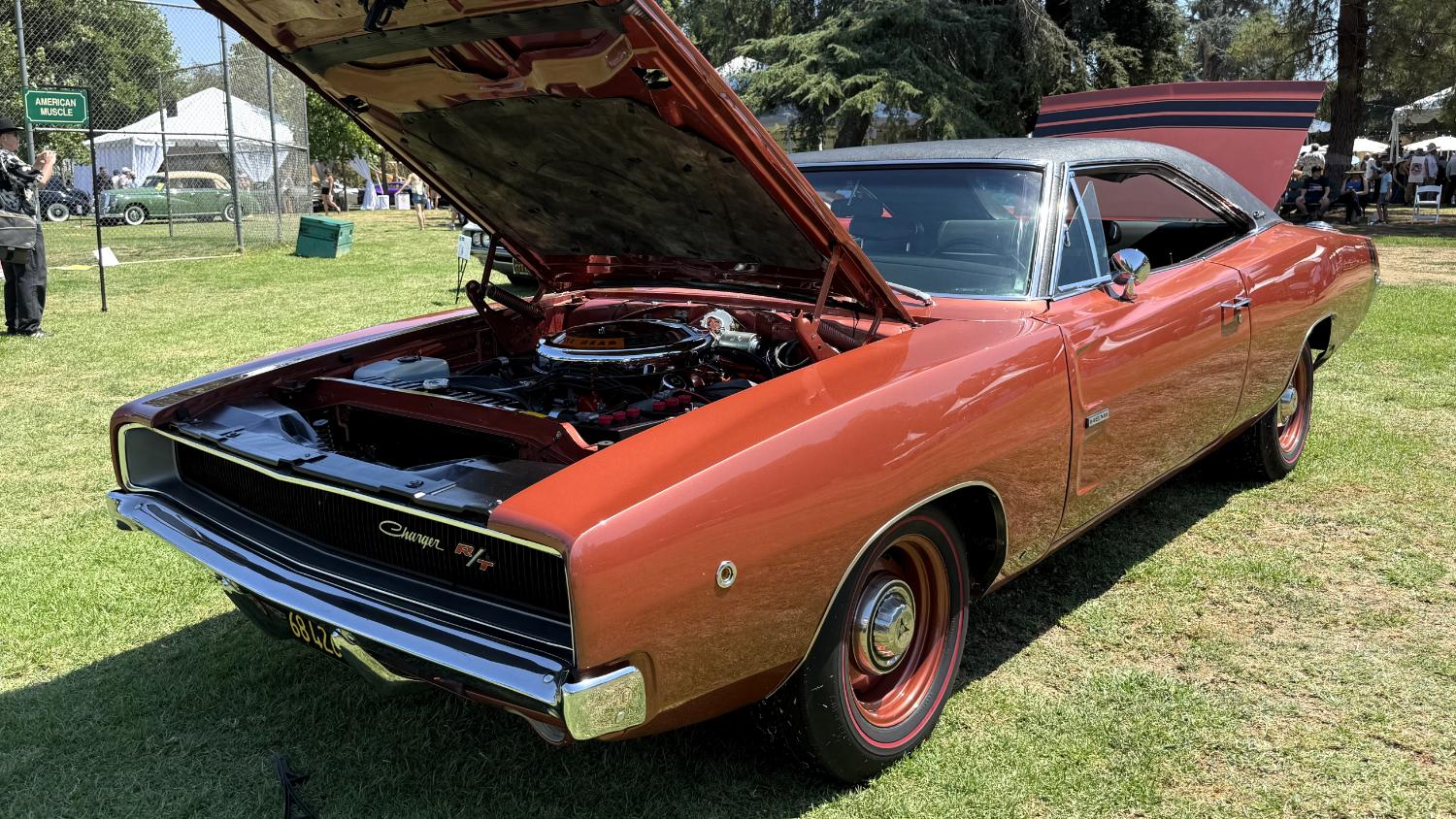
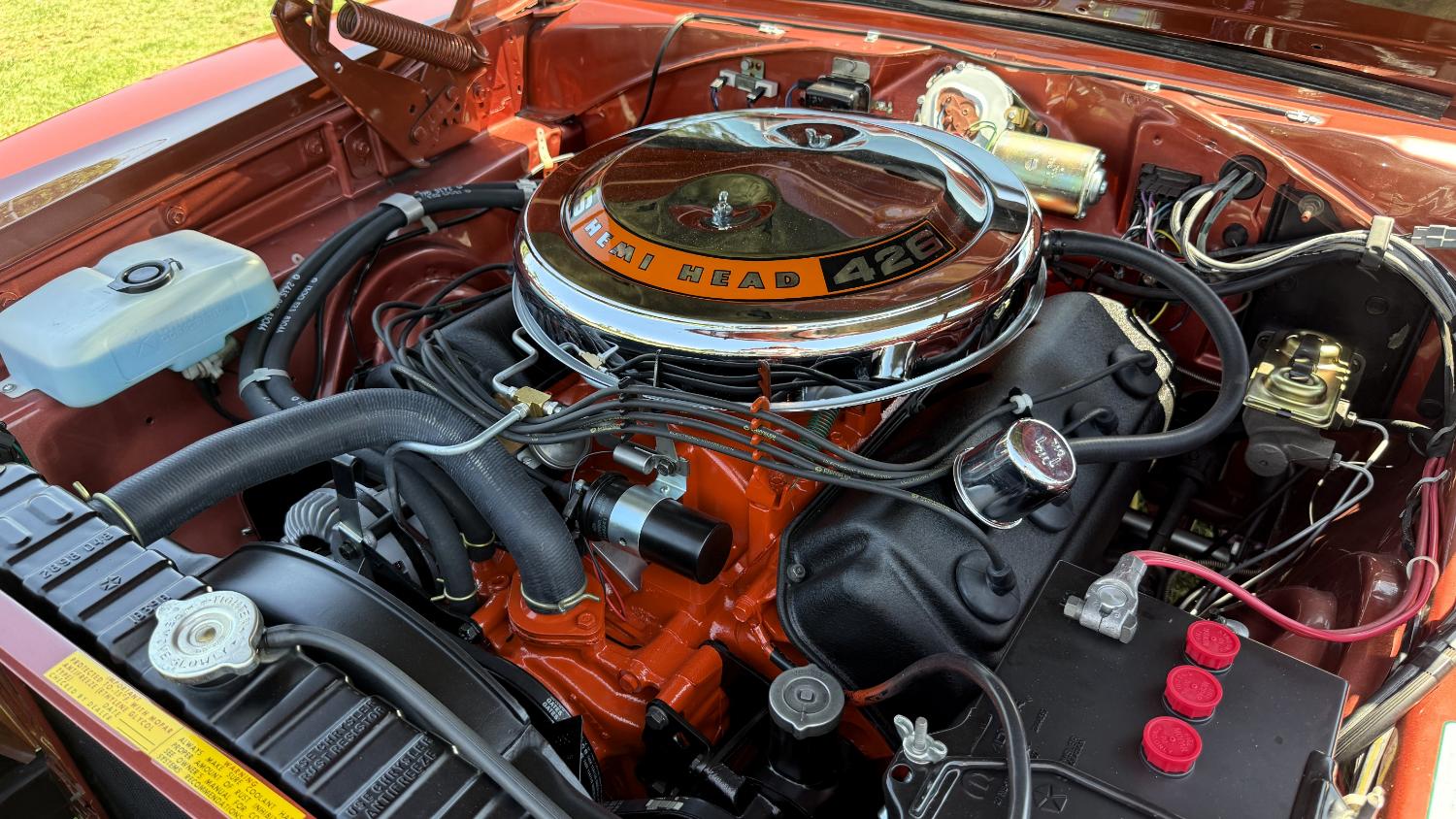
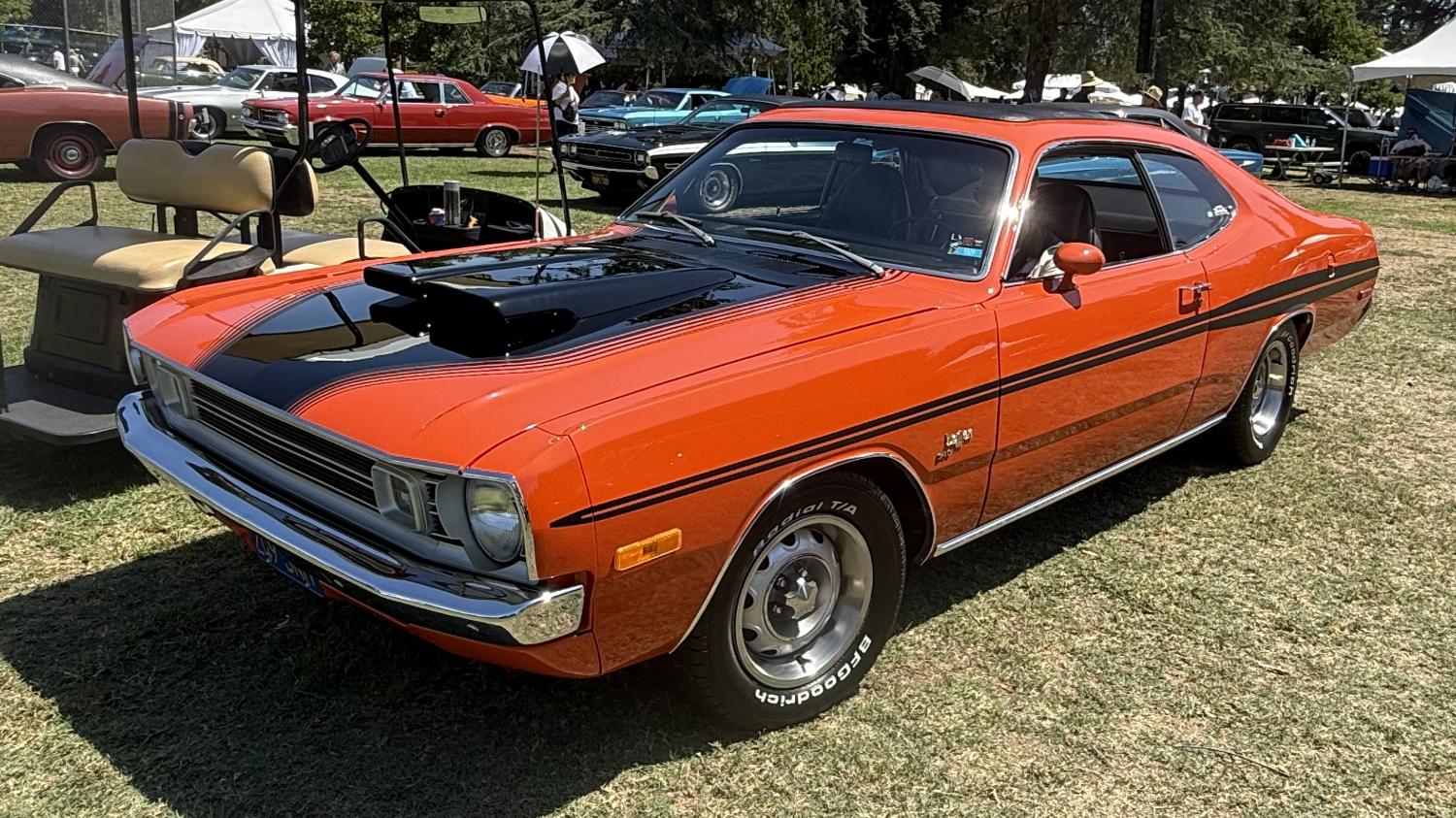
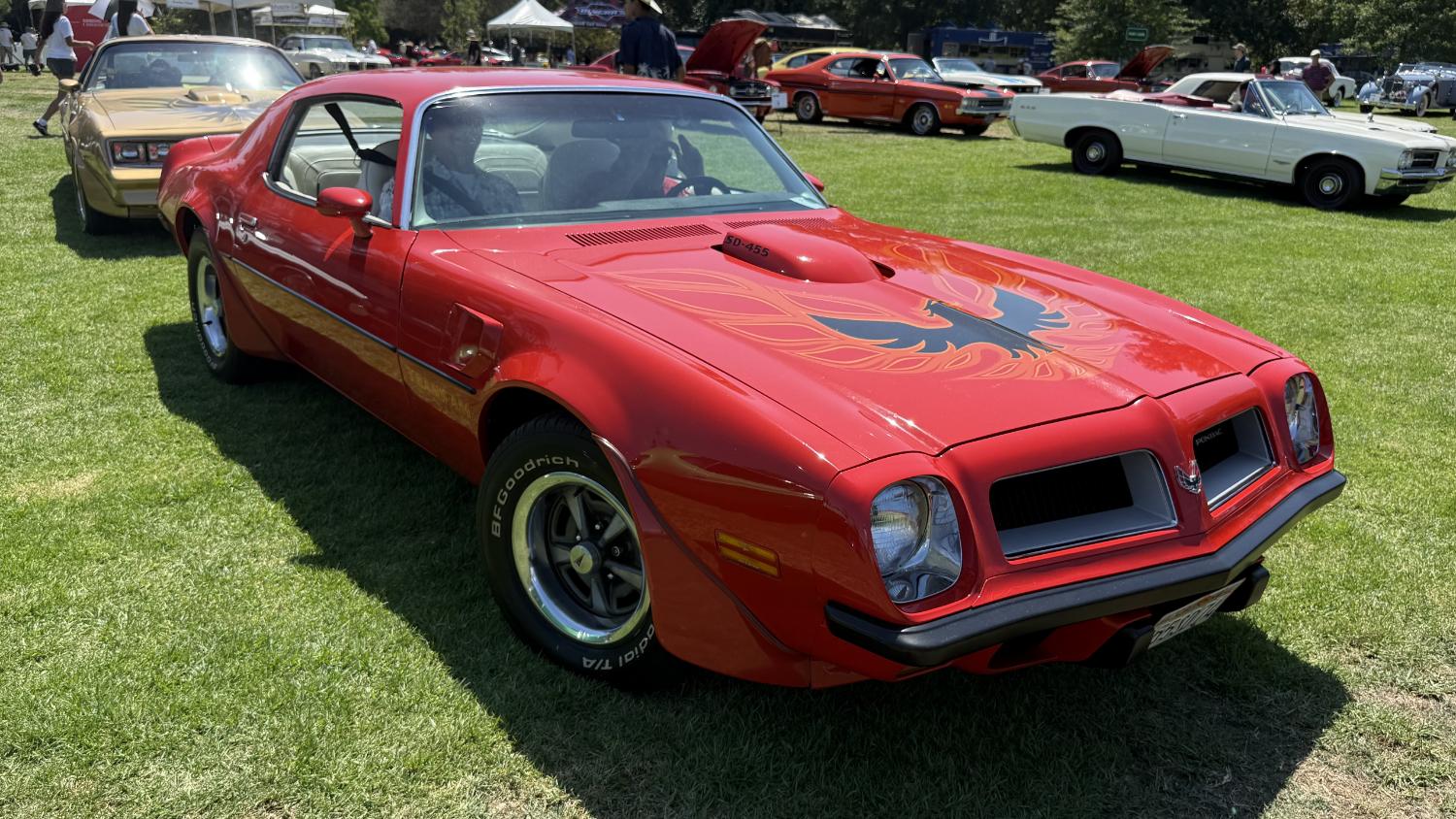
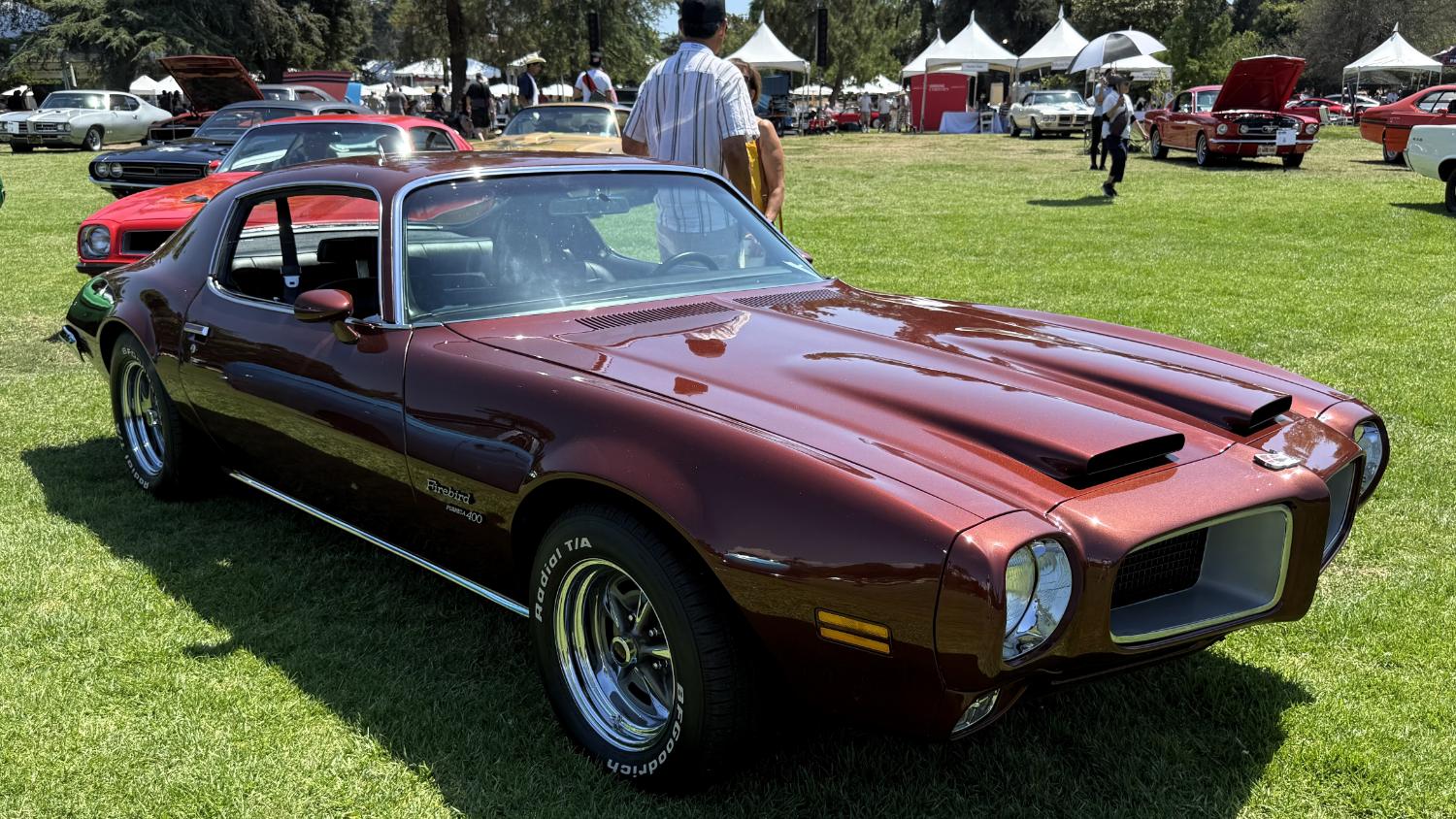
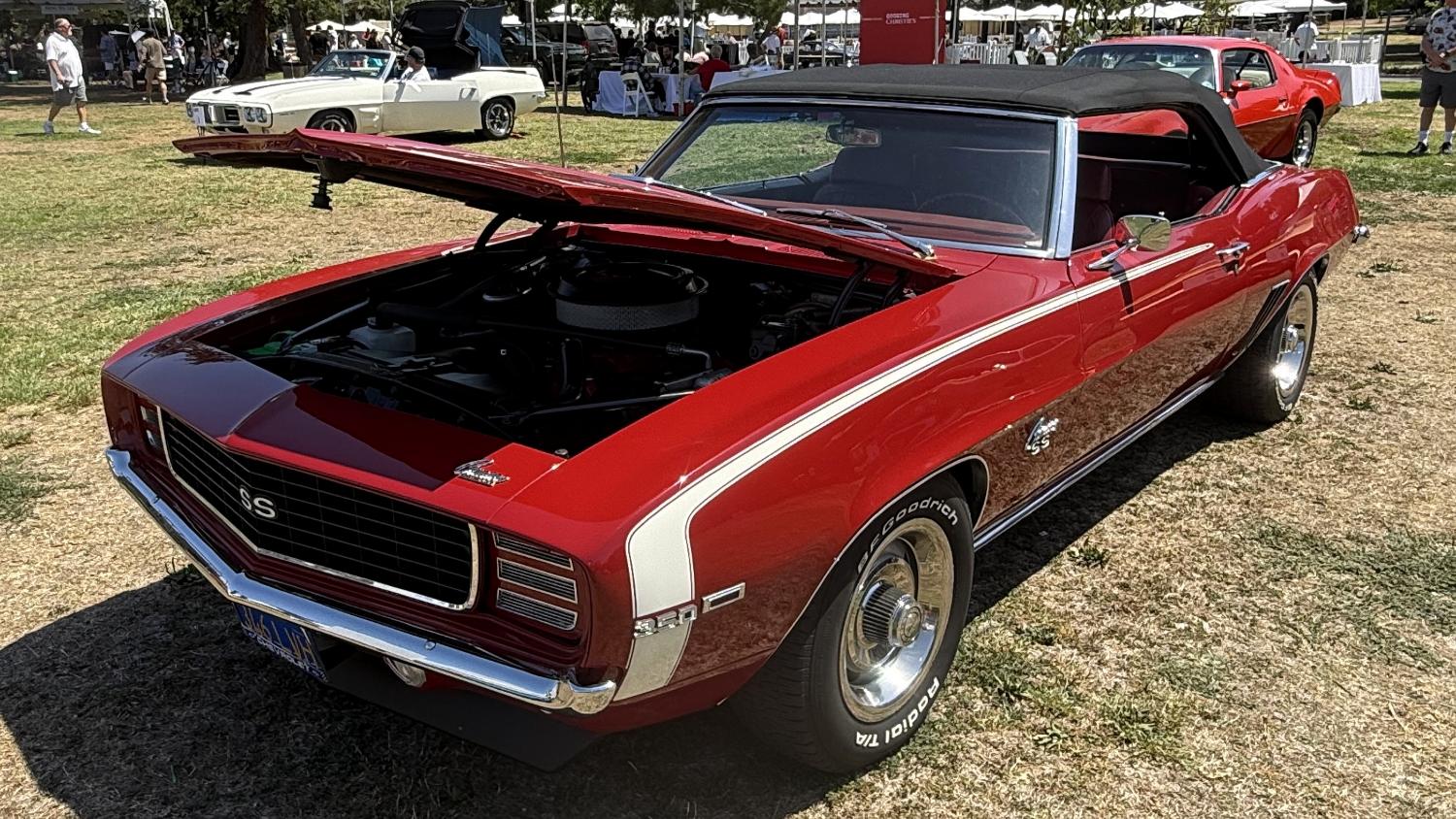
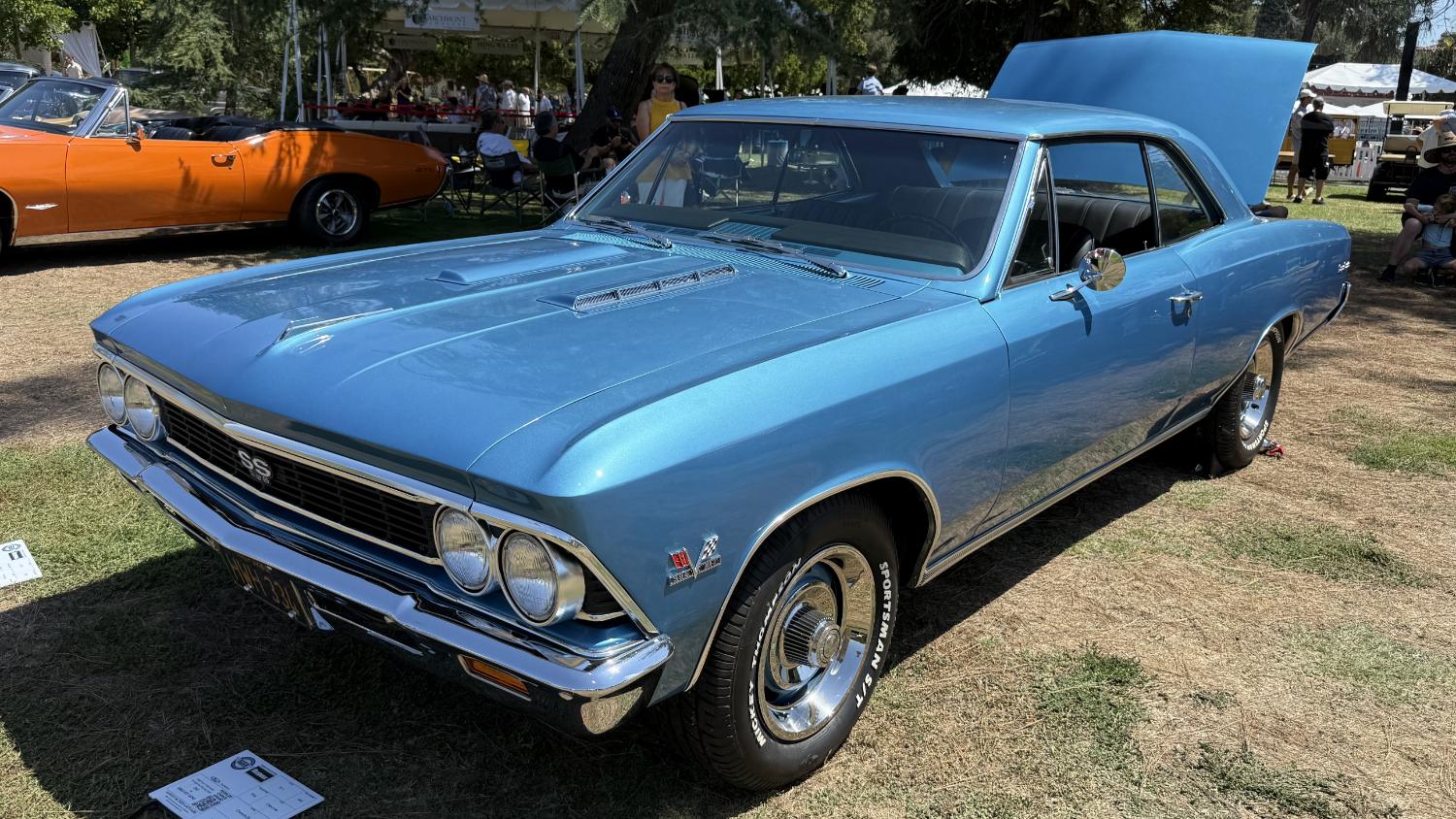
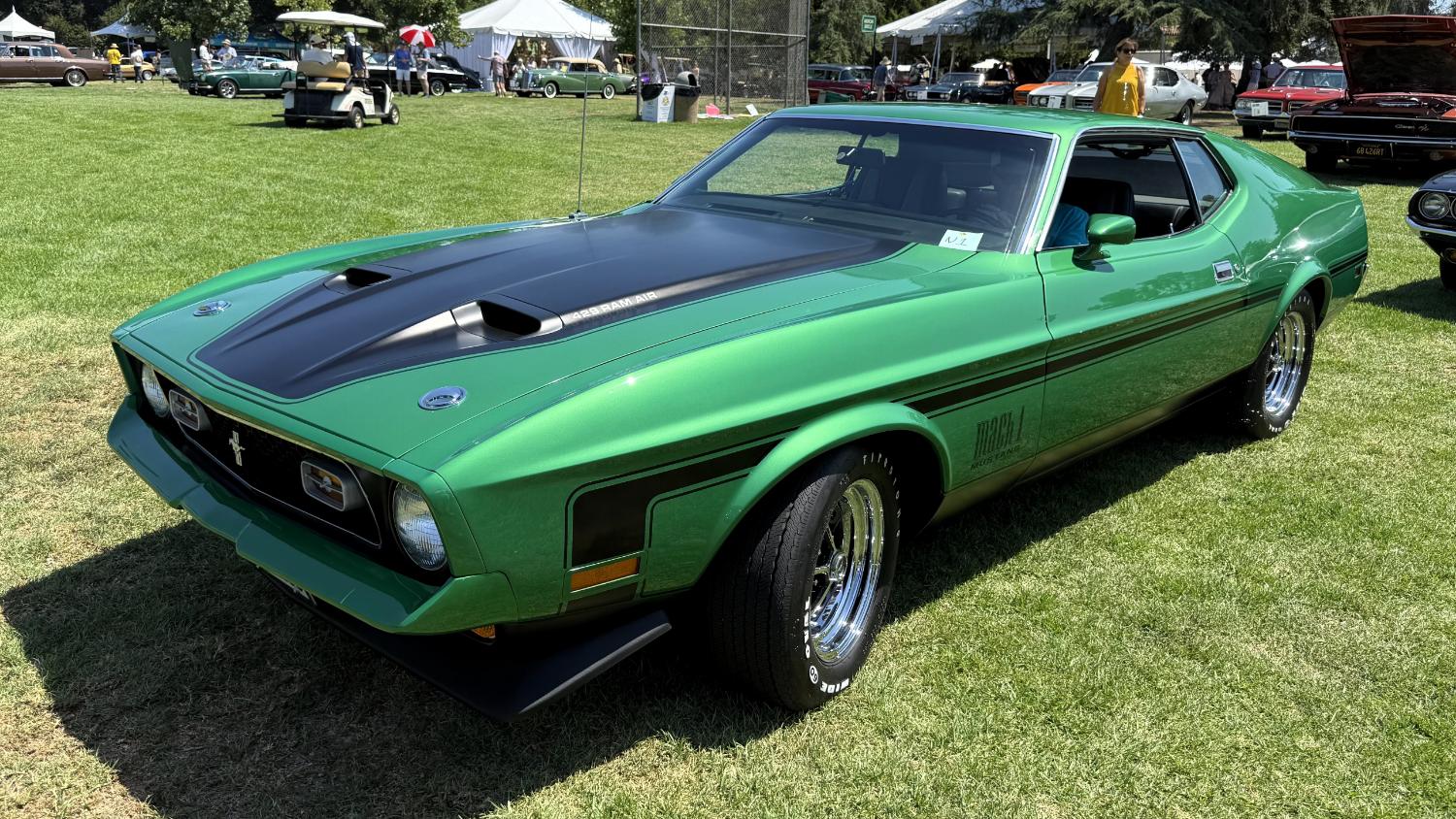
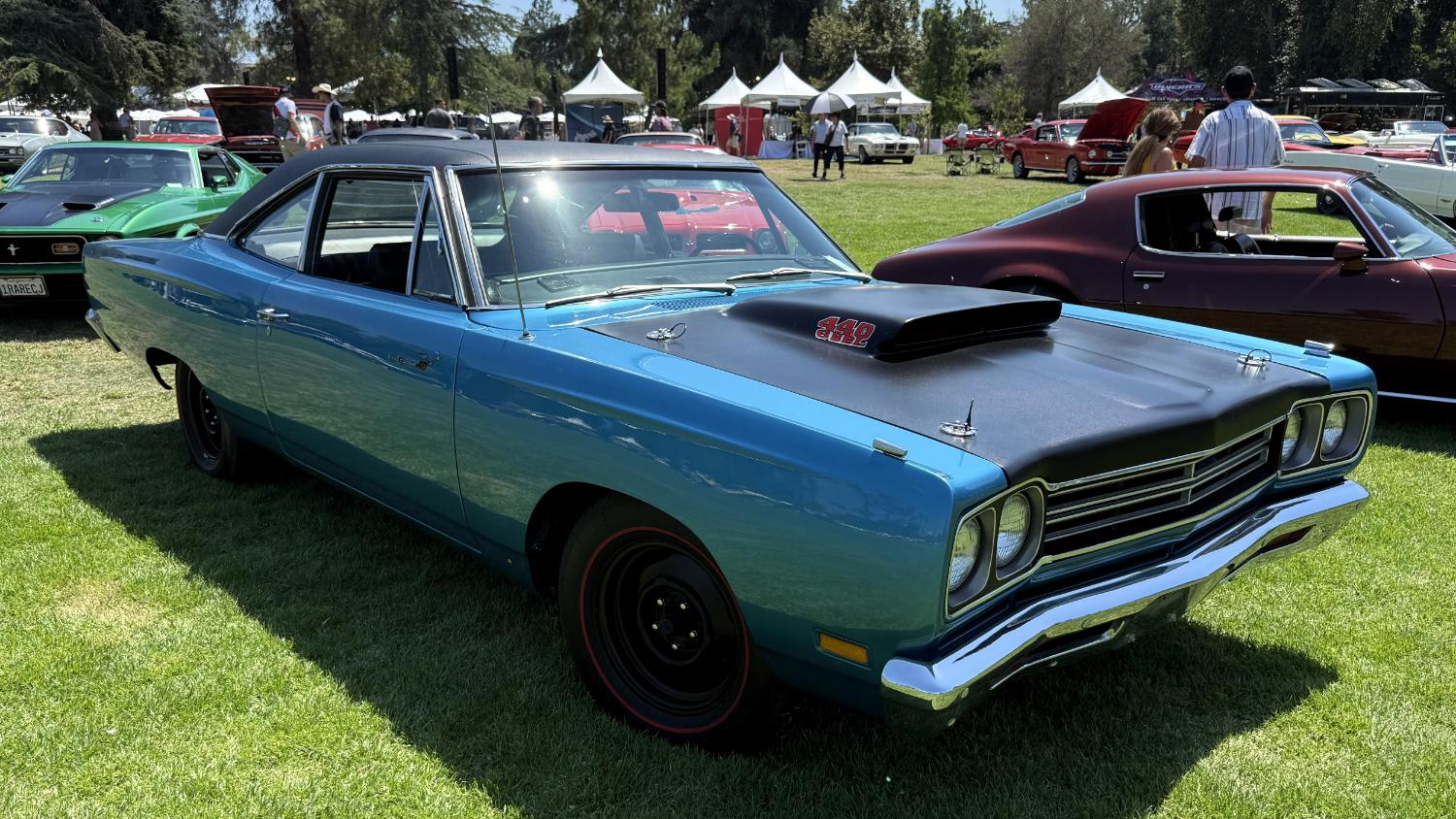
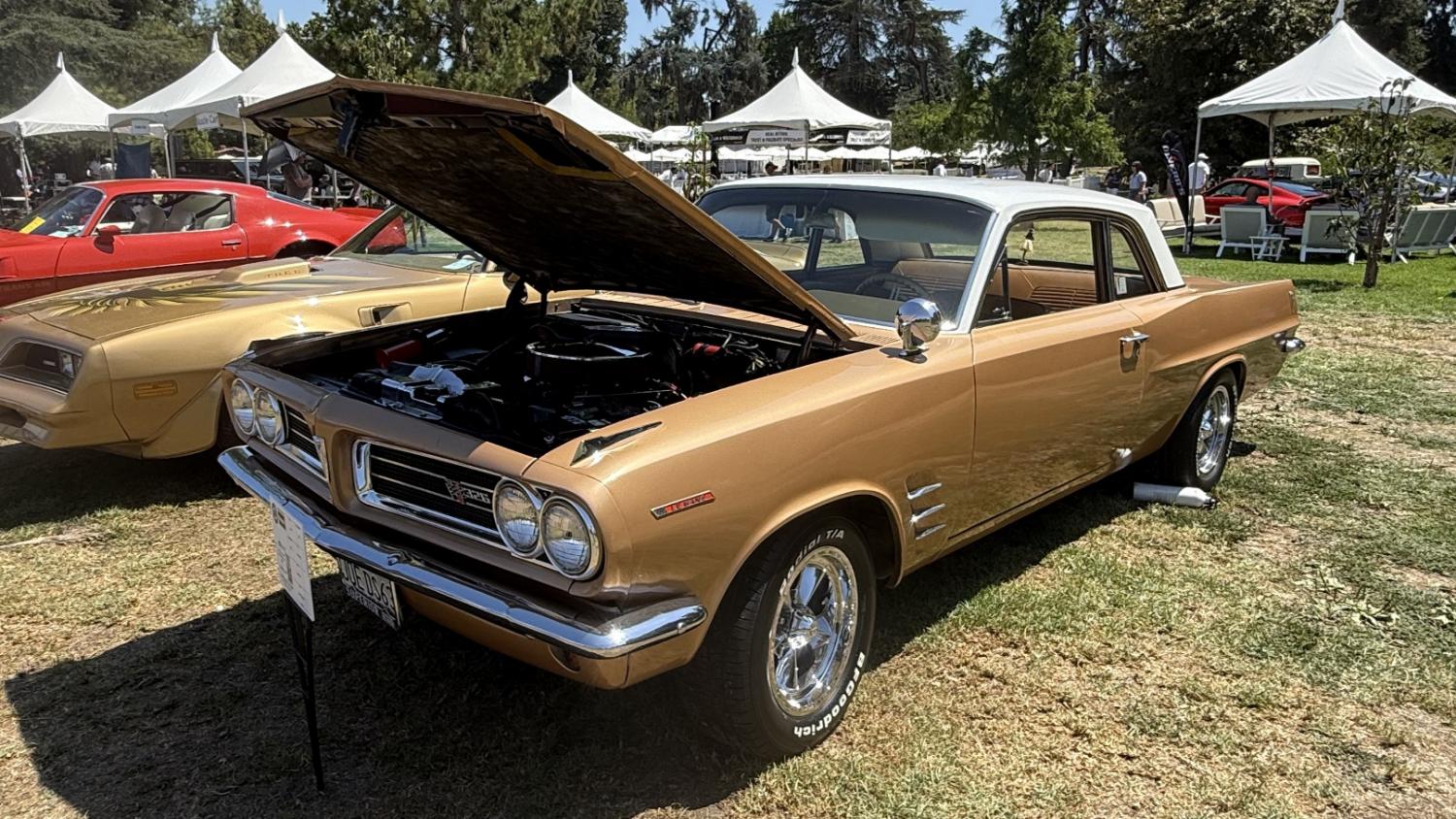
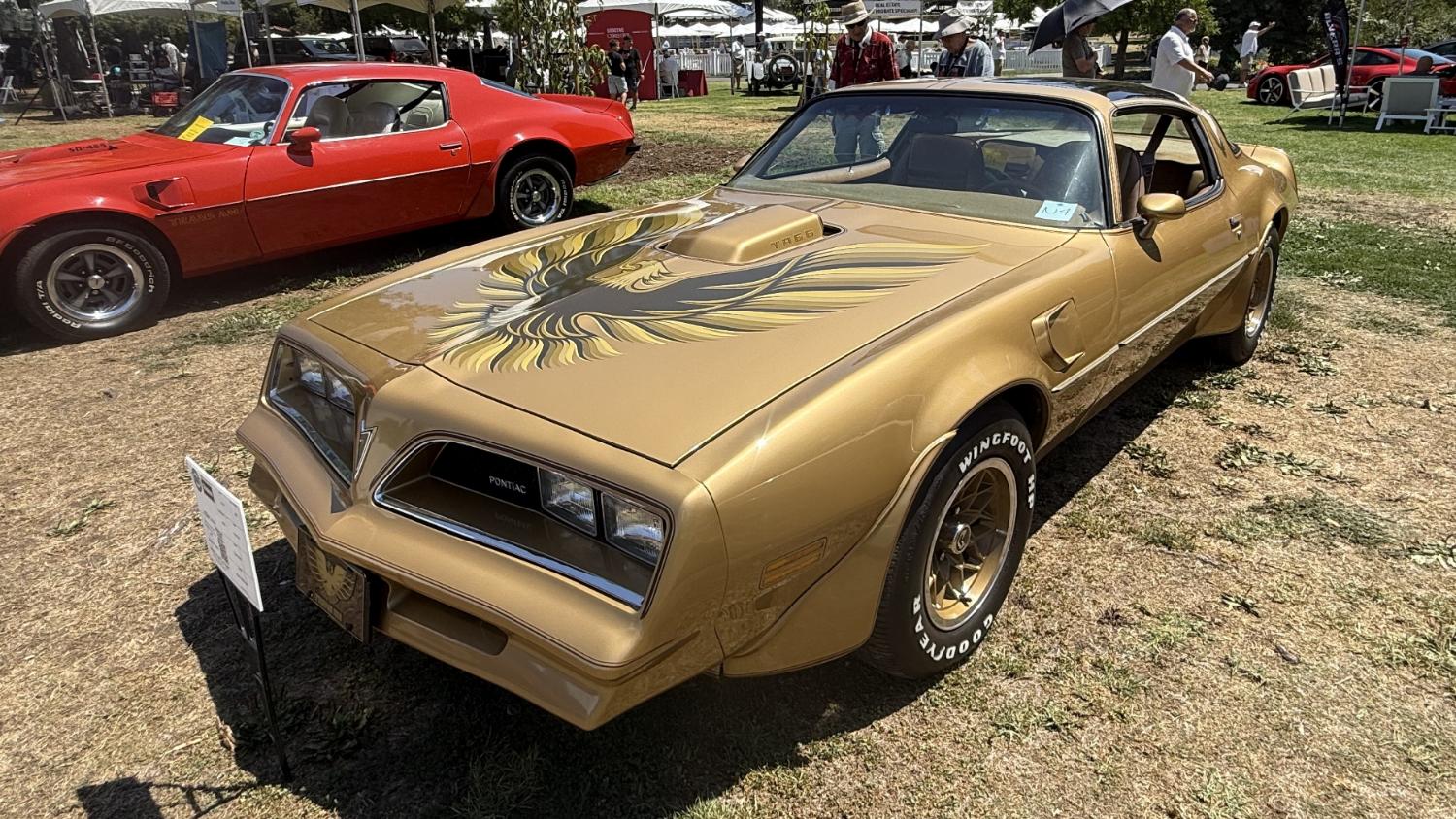
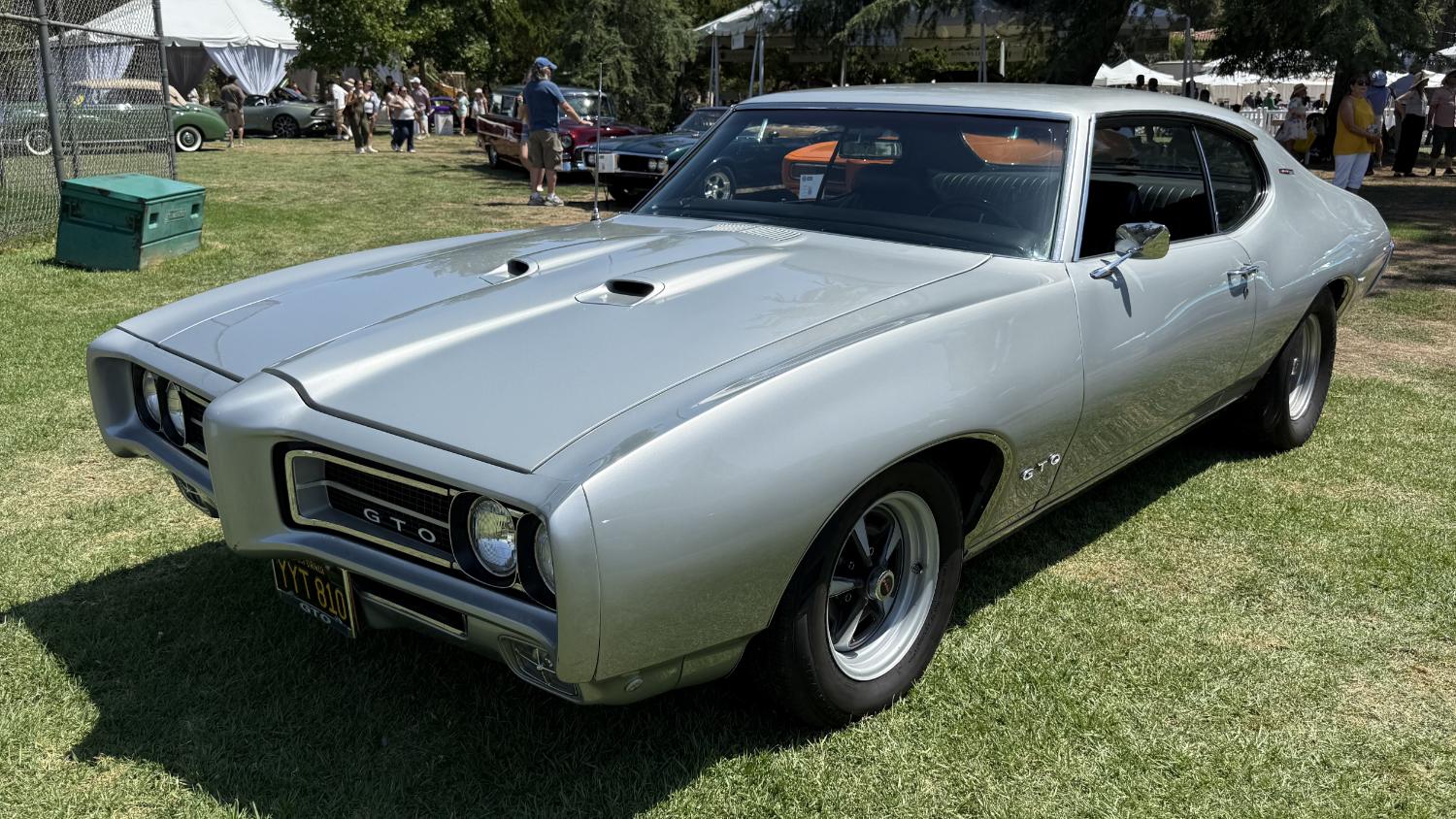
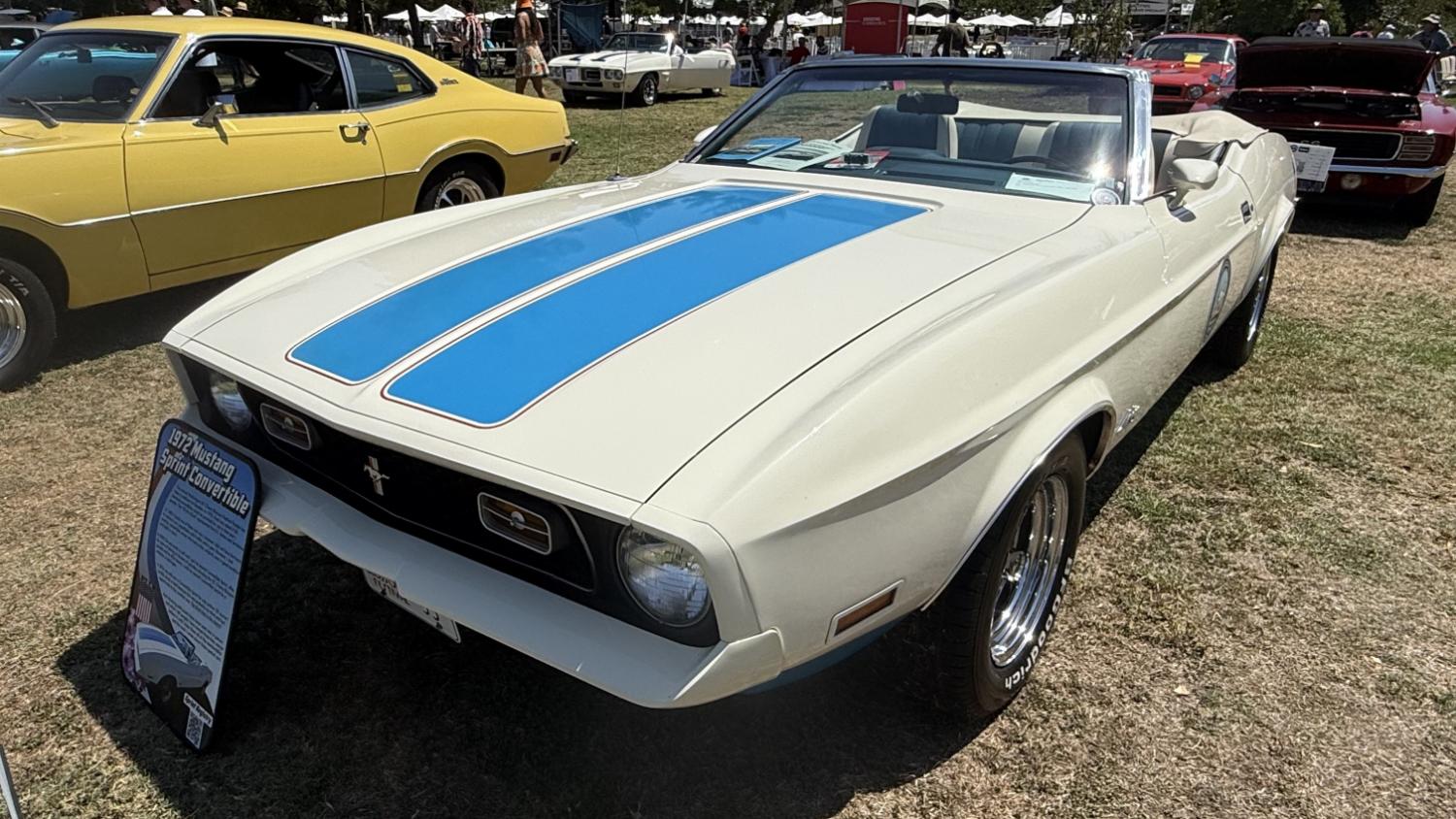
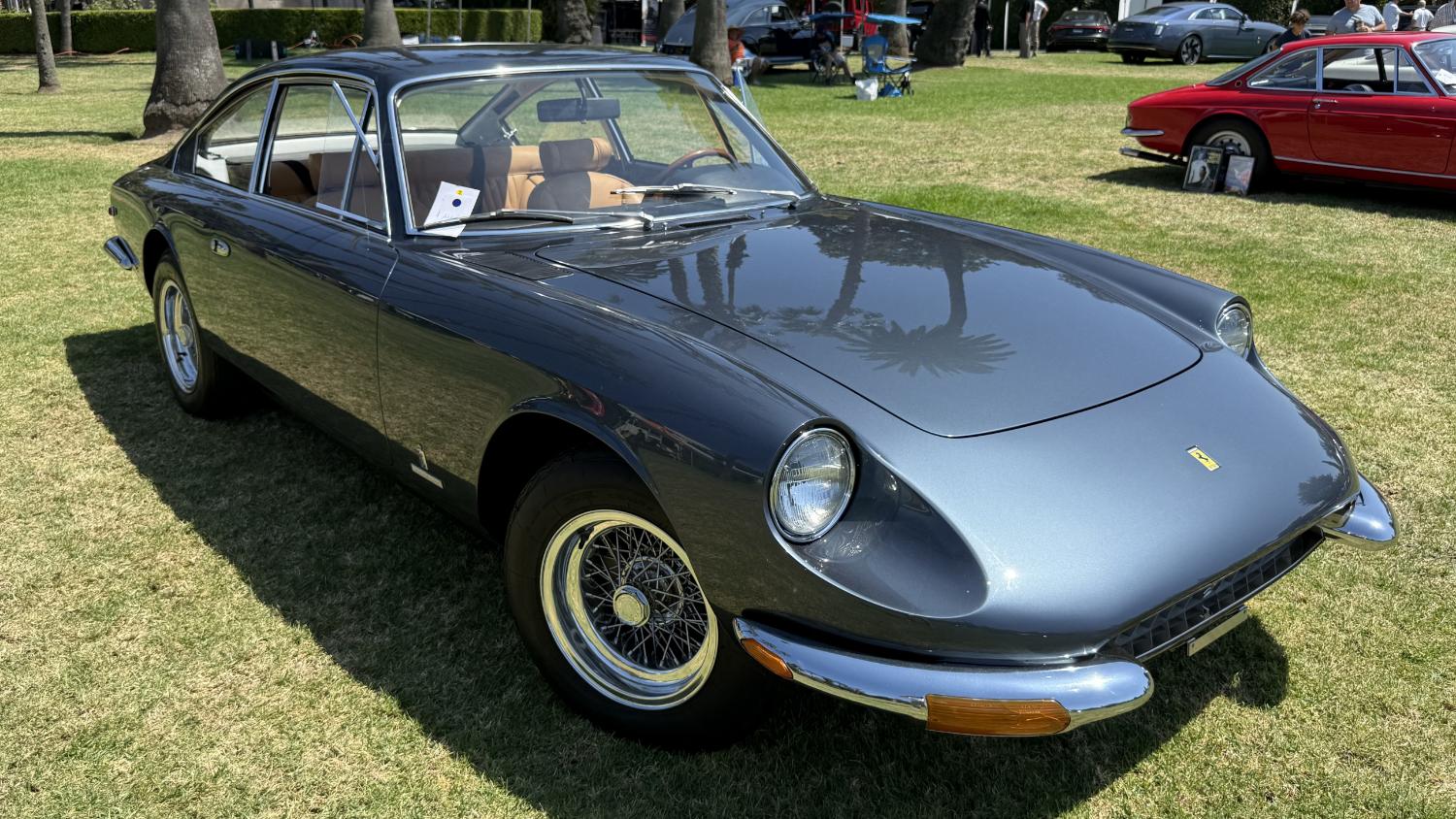
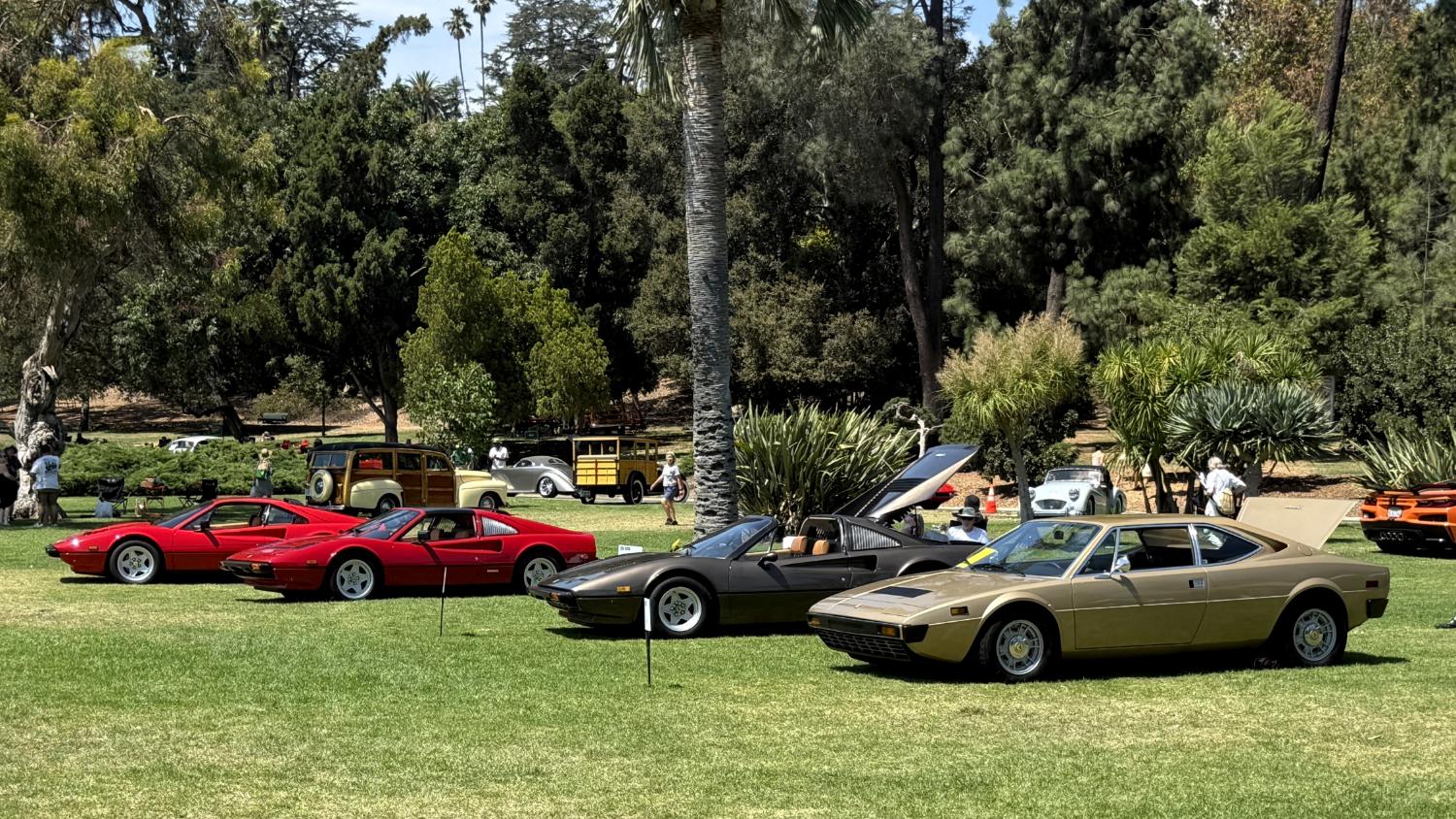
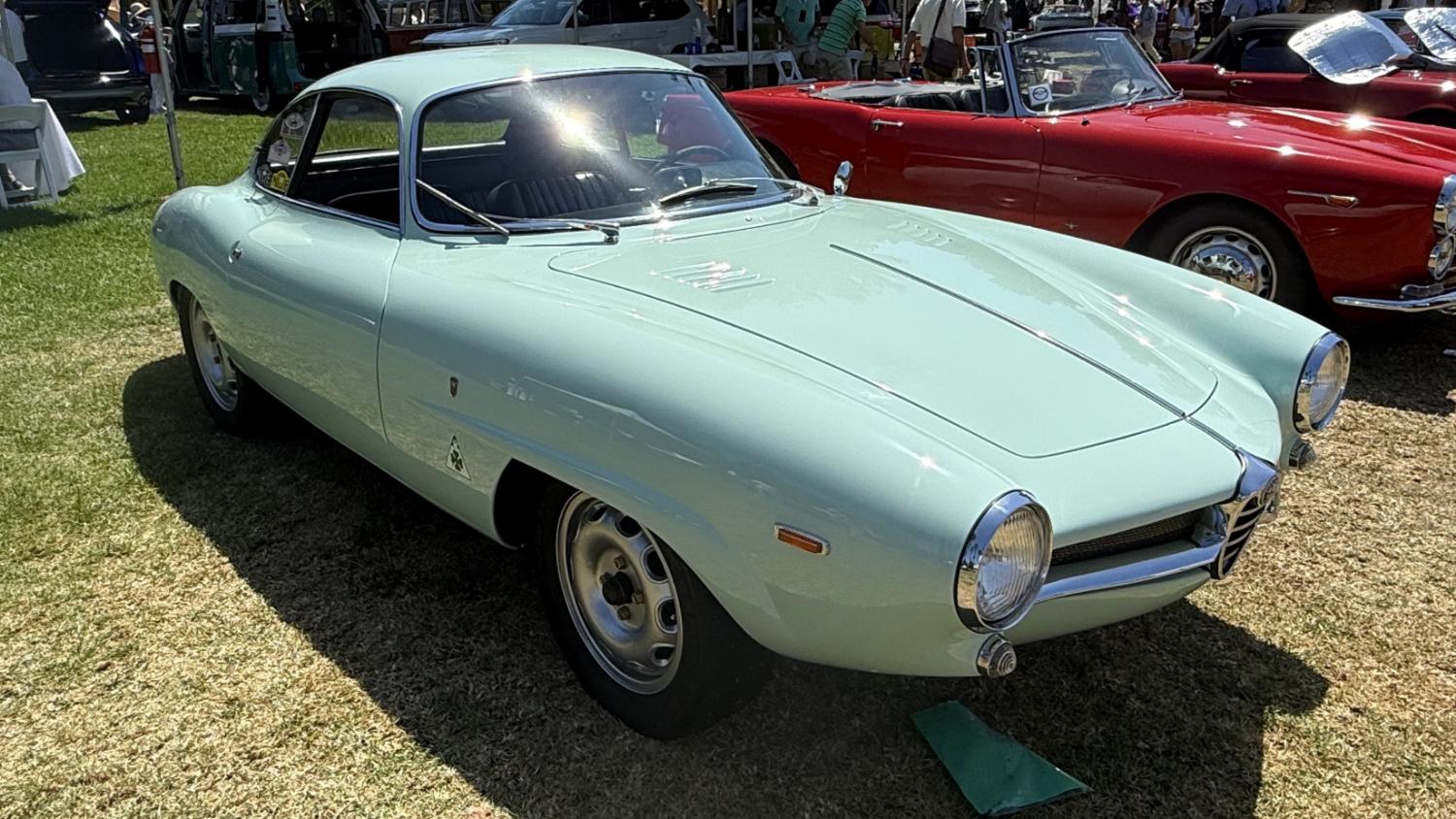
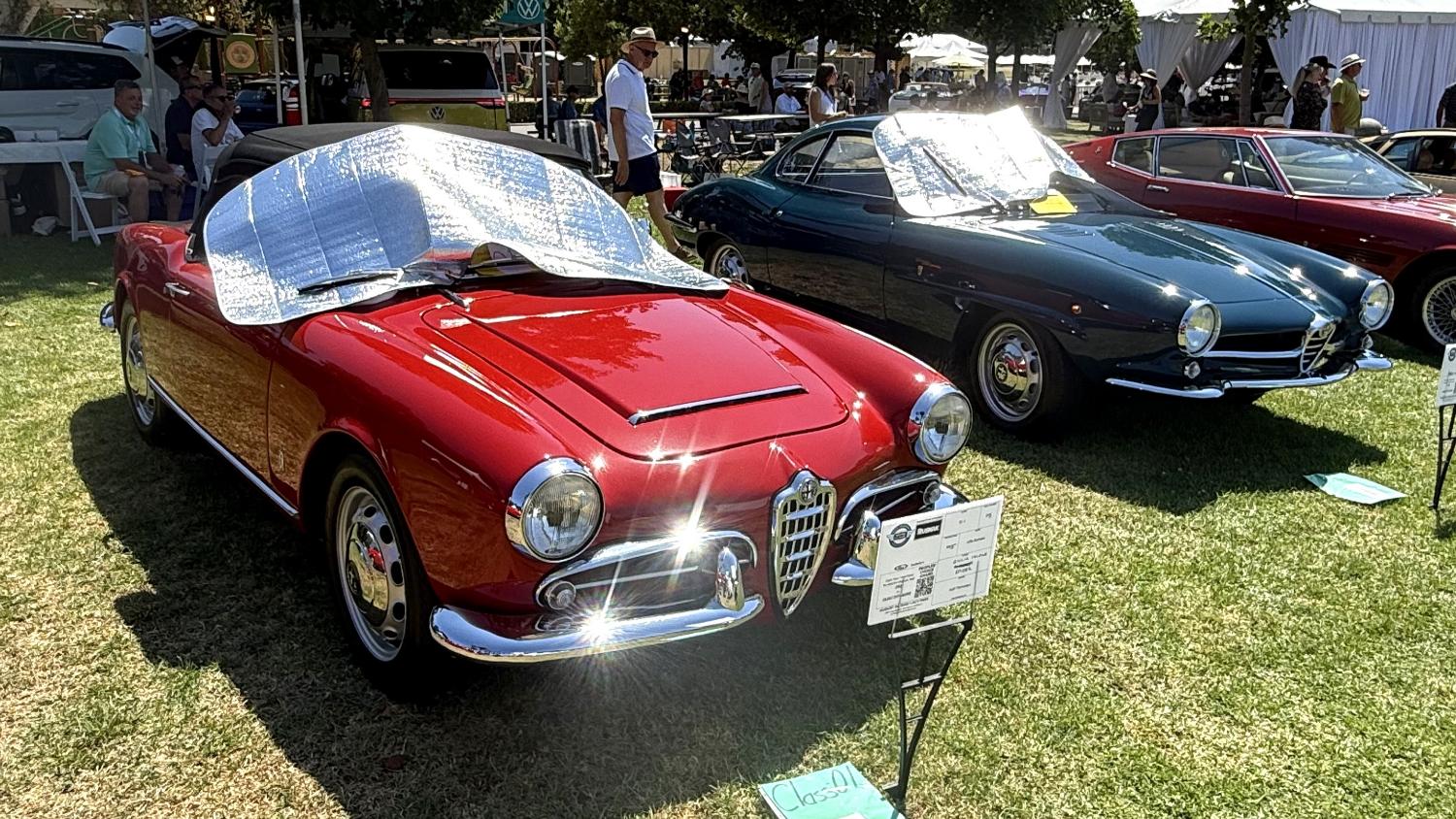
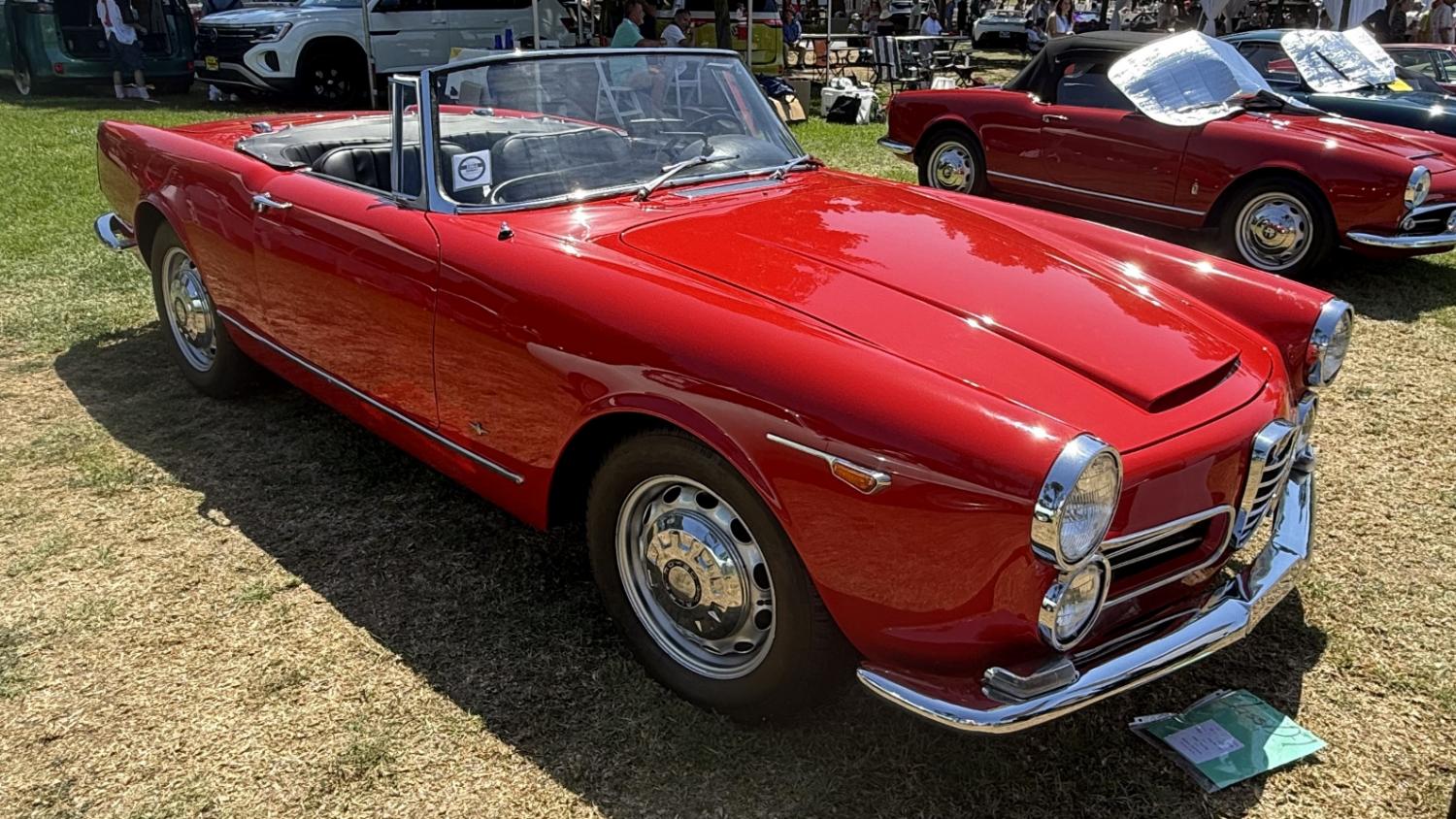
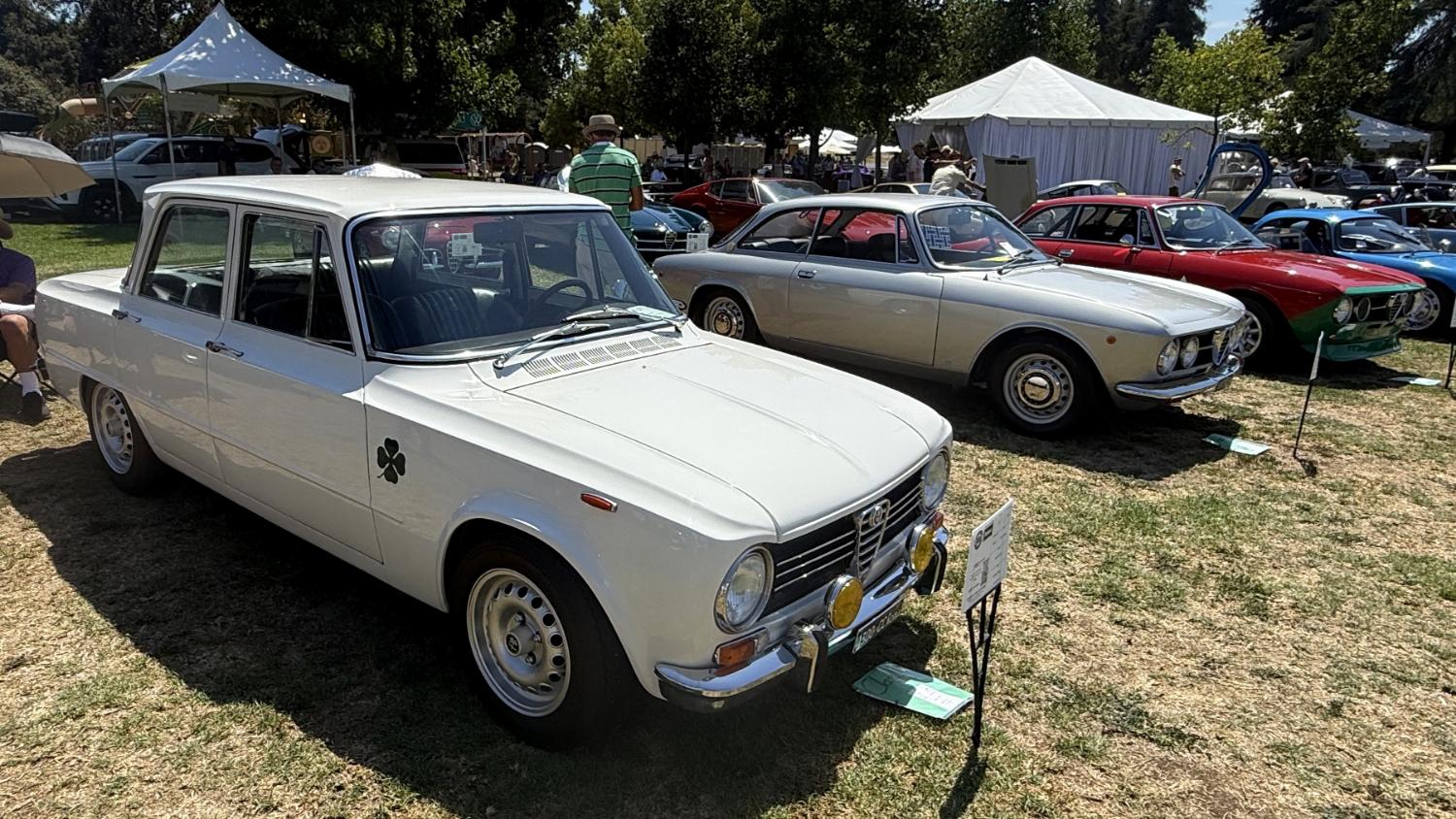
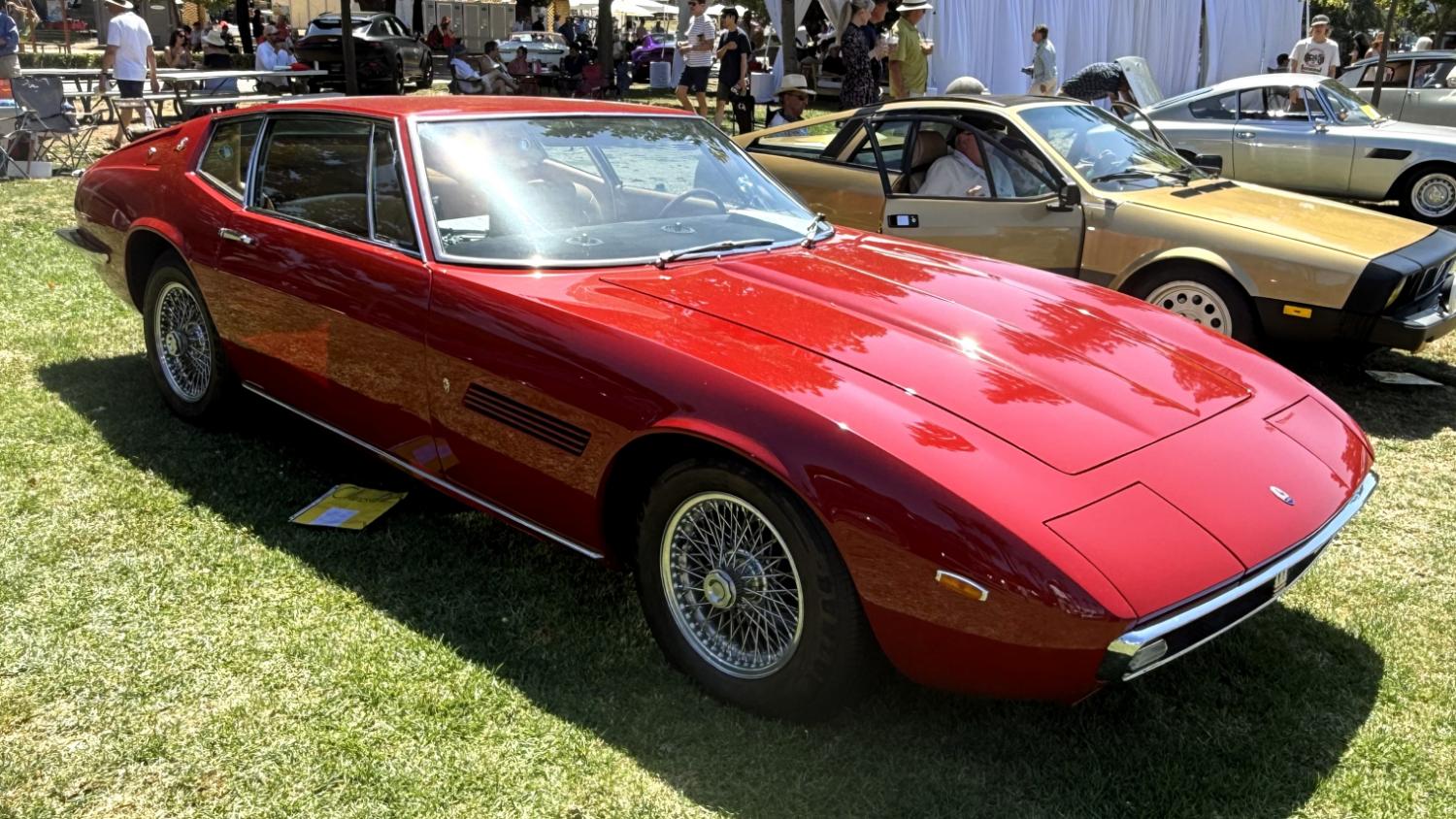
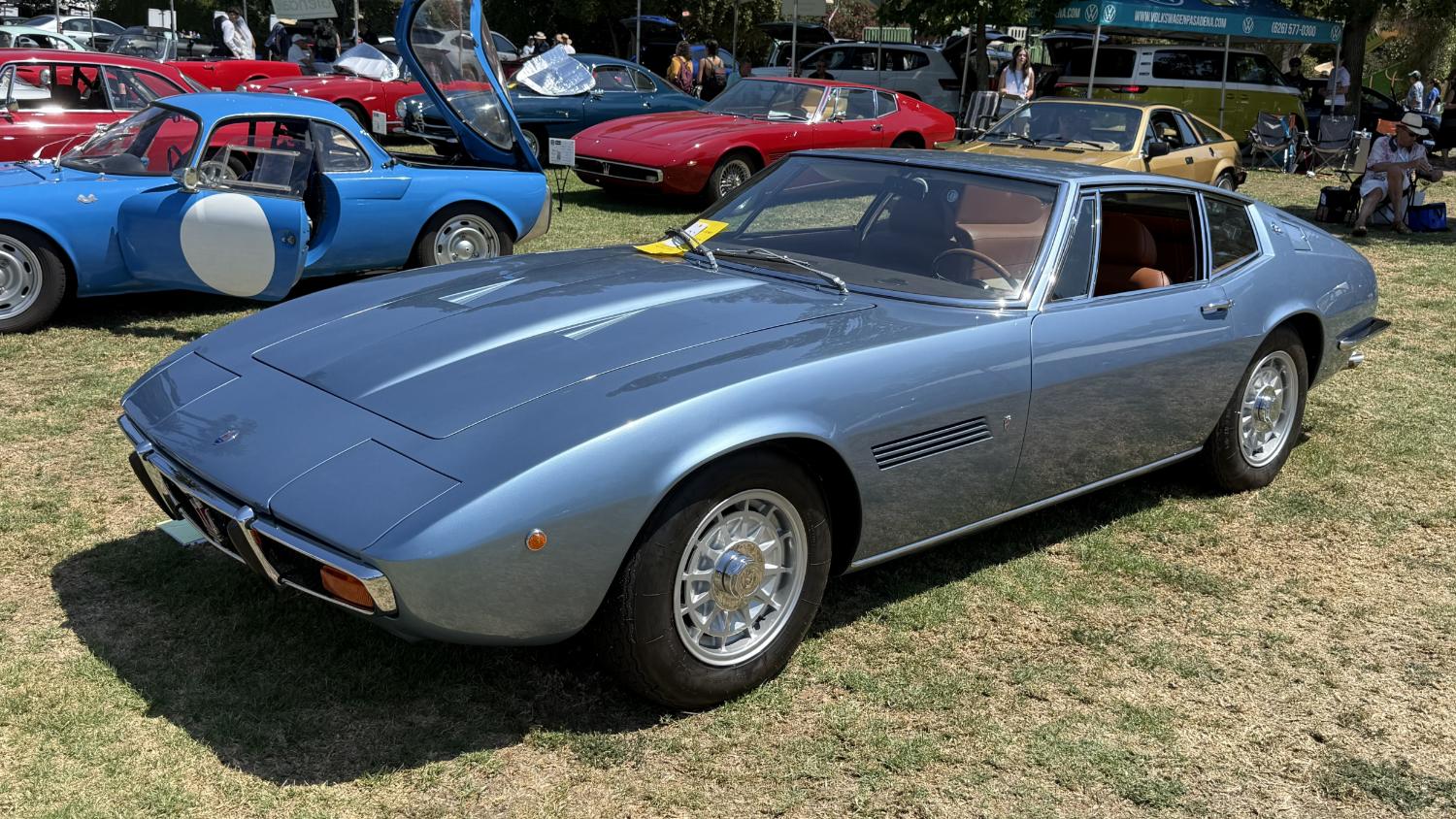
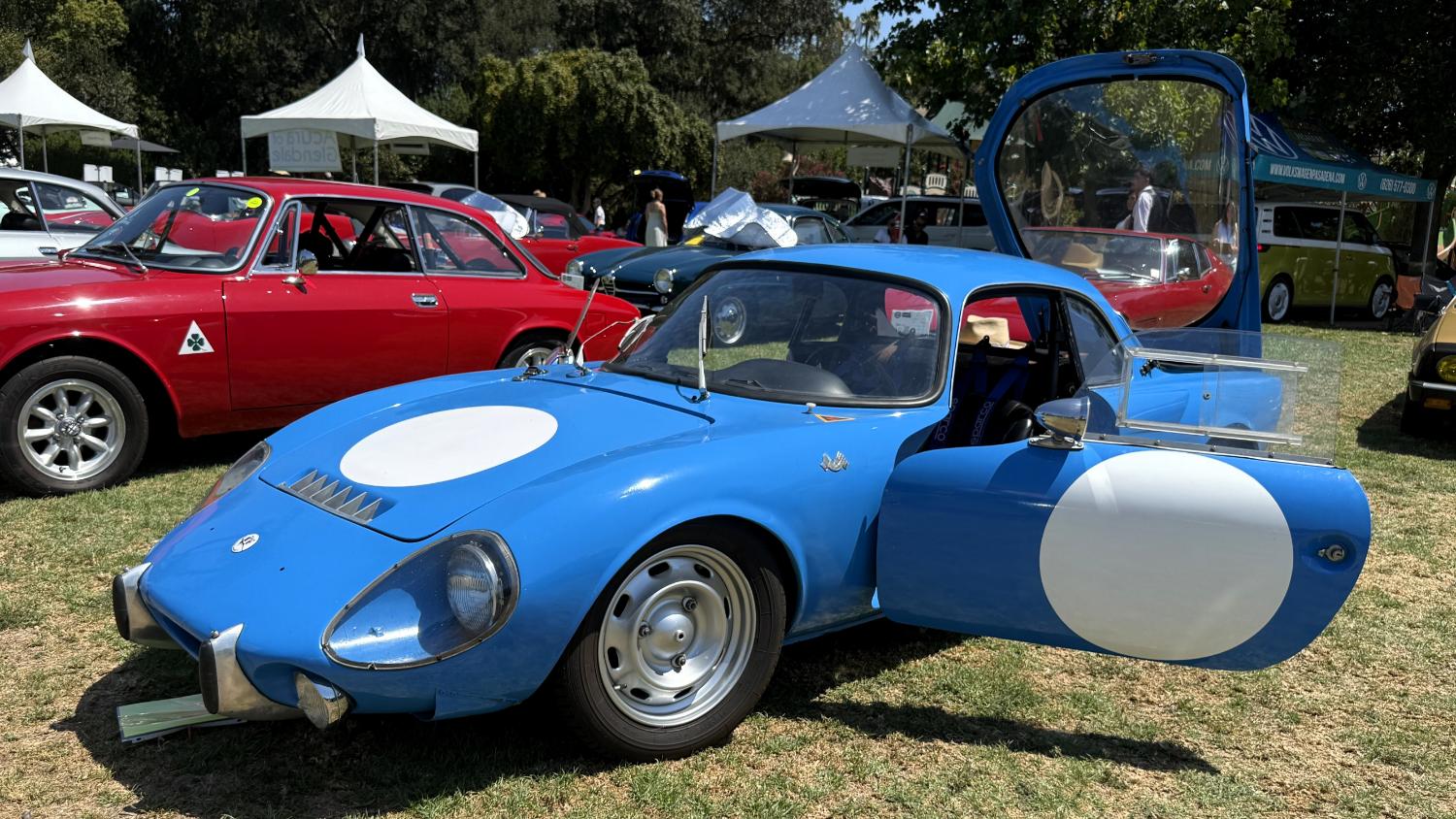
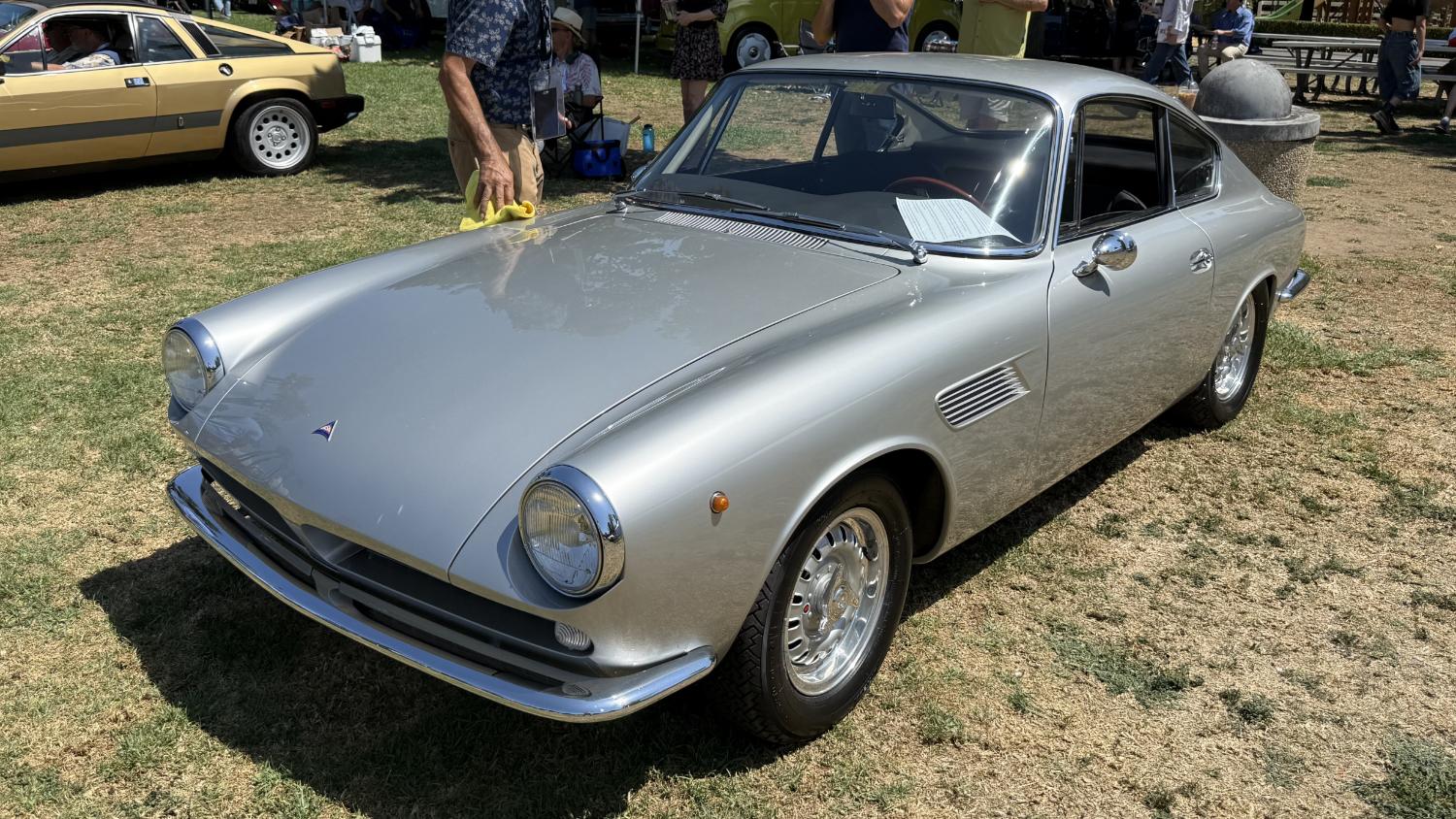
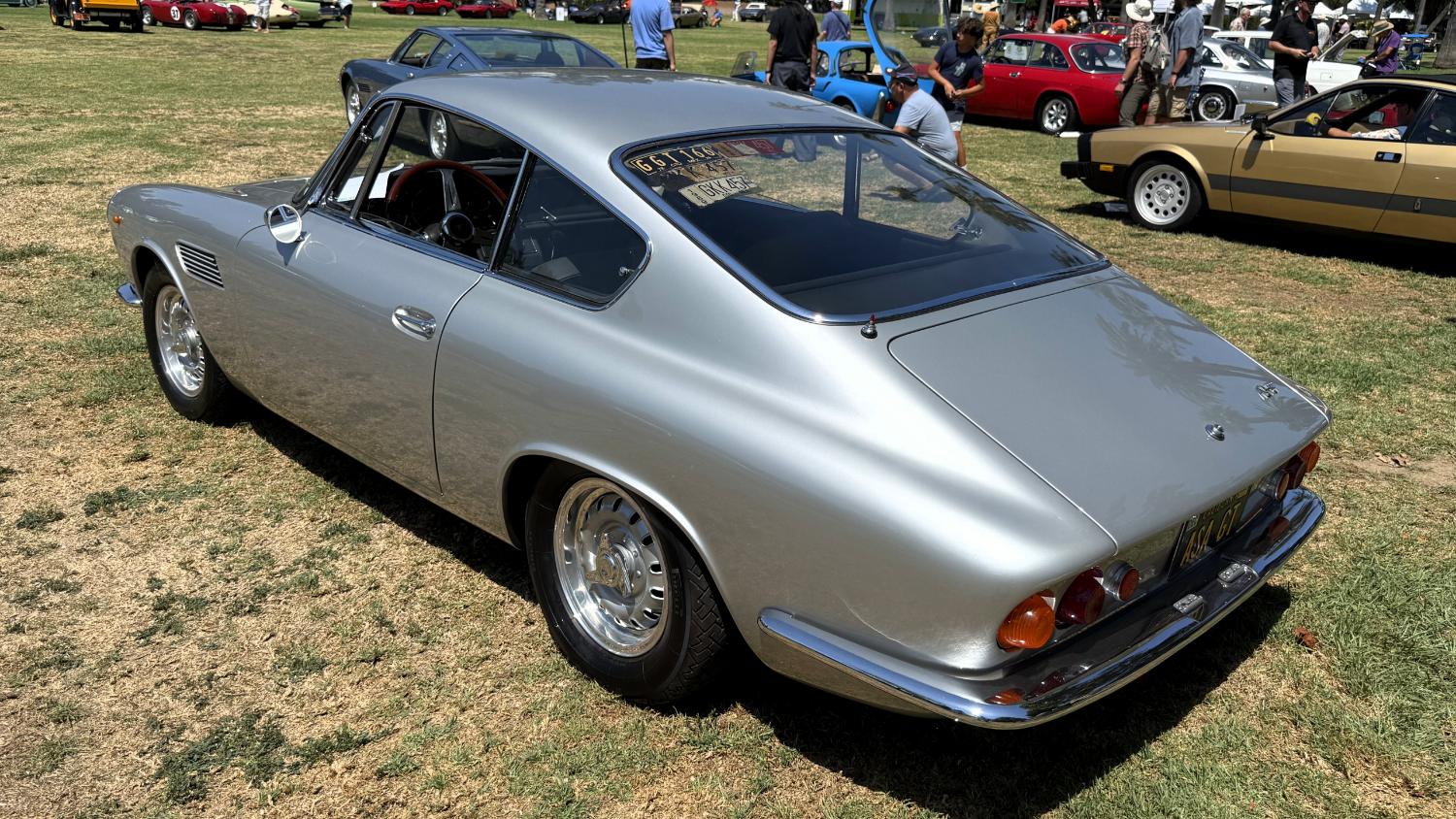
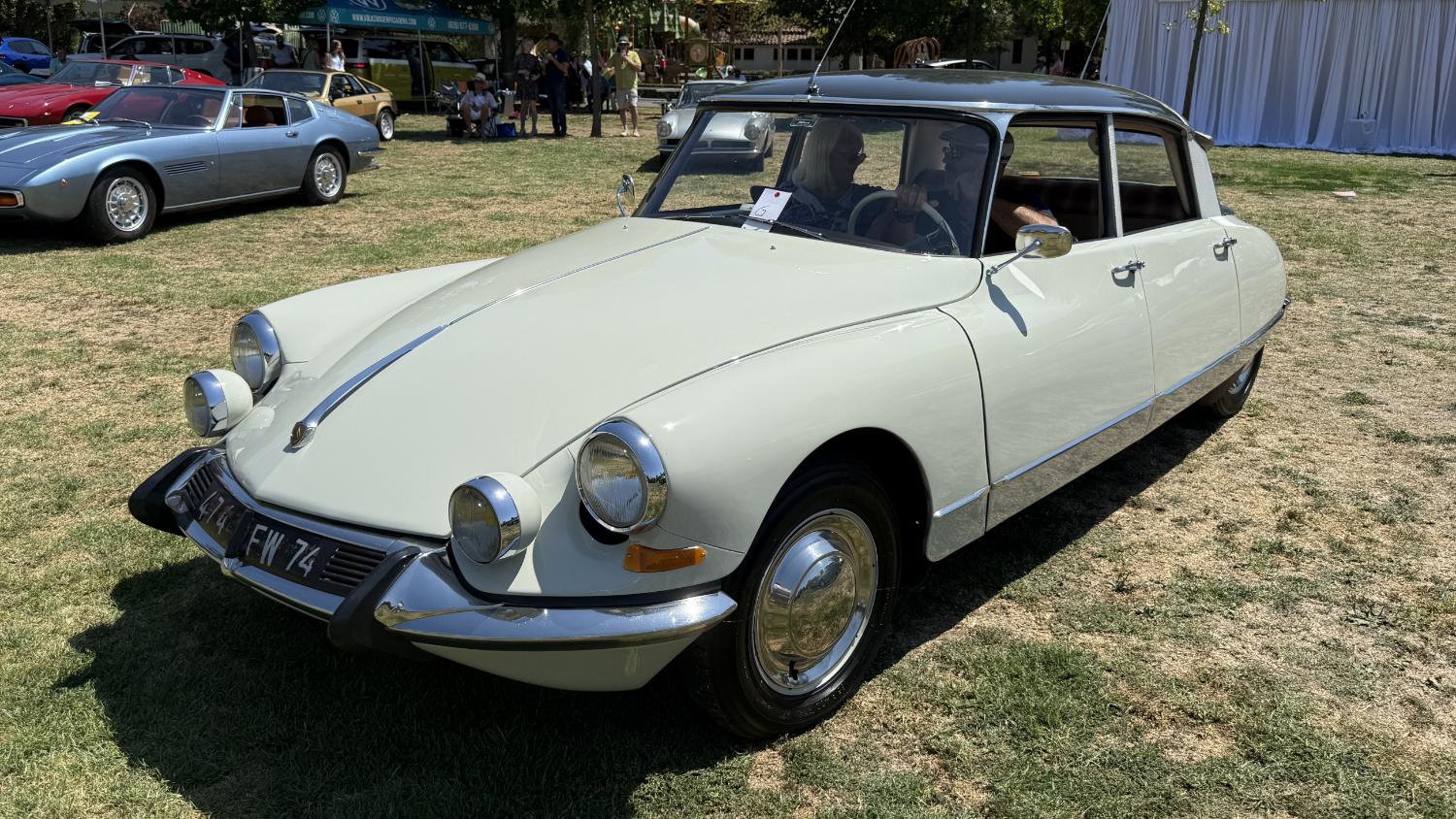
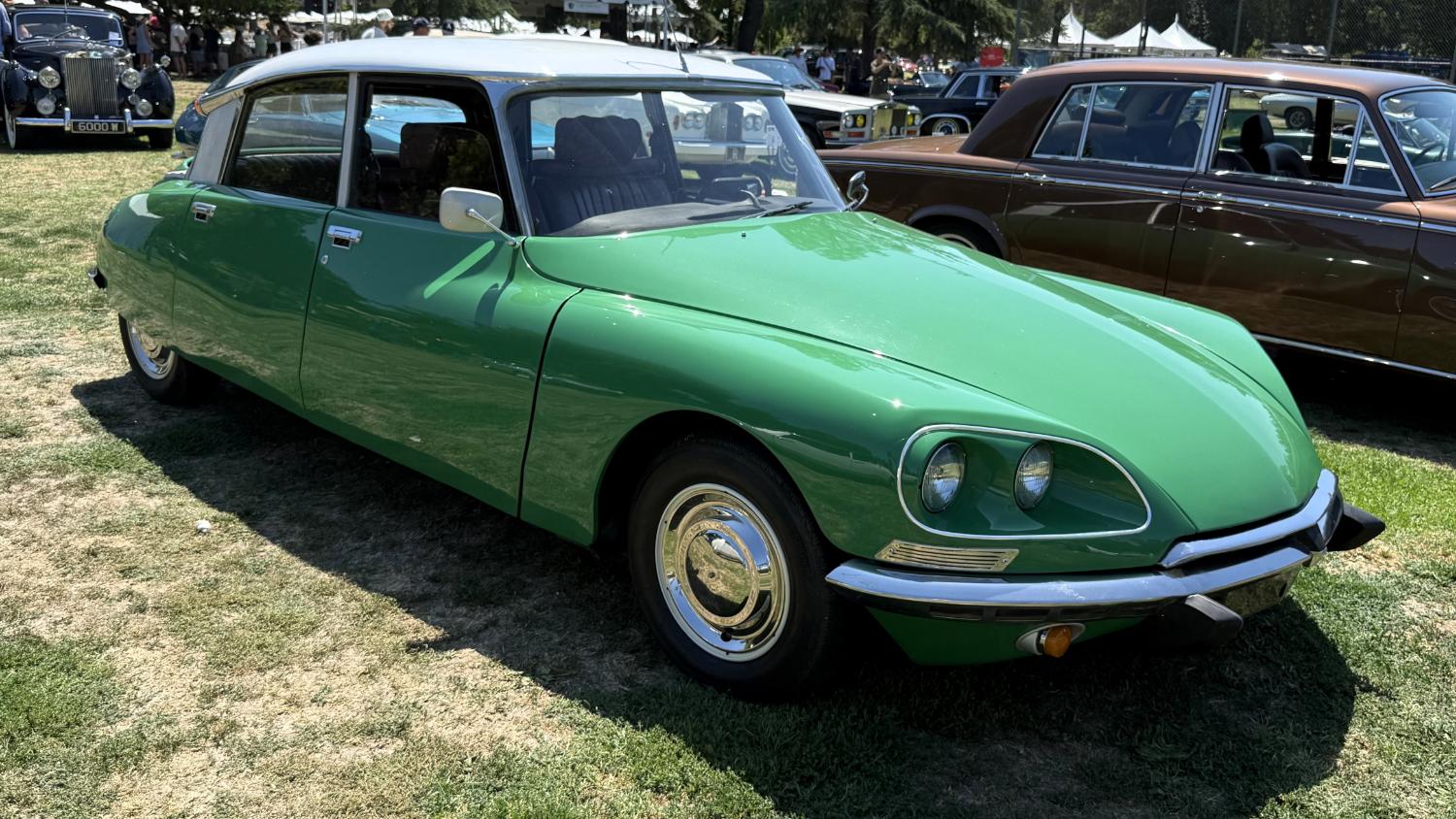
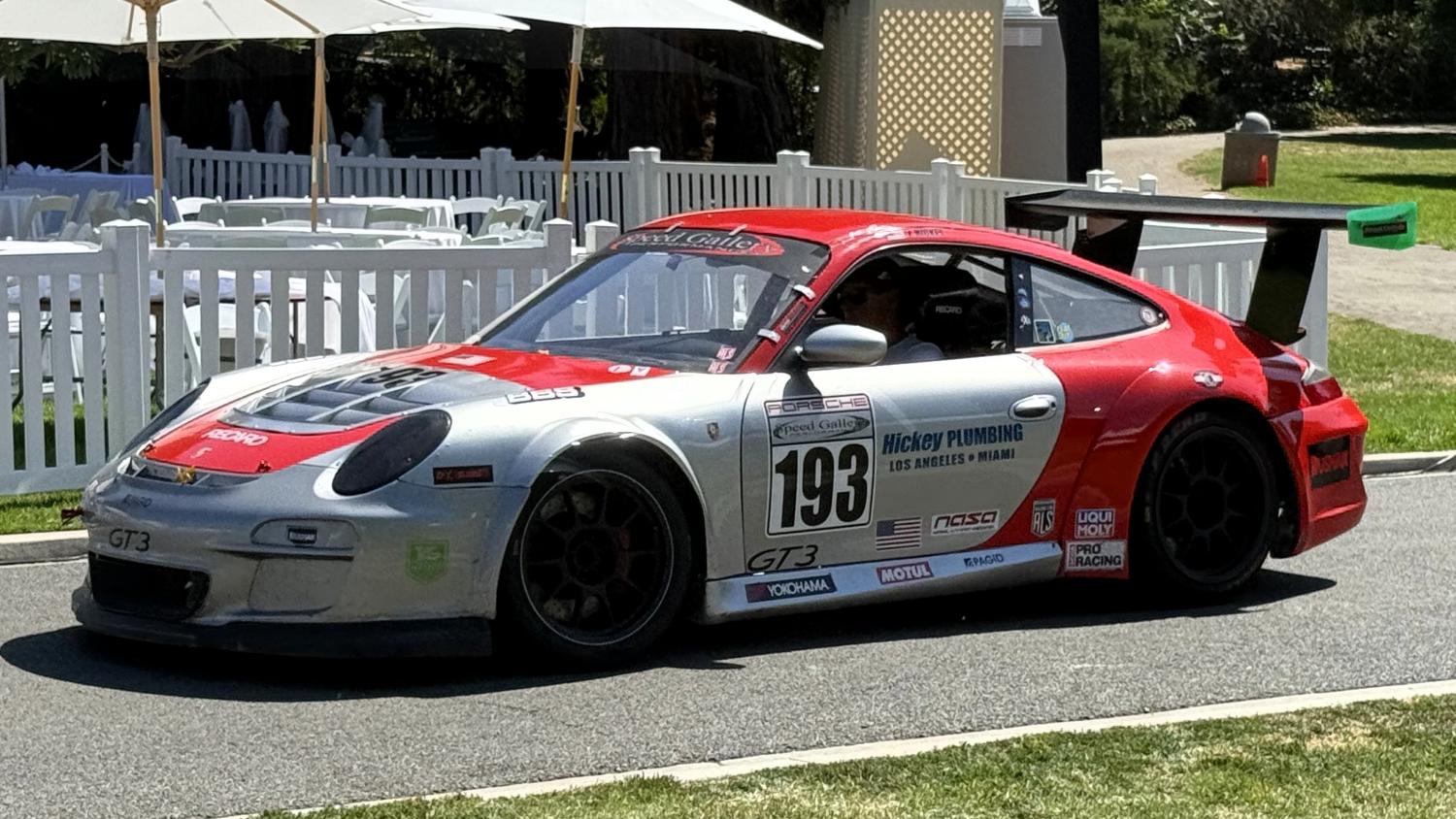
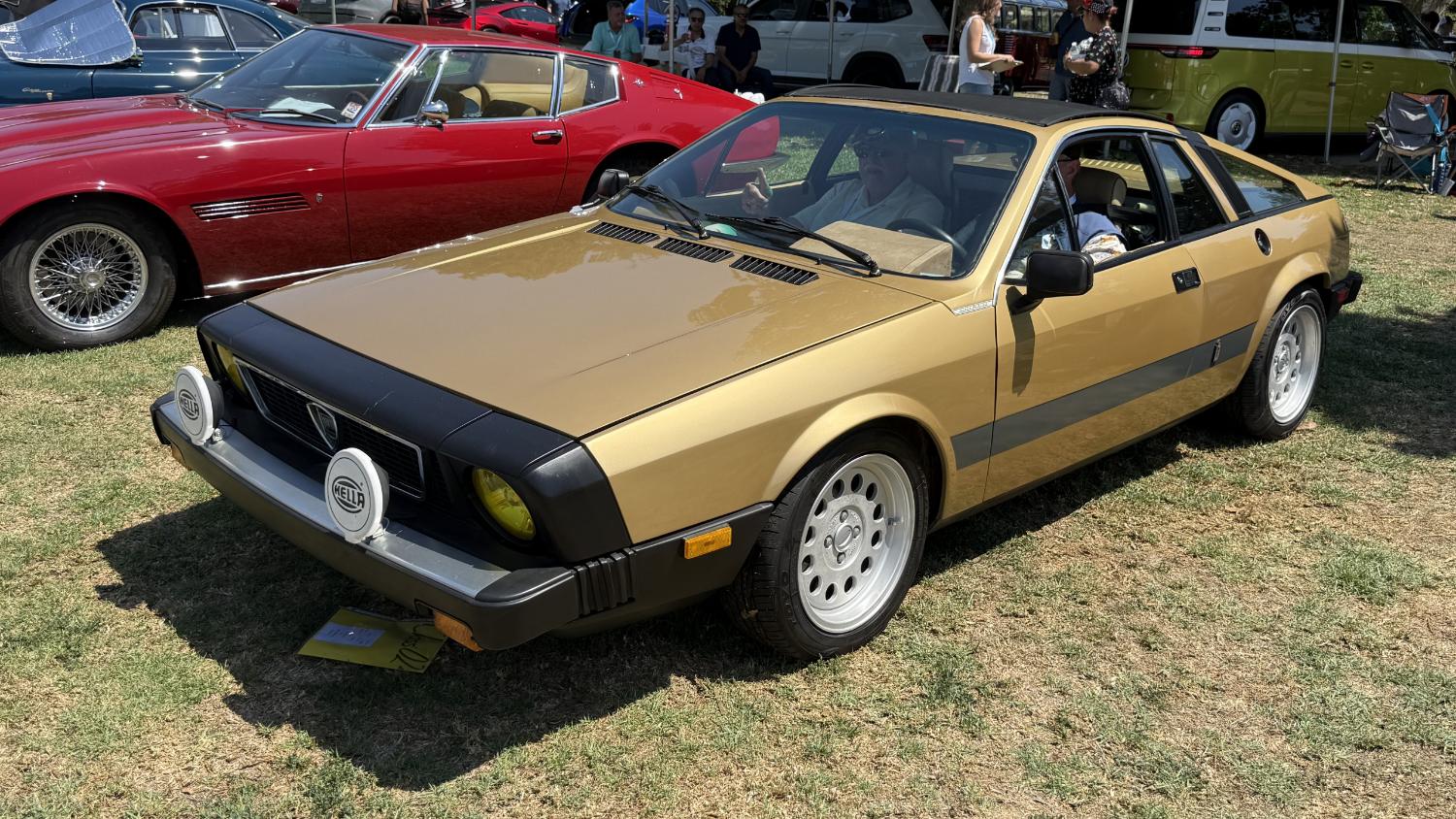
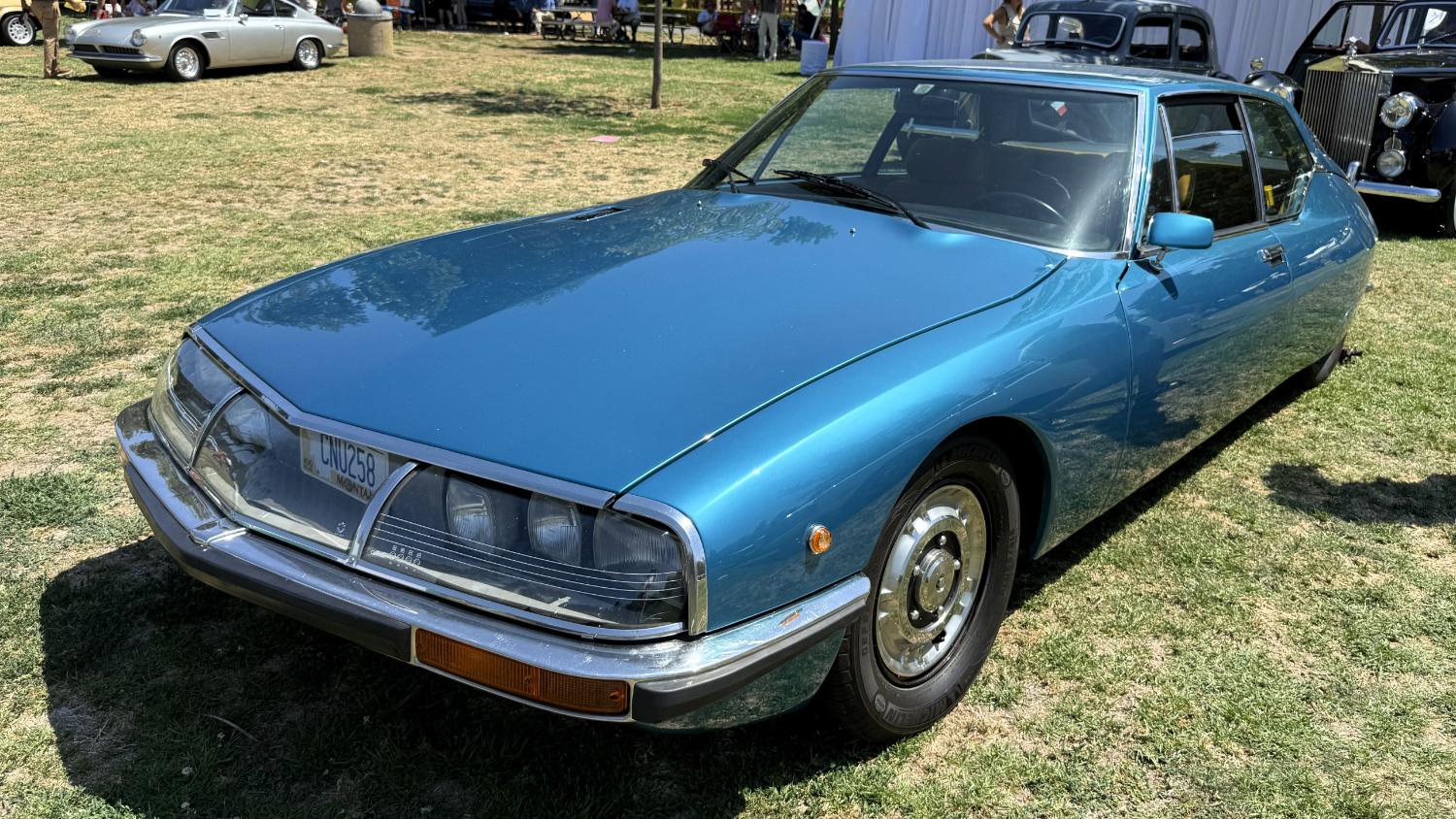
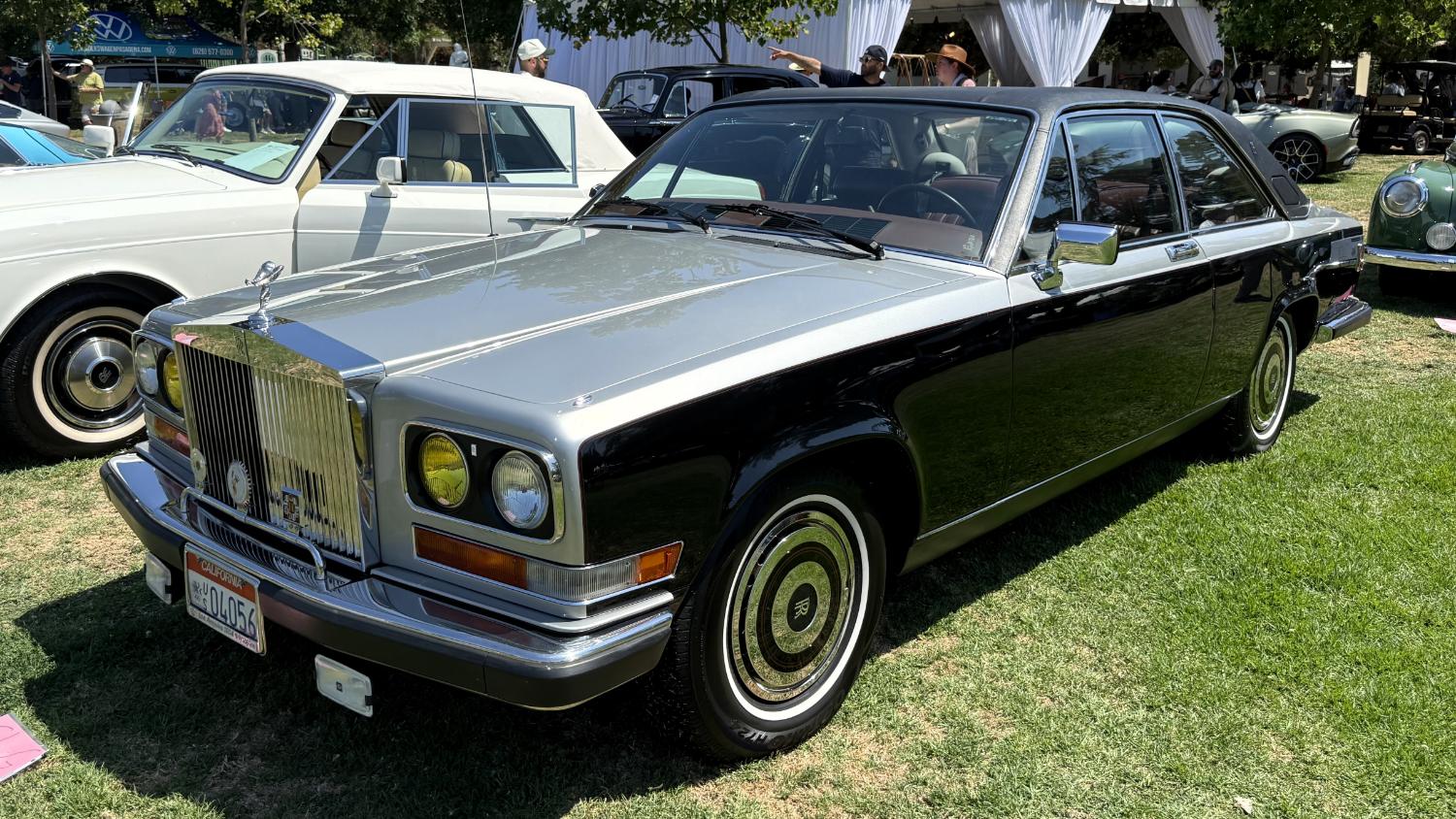
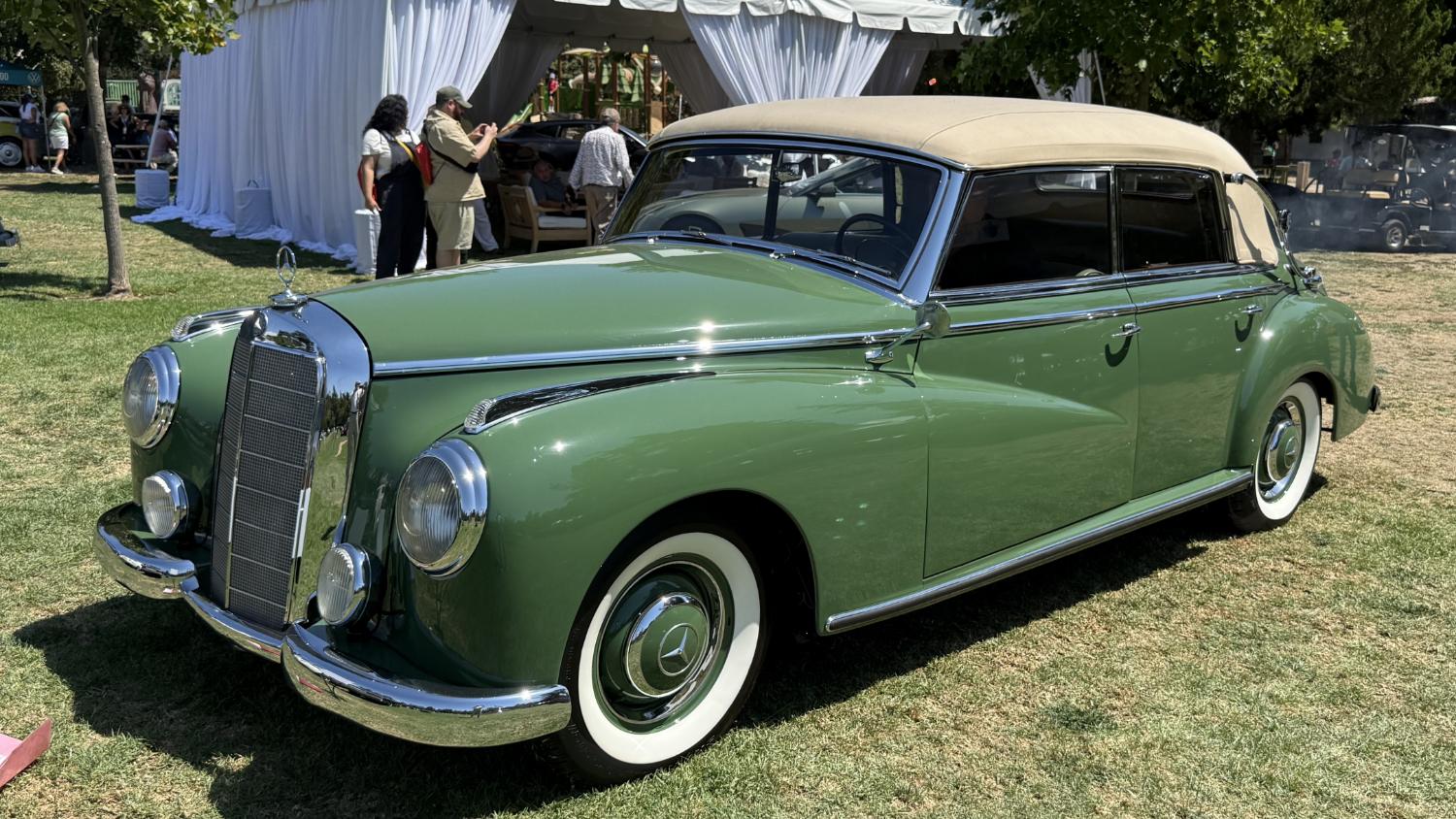
When Alfa Romeo folded its tents and left the U.S. market in 1995, its product line had been reduced to the 164 LS sedan and its upmarket sibling, the 164 Quadrifoglio. (The ancient Spider was withdrawn after 1994, but another 40 trickled off dealers’ lots in the following year.) Meanwhile, back in Milan, the company had been busy creating a new generation of cars that American Alfisti could only dream about. One of those was the 145.
This 1996 Alfa Romeo 145 2.0 that we found in the Hemmings Marketplace is a good example of the car we were denied 30 years ago, but are now allowed to import. It’s a three-door design — Europeans were always more accepting than Americans of the idea of a premium hatchback — and was the replacement for the Alfa Romeo 33, yet another model not sold here. In Quadrifoglio form, with the same 2-liter, Twin Spark inline-four that powers this car, it was Alfa’s hot hatch for the mid-1990s.
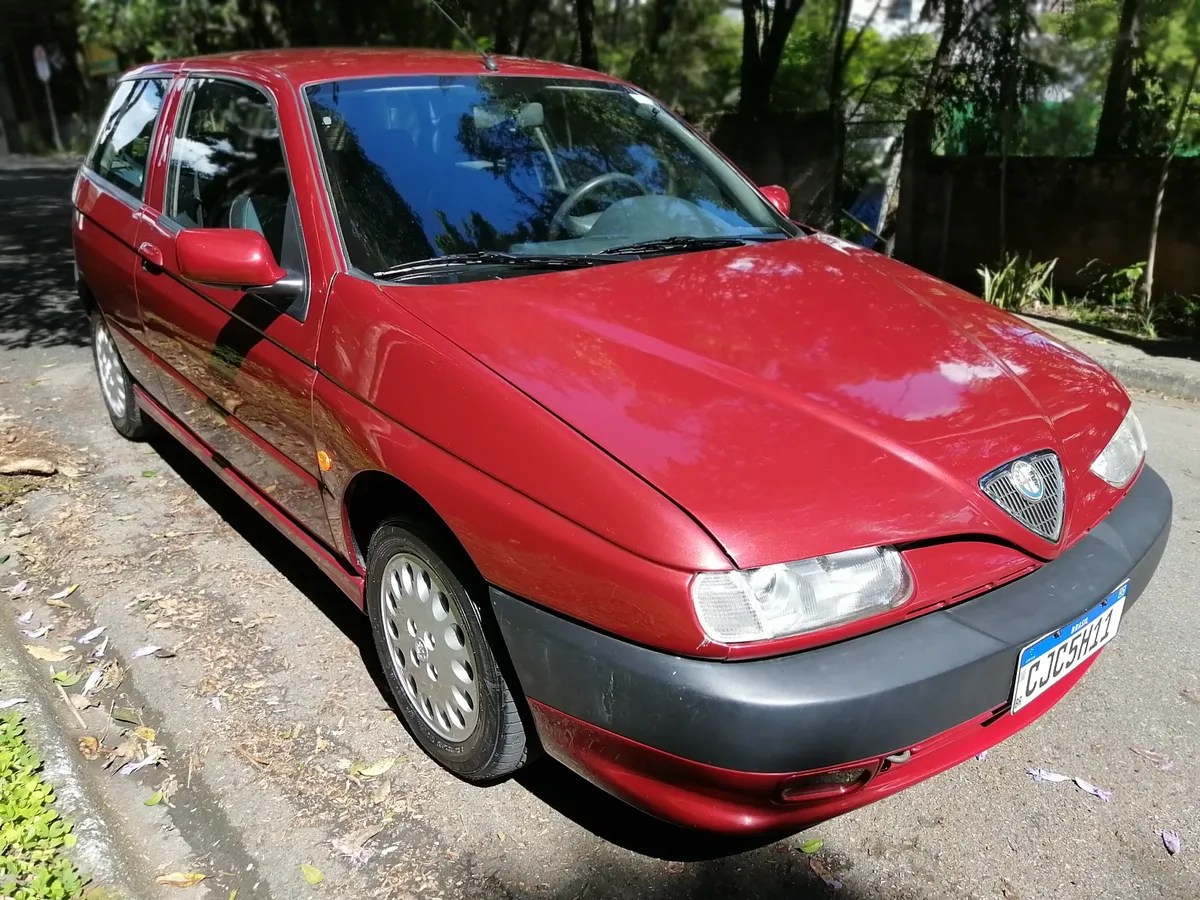
Although the design was shaped in the wind tunnel, resulting in a low 0.32 coefficient of drag, Alfa boasted that this was no jelly-bean shape, like so many of is contemporaries. “Such was the genius of the 145 design team that any temptation to let the laws of aerodynamics take control and produce a bland ‘jelly-mould’ shape was firmly resisted. The result is a visual triumph, an Alfa Romeo worthy of its illustrious predecessors,” the company said. That design team was led by Chris Bangle, during his seven years at Centro Stile Fiat before his departure for BMW.
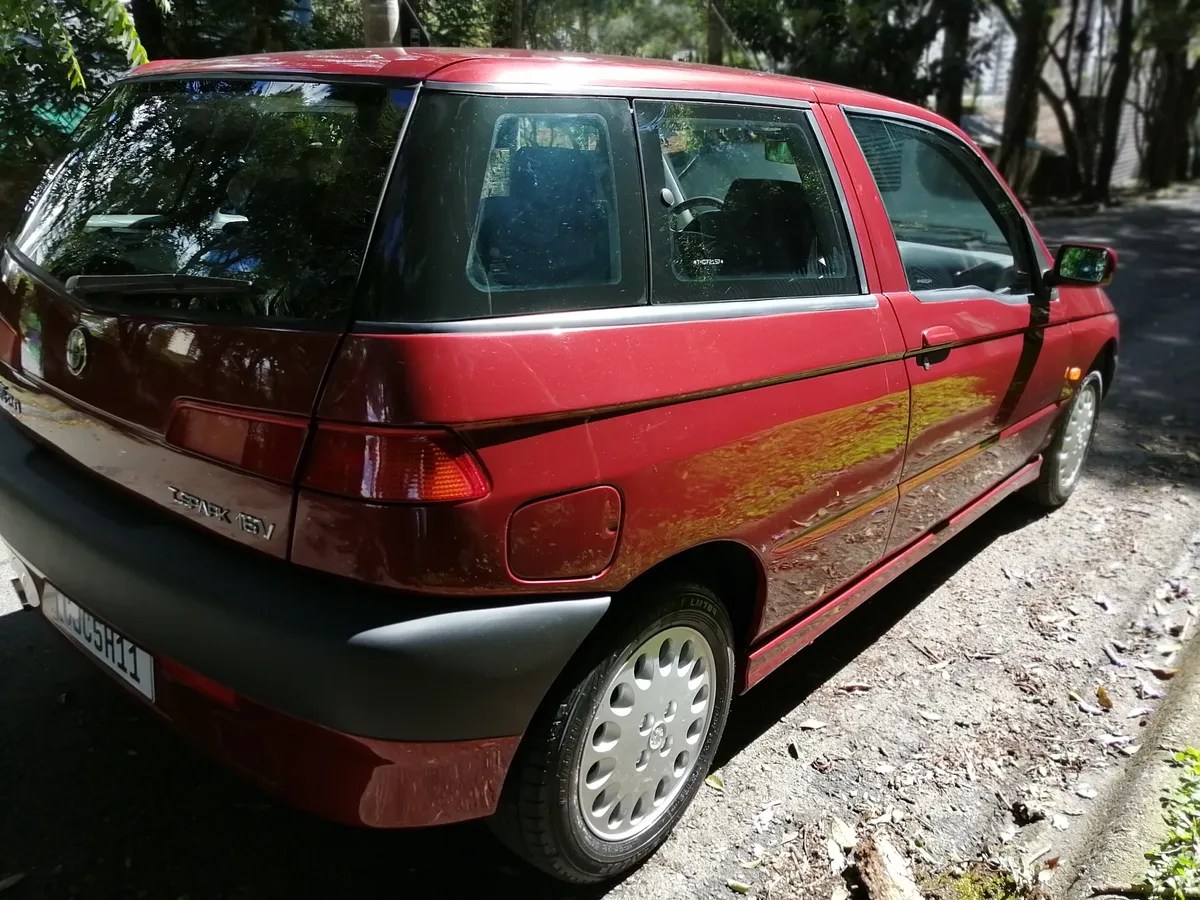
Automotive critics found it hard to pigeonhole the 145, which featured wraparound glass behind the front doors, but it was generally agreed that it was a useful design that could be configured in a number of ways. Alfa Romeo themselves realized that there was a market for a more conventional body style on the same platform, introducing the 146 five-door seven months after the 145’s April 1994 unveiling. (Though the 146 looked like a conventional sedan, it, too, was a hatchback.)
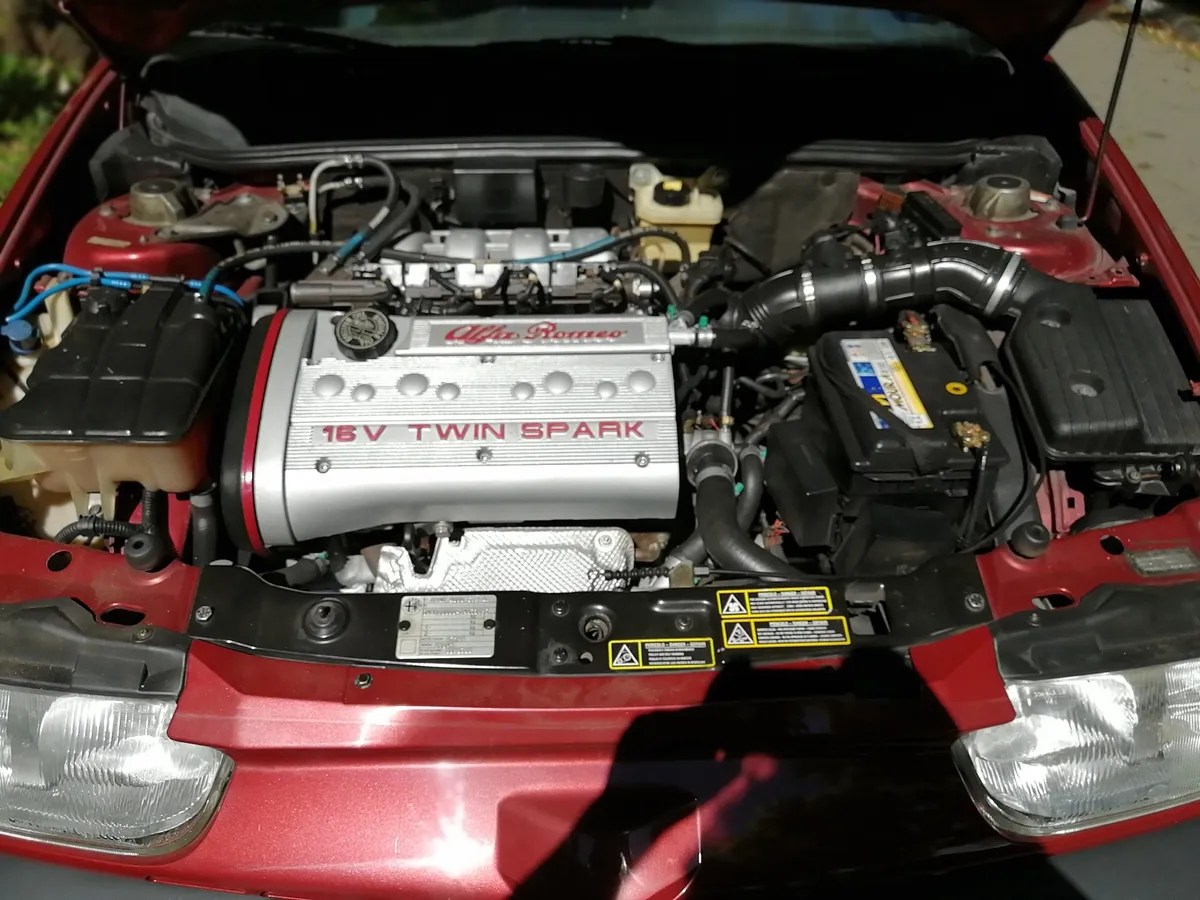
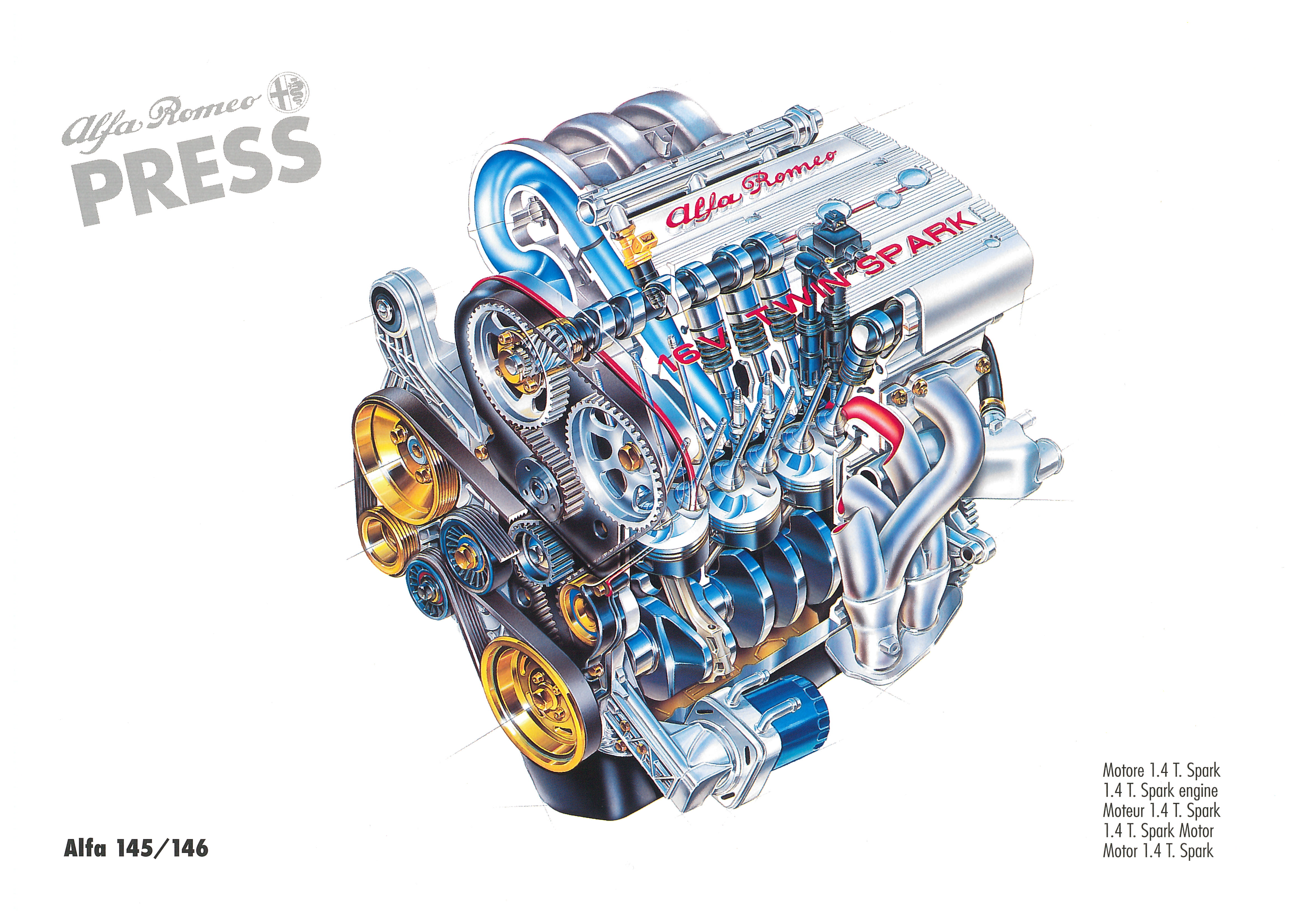
The Type 903A, as it was known in-house, was based on Fiat’s front-wheel-drive, unit-body Tipo Due platform, which was also the basis of the contemporary Fiat Tipo, Lancia Delta, and Alfa Romeo Spider and GTV models, among others. It could accommodate both Alfa’s horizontally-opposed four-cylinder engines, mounted longitudinally, and its inline-fours, mounted transversely. The most powerful of these engines was the 16-valve, DOHC, 1,970-cc Twin Spark inline-four, which was rated at 153 hp at 6,400 rpm and 138 lb-ft of torque at 3,500 rpm. This engine was borrowed from the Alfa Romeo 155, which was dominating European touring car championships.
As the name implies, the alloy head of the Twin Spark incorporates two spark plugs per cylinder. Getting dual plugs to fit in a combustion chamber that already held four valves was no small feat; the engineers put one in the center, for maximum efficiency, and a second, smaller-diameter plug on the edge of the chamber between an inlet and an exhaust valve. Though impact on overall performance wasn’t significant, the second valve let the engine idle more smoothly in lean conditions.
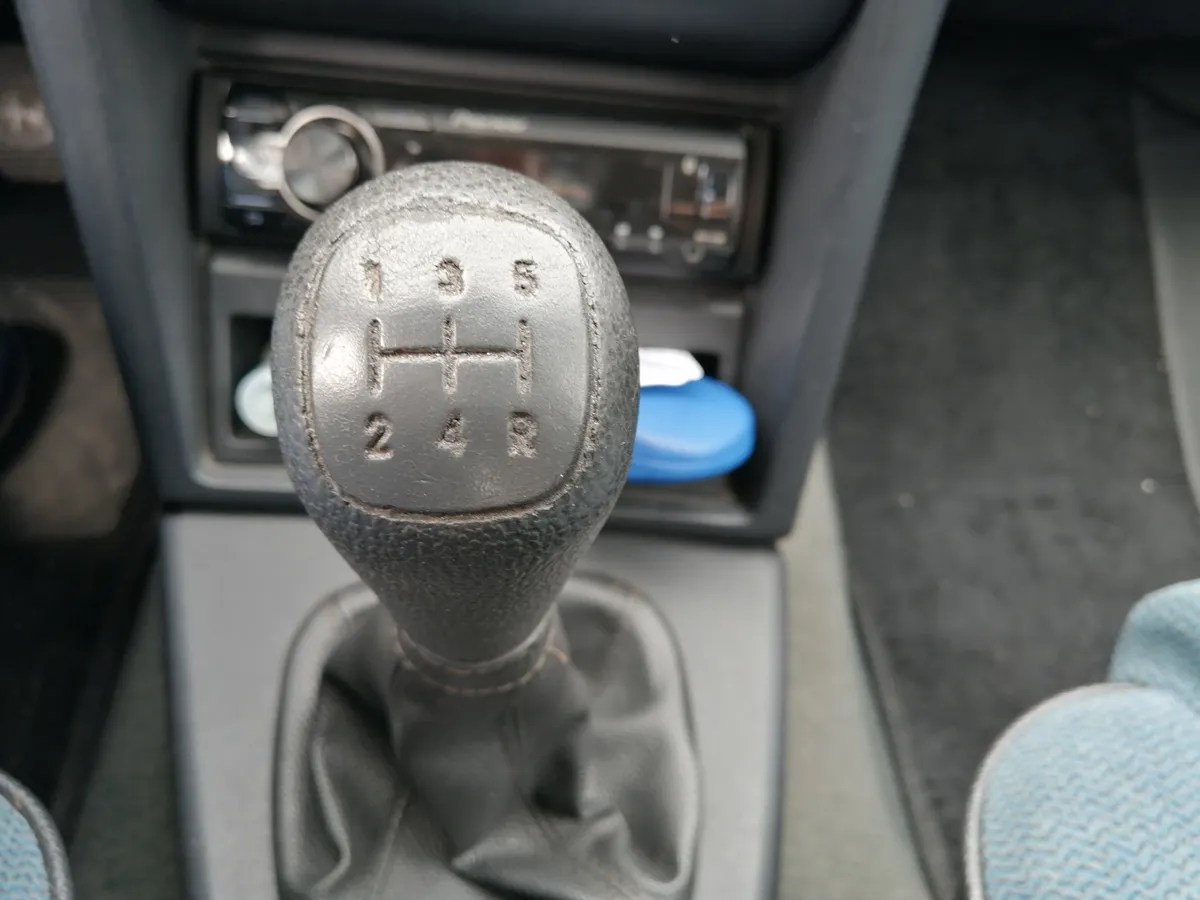
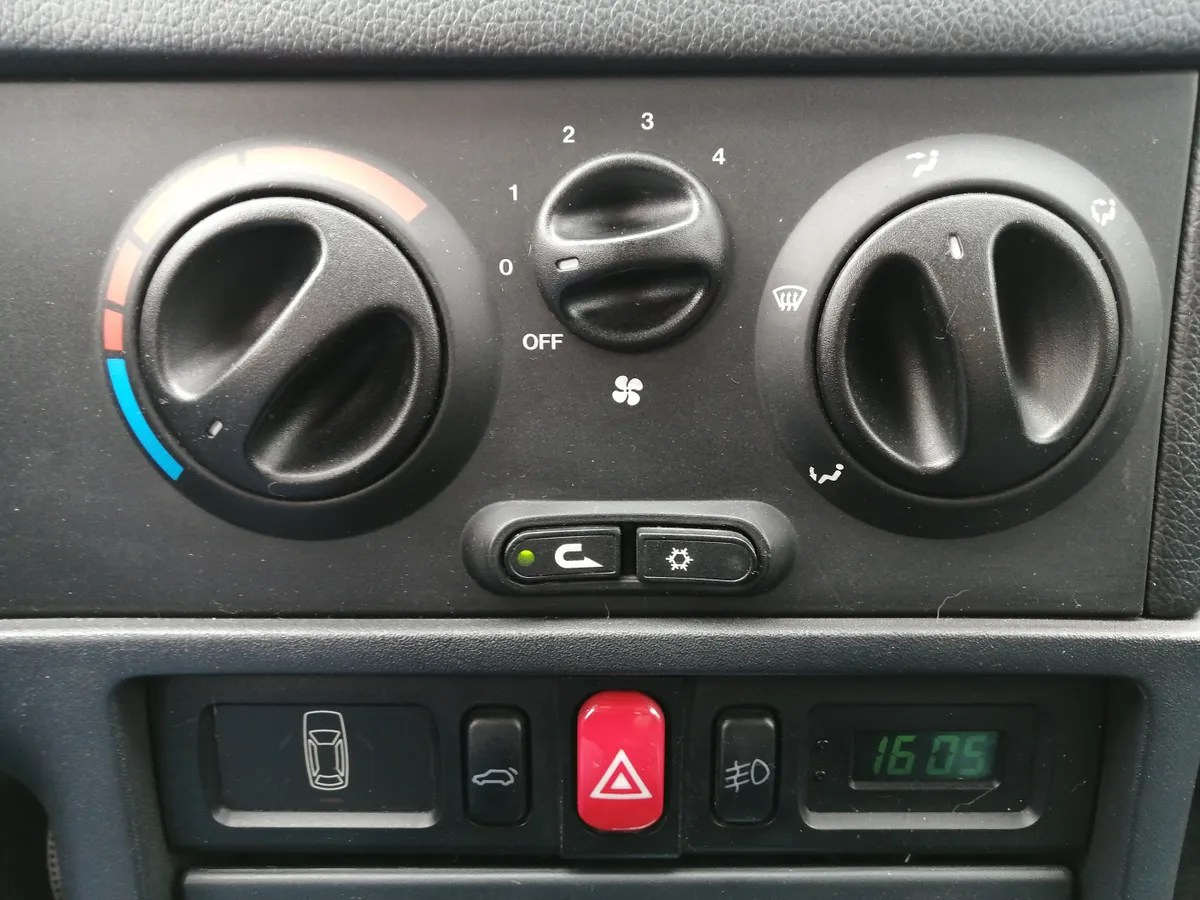
The 145 featured MacPherson struts up front and a trailing arm suspension in the rear. Buyers had a choice of one transmission, a five-speed manual. Power-assisted rack-and-pinion steering was also standard equipment. The 145 was a sales success for Alfa Romeo, with some 221,000 produced between 1994 and 2000.
This 145 is being offered for sale by a classic car dealer in Brazil that has been in the export/import business since 1997 and can ship worldwide. The asking price of $10,000 does not include shipping fees. According to the seller, the 145 was refurbished at 80,000 miles by a local Alfa Romeo specialist, getting new paintwork and a variety of new components, including engine rings and pistons, clutch, shock absorbers, battery, brake discs and pads, and more. About 30,000 miles have been added since the work was done.
If you’re interested in a seldom-seen, fun-to-drive hot hatch with a great pedigree and that won’t break the bank, this 145 might be your cup of limoncello.
The post 4 Cylinders, 8 Spark Plugs, and Chris Bangle Styling: Meet the Not-Sold-Here Alfa Romeo 145 appeared first on The Online Automotive Marketplace.
